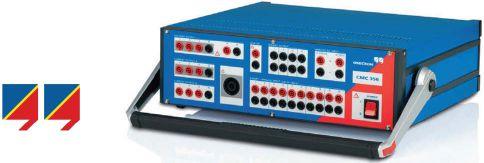








Megger's new SPI225 is the smallest primary injection test system in its class, able to output up to 2,000 A of regulated current to test 225 A circuit breakers. This groundbreaking unit is the first on the market to eliminate variac control for precise digital current regulation. The SPI225 provides a huge library of manufacturer time curves for automated testing of circuit breakers. It complies with NEMA AB-4, NMAC BreakerMaintenanceVol. 3 andNETAtestingguidelines.


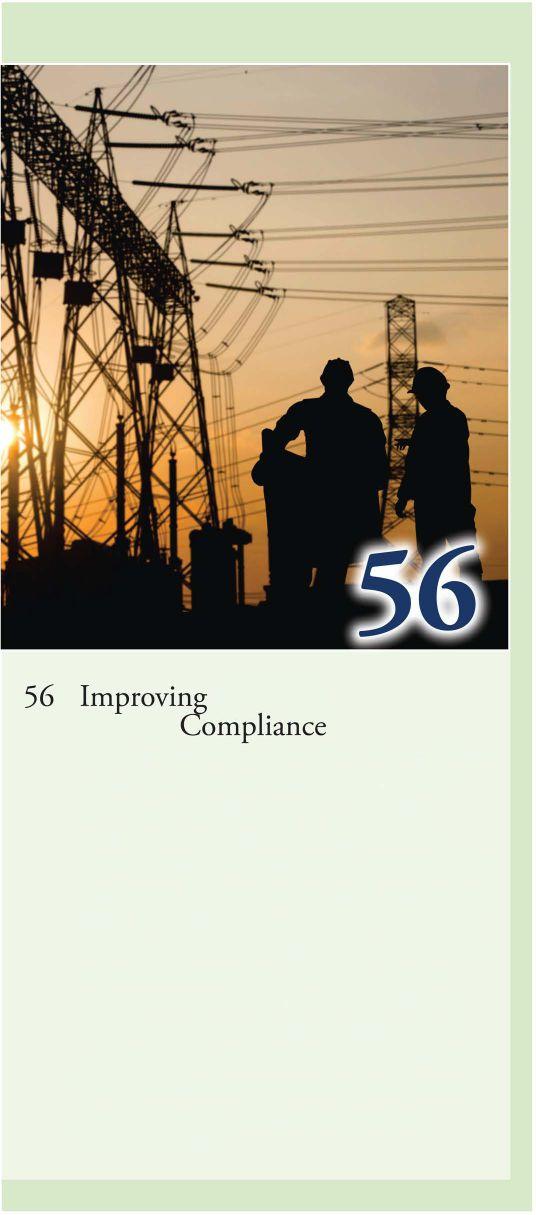
'Tm concernedthatweare toofocusedon compliance rather than thinkinganddoingthe right thing. "
Thesearewords spoken byan electric utility executive at the inaugural Modern Solutions PowerSystem Conference sponsored bySchweitzer EngineeringLaboratories, Inc. in Chicago inJune 2012. As one looked across the ballroom, heads nodded in agreement amongthe group ofseveral hundred conferencegoers. Alivelydiscussion led to aconsensus: The oftenweakrelationship between compliance activities andreliabilityis aproblem facing not onlyutilities, butindustryas well, and itdoesnot appear tobe gettingbetter.
KarlZimmerman, SchweitzerEngineering Laboratories, Inc.

7 President's Desk
DavidHuffman, Power Systems Testing Co. NETA President
62 Electrical Safety and Reliability in Substations - Current Transformer Testing Has an Essential Role
Dennis K Neitzel, AVO TrainingInstitute, Inc.
Diego M Robalino, Megger North America
70 Measurements AtLargeGrounding Systems
MoritzPikisch, OMICRONElectronics Corp. USA
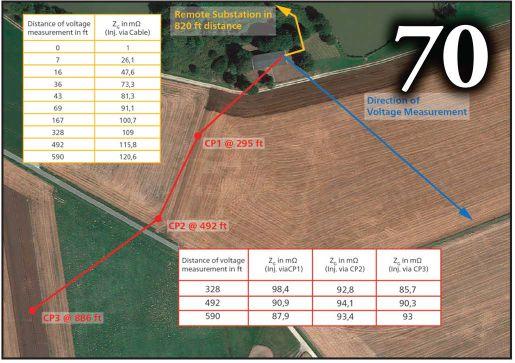


Ron
High-Voltage Substations
jim White, Shermco Industries 18 No-Outage Corner
Tracking Down TEV Switchgear Signals
UsingTime ofFlightTechniques
Don A. Genutis, Halco Testing Services
29
Lynn Hamrick, Shermco Industries
Paul
A Look at the Basics ofLightning Protection
jeffjowett, Megger
78 BridgingTheGap: UsingTechnologyTo Capture The Old And Encourage The New joe Barrios andKatie Scarlett Reyes, Tony Demaria Electric, Inc.
48 In Memoriam- Diane Hageman Resa Pickel, PRITService, Inc.
Kristen Wicks, NETA
Keep Your Eye On the Quiet Ones 2015 NETA OutstandingAchievementAward
Kristen Wicks, NETA
The Zimmerman Theorem: Science + Music + Faith = Happiness 2015 NETAAlliance Recognition Award
Kristen Wicks, NETA
Kristen Wicks, NETA
Sentinel Power Services, Inc. as a
andAlliance Partners Gather in Music City jill Howell, NETA
is your Biggest Training Challenge? And WhatAre You DoingAbout It? Ron Widup, Shermco Industries
Handheld PDetector
AilS Sensors in one kit
Phase Resolved PRPS
Analyze PD in real time
Smart PD recognition
RFID tagging
16G On-BoardData
Wireless sensors
Multi-channel
High Resolution
Time of Flight, Waveform
Innovative Software
PD Localization
Specialized apps for:
Cable, Transformers, GIS
Patented Signal Separation
Permanent andTemporary
Internal and External UHF
HFCT, Acoustics
Retro Compatible
Intelligent Diagnostic Server
Economical Cost
Cables, Transformers, MV, GIS, Substations
Engineering Support
PD Commissioning
Cable PD Mapping
Substation PD mapping
In-tank localization
Switchgear, GIS
Cables/terminations
Transformers
OfflineTan Delta/ VLF
Continuous training and support from our factor) in San Jose, CA Case Consulting
25 years of R&D
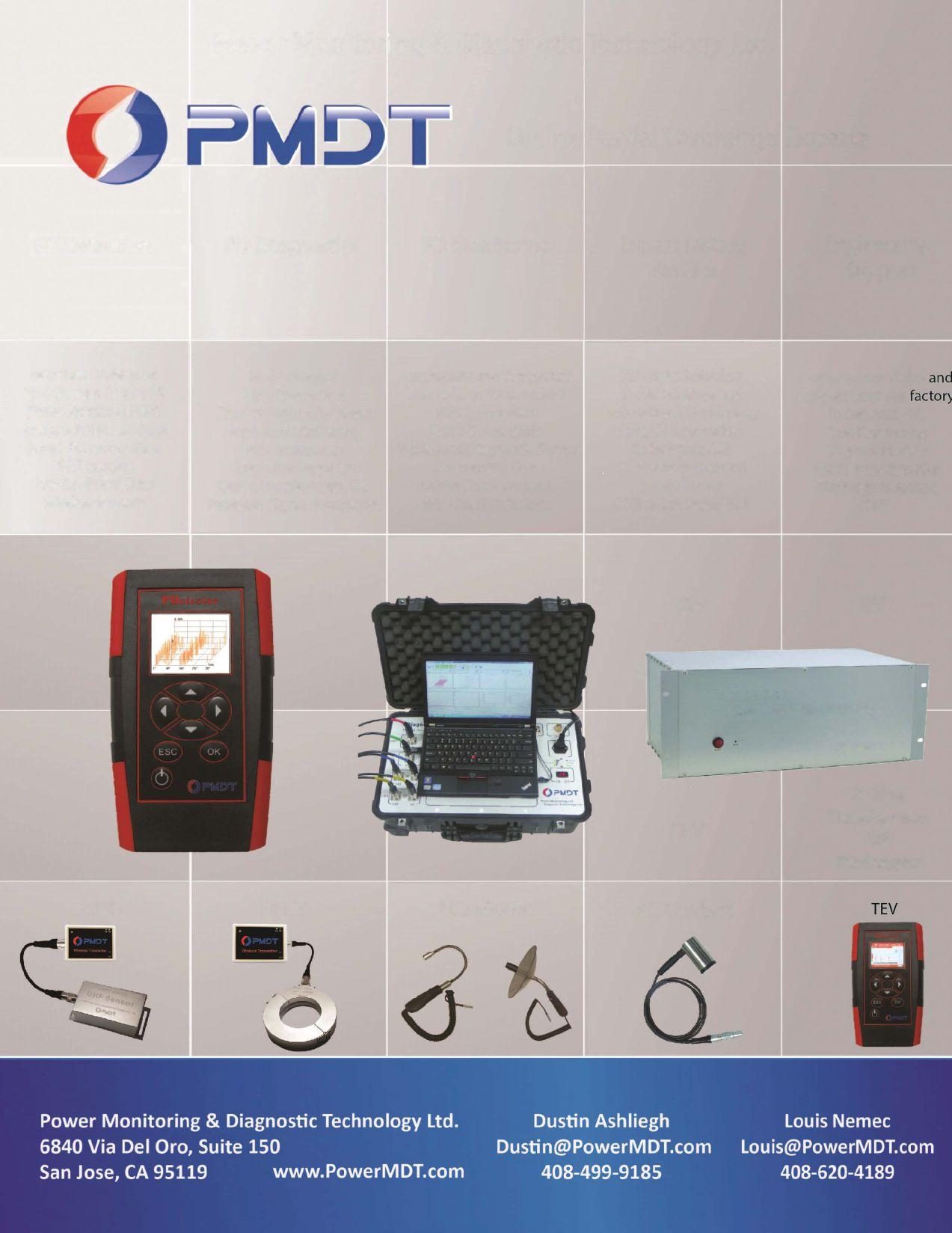
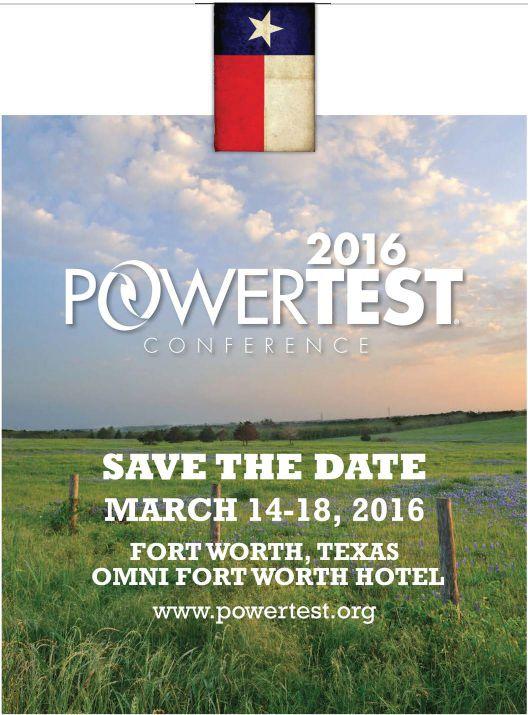
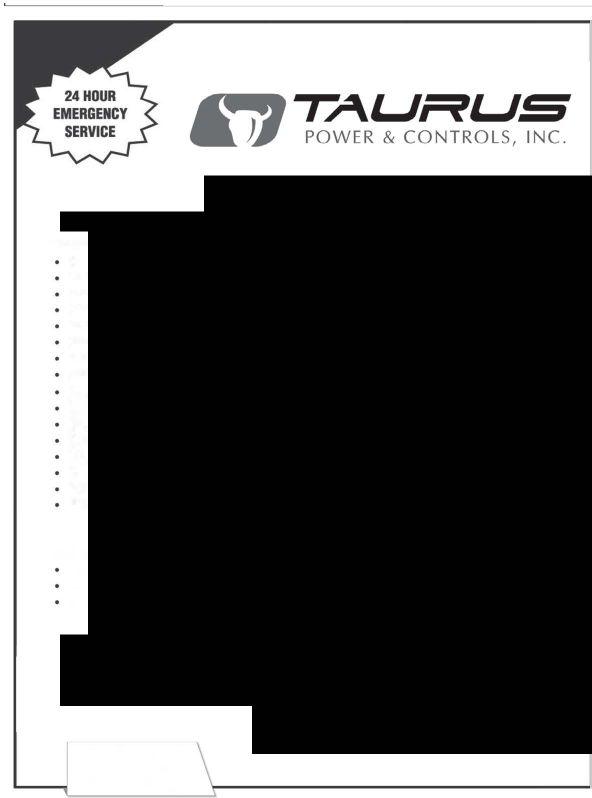
3050 Old Centre Avenue, Suite 102
Portage, Ml 49024
Toll free: 888.300.NETA (6382) Phone: 269.488.NETA (6382) FAX: 269.488.6383 nera@neraworld.org www.netaworld.org
EXECUTIVE DIRECTOR: jayne Tanz, CMP
NETAOfficers
PRESIDENT: David Huffinan, Power Systems Testing Co.
FIRST VICE PRESIDENT: Ron Widup, Shennco Industries
SECOND VICE PRESIDENT: jim Cia/dea, Three-C Electrical Co., iNC.
SECRETARY: Mose Ramieh, Power & Generation Testing, Inc.
TREASURER: john White, Sigma Six Solutions
NETABoardofDirectors
KenBassett {Potomac Testing, Inc.)
ScottBlizard {AmericanElectrical Testing Co., Inc.)
Jim Cialdea {Three-C Electrical Co., Inc.)
Lorne Gara {Orbis Engineering Field Services, Ltd.)
Roderic Hageman (PRIT Service, Inc.)
David Huffinan {Power Systems Testing)
AlanPeterson {UtilityService Corporation)
Mose Ramieh {Power & Generation Testing, Inc.)
Bob Sheppard {Southwest Energy Services, LLC)
john White {Sigma Six Solutions)
Ron Widup {Shermco Industries)
NETAWorldStaff
TECHNICAL EDITOR: Roderic L. Hageman
ASSOCIATEEDITORS: Resa Pickel
MANAGING EDITOR: jayne Tanz, CMP
ADVERTISING MANAGER: Laura McDonald
DESIGN AND PRODUCTION: Hour Custom Publishing
NETACommitteeChairs
CONFERENCE: Ron Widup; MEMBERSHIP: KenBassett; I'ROIIOllONS/MARKETlNG: ScottBlizard; SAFETY: ScottBiizardandjim White; TECHNICAL: Alan Peterson; TECHNICAL EXAM: Ron Widup; CONTINUING TECHNICAL DEVELOPMENT: David Huffinan; TRAINING: Kerry Heid; FINANCE: john White; NOMINATIONS: Alan Peterson; STRATEGY: Mose Ramieh; ALLIANCE PROGRAM: jim Cia/dea
©Copyright 2015, NETA
NETAWorldis published quarterly by the InterNational ElectricalTestingAssociation. Opinions, views and conclusions expressed in articles herein are those ofthe authors and not necessarily those ofNETA. Publication herein docs not constitute or imply endorsement of any opinion, product, or service by NETA.itsdirectors, officers, members, employees or agents {hcrein"NETA").
All technical data in this publication reflects the experience ofindividuals using specific tools, products, equipment and components under specific conditions and circumstances which may or may not be fully reported and o\·cr which NETA has neither exercised nor reserved controL Such data has notbeen independently tested or otherwise verified by NETA.

ENGINEERING:
NETA MAKES NO ENDORSEMENT, REPRESENTATION OR WARRANTYAS TO ANY OPINION, PRODUCT OR SERVICE REFERENCED OR ADVERTISED IN THIS PUBLICATION. NETAEXPRESSLYDISCLAIMS ANYAND ALL LIABILITYTOANY CONSUMER, PURCHASER OR ANY OTHER PERSON USING ANYPRODUCT OR SERVICE REFERENCED OR ADVERTISED HEREIN FOR ANY INJURIES OR DAMAGES OF ANY KIND WHATSOEVER, INCLUDING, BUT NOT LIMITED TO ANYCONSEQyENTIAL,PUNITIVE,SPECIAL,INCIDENTAL,DIRECT OR INDIRECT DAMAGES.NETAFURTHERDISCLAIMSANYAND ALL WARRANTIES, EXPRESS OF IMPLIED, INCLUDING, BUT NOT LIMITEDTO,ANYIMPLIED WARRANTY OF FITNESS FOR A PARTICULAR PURPOSE.
ELECTRICAL TESTINGSHALL BE PERFORMED ONLYBYTRAINED ELECTRICAL PERSONNEL AND SHALL BE SUPERVISED BY NETACERTIFIED TECHNICIANS/ LEVEL Ill OR IV OR BYNICET CERTIFIED TECHNICIANSIN ELECTRICAL TESTINGTECHNOLOGY/LEVEL Ill OR IV.FAILURETOADHERE TOADEQyATE TRAINING,SAFETYREQyiREMENTS, AND APPLICABLE PROCEDURESMAY RESULT IN LOSS OF PRODUCTION, CATASTROPHICEQyiPMENT FAILURE, SERIOUS INJURYOR DEATH.


This issue ofthe NETA Worldjournaladdresses challenges related to working in highvoltage substations. Generallydescribed as operatingat 138 kVand above, these stations have uniquetesting, maintenance, and safetyrequirements. I recall being trained in these requirements, and itwas a real eye-opener. Various pieces oftest equipment mayhave problems with the electric fields, the operatingvoltages are higher than manyofus are familiarwith, and the sheer size ofthe equipmentpresents its own challenges. I hopeyou find this issue informative and educational.
I also hopeyourlocal weather has improved. Much ofthe country has had an unpleasantwinter, to saythe least. Perhaps moving forward, things will be a little more normal. Badweather only adds to safety issues faced in the field.
With mytwoyear term coming to an end as ofMay31, 2015, this is myfinal message for the foreseeable future. It's been an honor and a privilege to beyour president. With such agreatpresident serving before me, I hope I metyour expectations. Over the lasttwoyears, we've increased membership, added online training modules, published updated editions oftheANSI/NETAstandardsaswell as a brand new one for electrical commissioning, and held two record-breaking conferences. For my part, it's been an excitingtime.
I wishyouwell, and thankyou for the opportunity to serve. As always, be safe and bevigilant out there.
Sincerely,
David Huffman President InterNational ElectricalTestingAssociation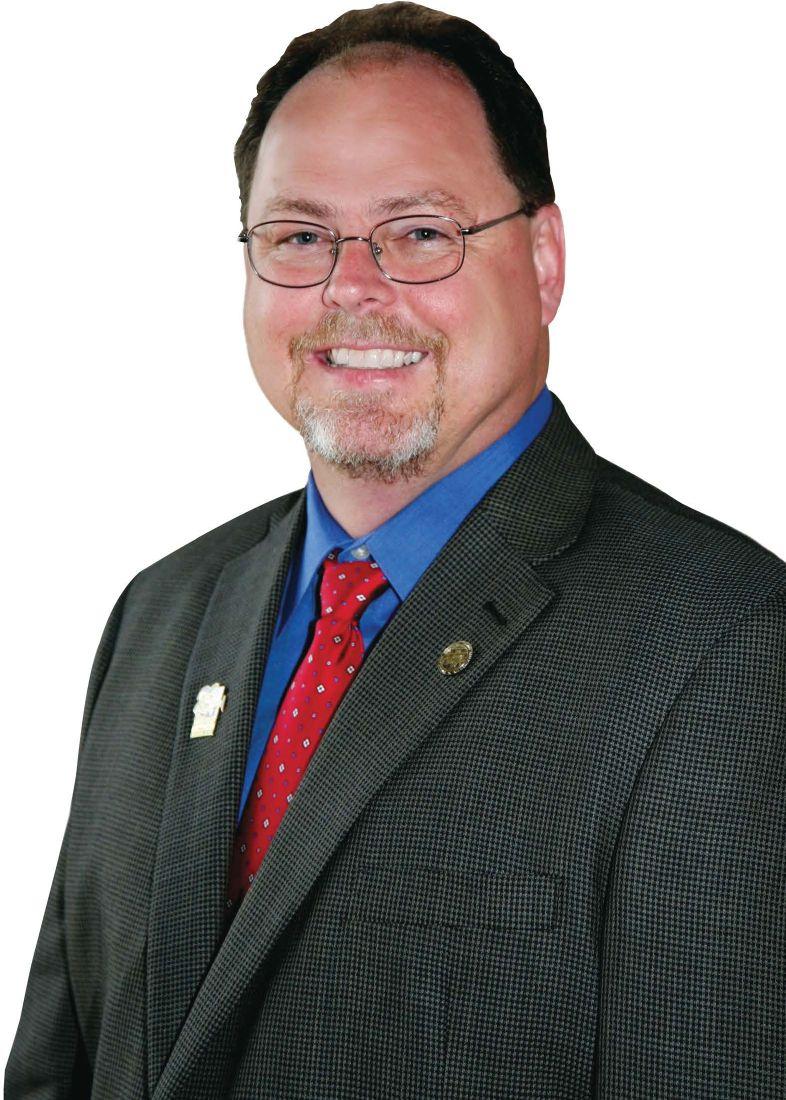

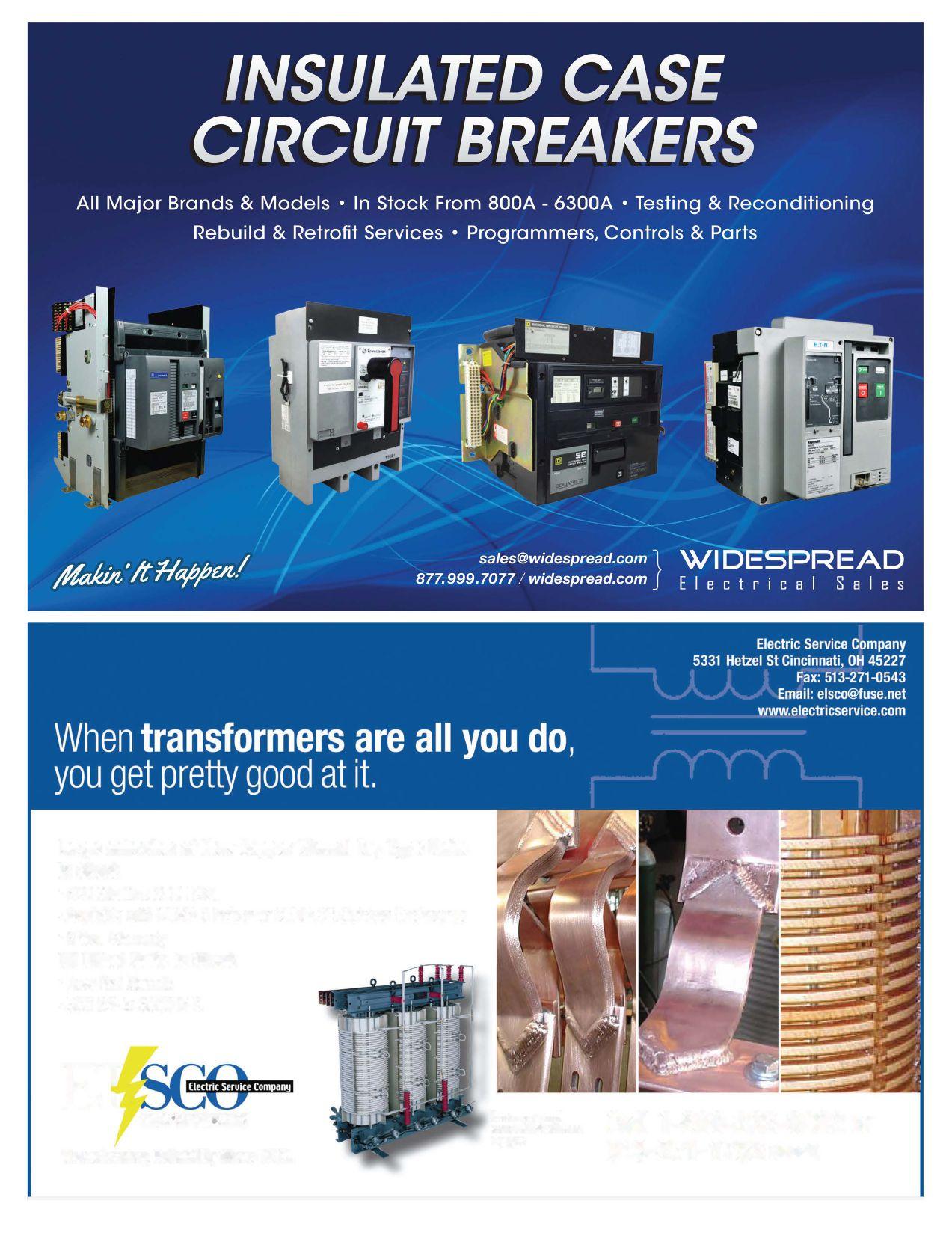



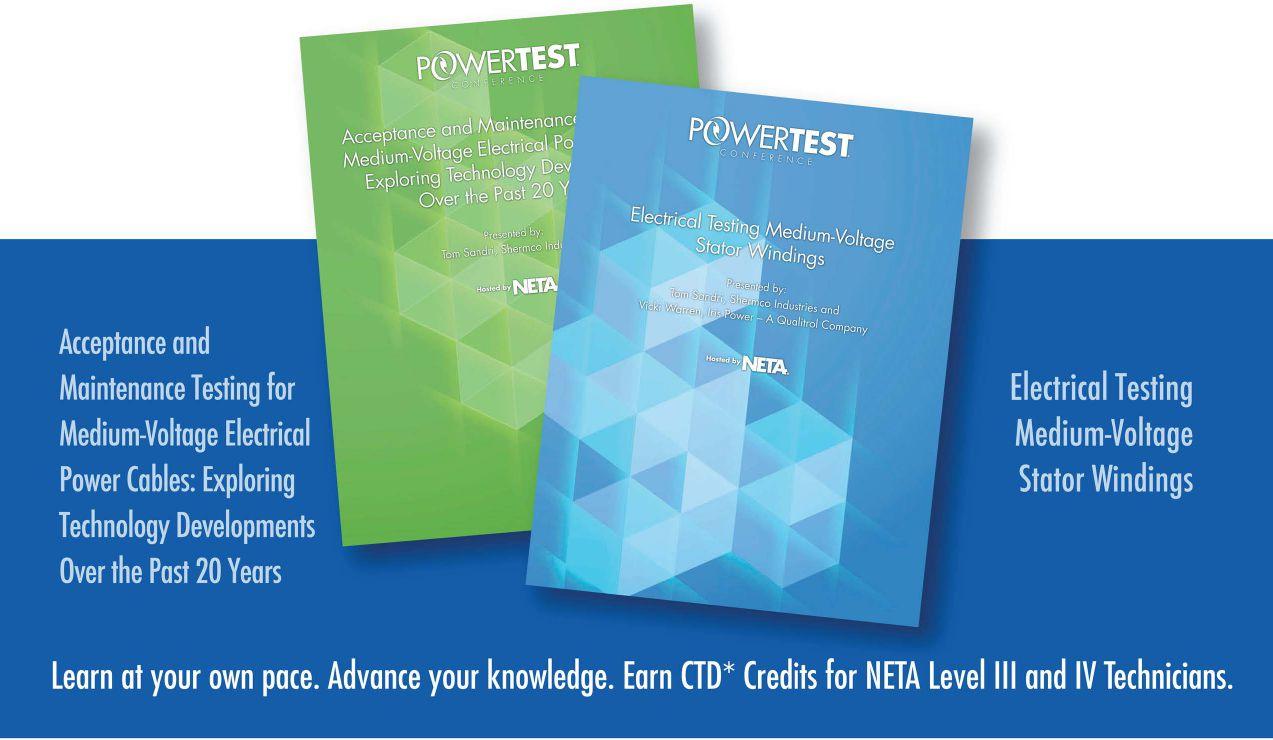

Oneofthethingselectricalworkersseemtostruggle withisassessing theriskassociatedwithaparticulartask.Wecanidentifyandquantify the hazard well enough, but risk seems to be a vague concept that has no real substance. In actuality, we assess risk constantly. Every time westartupour carto drivesomewhere, crossthestreet, ridein an airplane, shoot a round ofgolf, or ski down the black diamond slope, we assess the risk associated with that task- we just don't perceive it that way.
When NFPA 70E directs us to assess the risk associated with a task, many of us expect our companies to do itforus, as ifwehadno personal responsibilityatall.To somedegree, theemployer does have a duty to assess risk and provide a safe workplace, as well as to supply appropriate training, procedures, and PPE. However, what theemployercannotdoisforeseeeveryconceivable situation and circumstance with which a worker may be faced. As representatives of a NETA Accredited Company, our technicians often report to job sites where there might not be arcflash hazardwarninglabels ora maintenance staff or engineer to discuss the system with. There may not even be an accurate single-line diagram. In these circumstances, and with the absence of valuable electrical power system data, the technician must assess the risk for the particular task at hand.
Having a written electrical safety program (ESP) is important, as this provides technicians
with the basis to evaluate circumstances at the job site against their company's policies and procedures. Without this guidance, technicians are essentially left to their own devices, which may be compromised by erroneous information accumulated over the years. It's akin to using tribal knowledge. Muchlike anAmazonian tribal member, technicians learn from observing others and imitating those observed behaviors. The old saying, "Thestudentcanneverlearnmorethanthe teacher,"isverymuchatplayhere.Learningisoften incomplete and, in many cases, incorrect. This is regularly the case because knowledge acquired by tribal experience is often based on one or two individual's opinions and background. While tribal knowledge isn't inherently problematic - sometimes it is good, sometimes not so good - even the good parts aren't always shared or completely understood byother tribes within the same company.
Along with the ESP, a well-thought-out ]HAl ]SA is important. These document the hazards

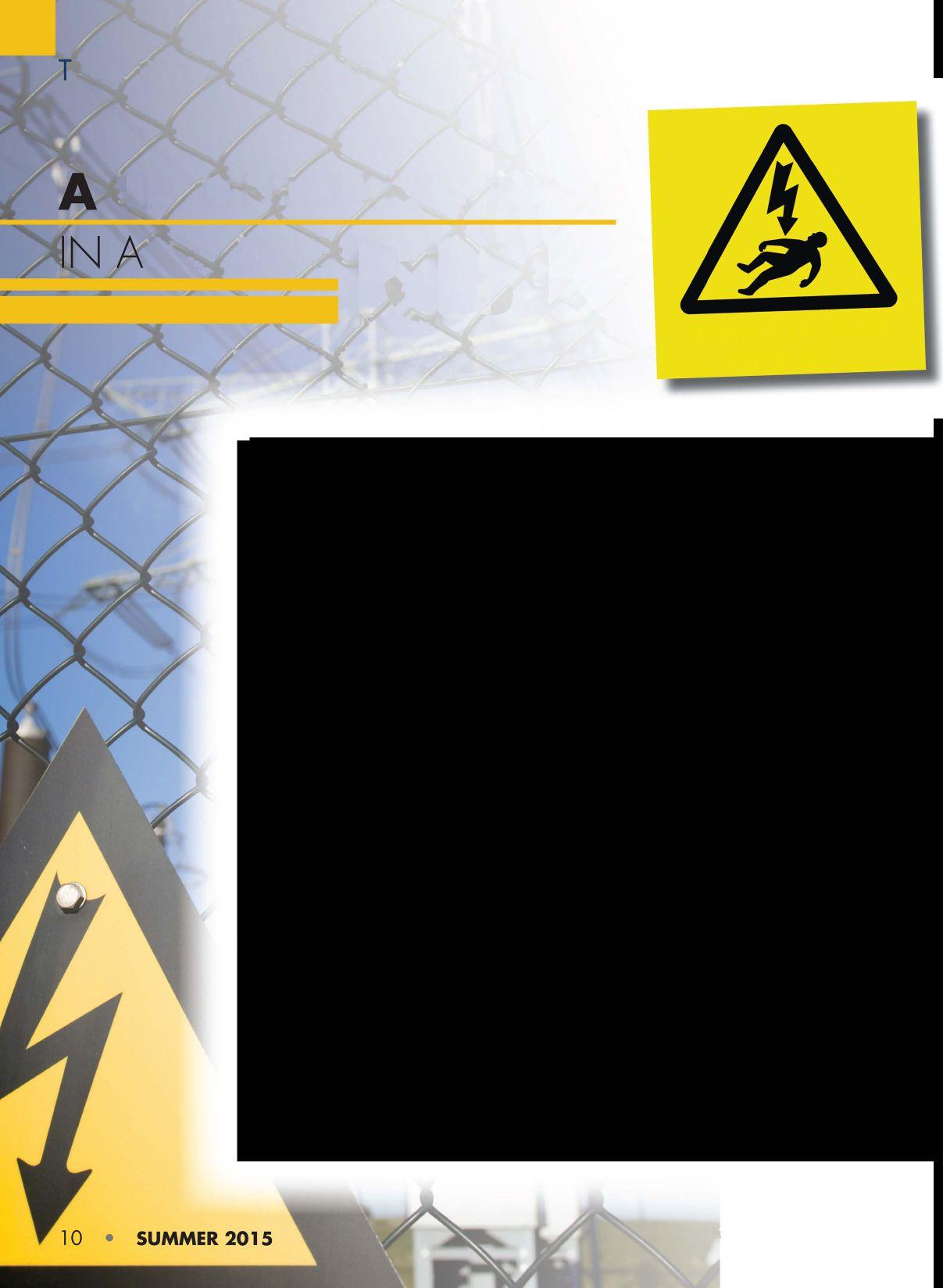

that may be encountered and what steps shall be taken to reduce or eliminate the risks. If the task(s) involve exposure to electrical hazards, an energized electrical work permit (EEWP) is part oftheJHNJSAprocess. The EEWP is specifically focused on the electrical hazards and risks that maybe presentwhen there are exposed energized conductors and circuit parts.
When first approaching electrical equipment, the technician must perform an initial assessment of its condition. Are there unusual noises or smells? Does the equipment appear to be in good condition? What type ofimpact does the environmenthaveontheequipment? Isitindoors or outdoors? Is there a calibration/test sticker on it? Is the dateon the sticker more thanthreeyears old? Is the area dry and clean? We recommend that test or calibration decals become part of everyone's inspection routineandprocedure,such as described in NFPA 70B, 11.27. (SeeFigure 1)
NFPA 70E directs us to perform a shock risk assessmentandan arc-Bash risk assessment. These assessments must determine the nominal phaseto-phasevoltage ofthe equipment or system, the boundaries (arc-Bash, limited, and restricted), the expected incident energy, the required PPE, and other equipment needed to perform the task safely. This would include such items as voltage test instruments, live-line tools, insulated tools, rubbershields and blankets, and so on.
Ifthe technician has to perform a task involving electricalhazards, suchastroubleshooting, further risk assessment is needed. If the equipment requires troubleshooting, it can no longer be considered normally operating; it's in distress and has to be approached as ifit could fail at any moment, including when its circuit breaker is
130.7(C)(l5)(A)(a) Arc Flash Hazard Identification for Alternating Current (ac) and Direct Current (de) Systems

One or more of the following: The equipment is not properly installed ·rhe equipmentisnotproperlymaintained
Equipment covers are offor not secured
There is evidence of imp
Figure2: Article 130, Table 130.7(C)(I5)(A)(a) Partial. From NFPA 70E
opened to deenergize it. Table 130.7(C)(15)(A) (a) provides some assistance in risk assessment. Figure2 is a portion ofthat table.
The task "Normal operation ofa circuit breaker (CB), switch contactor orstarter"indicates that no arc-flash PPE is required ifall ofthe conditions are met. However, the equipment about to be worked on is no longer normally operating, so the "No" changes to a "Yes" - meaning arcflash PPE is required, ifit is necessary to operate the circuit breaker. Secondly, the task "Work on energized electrical conductors and circuit parts, including voltage testing" indicates arc-rated PPE is always required to perform that task, which would include troubleshooting. Part of our risk assessment is now completed. We know that we are exposed to electrical hazards, and we are required to wearprotective clothing and PPE.
Arc-rated clothing and PPE as well as shock PPE must be chosen based on the hazard. If no arc-flash hazardwarning labels are in place, Tables 130.7(C)(15)(A)(a), 130.7(C)(15)(A) (b) and 130.7(C)(16) can be used, as long as the limits for the available short-circuit current or overcurrent protective device operating time stated in Table 130.7(C)(15)(A)(b) are not exceeded. If these limits are exceeded, an incident-energy analysis must be performed. If arc-flash hazard warning labels are in place, the technician should refer to Table H.3(b) in AnnexH todeterminewhicharc-rated clothing and PPE are required.
The risk assessment must also determine what steps maybe needed to protect others from being placed at risk. Signs, barriers, safety barrier tape, or an attendant may be needed to ensure the safety of other personnel as well as the safety of thetechnicianperformingthework. Ifthelimited approach boundary specified in Table 130.4(0) (1), is farther out than the arc-flash boundary, that is where the barriertape should be placed. If the arc-flash boundary is farther out, thenthat is whereit should beplaced.
Non arc-rated PPE may also be required if the task is performed in an area requiring use of a respirator or similar equipment. Is a safety
backup required? The risk assessment must state the requisite PPE, training, and experience for the worker(s), unless these are already covered by the ESP.
There is no such thing as a risk-free task when energized electrical conductors and circuit parts areinvolved. Ifit'senergized, thehazardis present; therefore, so is the risk. Risk can be reduced by operating equipment remotely or by covering adjacent circuits with rubber insulating shields, but the risk canneverbe zero. The remainingrisk is the residual risk.


Once all steps have been taken to reduce risk, the residual risk must be evaluated. If the residual risk is still too great, the work cannot be performed while the equipment is energized. If the technician evaluates the risk and believes it can be done safely, then it can be done energized. In our example task (troubleshooting), it may be that due to the equipment appearance, smell, sounds, etc. - and evaluated in light of the technician's experience - the troubleshooting task is just too risky to proceed. A "Plan B" must be formulated, which would probably include deenergizing the equipment. Ifthe technician believes it can be done safely, then the troubleshooting can proceed. Note that all requirements ofArticle 130 are still in effect.
Assessing risk must also look at other factors related to the work. Are there environmental factors such as rain, ice, lightning, etc.? Is the equipment located in a confined or enclosed space? Is there pedestrian or vehicle traffic nearby? Is other work being performed in the
same area? You may have conducted a niceand-neat electrical risk assessment, but don't get hospitalized by the forklift you didn't prepare for!
Training, of course, is a huge part of the equation. Ifworkers are not following policies or procedures, often it is a lack oftraining that's at fault. Check-the-box training may satisfY a paper trail, but it does little or nothing to promote safety. Employees must be trained to understand the importance ofwhat they do, not just how to do it. This isn't the 1960s, where being told to do something was all thatwas needed. People must understand why tasks need to be done one way instead ofanother, perhapsmoreconvenient,way.
Assessing risk is a vital part of all safety, not just electrical safety. The employer can only do so much, as it is the employee who is at the scene and observing the equipment and conditions. One good truism is, ''Always be responsible for your personal safety." Relying on others could result in a less-than-satisfactory outcome. Listen to your gut feelings Often, accidents could have been avoided if the worker stopped when that little voice in their head said, "I wouldn't do that, if I was you." It never hurts to step back and reevaluate the situation. Maybe something was missed, ormaybe not, buthavingasecondlookis never a bad thing.
At least, that's ourassessment.
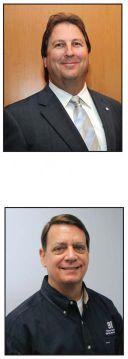
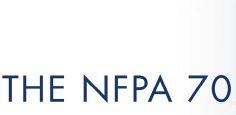
Ron Widup and Jim White are NETA's representatives to NFPA Technical Committee lOE (Electrical Safety Requirements for Employee Workplaces). Both gentlemen are employees of Shermco Industries in Dallas, Texas, a NETA Accredited Company. Ron Widup is CEO of Shermcoandhasbeen with thecompany since 1983. HeisaPrincipalmemberof the Technical Committee on "Electrical Safety in the Workplace" (NFPA lOE) andaPrincipalmemberoftheNational Electrical Code (NFPA 10) CodePanel II. Heisalso a memberofthetechnical committee "Recommended Practicefor jim White Electrical Equipment Maintenance" (NFPA lOB), and a member of the NETA Board ofDirectors and Standards Review Council. jim White is nationally recognizedfor technical skills and safety training in the electrical power systems industry. Heis the TrainingDirectorforShermcoIndustries, andhas spentthelasttwentyyearsdirectly involvedin technicalskills and safety training for electricalpower system technicians. jim is a Principal member of NFPA lOB respresenting Shermco Industries, NETA's alternate member of NFPA lOE, and a member ofASTMFIB Committee "Electrical ProtectiveEquipmentfor Workers".




famesR. (Jim) White istheTrainingDirector ojShermcoIndustries, Inc., inDallas, Texas. Heistheprincipal memberon theNFPA technicalcommittee ''RecommendedPractice forElectricalEquipment Maintenance" (NFPA 70B). Jim represents NETA asanalternate memberoftheNFPA TechnicalCommittee "ElectricalSaftty in the Workplace" (NFPA 70E)and representsNETA on the ASTMFIB Committee "Electrical ProtectiveEquipment For Workers': Jim isan IEEESeniorMember andin 2011receivedthe IEEE/PCICElectrical Saftty Excellence award. Jim isapast Chairman (2008)ojthe IEEEElectricalSaftty Workshop (ESW).

Thismonthwewillhavesomequestionsrelatedtohigh-voltagesubstations. Putonyourthinkingcapandseehowwellyoucando.
1. Mediwn-voltageisdefinedas:
a. >1,000 V to35,000 V
b. 2,400v to69,000v
c. >1,000 V to100,000 V
d. Noneoftheabove
2. Whatarefourclassesoflightningarresters?
a.
b. -------------------------
c. d.
3. ANSI/NETAMTSspecifiesamaximumof __ppmmoistureforin-serviceSF6gas.
a. 40 b. 70 c. 110
d. 200
4. Thereis oneoptional testgivenformicroprocessorprotectiverelaysin Section7.9.2 of ANSI/NETAMTS.Whatisit?
a. Insulationresistanceofeachcircuitto ground
b. Functional operationofeachelement
c. Applyvoltageorcurrenttoanaloginputs
d. Controlverification


ElectricalTestingServicesInclude:
Substation Maintenance
Breaker Repair & Modification
Cable Hi-Pot Fault Location
Emergency Transfer Controls
Doble Power Factor Testing
Surge & Transient Protection
Infra-red Scanning
Measurement & Diagnostic Services
Relays & Meter Calibration
Marine Electrical Repairs
Switchgear Service & Testing
Engineering Supervision
North Central Electric, Inc.
Midway Avenue, Hulmeville, PA 19047
(215) 945-7632 Fax: (215) 945-6362
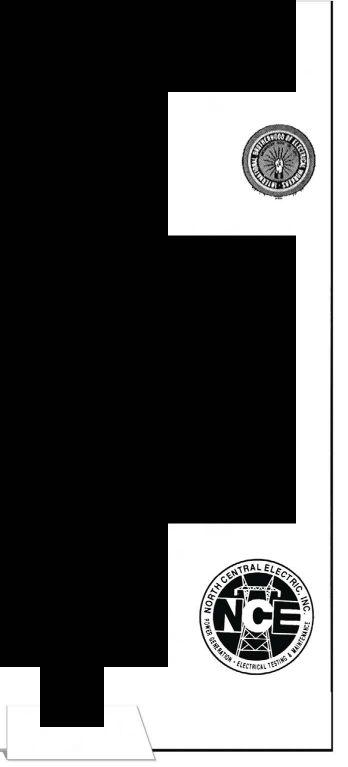
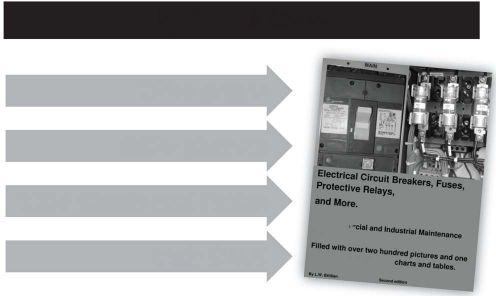
specialist level knowledge of Circuit Breakers, Fuses, and Protective Relays with this convenient take-anywhere eBook.

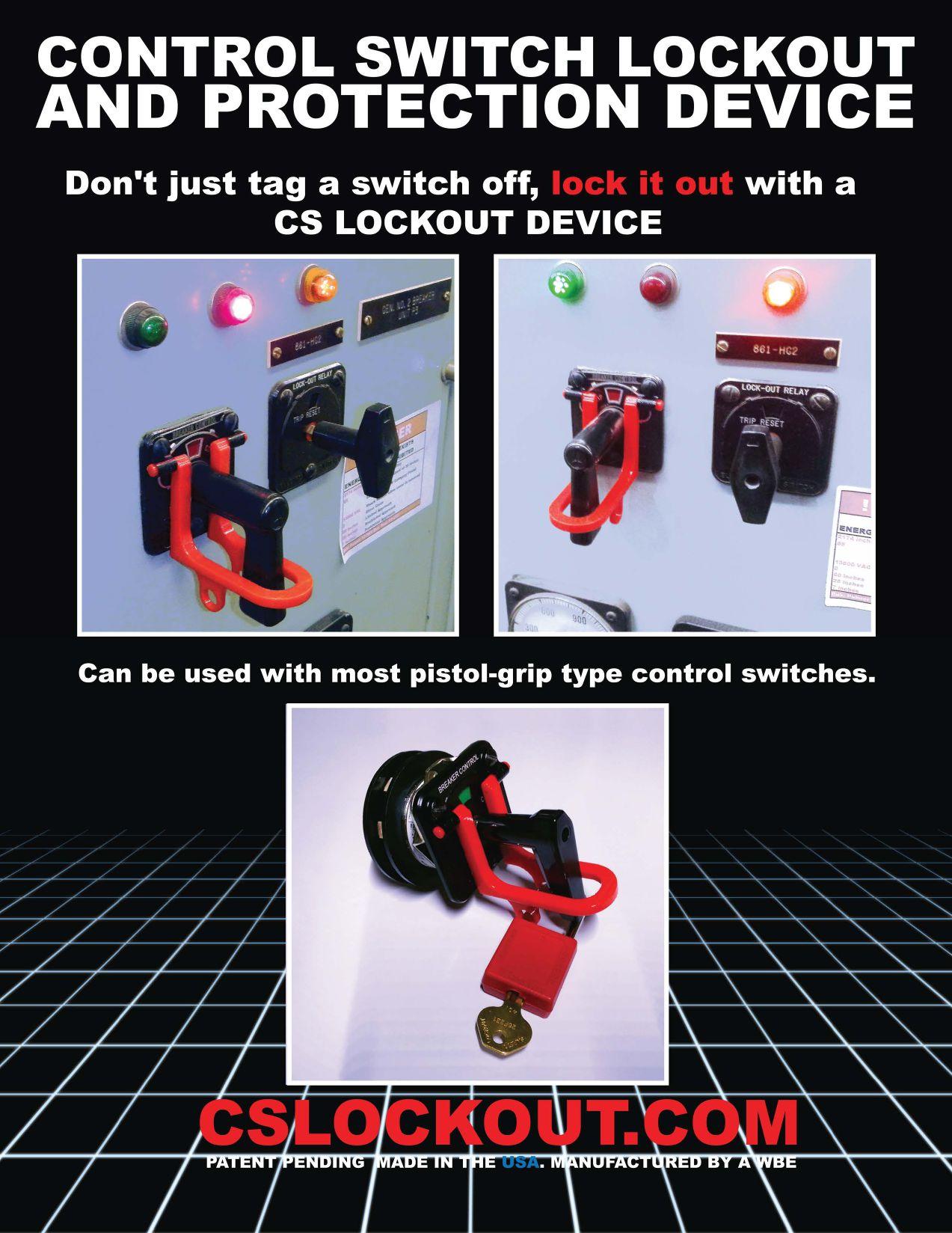
• Comprehensive Electrical Testing and Maintenance
• Commissioning and Startup Services
• Engineering Services
• Power System and Coordination Studies
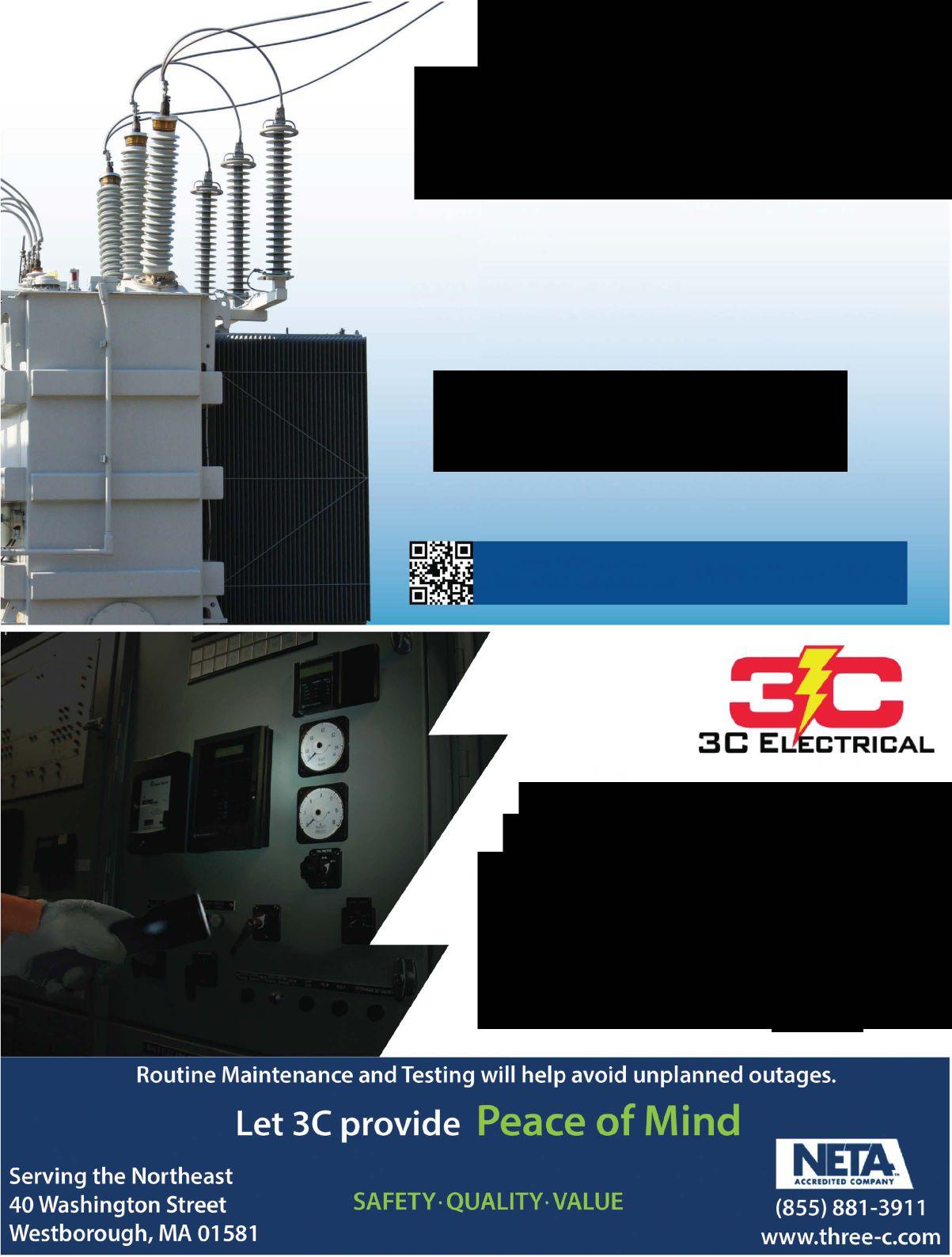
HIGHVOLTAGE MAINTENANCE
• Predictive and Preventive Maintenance
• Partial Discharge Testing and Monitoring
• 24/7 Emergency Service
Ensuringthereliabilityofyourelectricaldistributionsystem.
As the leading independent electrical testing, maintenance, and engineering service company, you can rely on Emerson's High Voltage Maintenance to exceed your electrical equipment performance goals. From testing for problems that could disable your system, to complete turnaround execution, you'll quickly understand how we are your single source solution for all of your electrical reliability needs. With a service geography across the Midwest and Eastern Seaboards, our service team puts experienced professionals where and when you need them.
more information:

this shouldn't be the first time you think about
Transient earth voltage orTEVis a term coined by a pioneering British scientist in the 1970s. If the signals it identifies were first discovered in the United States, they would have more likely been called transient ground voltage (TGV) as engineers in Europe typically refer to our ground as earth.
TEV signals are generated by partial discharge activity, which is essentially a partial insulation failure. TEV signals are high-frequency voltage transients or impulses on the ground. They also have the unique feature ofbeing synchronousmore about this later. In the case ofswitchgear assemblies, these signals propagate or ride along the external surface of the grounded switchgear enclosure. As shown in Figure 1, their magnitudes are greater on the enclosure panels that are closest to the discharge source.
Switchgear Plan View
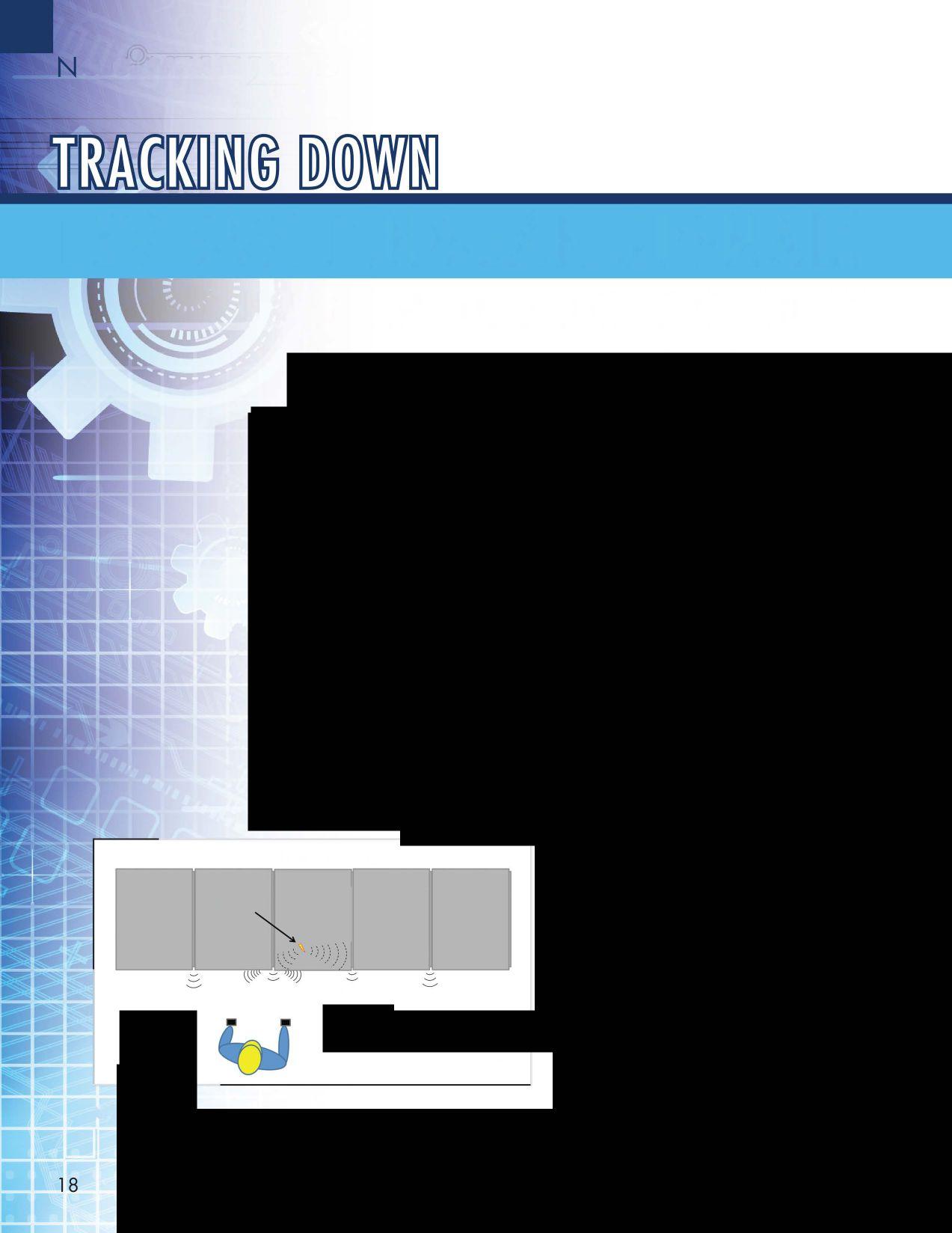
This is how it works: Partial insulation failure creates a spark or partial breakdown that emits a radio frequency signal - think of the flawed insulation area as a small radio transmitter within the switchgear. For outdoor or open structure insulation, these radiated signals can produce signals that interfere with AM radio receivers, sometimes causing that sudden annoying static on a vehicle's radio as it is driven under an overhead distribution line. Partial discharge activity occurring inside of switchgear or other electrical assemblies acts in the same manner. However, the grounded enclosure functions similar to a leaky Faraday cage. It attenuates the signal enough that it is not readily detected with a typical antenna but can still be detected with a TEV sensor. Basically, the TEV signal is trapped inside the enclosure and adheres to its grounded surface but propagates to the outside switchgear enclosure surface though the edges ofthe metal via the skin effect.
TEV sensors consist of a simple insulated conductive plate that, when placed against the switchgear enclosure, forms a capacitor with the enclosure itself acting as the other plate of
the capacitor The high-frequency TEV signals are captured and then processed and analyzed by the instrument's electronics.
Ok,whatabout the synchronous characteristics referred to earlier? In simple terms, at zero volts there is not enough voltage present for anything to breakdown. But as the ac sine wave rises towards the positive or negative voltage peak, a critical voltage (partial discharge inception voltage) is reached, which creates a localized partial breakdown. This localized partial breakdown or partial discharge is what creates the signals described earlier. Typically, these signals then persist through the sinewave until theyextinguish at a critical voltage known as the partial discharge extinction voltage. The same sequence then repeats itself through the opposite voltage polarity peak, resulting in a pattern of voltage transients that are synchronous or in phase with the ac sine wave Figure 2 shows such a typical PD pattern.
Although one small spark itself only causes negligible insulation damage, thousands of these sparks occurring over days, weeks, and even years will eventually cause cumulative irreversible damage to the insulation until complete catastrophic failure occurs. This process has sometimes been described in literature as electrical rust but perhaps could better be described as death by a thousand razor cuts.
Before jumping into the Time of Flight location method, it is worth of mentioning that just as the TEV signals can reach and travel along the outside of a leaky switchgear enclosure, they cannot escape well-sealed and well-shielded equipment such as oil-filled transformers. For these types of equipment, the PD signals can escape from the inside of the equipment enclosure through an external ground connection, where signal decoupling can be accomplished using split-core, highfrequency current transformers.
The time oftime offlight method for locating TEV signal origination, and thus PD source location, involves using dual capacitive sensors
Cycle
Phase Resolved PD Pattern
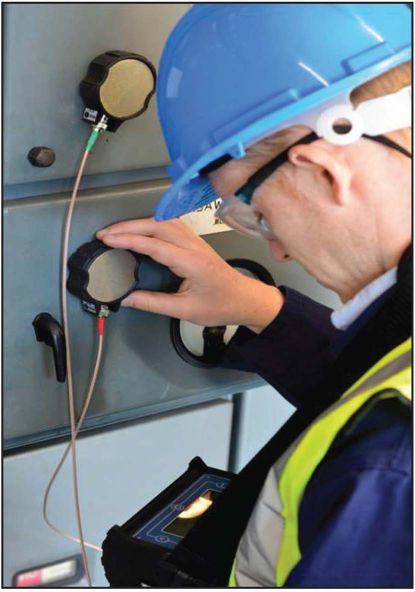
as shown in Figure 3. Sophisticated instrumentation is used to time the arrival of the TEV signals at one sensor in comparison to the arrival time at the other sensor. As shown in Figure 4, a bar graph display indicates which sensor is closest
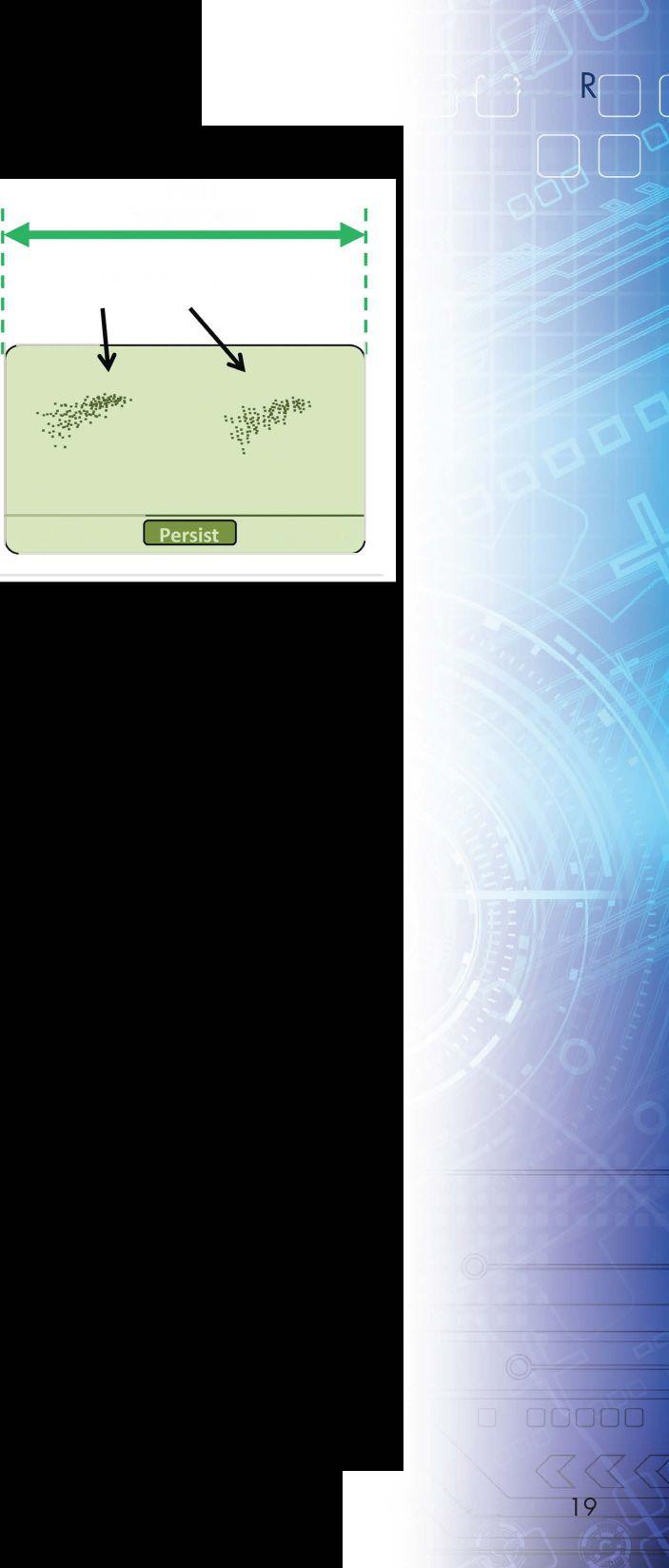


4: Proportion ofTransients
to the discharge. By moving the magnetic capacitive probes around the switchgear at different locations, the PD source can be pinpointed with considerable accuracy.
As technology continues to advance and greater field experience is accumulated, partial discharge techniques and instrumentation will advance accordingly. Present PD instruments can now isolate and ignore undesirable noise from PD signals, and new advancements have led to better methods for pinpointing PD sources. These advancements have also led to the discovery, identification, and repair of insulation defects, which have significantly enhanced reliability for electrical equipment not only in the U.S. butinternationallyas well.


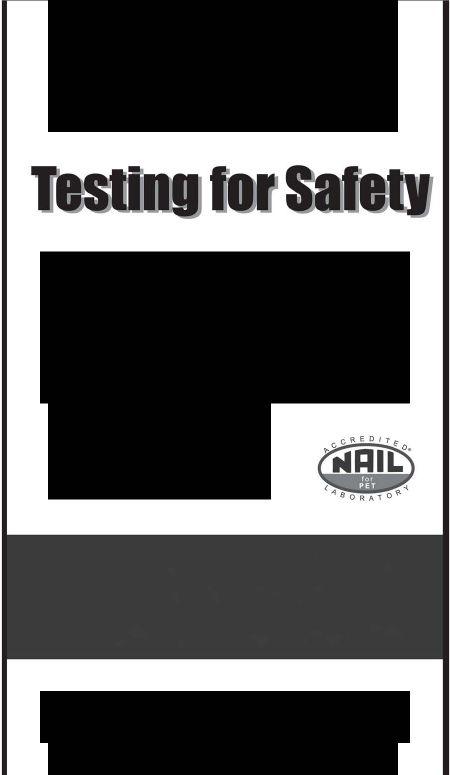
Inc.

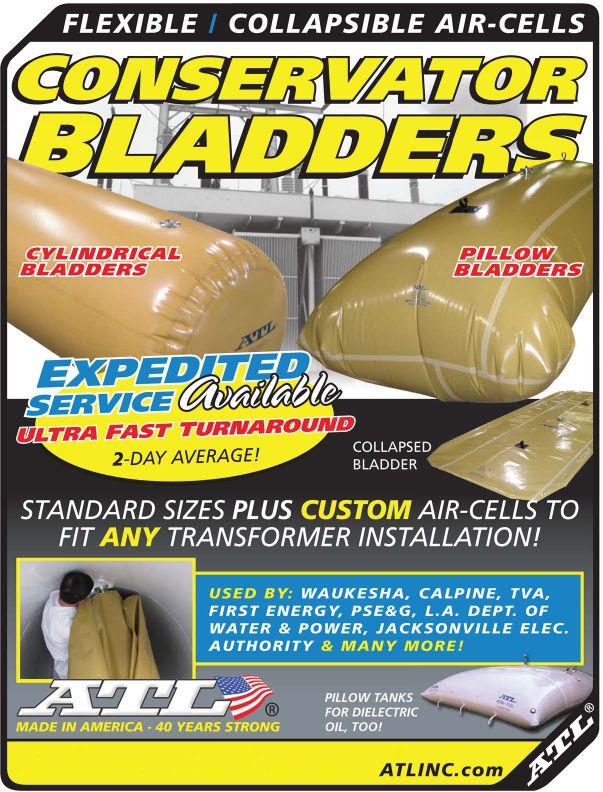
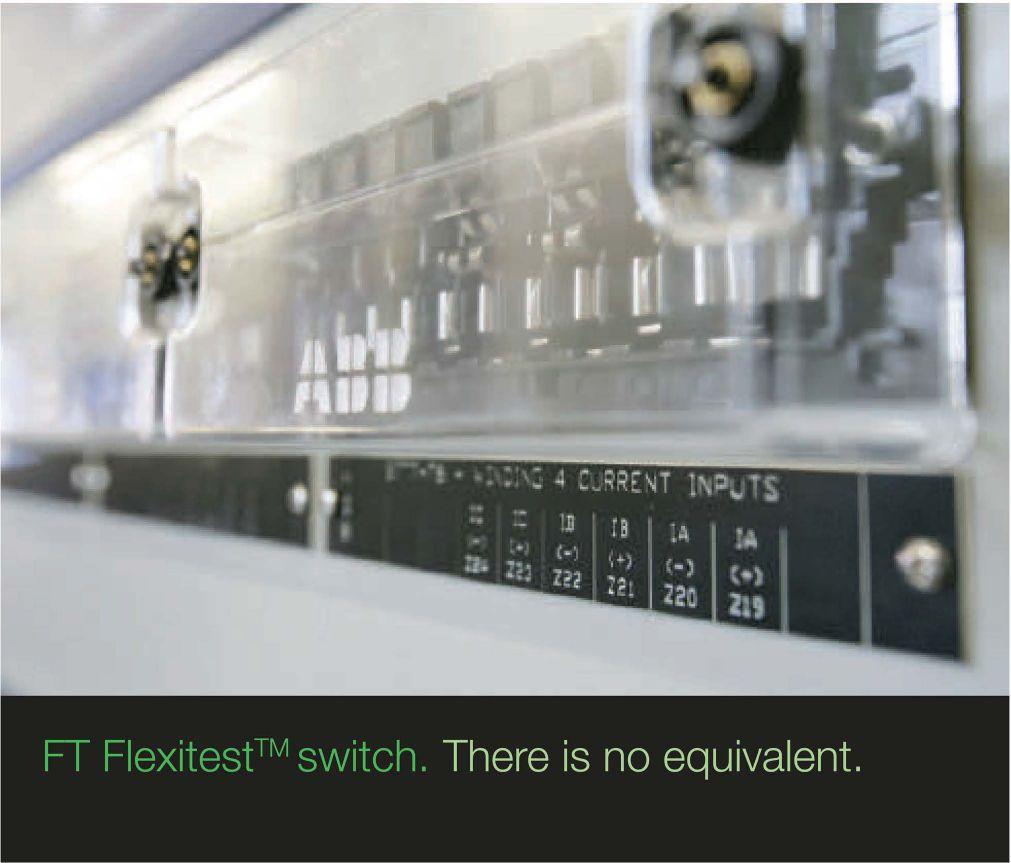
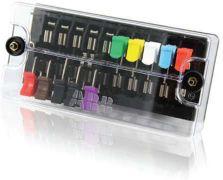

This year, ABB celebrates 50 years as the original FT switch manufacturer. With the longest, most successful history, ABB's unmatched quality is the benchmark for the industry. As the test switch manufacturer with the largest installed base, the Flexitest test switch's perfected design offers the highest quality and best lead times, leaving nothing to chance. www.abb.com/substationautomation. Power and productivity for a better world™
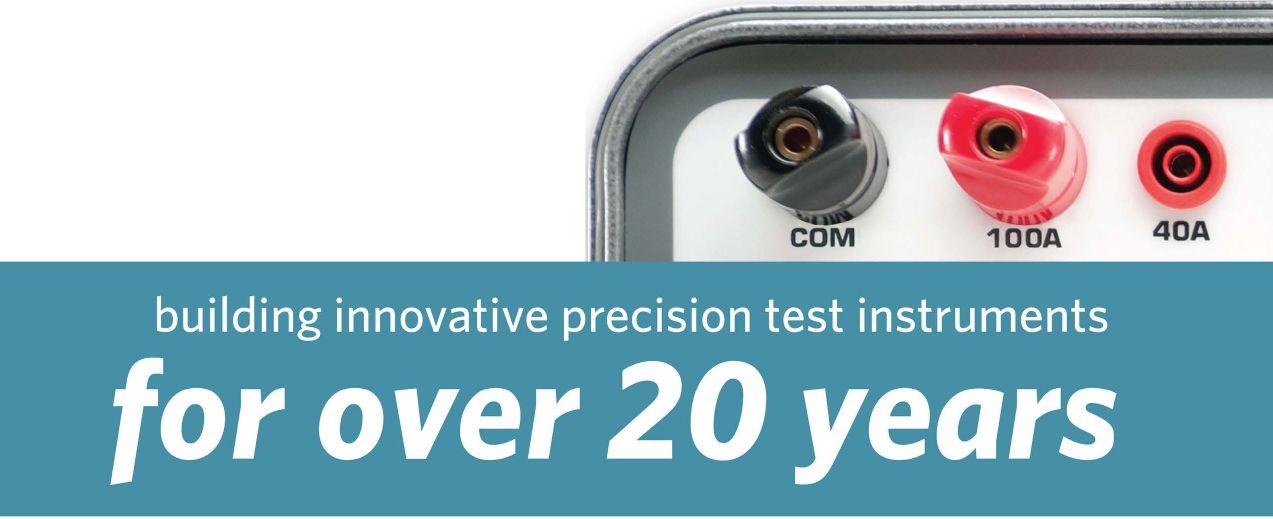

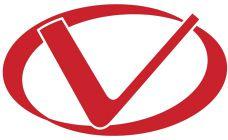
Vanguard Instruments has been at the forefront of developing innovative precision sub-station test instruments for over 20 years, and we are continuing our tradition with our latest products such as the CT-7000 53 and CT-8000 53 circuit breaker analyzers with Dual Ground testing feature and our new line of test instruments featuring convenient Bluetooth wireless interfaces. Visit us today at vanguard-instruments.com to find the latest solutions for all of your sub-station testing needs.

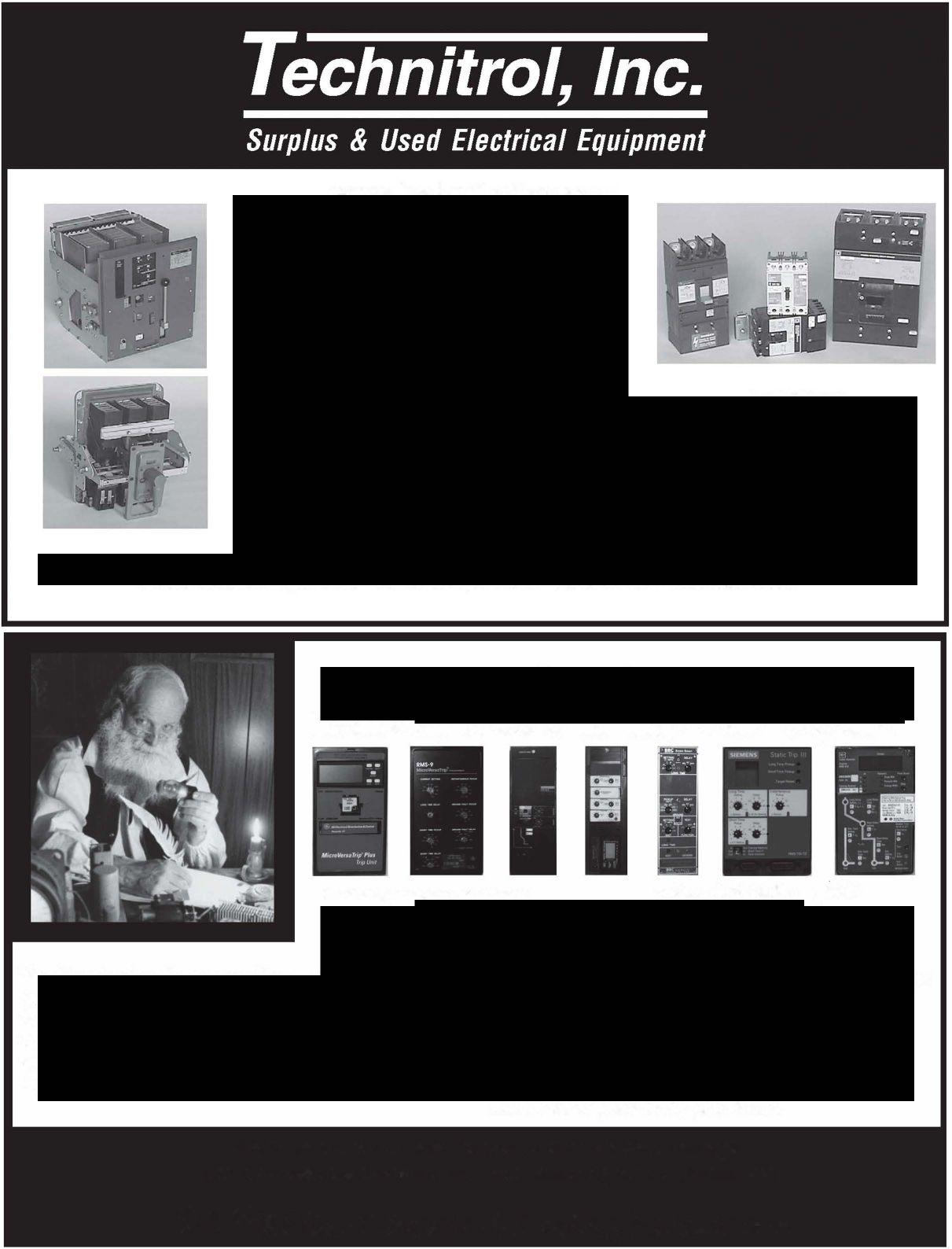
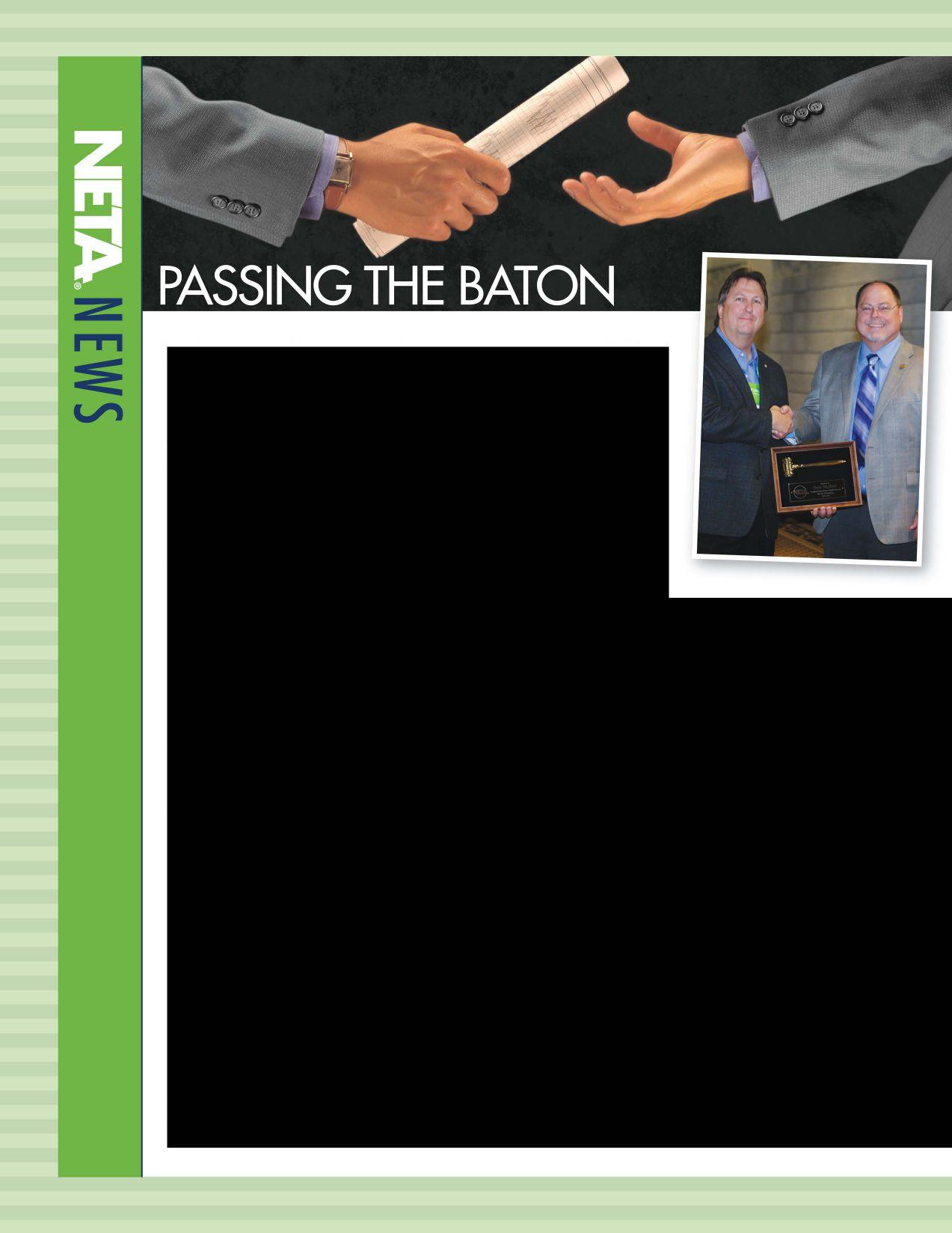
Runningan association is not unlikerunninga relay race. Eachindividualmustdohisparttogettheteamacross the finish line successfully, hopefully ahead ofdeadlines and challenges that are sure to face them on rhe course. Every two years, NETA sees a change in leadership as a new president oftheassociation steps up to thestartinglineto begin theraceanew. Thispassingofthebaton iscriticalto thecontinuityoftheassociation's success.
SinceJune1,2013, DaveHuffman,PowerSystemsTesting Company, has been leading the charge for NETA as its president. During his term, he has seen record years for attendance at PowerTest, growrh in the number of companies attainingNETA Accredited Company status, more electrical testing technicians certified than ever before, and the creation of a brand new ANSI/NETA standard, aswell as thepublication oftworevisedANSI/ NETA standards, and the inception of the Gold and Corporate Alliance Partnership programs. Dave has led exponentialgrowthinawarenessoftheassociation rhrough innovative approaches to outreach and development efforts, in addition to the many other commitments to NETA'sStandardsReviewCouncil,ContinuingTechnical Development Committee, Member Application Review Committee, andExamCommittee, amongorhers.
Dave'ssuccessas aleaderdraws from manysourceswithin hischaracter. Heisatenuredveteranoftheelectricaltesting industry. Hehas loyallyserved the same testing company sincehis collegegraduation-afeat unheard ofin mostof rhecorporateworld today, butnotsurprisinggiven Dave's natural tendencies toward dedication, service, and excellence. In2010, Davereceived rheNETAOutstanding Achievement Award, which was well-deserved for his many contributions to NETA. At that time, he said, "I learned quickly that being apart ofNETA is about a lot morethanjusthavingthelogoandcarryingacertification card. It's about participation andgivingback. Mylife has been so full ofpositive experiences for my family and me becauseofmyinvolvementwithNETA." Sincethen,Dave
Ron Widup (left), incomingpresident as ofjune I, 2015, thanksDaveHuffinan (right), outgoing presidentas ofMay 31, 2015,for leading the associationfor the past twoyears and presents him with the traditional goldengavel.
hascertainlycontinuedtoliveuptothosewordsasNETA's presidentoverthepasttwoyears.
As ofMay 31, 2015, Davewillpass thebaton to NETA's nextpresident, Ron Widup, Shermco Industries. Ron is a pastpresident ofNETA, servingaterm from 1998-2000. Like Dave, he is responsible for furthering the daily business of the association through his contributions on many NETA committees. Ron is NETA's Conference Chair, Exam Chair, a member ofthe Standards Review Council,andmaybebestknownforhecklingtheexhibitors who participate in the New Product Forum eachyear at PowerTest. Both Dave and Ron are prime examples of what it takes to be a top-notch leader within NETA: technical aptitude, commitment to excellence, fearlessness ofuncharted territories, possession ofa generous heart, a sense ofhumor, willing attitude, and no need for more than a fewhours ofsleep every othermonth or so. (That last one is rheonlyway rhe marh makes sense for all rhey accomplish.)
NETAtrulyisblessedwithamultitudeofvolunteerswho arealwayshappyto pickup thebatonwhenitis rheirturn, and who gladly share in the success that comes when the teamcrosses thefinishlineat theendofthe race. Here's to a smoorh transition for the association, from one great leader to the next.
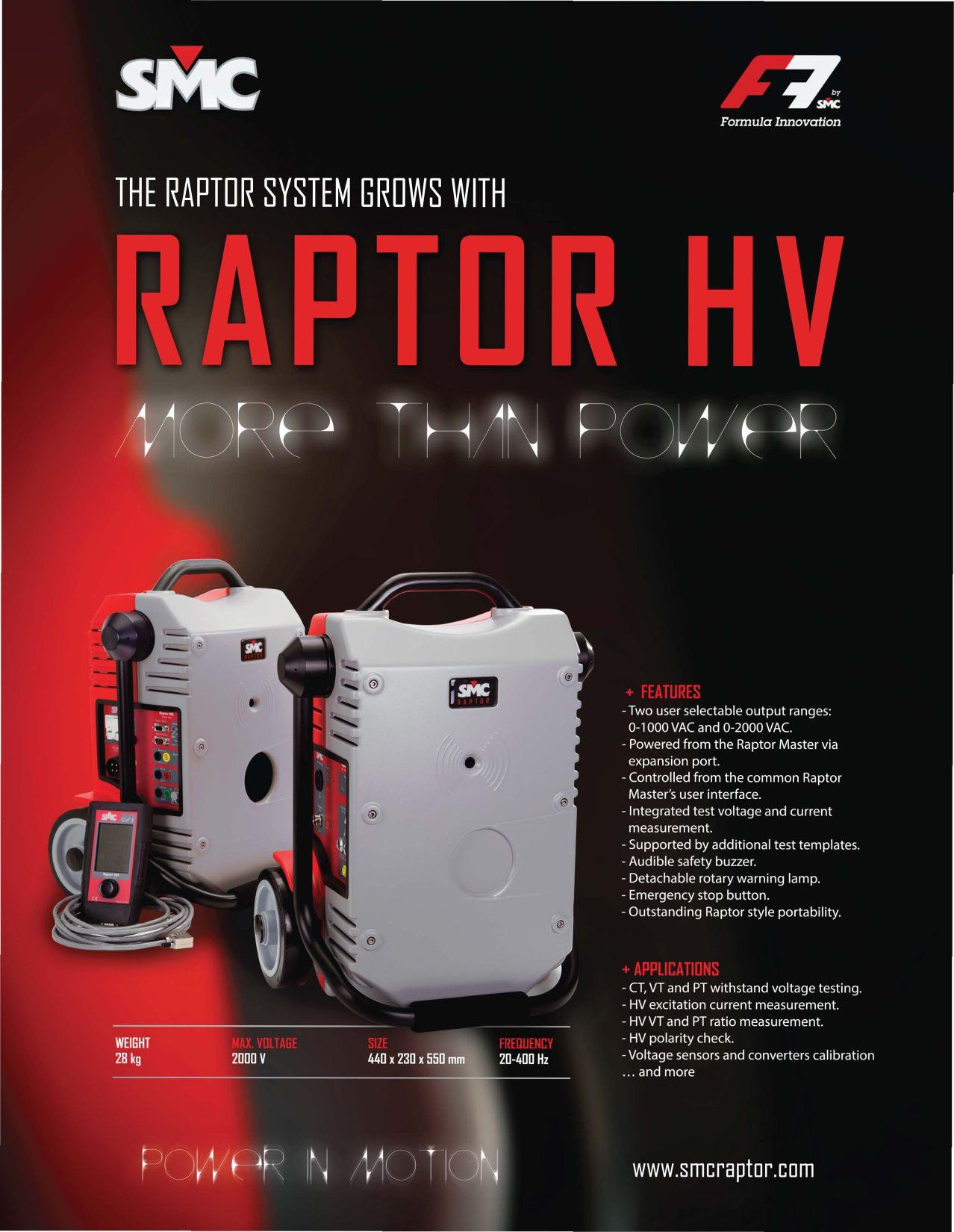

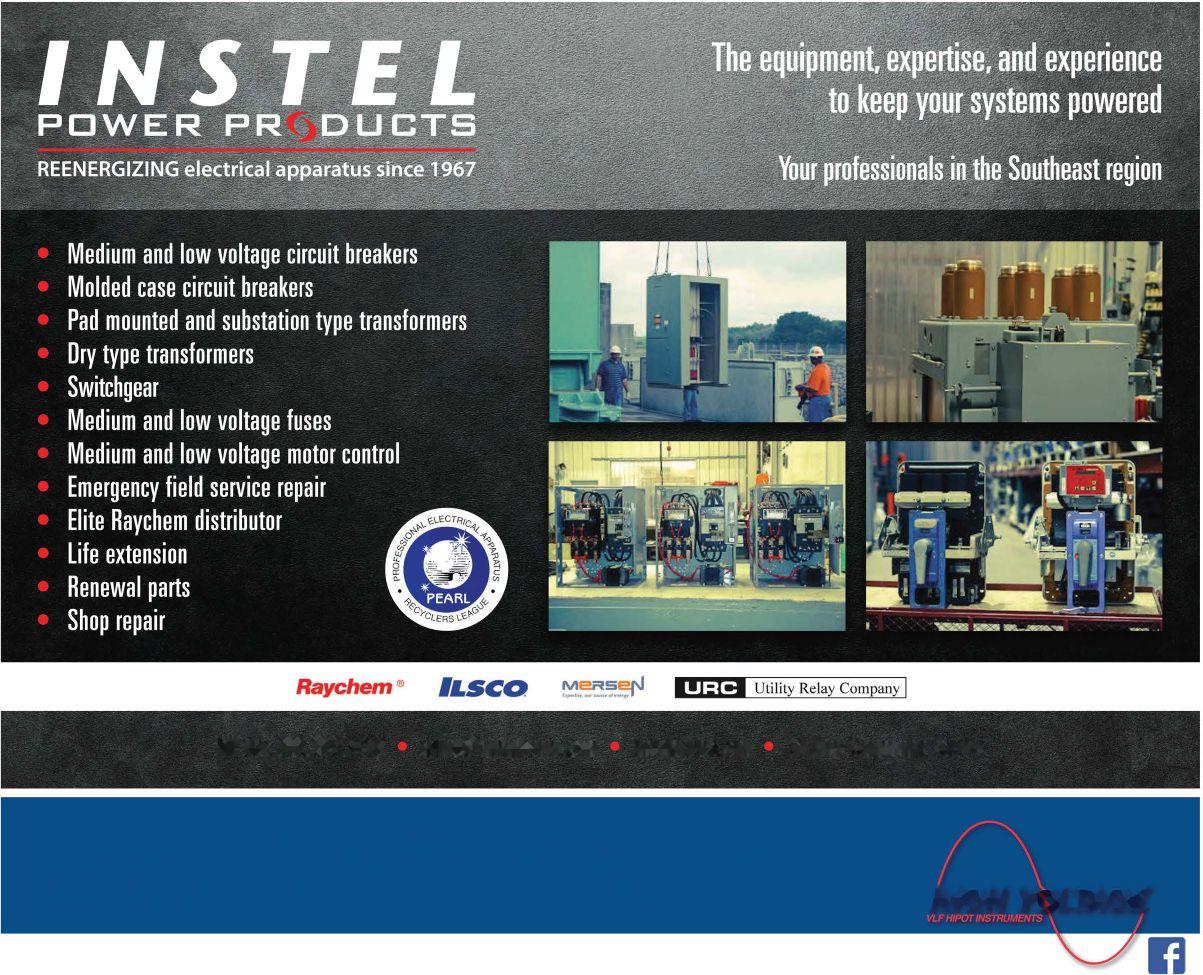
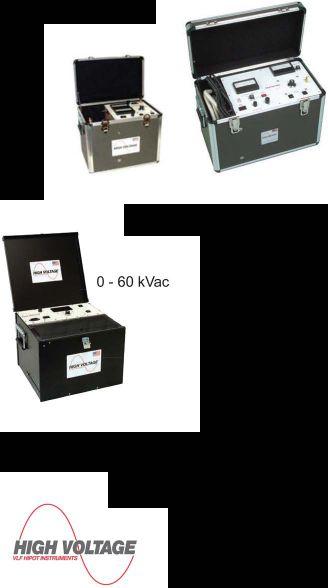
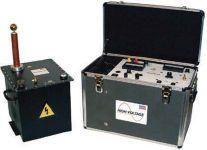
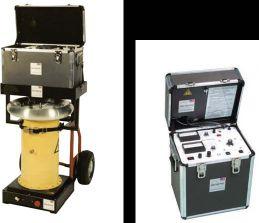

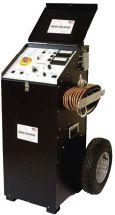

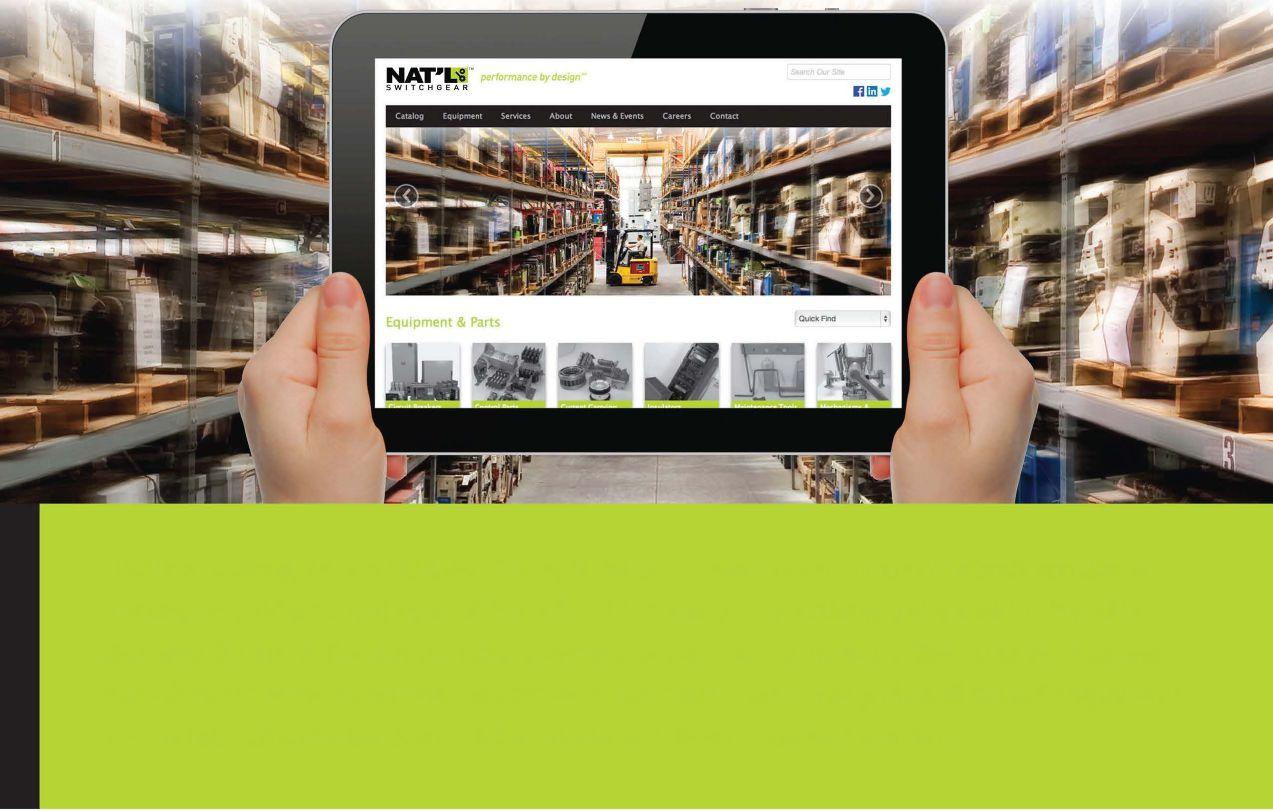



In reviewing §1910.269, it should be noted that it also applies to "equivalent installations of industrial establishments." In this article, the applicability of§1910.269 to the industrial environment will be discussed. Further, this standard was significantly revised with respect to performing arc flash analysis for power generation, transmission, and distribution systems. Therefore, a more focused discussion on these arc-flash analysis requirements will be provided.
Typically, industrial facilities implement requirements from §1910.332 through §1910.335, or Subpart S of the ofthe OSHA standards. In the industrial environment, what would be an equivalent installation referenced in §1910.269? The most obvious examples would be the medium- or high-voltage distribution systemwithin an industrial facility. For our purposes, the definition ofa mediumvoltage (MV) system is a power distribution
BY LYNN HAMRICK, Shermco IndustriesOSHA recently revised and issued the general industry standard associated with the operation and maintenance ofelectric power generation, transmission, and distribution lines and equipment. The standard 29 CFR 1910.269, or §1910.269, is generally associated with electric power generation, transmission, and distribution. This standard is also known as Subpart R of the OSHA standards and is typically applied to the utility industry.
system greater than 1OOOV but no more than 35kV. The definition of a high-voltage (HV) system is a power distribution system of69kV and higher.
Based on the language in §1910.269, it may be appropriate to apply the requirements of §1910.269 in the industrial environmentwhen working on or near MV and HV distribution systems. This would suggest that an employer could choose to define portions of its installations as either utilization or distribution or a combination of both. Unfortunately, the extent of compliance for the application is typically determined on an application-byapplication basis by a compliance safety and health officer (CSHO) when performing an inspection. Therefore, an employer may be cited for violation of the general duty clause under Section 5(a)(l) of the Occupational Safety and Health (OSH) Act whenever any employee would be protected under one standard, when the other, normally applicable standard contains no provisions protecting against the hazard involved.

�
able 1. Electrical Safety-Related Work Practices in §1910.269 �ompliance with Subpart S Will comply with These Paragraphs of §1910.2691
Paragraphs that Apply Regardless of Compliance with Subpart 52 d), electric-shock hazards only a)(2), (a)(3) and (a)(4). h)(3) b) (i)(2) and ( )(3) c) (k) d), for other than electric-shock hazards. 1)(1) through (1)(5), (1)(7), and (1)(10) through (1)(12) e) (m)
(f) (p)(4) (g) s)(2) h)(1) and (h)(2). (u)(1) and (u)(3) through (u)(5) (i)(4) (v)(3) through (v)(5) (j) (w)(1) and (w)(7)
1)(6), ( )(8) and (1)(9). n) (o)
(p)(1) through (p)(3). (q) (r)
s)(1) t)
(u)(2) and (u)(6) (v)(1), (v)(2), and (v)(6) through (v)(12). w)(2) through (w)(6), (w)(8), and (w)(9).
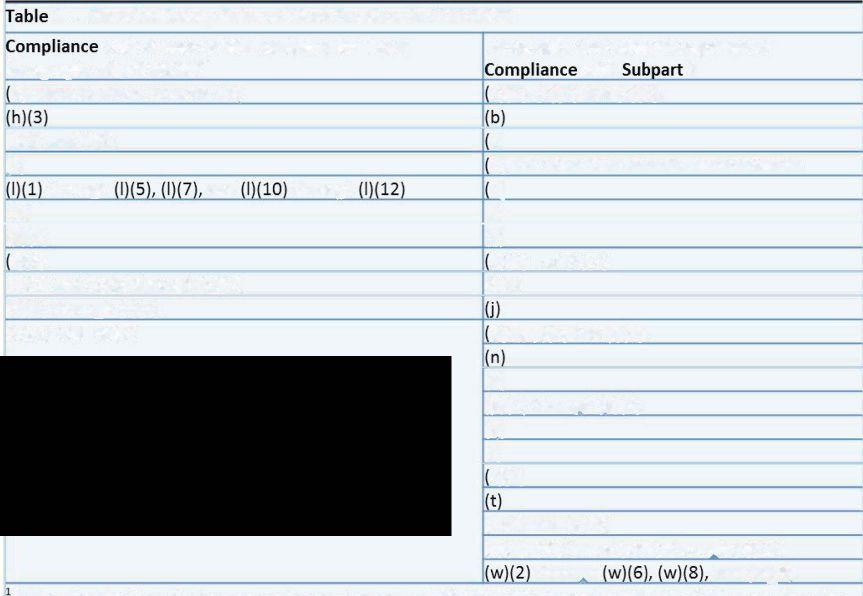
If the electrical installation meets the requirements of §§ 1910 302 through 1910.308 of this part, then the electrical installation and any associated electrical safety-related work practices conforming to §§ 1910.332 hrough 1910.335of this part are considered to comply with these provisions of§ 1910.269ofthis part. These provisions include electrical safety and other requirements that must be met regardless of compliance r,vith subpartS of this part.
OSHA A-2 Table I
Basically, OSHA is concerned that using different work practices could lead to confusion for employees, which could result in serious accidents. In situations such as these, an employer would be expected to determine whether an installation is utilization or distribution and then require employees working on them to meet the work practice requirements of §1910.332 - 335 (Subpart S ofthe standard) or §1910.269, respectively, to maintain consistent and adequate safe work practices. Employers must be cognizant of the requirements of both standards to ensure that the most appropriate work practices are implemented or face the possibility of being cited for violation(s) of §1910.269, 1910 Subpart S or the general duty clause of the OSH Act, ifthe inconsistencies pose hazards to employees. To assist employers in making the right choice, refer to Table 1 in Appendix A-2 of§1910.269 as provided here.
OSHA"considersworkpracticesconformingto §1910.332 through §1910.335 as complying with the electrical safety-related work-practice requirements of§ 1910.269 identified inTable 1 of Appendix A-2 to this section, provided that employers are performing the work on a generation or distribution installation meeting §§ 1910.303 through 1910.308. This table also identifies provisions in §1910.269 that apply to work by qualified persons directly on, or associated with, installations of electric power generation, transmission, and distribution lines or equipment, regardless of compliance with §§ 1910.332 through 1910.335." Further, OSHA "considers work practices performed by qualified persons and conforming to § 1910.269 as complying with §1910.333(c) and §1910.335." Therefore, it is recommended that industrial facilities compare the requirements presented in §1910.269 to the implemented requirementsof§1910.332through§1910.335


to ensure that work practices are appropriately instigated for the applicable safety hazards.
• Securing (with certain exceptions) that employees exposedtohazards fromelectricarcs wear protective clothing and other protective equipment with an arc rating greater than or equal to the estimated heat energy
Appendix E to the standard provides tables listing incident heat energies for common exposures found in electric power transmission and distribution work. Employers may use these tables to estimate incident heat energy under the exposure conditions covered by the tables. In addition, Appendix E provides guidance on:
• Assessing the workplace for flame and electric-arc hazards

As stated previously, industrial facilities implement requirements from §1910.332 through §1910.335, or 1910 Subpart S of the OSHA standards. Unfortunately, 1910 Subpart S does not directly address arcflash hazards. Subsequently, the industrial environment has relied on NFPA 70E Standard for Electrical Safety in the Workplace to provide safety requirements associated with arc-flash hazards. Safety requirements associated with arc flash have been in NFPA 70E since the 2000 edition. Mter 14 years, OSHA has not endorsed NFPA 70E as a requirement standard for the industrial environment, but it has stated that it is an acceptable way of addressing this known hazard. OSHA has essentially utilized the general duty clause under Section 5(a)(l) ofthe Occupational Safety and Health (OSH) Act to implement NFPA 70E. In otherwords, OSHA expects employers to meet NFPA 70E without actually requiring them to meet it.
With regard to arc-flash hazards, §1910.269 is the only OSHA standard that actuallyprovides specific guidance and requirements associated with protection against flames and electric arcs. In general, §1910.269 requirements have the employer:
• Assessing the workplace to identifY where employees are exposed to hazards from flames or from electric arcs
• Making reasonable estimates ofthe incident heat energy of any electric-arc hazard to which an employee would be exposed
• Ensuring that employees exposed to hazards from flames or electric arcs wear clothing that would not melt onto their skin or that could ignite and continue to burn when exposed to flames or the estimated heat energy
• Affirming that the outer layer of clothing worn by an employee is flame resistant under certain conditions

• Selectinga reasonable incident-energy calculation method undervarious conditions
• IdentifYing reasonable parameters for use in calculating incident heat
• Choosing clothing that does not ignite
• SpecifYing protective clothing with an acceptable arc rating
• Requiring arc-rated head and face protection, when the standard requires
With regard to a methodology for determining areasonable incident energy, §1910.269 allows for the use of included tables, which have specific applicable parameters. As a preferred alternative, Appendix E Table 3 is provided for selecting an acceptable methodology for calculating a reasonable incident energy.
Most industrial applications have implemented NFPA 70E in regards to arc-flash analysis and work rules associated with arc-flash hazards. Fortunately, the requirements of §1910.269 and NFPA 70E are mostly in agreement. One difference is associated with the minimum incident energy that would be considered an arc-flash hazard. §1910.269 uses 2.0 call cm2, while NFPA 70E uses 1.2 callcm2. Additionally, §1910.269 provides a calculation methodology for determining reasonable incident energies for circuits that are greater than 15 kV. For some industrial applications, this will enable them to determine a reasonable incident energy for the arc-flash hazard.
TABLE 3-SELECTING A REASONABLE INCIDENT-ENERGY CALCULATION METHOD 1
Incident-energy calculation method
NFPA 70E-2012 Annex D (lee equation)
Doughty, Neal, and Floyd
IEEE Std 1584b-2011
ARCPRO
Key:
l<D: Single-phase arc in open air.
3<Da : Three-phase arc in open air.
3<Db: Three-phase arc in an enclosure (box).
Y: Acceptable; produces a reasonable estimate of incident heat energy from this type of electric arc.
N: Not acceptable; does not produce a reasonable estimate of incident heat energy from this type of electric arc.
Y-C: Acceptable; produces a reasonable, but conservative, estimate of incident heat energy from this type of electric arc.
Notes:
1 Although the Occupational Safety and Health Administration will consider these methods reasonable for enforcement purposes when employers use the methods in accordance with this table, employers should be aware that the listed methods do not necessarily result in estimates that will provide full protection from internal faults in transformers and similar equipment or from arcs in underground manholes or vaults.
2 Atthese voltages, the presumption is that the arc is three-phase unless the employer can demonstrate that only one phase is present or thatthe spacing of the phases is sufficient to prevent a multiphase arc from occurring.
'Although the Occupational Safety and Health Administration will consider this method acceptable for purposes of assessing whether incident energy exceeds 2.0 ca l/cm2, the results at voltages of more than 15 kilovolts are extremely conservative and unrea listic.
4 The Occupational Safety and Health Administration will deem the results of this method reasonable when the employer adjusts them using the conversion factors for three-phase arcs in open air or in an enclosure, as indicated in the program's instructions.
OSHA Appendix E Table 3
By January 1, 2015, we're required to make reasonable estimates ofincident energy. Finally, the employer must provide protective clothing and other protective equipment meeting the arc-flash protection requirements of the final rule byApril 1, 2015.
OSHA recently revised and issued the general industry standard 29 CFR 1910.269, or §1910.269 Electric Power Generation, Transmission, and Distribution, associated with the operation and maintenance of electric power generation, transmissiOn, and distribution lines and equipment. This standard is also known as Subpart R of the OSHA standards and is typicallyapplied to the utility industry.
Standard §1910.269 also applies to equivalent installations of industrial establishments. Typically, industrial facilities implement
requirements from §1910.332 through §1910.335, or Subpart S of the of the OSHA standards. Based on the language in §1910.269, it may be appropriate to apply the requirements of §1910.269 in the industrial environment when working on or near MV and HV distribution systems. Employers must be cognizant ofthe requirements ofboth standards to ensure that the most appropriate work practices are implemented or face the possibility of being cited for violation(s) of §1910.269, 1910 SubpartS, orthegeneralduty clause of the OSH Act, if the inconsistencies pose hazards to employees.
§1910.269 is the only OSHA standard that actually provides specific guidance and requirements associated with protection against flames and electric arcs. Most industrial applications have implemented NFPA 70E in regards to arc-flash analysis and work rules associated with arc-flash hazards. Fortunately,
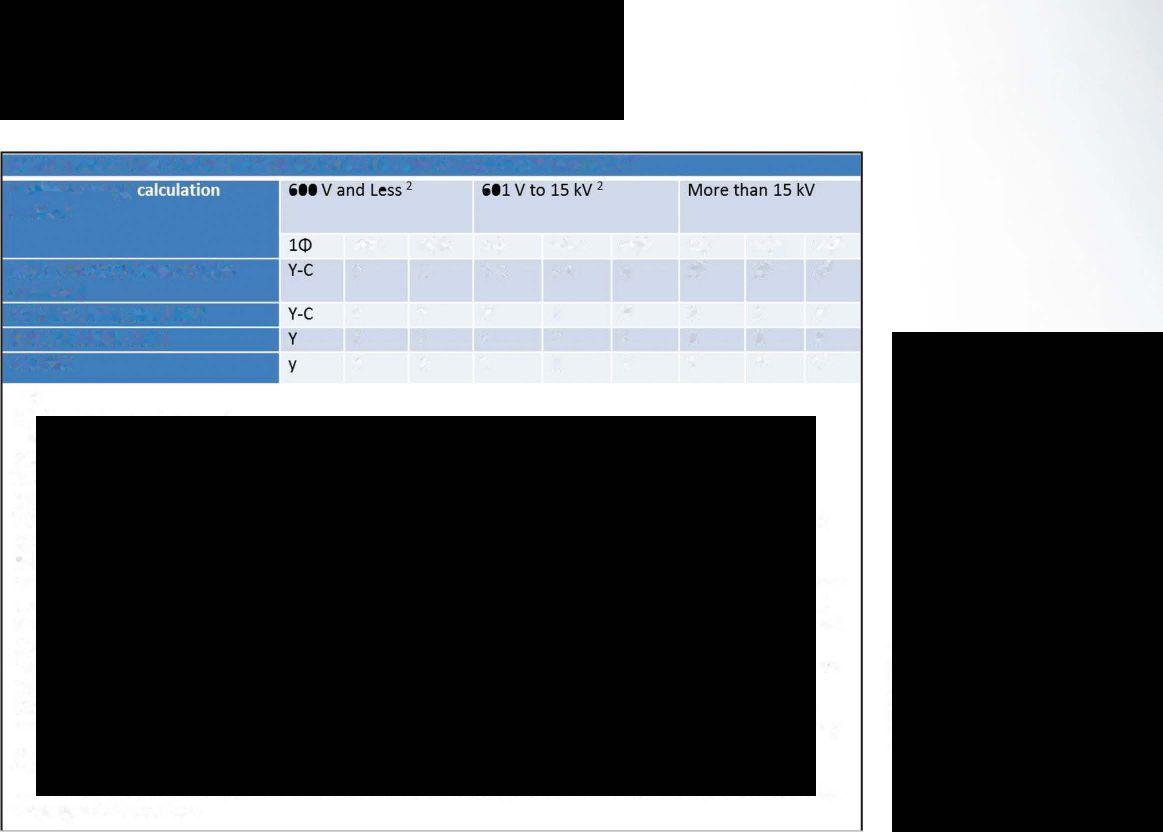


the requirements of§1910.269 and NFPA70E are mostly in agreement; however, there are some differences. One difference is associated with the minimum incident energy that would be considered an arc-flash hazard. Standard §1910.269 uses 2.0 callcm2, while NFPA 70E uses 1.2 callcm2. Additionally, §1910.269 provides a calculation methodology for determining reasonable incident energies for circuits that are greater than 15kV.
1. §1910.269 (a)(I)(i)(A)
2. §1910.269 (a((I)(ii)(B)
3. Tables I and3 reprinted withpermission of29 CFR 1910.269
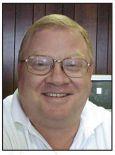
Lynn Hamrick brings over 25years of workingknowledgeindesign,permitting, construction, andstartup ofmechanical, electrical, and instrumentation and controls projects as well as experience in the operation and maintenance offacilities.
Lynn is a ProfessionalEngineer, CertifiedEnergyManager andhas a BS in Nuclear Engineering.from the University ofTennessee.





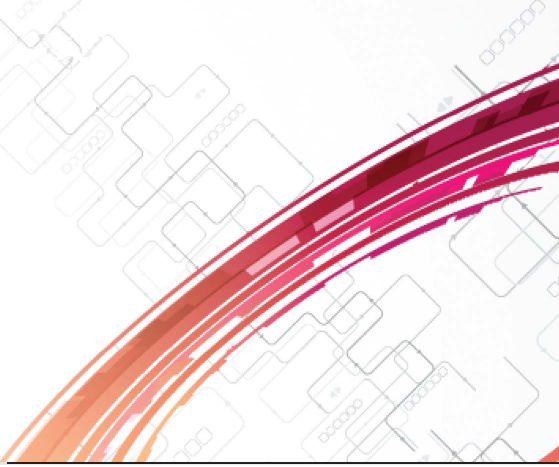
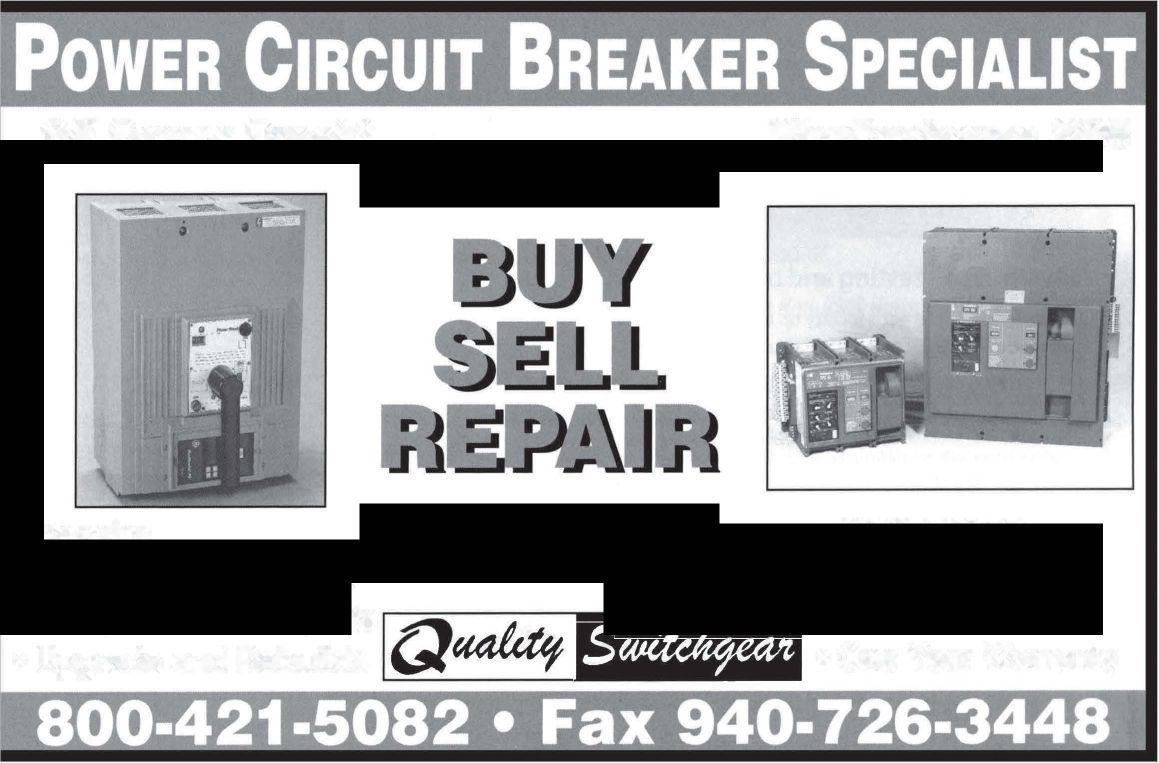
When production stops or the power goes out...
Powerful ReliabilitySolutions We'realwaysready,24/7!
t/ Power System Acceptance Testing
t/ Commissioning and Start-up
t/ Maintenance fuses gotyou in thedark?
t/ Life-Cycle Extension
t/ Troubleshoot and Repair

Low, Medium and High Voltage Power Fuses
t/ Training and Engineering Services www.monsterfuses.com
Western USToll Free888-444-4335
Eastern USToll Free877-444-1798
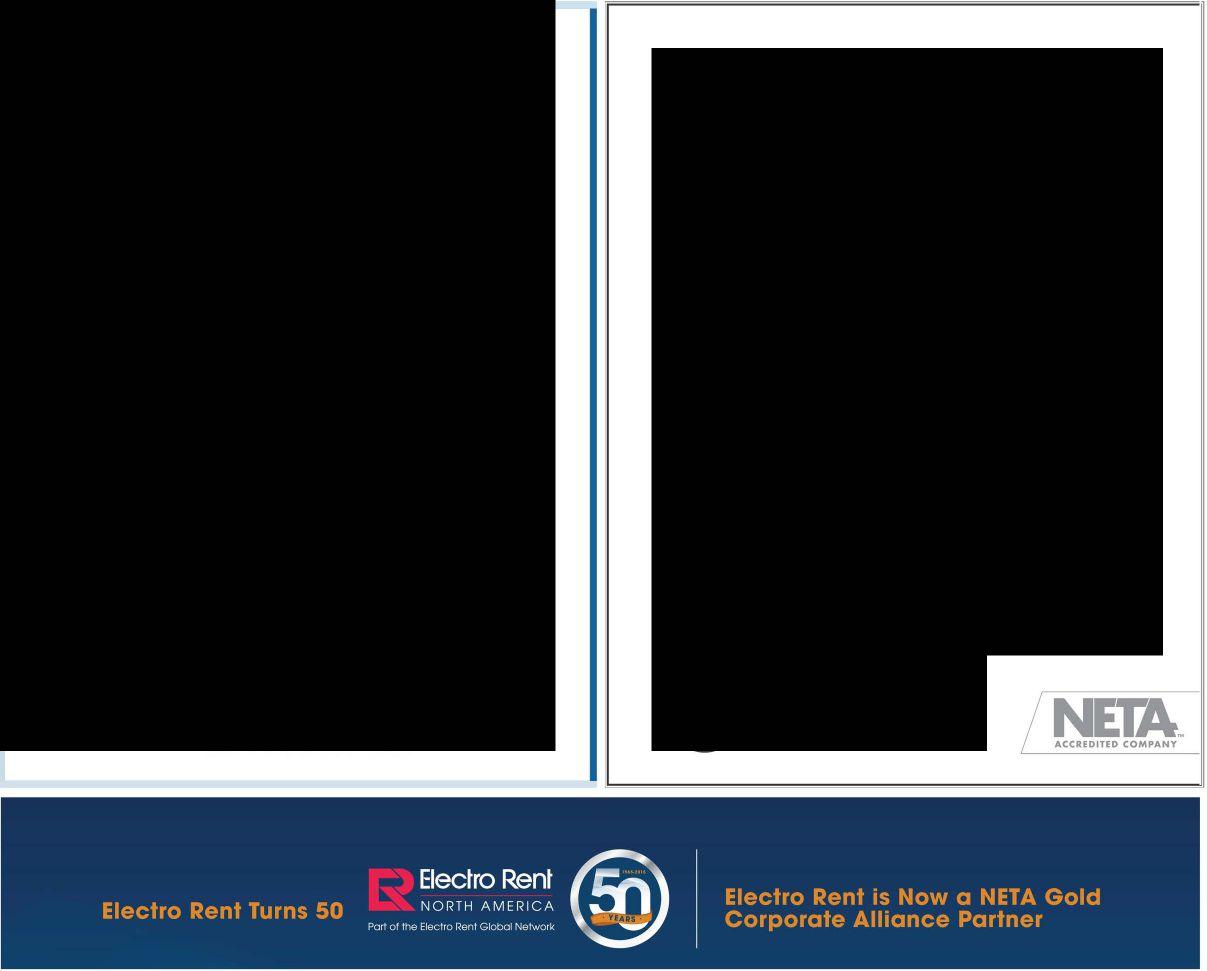
t/ Planning and Operations Support
t/ Project Management
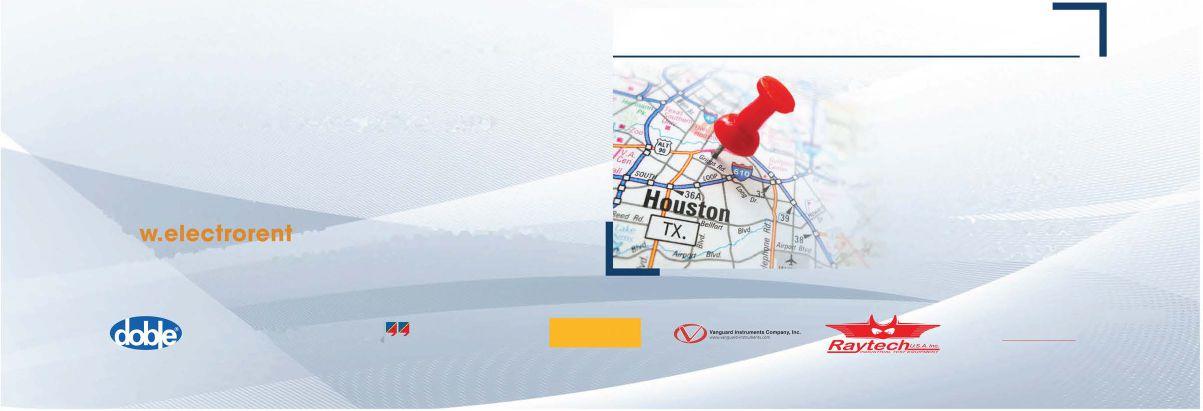
It has been 15 years since NETA produced a brand new standard. NETA's most recent addition to the collection of ANSI/NETA standards, the ANSI/ NETA ECS Standardfor Electrical Commissioning Specifications for Electrical Power Equipment and Systems, is a document that reached completion at a critical time fortheindustry.
Increasing emphasis is placed on the importance of commissioning in the safe energization of newlyinstalled equipment and systems, as well as their long-term health and reliability. When it carne to the specific tasks required for addressing low-, medium-, and high-voltage electrical power equipment and systems with regard to electrical commissioning, a definite gap existed in industry standards. The NETA Board of Directors determined that it was incumbent upon NETA to create a standard that would work in conjunction with the ANSI/NETA ATS Standard for Acceptance Testing Specifications for Electrical Power Equipment and Systems. NETA's Standards ReviewCouncilwas chargedwith the task, and they in tum, recruited a panel ofsubject matter expertswhoworked together to create the document thatachievedANSI approval on December 3, 2014.
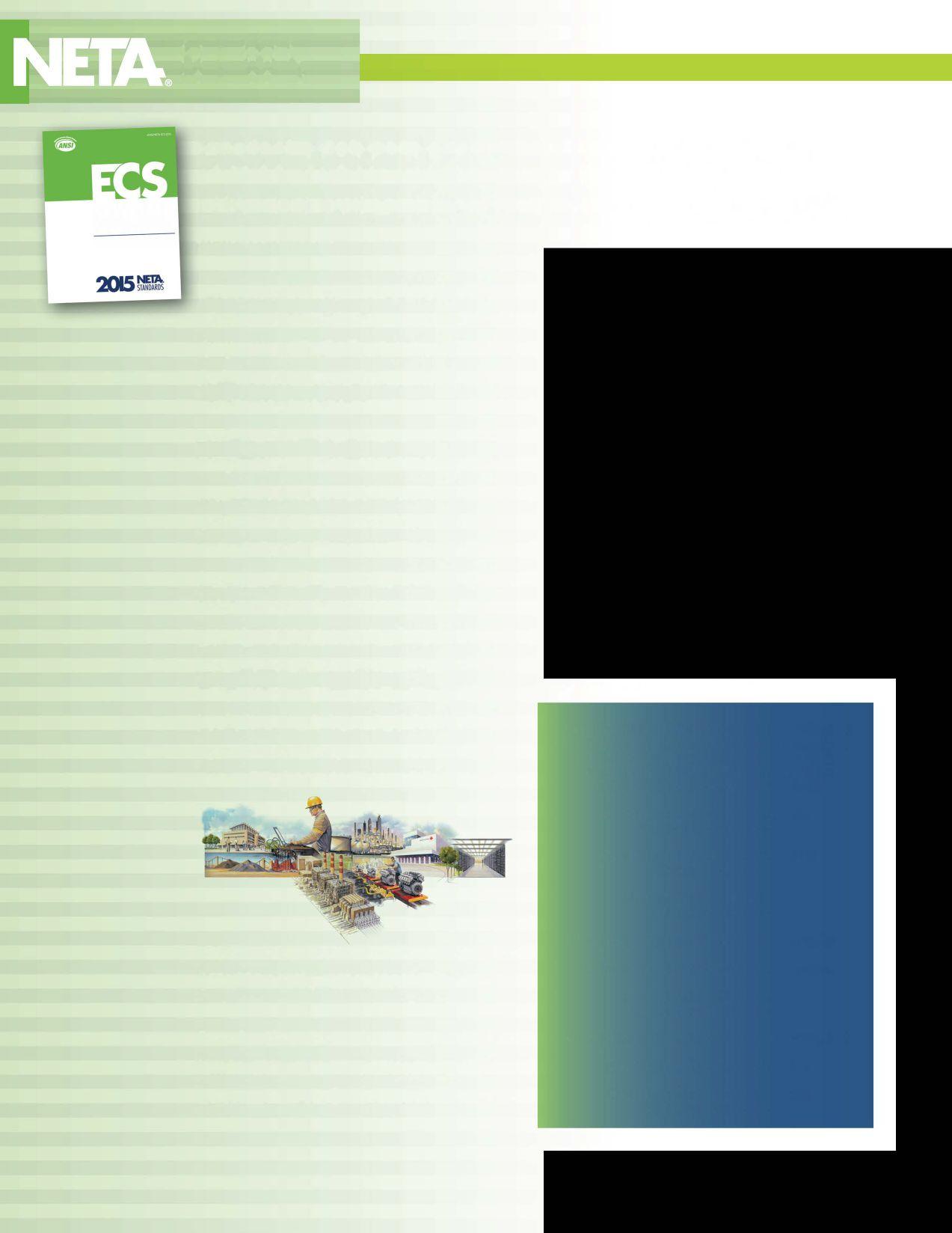
A Cross-section oftheMany Industries 7hat Benefit from Formal, DetailedElectrical Commissioning, Acceptance, andMaintenance Programs
One ofthe first people to receive a copy ofthe new standard, Mechanical and Electrical Instructor L.W Brittian, has a positive initial impression of the document, saying, "All sectors ofthe electrical
industry-from product design engineers, product manufacturers, suppliers, system design engineers, inspectors, contractors, and owners to insurance agenciesandmaintenancepersonnel-allrecognize that a formal, detailed process ofpre-energization, energization, post-energization, acceptance testing, and turnover to the owner/operator provides environmental, economic, and safery benefits from the cradle to grave. Commissioning of electrical systems is an emerging market, and NETA has staked its rightful claim with this long-needed, professionally developedstandard."
TheANSIINETAECS-2015debutedinMarch2015 to an audience of454 PowerTest attendees, many of whom attendedthe Electrical Commissioning track, symposium, and seminars where they got more information about electricalcommissioningandhow this new standard can be applied. Learn more about theANSI/NETA ECS, andorderyourcopytodayat www.netaworld.orgorcall 888-300-6382.
ANSI/NETA ECS WORKING GROUP
NETA extends special thanks to the members of the working group who provided their expertise and time to the creation of the initial draft of the ANSI/NETA ECS.
Lorne Gara, Orbis Engineering, Working Group Leader
Scott Blizard, American Electrical Testing Co., Inc.
Michael Donato, Electrical Reliability Services
Dan Hook, Western Electrical Services, Inc.
AI Peterson, Utility Service Corporation
Mose Ramieh, Ill, Power & Generation Testing, Inc.
Manoj Shah, Southwest Energy Systems, LLC
Ron Widup, Shermco Industries
Chris Zavadlov, POWER Testing and Energization, Inc.
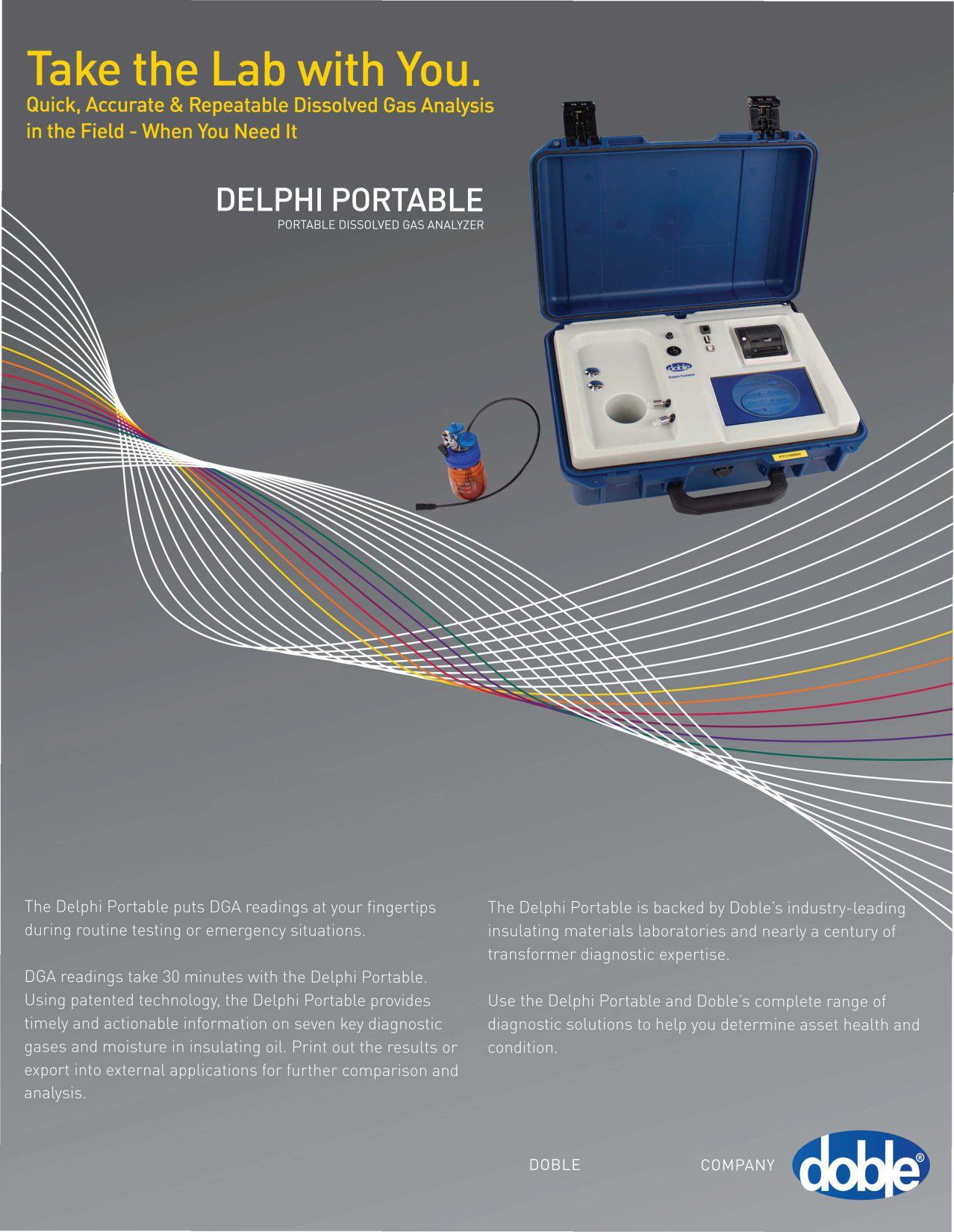
www.doble.com/DelphiPortable
 BY PAUL CHAMBERLAIN, American Electrical Testing Co., Inc.
BY PAUL CHAMBERLAIN, American Electrical Testing Co., Inc.
Workers' hands are the most commonly injured part of their bodies. Whether the hazard comes from spinning blades, pinches between two materials, heat, chemicals, or electricity, working hands are under constant attack. In most work environments, utmostcareshouldbetakentoprotectworkers' hands. Thisarticle identifies the common hazards and risks to a worker's hands and the means to mitigate injury and promote safety.
Many commonly used chemicals in the workplace can cause chronic illness through dermal absorption and may go undetected by the worker; as such, direct contact must always be avoided. Some chemicals can cause painful anddebilitatingburns on theskin thatmaytake a long time to heal. Both burns and dermal absorption can potentially result in serious or even fatal injuries. Employers and employees
ThellncsquareRleadlco!UimlfOI' cxhglovel)liCise»iocmdu:LThi. U.;u1195)'10<r9dindiQ,tionolhow -.·e.r:lletListype.ofgioFeinrelation toits;!flpiiabitlt:rrOC'"�chenUGI listed colorr�resenl!'lan cn"CRtlAtil'�fcc-both andpe�DLTheleuo-ined :lqtlatl:is(orlkgracbtiOJI..De: D CREEN:Thegl!weisvtry ..,�usuitedfor�a.ppliallon YiillJtfutc::htmic;a,l.
D YEU. W:Thegl
Figure 1 : AnsellPermeation/Degradation Resistance Guide
NOTE: This actual table is severalpages in length; more information can befoundat.· http:!!www.ansellpro.com/download!Ansell_SthEditionChemica!ResistanceGuide.pdf

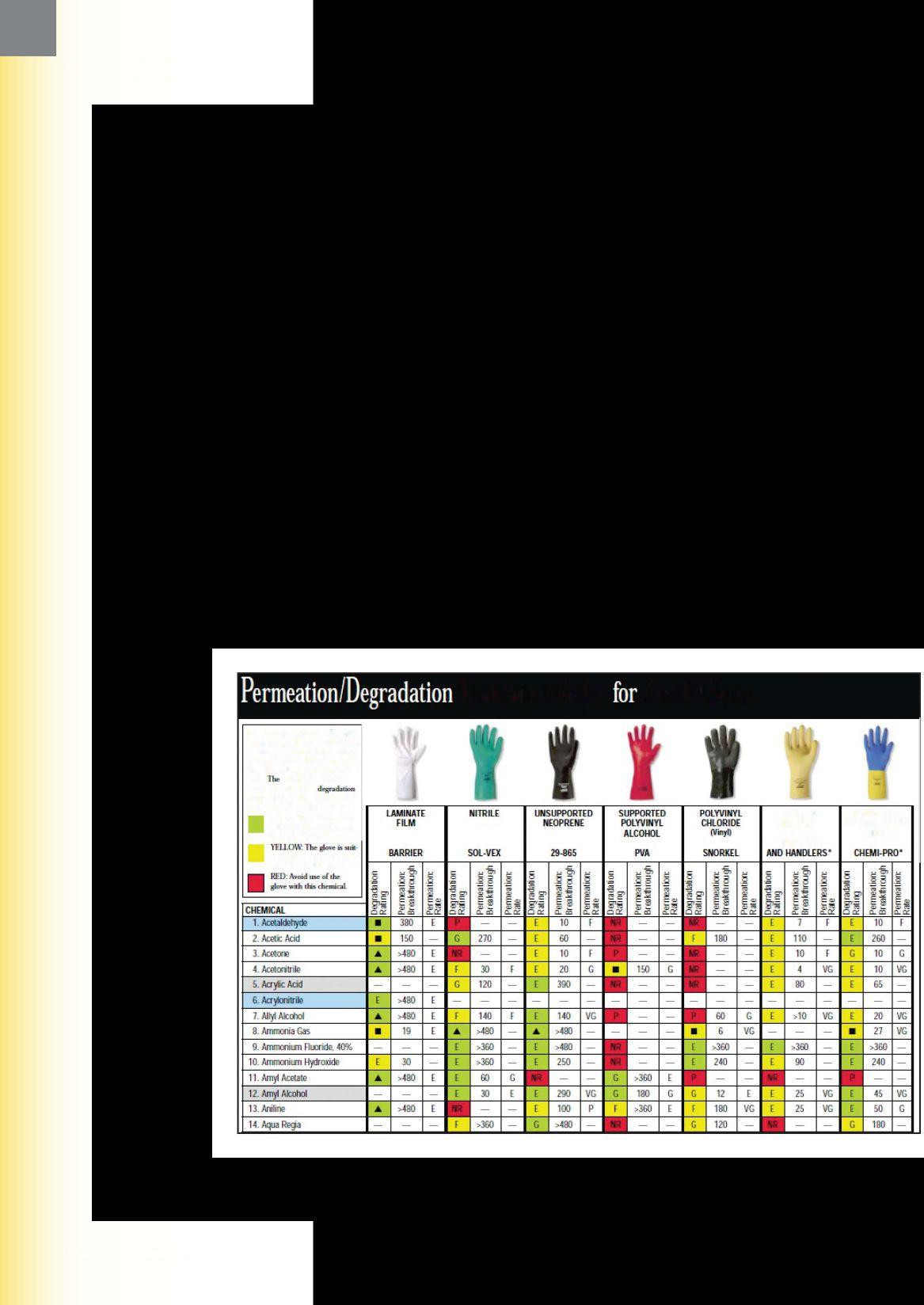

must ensure the proper use of gloves that are specific to the type ofchemical being handled.
There are many materials available for glove construction; some are better suited than others for resistance to breakthrough or permeation. Breakthrough time is determined using an ASTM standardized test for the elapsed time between initial contact of the chemical on one side of the glove material and the analytical detection of the chemical on the other side of the glove material. Ifthere is no breakthrough, this is marked as ND (none detected) for the test. These times generally reflect how long a glove can be expected to provide resistance when totally submerged in the chemical. The permeabilityofthe material, orpermeation rate, ishowlongittakesforachemicaltopassthrough the glove on a molecular level. Glove thickness can affect the permeability ofa material. Again, there is an ASTM test for this, and the glove manufacturer must rate the permeability of the glove on its fact sheet. When determining the correct glove for handling a chemical, always referto the manufacturer's fact sheet, such as the one excerpted from Ansell (See Figure 1).
Cutting a finger while removing insulation, scraping a hand on a sharp panel door edge, or slamming a finger with a tool, can be hard to avoid. Human beings are fallible; however, we can minimize the impact of these injuries by using protection like leather, cotton, or rubberized gloves. In extreme circumstances, Kevlar or metal gloves may be necessary. Leather gloves are usually the preferable means ofprotection from all ofthese injuries and are relatively inexpensive. A good rule-of-thumb is that if a tool is necessary to do the job, it is likely that gloves are also needed.
A job hazard analysis, along with good, oldfashionedcommonsense,willalsohelpdetermine if an employee could get lacerated or otherwise injured performinga task. Much like otherforms of personal protective equipment (PPE), gloves

must beinspected forwearand tear and replaced as necessary. Different work methods can also go a long way toward reducing preventable hand injuries. Instead of using a knife to strip insulation, for example, use a wire stripping tool. Use safety knives (Figure 2) to open letters and boxes instead of a razor blade or scissors. Ensuring correct guarding on tools like rotating carpenters saws or right angle grinders will also reduce the likelihood ofinjury. Inspect workers' tools regularlyto ensure that the guarding has not been removed or compromised. Removing the guard may aid in getting a job done quicker or easier, but it could cost a finger- orworse.

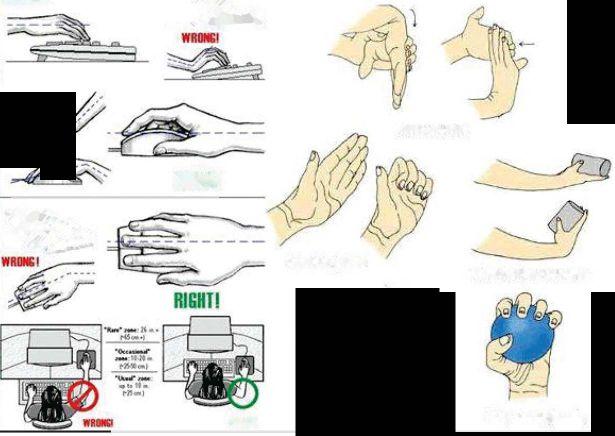
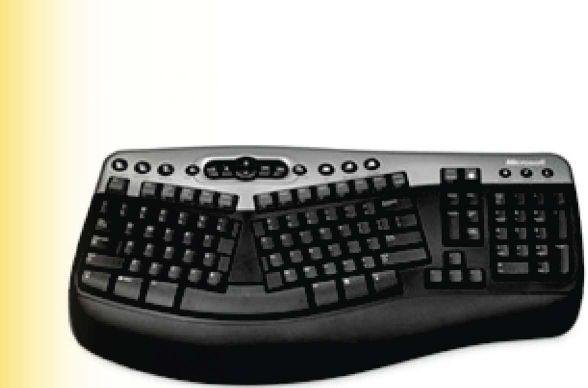


Carpal tunnel syndrome is one of the most common handinjuries in the UnitedStates. It is even harder to prevent when activites outside of theworkplacecontributeto these injuries. Other common types ofrepetitive motion injuries are tendinitis and bursitis, which are injuries to tendons and bursae, respectively. Carpal tunnel syndromeisnotanoccupationalhazardexclusive
to those using a computer; it is also a hazard to anyone who performs repetitive hand motions, mechanical gripping, small part assembly, or encountersvibration in fields such as mechanics, factory work, or an electrical trade. Education is the best method of prevention for repetitive motion injuries. To avoid these injuries, perform frequent range-of-motion exercises (Figure 3) to warm up and alleviate injury. Many tools are available that promote proper ergonomics and posture, such as a wave-style keyboard, or a track-ball mouse. Hand tools such as rightangle power drills and t-handle drivers also help prevent hand and wrist strain and proper hand positioning. Padded palms and fingers can help prevent repetitive motion injury while using vibratory tools such as a hammer drill or jig saw, or while using impact tools such as a hammer.
Additionally, it is suggested that for every hour sittingandworkingon akeyboard, take aminute ortwotogetup,movearound,andstretch. Several


manufacturers ofergonomic mice and keyboards havecompanionsoftwaretoremindtheworkerto stretchandcanevenshowtheworkermoreeffective stretchingexercisesdependingon use (SeeFigure4).
Electrical shock injuries to the hands are common in the electrical testing industry. With regard to PPE, the best prevention for this type ofshock is to wear the correct hand protection. Workers must wear voltage-rated gloves that are correctly rated for the task. The gloves must be tested in accordance with an ASTM standard to ensure they sufficiently protect the worker. See the chart (Figure 5) from Salisbury for the approved voltage levels for each glove design. The cuff length must also be adequate to protect the forearm from electric arc.
Glovesmustbere-testedtotheASTMspecification regularly. There are two OSHA standards that indicate the appropriate test intervals:
• OSHA 1910.137 (Personal Protective Equipment,ElectricalProtectiveDevices). This regulation states that gloves must be electrically tested before first issue and every six months thereafter.
• OSHA 1910.268 (Special Industries, Telecommunications). This regulation states that natural rubber insulating gloves must be electrically tested before first issue, 12 months after first issue and every nine months thereafter.
It is also required that any un-issued glove that has not been tested within 12 months is retested before issued to an employee.
The date of last inspection must be marked on the glove or tracked by another means to confirm that the expiration date has not been exceeded. OSHA regulation 1910.137(b)(2) (xii) states that the employer shall certifY that equipment has been tested in accordance with the requirements ofparagraphs (b)(2)(viii), (b) (2)(ix), and (b)(2)(xi) of this same regulation. The certification shall identifY the equipment that passed the test and the date it was tested. Individualmarkingofthe glove (i.e. equipment
identification numbers) and entering the results ofthe tests and the dates oftesting onto a tracking log is an accepted means ofmeeting this regulatory requirement.
Usersoftheprotectiveequipmentmustalsoinspect them before each use and after any action that may cause damage. This inspection does not need to be tracked, but it does need to be conducted by users to ensure their safety. The user must visuallyinspect the gloves for anyphysicaldamage like punctures, cuts, nicks, cracks, scratches, or abrasions. The user must also inspect the glove for any chemical deterioration ofthe material by looking for swelling, softness, stickiness, or hardness. Owne mayalso cause rapid deterioration of rubber goods. The glove must be inflated to no more than twice its normal size to ensure that the rubber stretches, and the glove must be inspected for breaks in the material by listening and looking forthedefect (SeeFigure6) Ifaportable inflator is not available, then the glove can be manually inflated by rolling the cufftowards the fingers and then spreading the fingers to look and listen for escaping air from holes. To ensure a thorough inspection, this test should also be repeated with the glove turned inside out. More detailed inspection guidelines and procedures can be found underASTM F1236.
With so many bones, ligaments,
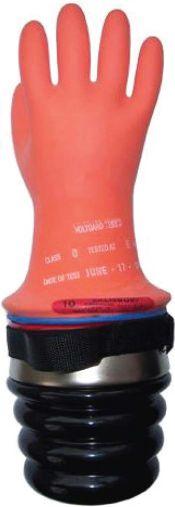
Figure 6: Salisbury Rubber Glove lnjlatore tendons, and joints keeping hands and wrists working, there is ample opportunity for injury intheworkplaceandduringeverydayactivities. Correct protection, training, equipment, and techniques go a long way to protect these important assets.
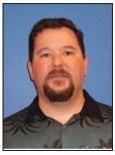
Paul Chamberlain has served as safety manager for American Electrical Testing CompanyInc. since2009. Hehasbeeninthe safetyfieldforthepast 12years, workingfor variouscompaniesandinvariousindustries. Paul received a bachelor ofscience degree fromMassachusettsMaritimeAcademy.

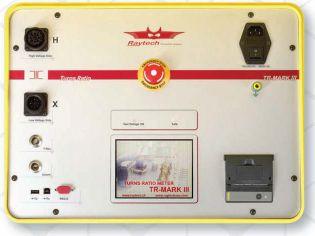
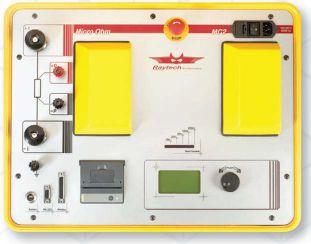



It' s a powe rful stateme nt. Yo umade an inve s tme nt in yo urte s t eq ui pme nt, and yo uwa nt to know that it will be in se r vi ce fo ra lo ng me.
Raytech 's eq uipme nt made fo rthe ha rs h environme nt s of the te s ti ng industry. That' s why 99% of the eq uipme nt sold ove rour18 yea rs in busines s still in se r vi ce today, and how we ca n offe ra 5-year standa rd wa rra ntyat noaddi tio nal charge.
Raytechstands behi nd it s hi ghquali ty meas uri ng and te s ti ng eq ui pme nt, developed and prod uced fo rthe inte rnatio nal powe rindustry.
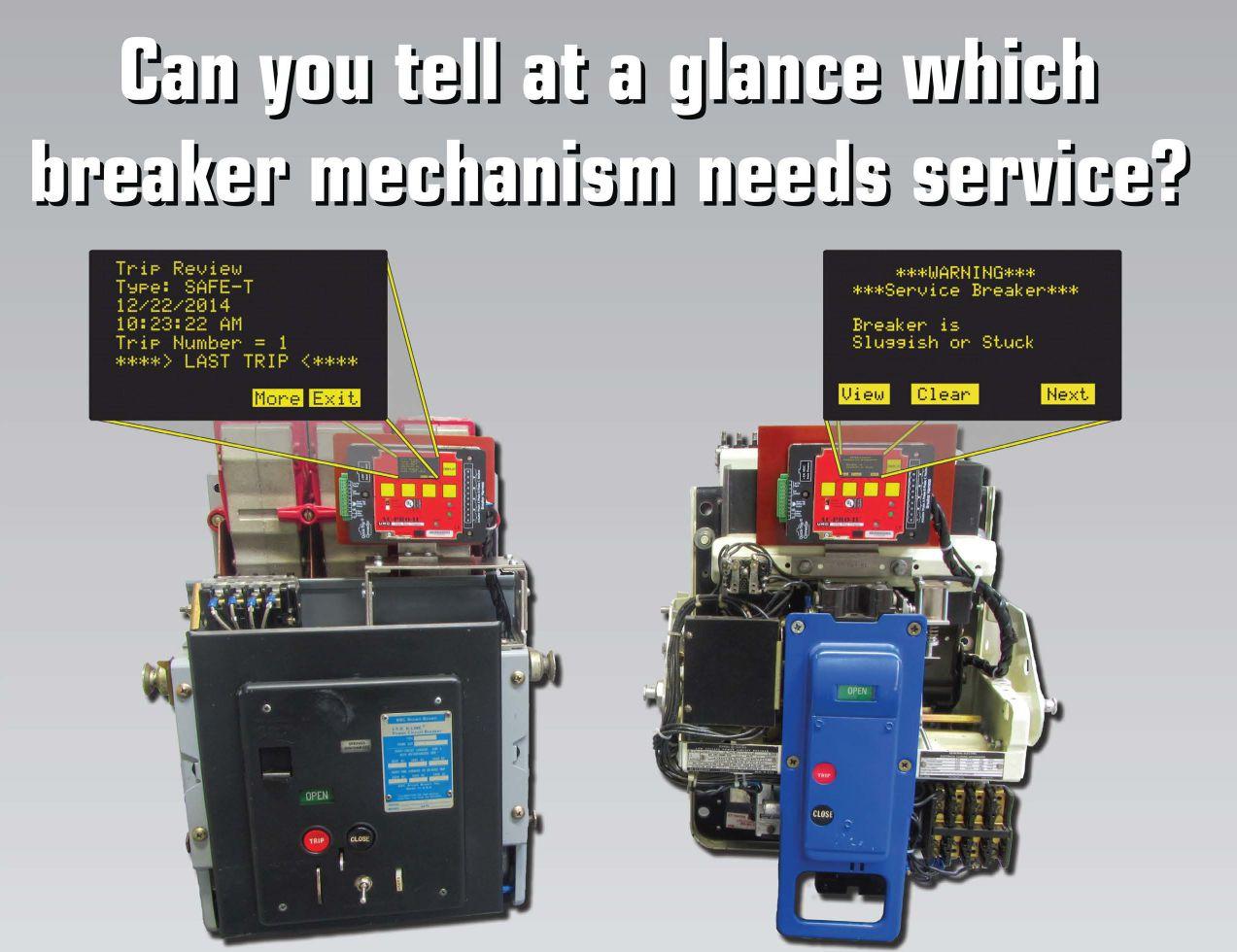
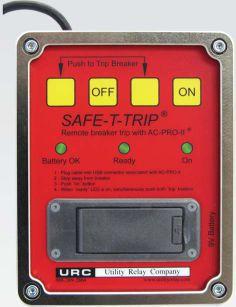




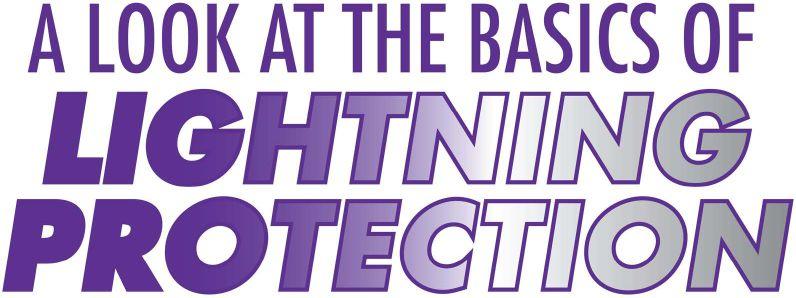 BY JEFF JOWETT, Megger
BY JEFF JOWETT, Megger
Alightningstrokecanbeconsideredahugeelectricsparktraveling between clouds or cloud to earth. With such an uncontrolled phenomenon, estimates are no more than just that, but 30 to 50 million volts and 18,000 amperes are reliable parameters. The stroke is approximately 90 percent negatively charged. Protection against such an awesome force is a tall order, but nonethelessachievable. Thedemandisrigorous, includingairand ground terminals, grounding conductors and interconnecting conductors, surge suppression devices, and appropriate fittings.
The process oflightning protection consists of intercepting the discharge, safely conducting the lightning currents while minimizing the effects, and dissipating the currents into the earth. Various systems have been devised to address these demanding requirements. Some ofthese involve advanced technologies, such as theearlystreamerairterminalanddissipatingair terminal. Some commentary remains that they are unproven technologies; furthermore, they are not recognized by standards organizations like UL and NFPA. The most widely-accepted protection method continues to be the Franklin air terminal.
Building a protective system begins with risk assessment, including the type ofstructure to be protected and its construction, location, topography, andcontents.Amajorconsideration is the lightning frequency in the area, which varies drastically around the country. These factors are described by six indices and can be

assigned numbers indicating relative degree. Type of structure begins with small singlefamily residences and proceeds through various sizes of commercial buildings, from sensitive structures such as smoke stacks and towers, to hospitals, to buildings housing or manufacturing volatile materials. Construction takes into account both frame and roofwhile assessing them with respect to use of wood, concrete, structural steel, and other materials. Where metallic structure is involved, electrical continuity is a further important consideration.
Location involves surrounding structures and terrain, with both the square footage and the height above surrounding structures and landscape being assessed. The highest riskfactor hereisheightextendingmorethan 50 feetabove adjacent structures and terrain. Topography is assessed in four categories: flat, hillside, hilltop, and mountaintop. Contents include
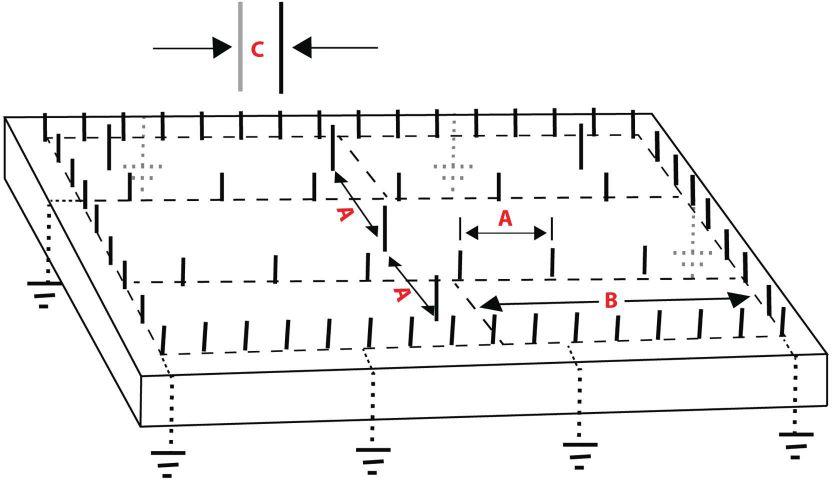
A: 50 ft (15 m) maximum spacing between air terminals
8: 150ft (45 m) maximum length ofcross run conductor permitted without a connection from the cross run conductor to the main perimeter or down conductor
C: 20 ft (6 m) or 25 ft (7.6 m) maximum spacings between air terminals along edges
Figure 1: Air terminals must be correctly spaced toprovide completeprotection.
furnishings, combustible and non-combustible materials, population of occupants, livestock, and equipment. This category extends to fine points such as historical nature ofmaterials and mobility ofpersonnel (e.g. bedridden)
Last assessed is lightning frequency, known as isokeraunic level. This is the number of lightning strokes per unit time and is assigned a rating from 100 in much ofcentral and south Florida, especiallythewestern side, diminishing steadilyproceeding north and west, with some uptick in activity in central Colorado and western Montana before dropping along the Pacific coast to a zero to 10 rating. Once these six factors have been assessed, the risk factor is calculated according to:
R =(A+ B + C + D + E)/F
whereFisanindexnumberinverselyproportional to the isokeraunic level. Zero to two is considered light risk, with anything over seven

considered severe. Being able to objectively assign a number to risk helps provide a basis for evaluating the next step, which is to design a protective system.
Applicable standards are NFPA 70 and 780, andUL 96 and 96A. NFPA 780 is the standard for installation oflightning protection systems. It is the most active standard but not an enforced code. UL 96A is also an installation standard, while 96 covers the manufacture of materials. Independent, third-party inspection is described and outlined in 96A. NFPA 70 National Electrical Code includes lightning protection systems and separate but connected grounding electrodes. NFPA 780 describes strike termination devices (lightning rods), the initial contact point at which the lightning stroke is to be deflected into the protective system and away from where damage could occur. These terminals provide the initial line of defense, but they are not required for exposed

metal structural parts of at least 3/16 inch thickness, which can be connected directly to the protective system. For redundant safety, at least two current paths must be provided. The height ofthe air terminal should be at least 10 inches above the protected structure. Ifover 24 inches, the air terminal must also be supported by braces permanently and rigidly attached to the building and at a point not less than onehalfthe height.
Positioning of the devices is also critical and prescribed. On pitched roofs, devices are to be placedwithin twofeetofridge ends. On gently sloping or flat roofs, they are placed at edges and outside corners. Density of placement is not to exceed 20 feet, but for devices 24 inches and above in height, placement can be extended to not more than 25 feet. Flat or gently sloping roofs that exceed 50 feet in length or width shall have additional air terminals spaced not to exceed 50 feet on flat and gently sloping areas (See Figure 1).
There are also standards which describe allowable bend radii for conductors (See Figure 2). Acommon, andpotentially disastrous, error in lightning protection design is to randomly string conductors together and let them fall where they may. For effective lightning protection, the demands are more rigorous. Lightning does not like to travel a curved path and will punch through insulation at rightangle bends. Accordingly, no conductor bend shall have a radius less than eight inches or
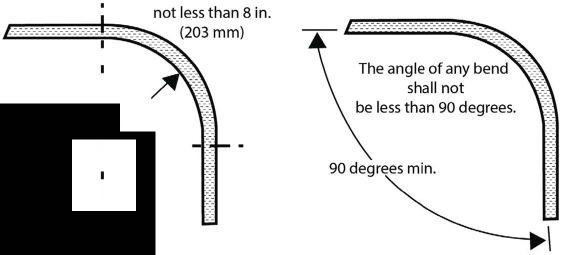
form an included angle less than 90 degrees. The down conductor (grounding conductor) terminates at a grounding electrode (ground rod) Depending on local soil conditions, this may be a more elaborate system than a single rod. Its description in terms ofsize, depth, and number of rods is covered by 2014 Edition of the NFPA 780, 4.13.1 through 4.13.8. If it is a dedicated electrode, it should be paralleled with the electrical system ground to prevent voltage gradients that could draw current into building wiring and equipment.
A lightning protection system creates what is called a zone ofprotection (defined in NFPA 780 3.3.45 as the space adjacent to a lightning protection system that is substantially immune to direct lightning flashes) Its breadth can be determined by the rolling sphere method. Described in NFPA 780 Annex A.4.8.3, the zone of protection is the space not intruded by a rolling sphere with a radius of 150 feet. Imagine this as a ball tangent to earth and resting against the air termination. All space in the vertical plane between the two contact points (earth and air terminal) and under the sphere define the zone ofprotection. Similarly, ifthe rollingsphere were resting on two or more strike terminations, the vertical plane under the sphere and between those points defines the zone of protection. The rolling sphere is defined by the formula:
d = horizontal distance
h1 = height ofhigher roof
h2 = height oflower roof(top ofobject)
Use of the formula is based on a 150-foot striking distance. The sphere must be tangent to the lower roof, or in contact with earth and in contact with the vertical side of the higher structure. The difference in height between the upper and lower roofor earth must be no more than 150 feet. As an example, imagine a main building 120 feet in height with an annex 50 feet high and extending 30 feet:

d = -Y[120(300-120)] - -Y[50(300-50)]
d = -Y21,600 - -Y12,500
d = 146.97- 11 1.8
d= 35.17
The calculated distance extends beyond the actual size ofthe structure, and therefore, itfalls within the zone ofprotection (See Figure 3).
Materially, then, a lightning protection system is made up ofterminations in air and ground, conductors, connectors, and fittings. It may also have a surge suppression device. The air terminations intercept the lightning discharge, direct the currents into a safe path to ground, and provide zones of protection. The conductors concentrate the lightning current in a safe path away from equipment and personnel. They must be low impedance paths, and having multiple parallel paths enhances their effectiveness. They can be of copper or aluminum, and some offer UL listing. The ground termination dissipates the current into the earth. It must be of low resistance and not lead to dangerous step potentials in the surrounding area.
Grounding electrodes rangein complexityfrom the single ground rod through plates, meshes, and large grids ofinterconnected rods. Theyall do essentially the same thing, just providing larger and larger amounts ofinterface with the soil to lower resistance and overcome difficult soil conditions. Ufer grounds are concrete encased electrodes using rebar in foundations. They should not be relied upon solely because lightning dissipation can damage concrete foundations. Poor local soil conditions can be countered by the use ofenhanced ground rods, where a bore hole is drilled and backfilled with some form of conductive material around the ground rod. Not to be overlooked are various connectors and fittings that serve to bond conductors to terminals and buildingstructure. These must be tight and well maintained to alleviate potential between metal bodies and prevent flashover. Because of the enormity of lightning strokes, both in magnitude and
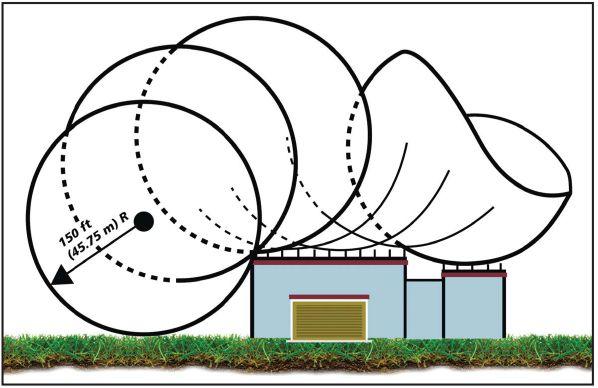
variance, no protection system can offer a 100 percent guarantee. But, by following the standards and observing established good practices, the chance of damage can be more like, "getting struck by lightning," as the expression goes. Upcoming articles will examine additional steps in more detail, such as surge suppression and other measures for assuring redundant safety.
Sourceofinforamtion:HargerLightning&Grounding. Grayslake,IL.
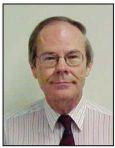
Jeffrey R. Jowett is a Senior Applicatiom Engineer for Megger in Valley Forge, Pennsylvania, serving the manufacturing lines of Biddle, Megger, and multiAmp for electrical test and measurement imtrumentation. He holds a BS in Biology and Chemistry ftom Ursinus College. He was employed for 22 years with james G. Biddle Co. which became Biddle Imtruments and isnowMegger.
Use your Windows 7-compatible tablet or PC with the CBAnalyzerTM system to testyourcircuitbreakersinplace. Operate the breaker in any sequence you desire: for example, trip - charge - close. The vibration data created by the breaker operation is captured and analyzed, and the result is instantly returned to your device. The data is saved in your online account for eq uipment management, trending, and fu rther analysis options, including specialized issue diagnosis.
• WORKSONAWINDOWS7-COMPATIBLETABLET,PC,ANDiPHONE
• INCREASESIN-SERVICETESTINGFREQUENCY, BOOSTSUPTIME
• EVALUATESOVERALLMECHANICALCONDITION
• TESTSALLTYPESAND RATINGSOFBREAKERS
• DETERMINESBREAKEROPENINGAND CLOSINGTIMES
• PROVIDESFIRSTTRIPDATA


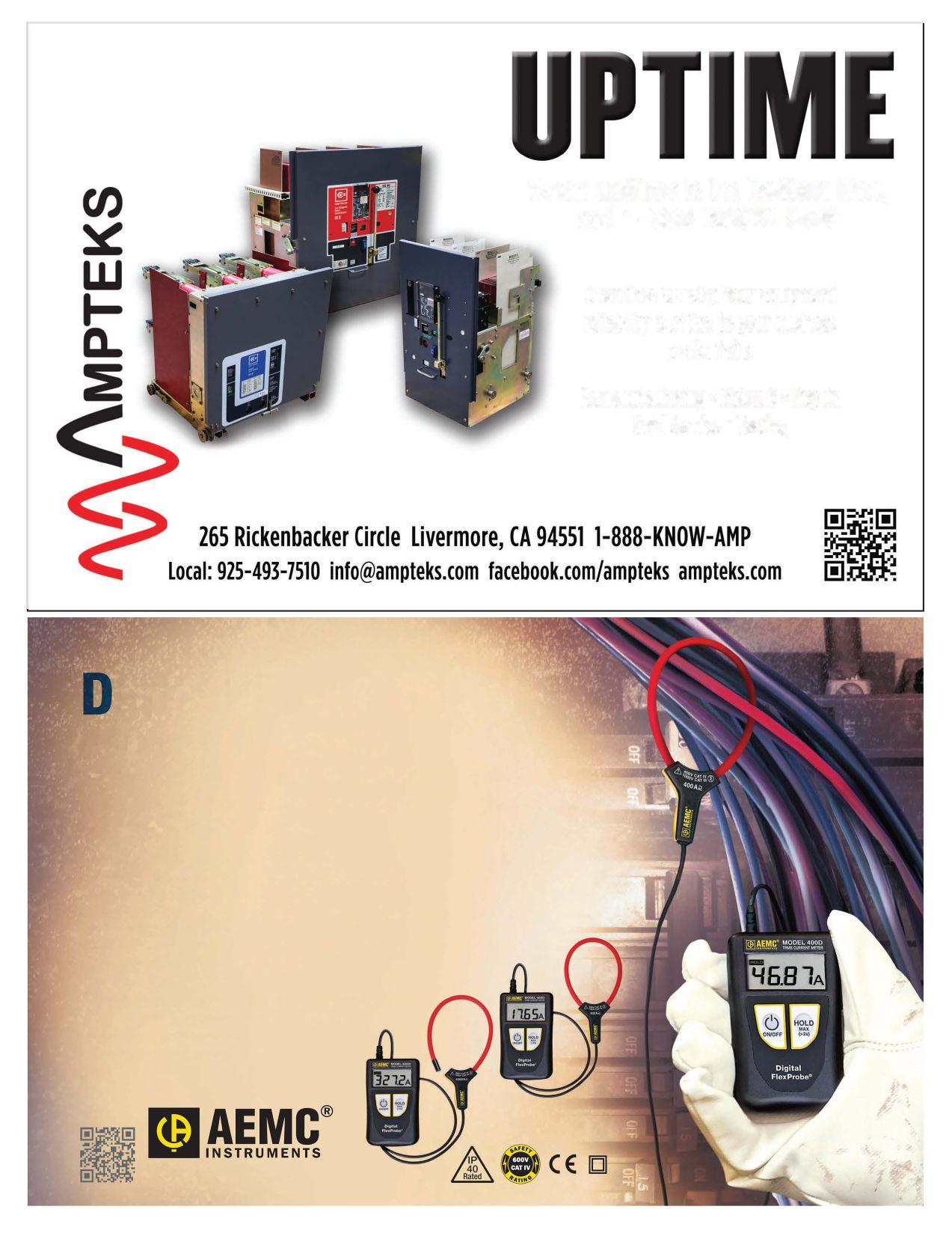
• Flexible current sensor with direct digital readout
• Measure from 20 milliamps to 4000 Amps (model dependent)
• Resolution to 1 milliamp (sensor dependent)
• Max hold function keeps track of the highest reading during the measurement -a low cost simple data logging solution
• Hold function - retains the measurement reading at the time the button is pressed
• Available with 6", 10" or 14" sensor lengths
• Safety rated to 600V CAT IV
• Up to 70 hours of continuous operation from two AAA batteries
• Easy one hand operation even with a gloved hand
• Bandwidth from 10Hz to 3kHz
• Double insulated case provides an additional safety level


Diane Wjohnson-Hageman
RESA PICKEL, PRITService, Inc. AND KRISTEN WICKS, NETA
The
life ofone we loved is never lost.
Its influence goes through every life it evertouched.
Diane W. Johnson-Hageman, a long-time NETA member and former Man of the Year, passed away on February 17, 2015, after a short illness. Diane is lovinglyrememberedand greatly missed byheradoring husband and best friend, Rod; her three children, Resa, Leeanne, and Michael; her sister, Linda; sixteen grandchildren; and numerous adoring friends Diane was loved by all for her constant kindness, great generosity, and unfailing grace and elegance.
RodandDiane Working Side-By-Side at NETA SRCMeeting
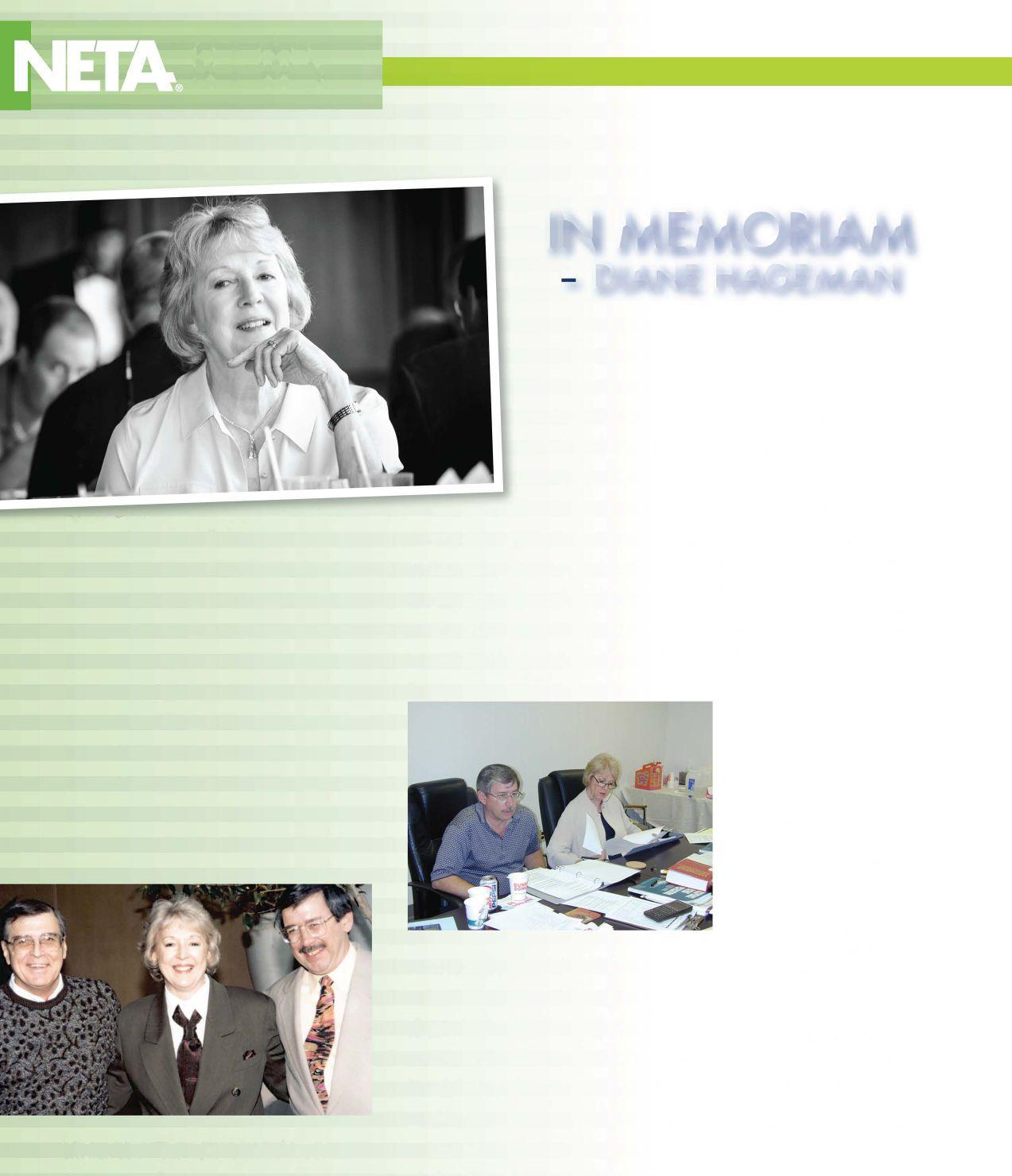
Diane IsAllSmiles the Day She Receives NETA's Man ofthe YearAward in 1993
Diane spent her lifetime workinginfieldstraditionally dominated by men and was still working at the time of her death. Diane and her husband, Rod, have owned PRIT Service, Inc., Minooka, Illinois, an electrical power testing company servicing industrial and power-producing companies throughout the Midwest for more than thirty years. It was an ideal partnership that allowed Rod to focus on the engineering and testing aspects of the business while Diane lent her considerable business acumen to the internal day-to-day operations of the business which resulted in a successful company that enjoyed continuous growth over the years. She was a long-time member and volunteer for NETA, where she was a member of the NETA Standards Review Council, editor of NETA World Journal, and became the only woman to be named NETA's Man ofthe Year in 1993.


Prior to moving to Illinois, Diane had lived throughout the southern United States. She worked at Cape Canaveral during the Mercury Space Program from 1958 to 1961, followed by a three-year engagement at Oak Ridge National Laboratory from 1961 to 1965. In the late 1960's, she lived in Paramaribo, Suriname, where she was generally believed to have the first fully airconditioned house in the country.
Diane was born in Jefferson City, Tennessee, and spent her childhood in east Tennessee. She was a classically trained Contralto and attended East Tennessee State University on a music scholarship. Throughout her life she sang in church and community choirs and was often called upon to sing the Contralto solos of the Messiah in those communities where she lived. She was an avid gardener and loved to travel, especially with friends and family. She could often be found in the company of gardeners at resorts and hotels and was known to bring home "gifted" plants for her home garden.
Diane learned to embroider at an early age and became an accomplished seamstress,
creating both beautiful one-of-a-kind clothing and lovely pieces of needlework. Ifsomething didn't look right, she would pull out the stitches and do it over until it was perfect. She loved to cook and the recipes for her sumptuous holidaydishes were in high demand: horseradishcarrots,shoe peg corn salad, and homemade cranberry
relish with walnuts being some of her favorites. Few people knew that she spent hours perusing gourmet cooking magazines for those perfect recipes or that she practiced them in advance to make sure theywere ready
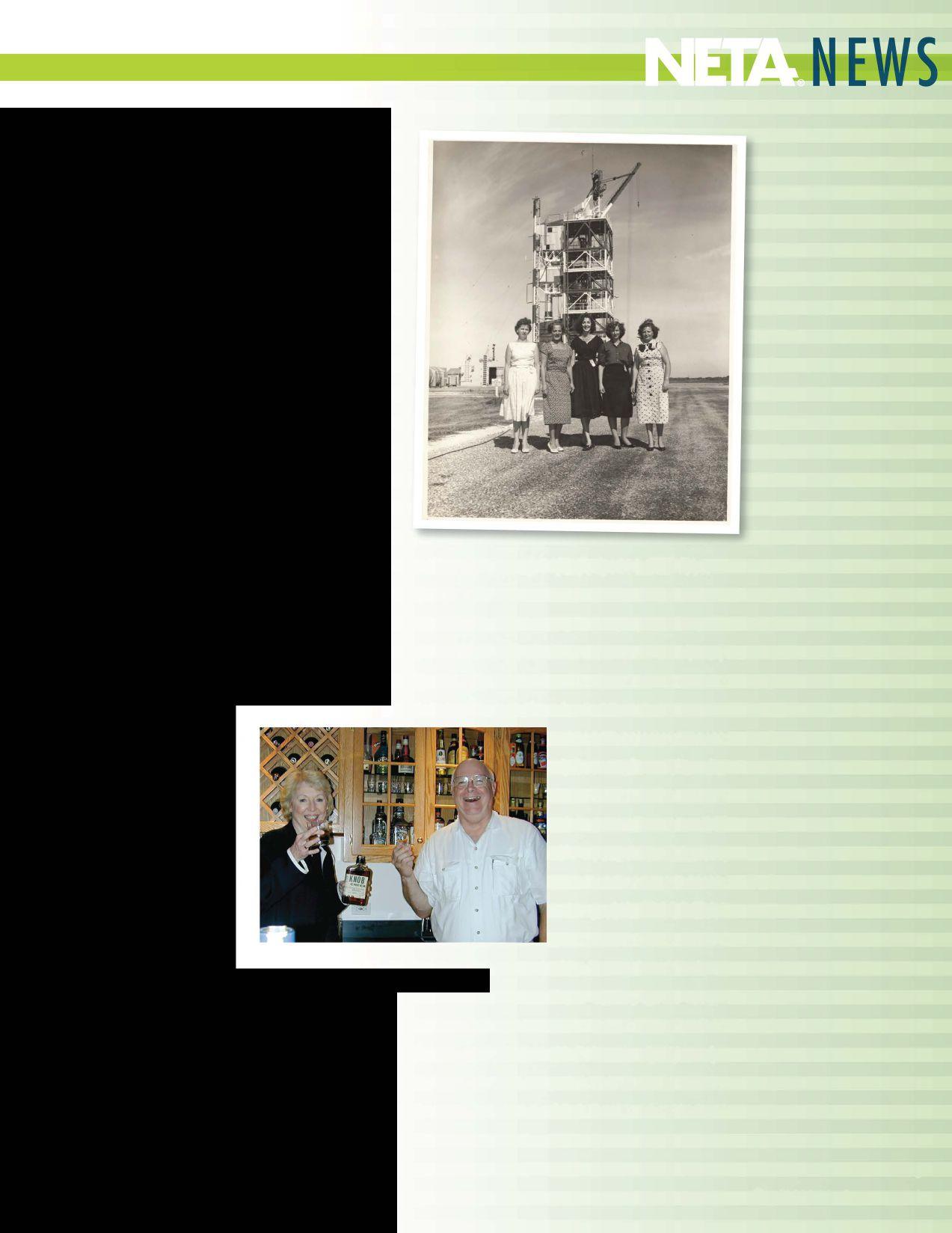
to share. She truly believed that anything worth doing was worth doing well, and she applied that beliefand her exacting attention to detail to every aspect ofher life.
Diane possessed grace and poise that are seldom seen. She was a woman of great moral fiber and gave generously when she saw others in need. She was the type of person young professionals aspire to become: intelligent, assertive, driven, strongwilled, hard-working, and well-respected. She is what every woman
hopes to be: beautiful, graceful, charming, funny, and strong as steel to the core. She lived her life to the hilt every day and put the old adage "early to bed and early to rise makes a man healthy, wealthy, and wise" to
Diane (center) Pictured with Her Coworkers at Cape CanaveralDuring the Mercury Space Program Periodthe test, enjoying a nightcap with the best of them and rising with the sun the next day to get back to work. She was a magical combination of Southern Belle and a shot of whiskey. Even her handwriting had a Southern accent; you could hear it in the gently sloping corrections she made with her redball-pointpenin themarginsoftheNETA standards or articles for NETAWorld, always there in the background softening the blow
of a missed comma or the incorrect use of "proper" instead of cc " correct.
Although Diane took both her work and hobbies seriously, making time to enjoy life and have fun with those who she held dear was especially important. While she worked hard for everything she got, she considered herself an extremely lucky woman and frequently said that Rod was "the best thing that ever happened to me." She loved him dearly and
considered him to be her best friend, never tiring of his companionship whether it be while working, traveling with friends, or simply hanging out at home. She delighted in the accomplishments offamily and friends and took great pleasure in sharing their successes with others. She frequently shared these stories while hosting gatherings in the
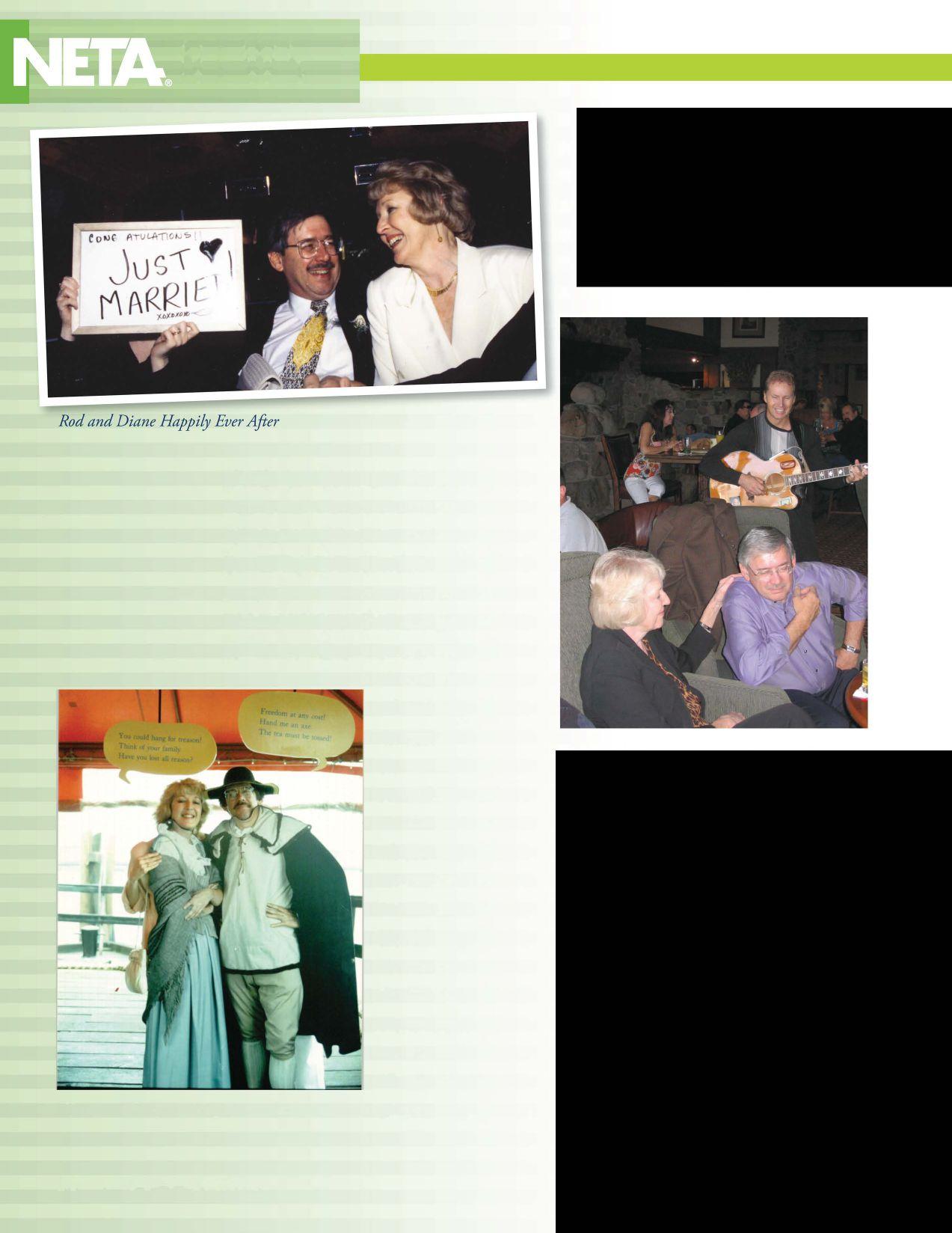
beautifully landscaped garden she and Rod created at their home, a magical place where friends were always welcome. No one who knew her could fail to notice the way she tilted her head back and lent her melodic voice to the gales of laughter which were never in short supply when she was with her friends.
One day, those ofus who know and love her will find ourselves walking through a gate into a beautiful spring garden. And there, cool as a cucumber in her chic and breezy clothes, her hair perfectly coiffed, with
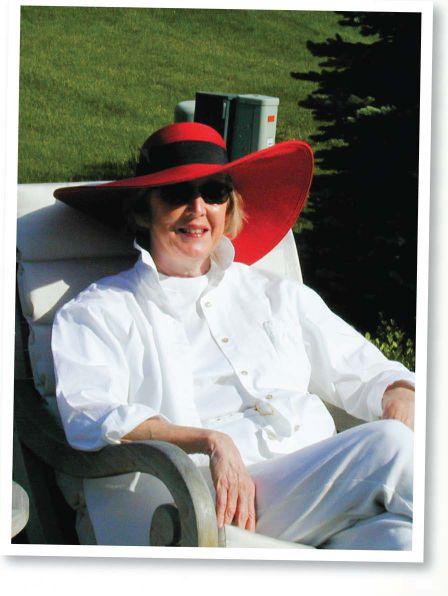
Diane in Her Garden
sunglasses donned and diamonds sparkling subtly in the afternoon sun, a glass ofbuttery chardonnay perspiring slowly in her graceful hand, will be Diane. She'll look up, smile sweetly, and ask in her lilting East Tennessee accent, "What in the hell tookyou slowpokes so long?"
While I know that Diane wouldn't want us to rush through the rest of our journeys to reach that garden, I know for certain that she will welcome us with open arms when the time comes, and we'd better have some grand stories and adventures to share with her when we get there.
Ifthereevercomesa daywhen wecan'tbe together, keep mein yourheart,I'llstay thereforever.
- Winnie the Pooh
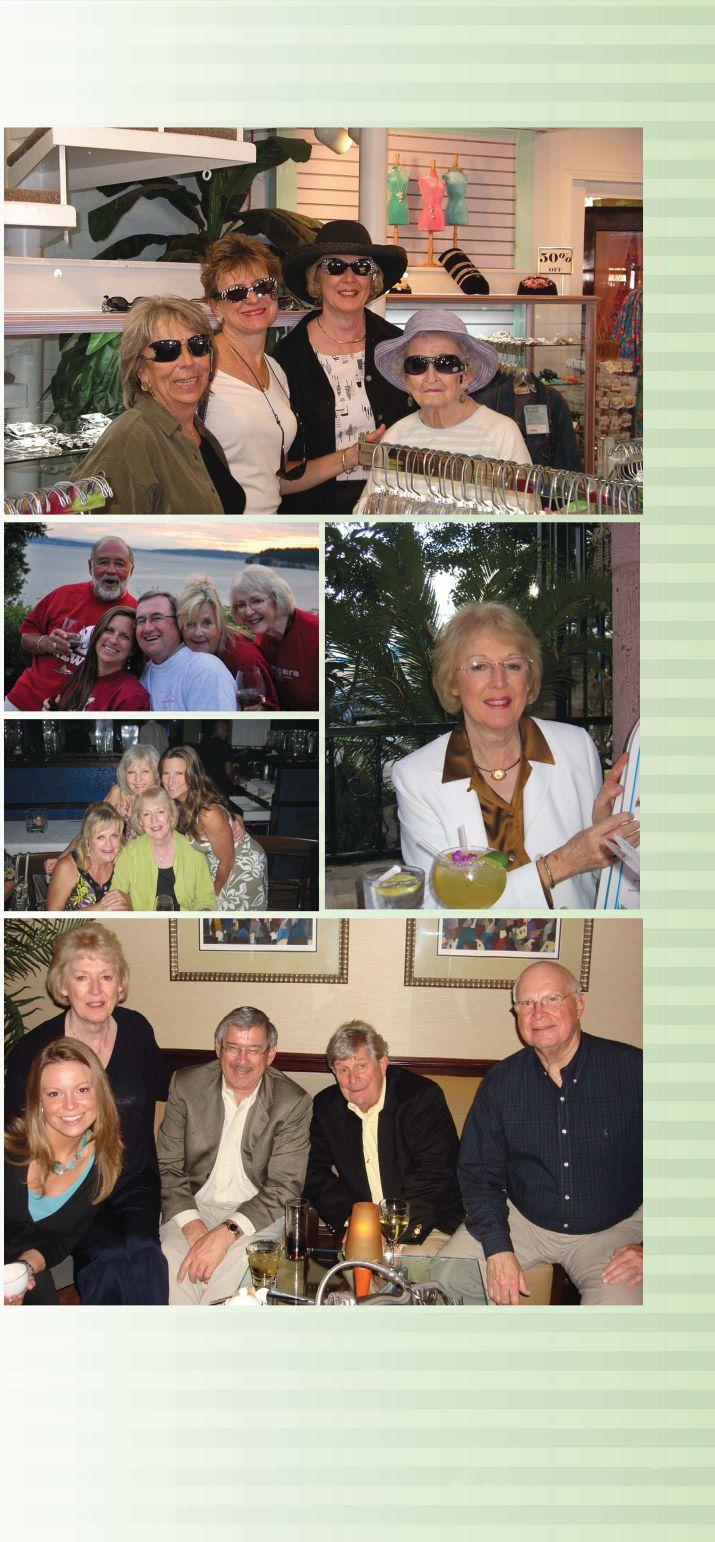

Ideal for testing thermal, magnetic, and solid state relays, molded case circuit breakers and ground fault trip devices, plus other applications requiring a high current source.

Taiwan
+886.2.2835.9738 info@phenixasia.com
Switzerland
+41.61.383.2770 info@phenixsystems.com
35+ Years
Experience
c 150�9001
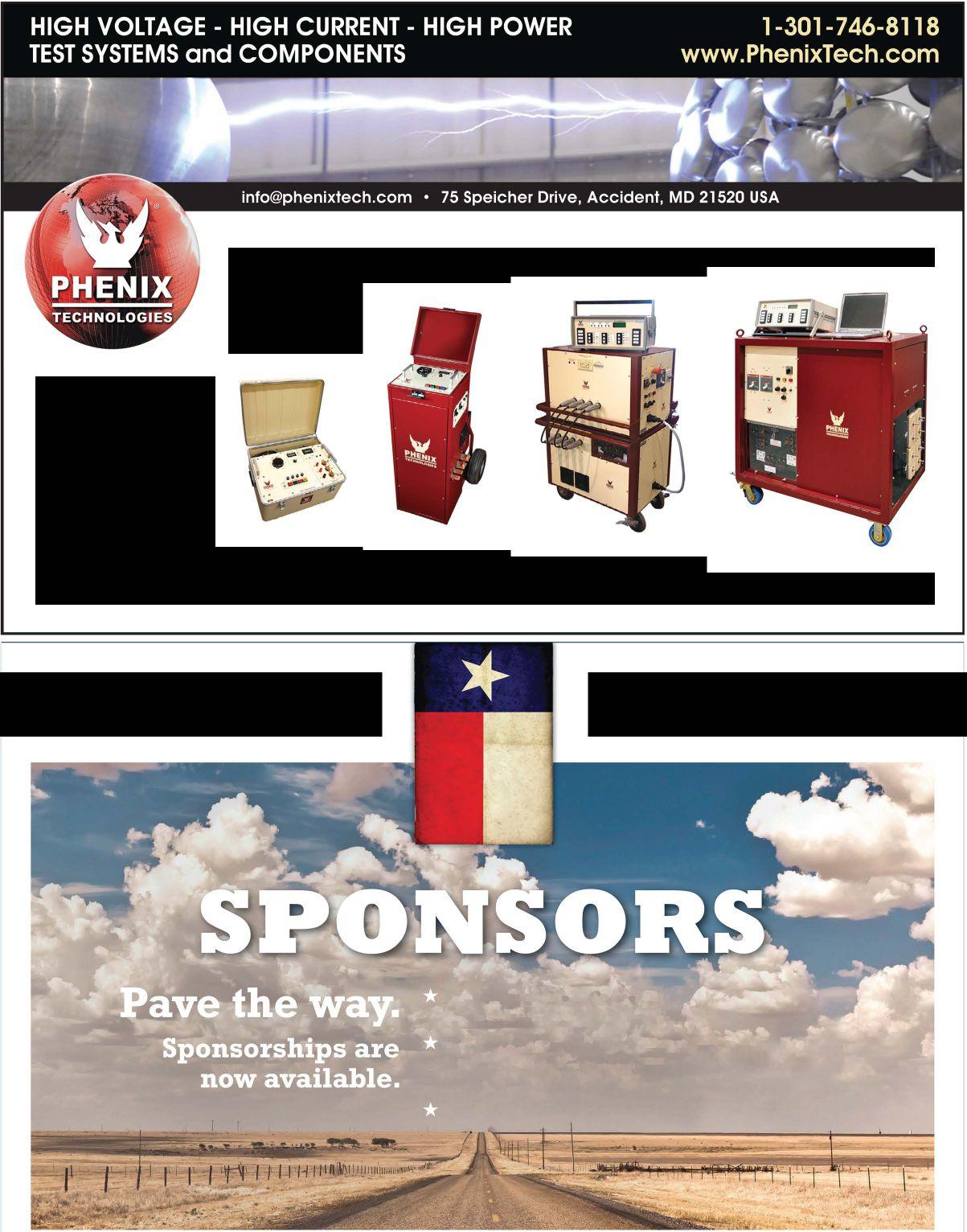

> Made for field testing. Models up to 75,000 Amps.
> Features: Proven duty cycle Auto-jog and current-hold capabilities.
> Mobile units offer: Manual or computer operation with numerous automated modes. Precise, repeatable current pulses, minimal distortion. Current wave form display with WIN HC.
, TEXAS OMNI FORT WORTH HOTEL MARCH 14-18, 2016 www.powertest.org
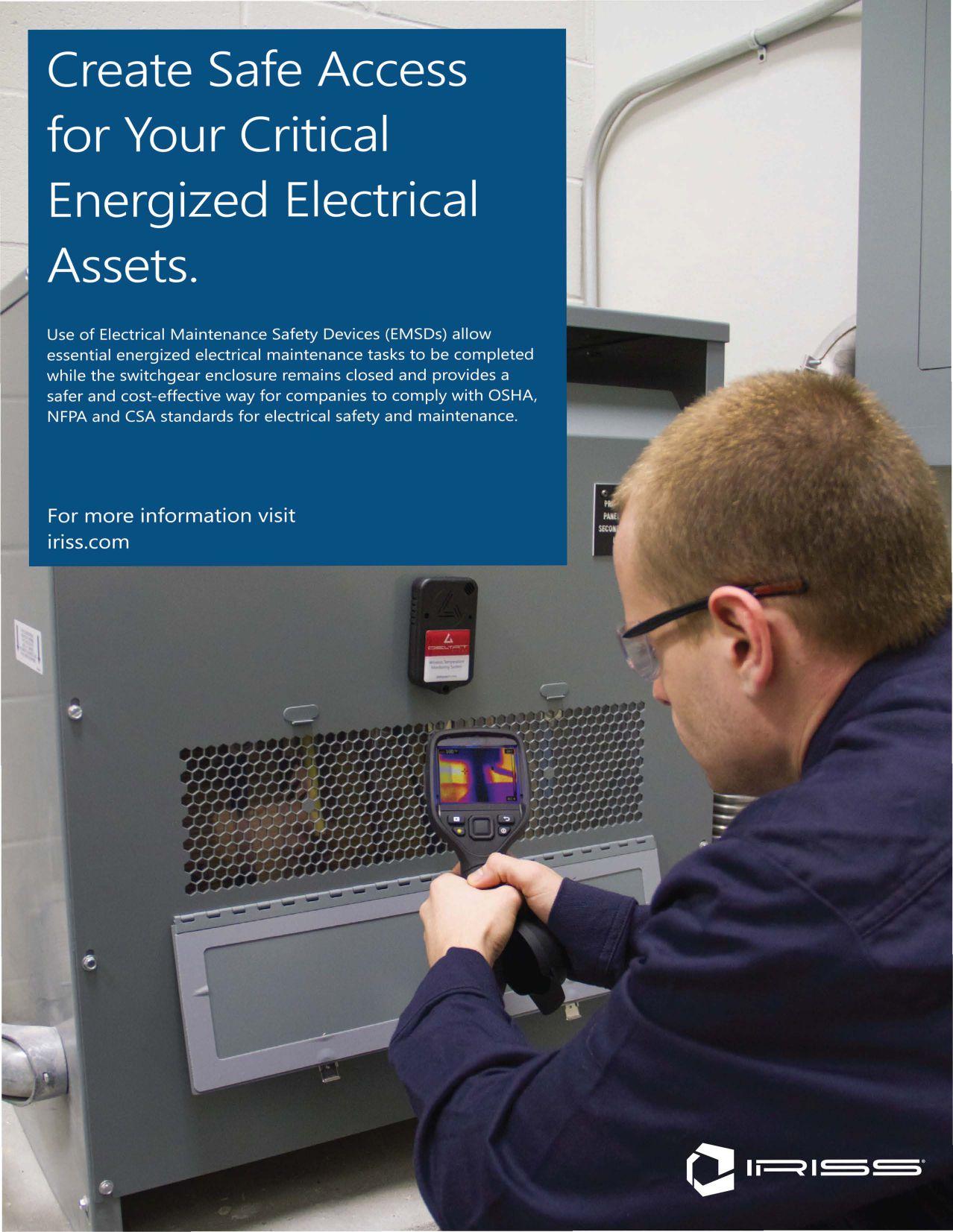
Sentinel Power Services, Inc. was created in December 1998 as a breaker repairshop for industrialclients in the greater Tulsa, Oklahoma area. During 2002, Sentinel Power Services, Inc. added capabilities such as electrical equipment testing, electrical commissioning, troubleshooting, and large motor expertise that transitioned it into being a solution provider, based on client needs. More capabilitieswereadded in 2008 when Sentinel began toperformpowersystemstudies.
As client needs continued to evolve, in 2012 Sentinel Power Services, Inc. added full engineering package capabilities for electrical, instrumentation, and controls, as well as continued to expand service solution offerings.
These expanded services include VLF/Tan-Delta cable testing, partial discharge testing/analysis, first breaker timing, and motor winding diagnostic testing.
Sentinel Power Services provides clients with an electrical preventative maintenance knowledge base and experienced power system design engineers to improve
tem reliabilityandsafety.
Sentinel Power Services, Inc. has offices located in Tulsa, Oklahoma; Russellville, Arkansas; and Lake Charles, Louisiana and holds engineering firm registrations in multiple states. Our NETA accreditation is part ofour commitment tobringingclientsaddedvalue.
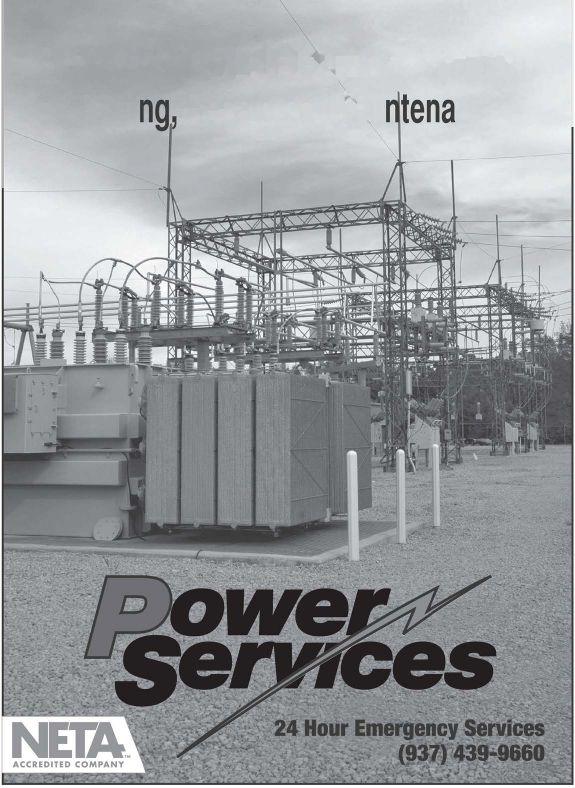
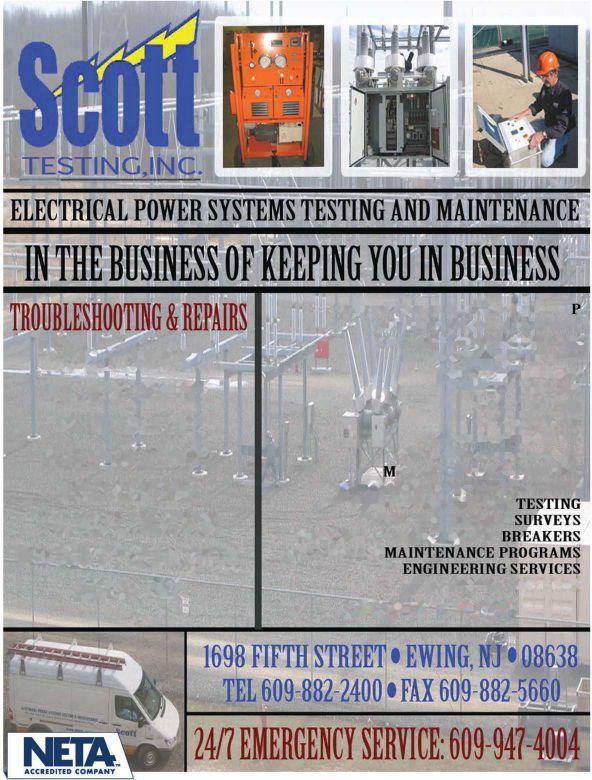


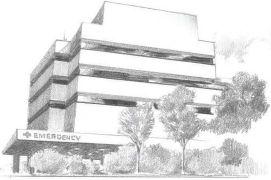
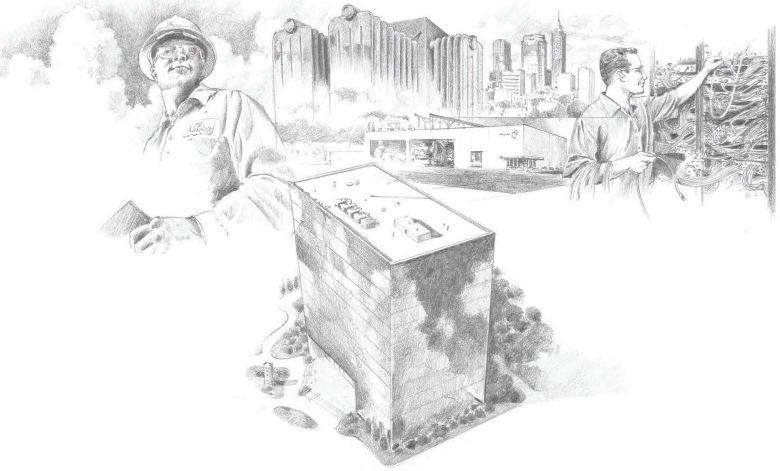



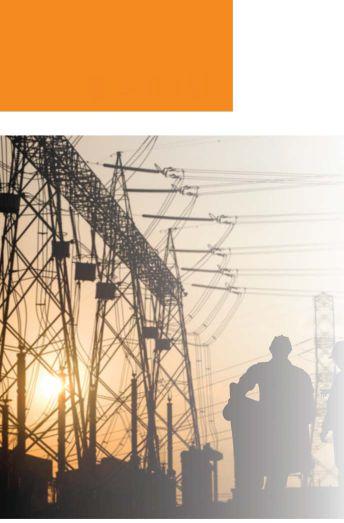

"I'm concerned that we are toofocused on compliance rather than thinking and doing therightthing." These are words spoken by an electric utility executive at the inaugural Modern Solutions Power System Conference sponsored by Schweitzer Engineering Laboratories, Inc. in Chicago in June 2012. As one looked across the ballroom, heads nodded in agreement among the group of several hundred conference goers. A lively discussion led to a consensus: The often weak relationship between compliance activities and reliability is a problem facing not only utilities, but industryas well, and it does not appear to begettingbetter.
One year later, the conference reassembled in Chicago. One of the half-day panel sessions addressedthequestionattheheartoftheissue:How can we improve reliability beyond compliance? Panelists from the aviation, petrochemical, and electric utility industries, along with protection and control system equipment manufacturers, participatedinafour-hoursessiontodiscoversolutions.
Clifton Ericson, an author and a senior system safety engineer from URS Corporation, discussed the relationship between safety and reliability. (Figure 1) Ericsonsaidthatstandardsarebeneficial
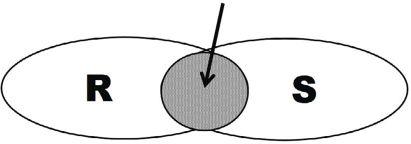
and necessary, but they are not enough. "Things fail. Thingswearout. Humanserr. Designscontain flaws. A system safety program is needed." He used the example ofa common-mode failure that caused three separate hydraulic lines to fail on UnitedAirlines Flight 232 in 1989. The hydraulic lines were on independent right-of-ways except for a short common path, which is where the failure occurred. "Reliability only considered the three redundant hydraulic lines. Safety is the missing linkin reliability," saidEricson.
The next speaker, Jerry Pittman, technology advisor for electrical systems for Valero, spoke of the company-wide changes that resulted in the organization's improvement from third quartile to first quartile according to Solomon availability metrics. The vision, Pittman said, was to "instill a culture of risk-based process safety and reliability at every refinery to push beyond regulatory compliance to operational excellence."
According to Pittman, Valero found that capital investment was not the primary means for better reliability. Rather, improved reliability was fundamentally achieved through improved work processes. Pittman said, "Unplanned outage costs (over a period of several years) exceeded $1.9 billion, and we found 87 percent of those were preventable through reliability programs." The maintenance plan Valero implemented has borne fruit. Besides improved metrics, "we have much better participation and buy-in from the field," Pittman said. (See Figure 2)


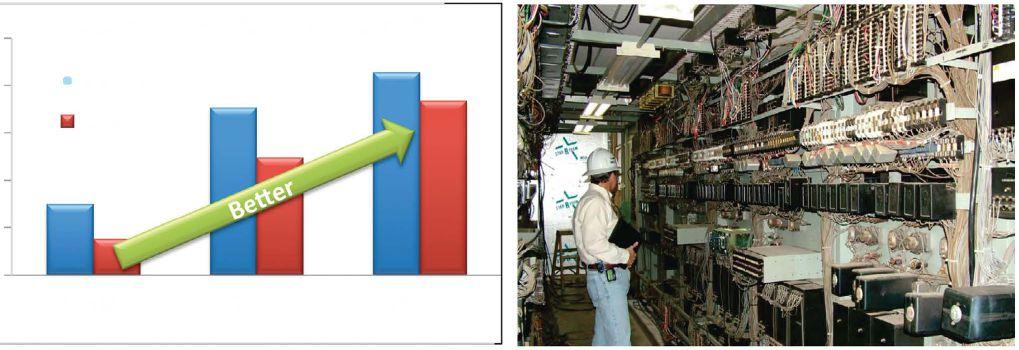
*ESARN - Electrical Safety andReliability Index
*MAIN- Materials &Inspection NetworkAssessment
ThethirdspeakerwasJohnBettler,technicalleadfor therelaysectionofCornEdinChicago,whotalked about the quality process for today's protection engineer. Developing good documentation, using standardized setting guidelines, creating application notes, performing training, and developing standardized testing requirements are the beginning ofa reliable protection system. The process, Betcler said, "will incur challenges and requires support," from executives all the way to field personnel. (See Figure 3)
Compliance issues, he said, "must be addressed properly to avoid potential penalties." He said engineers provide on call 24 X 7 support to evaluatealleventsto ensurecorrectoperations, but there is also a separate group ofpersonnel to assist withcomplianceactivities.
The final speaker was David Costello, Technical Support Director for Schweitzer Engineering Laboratories. Through his experience ofworking with utilities and industry, Costello was able to talk about focusing on the basics to improve reliability. Human errors, like incorrect settings or wiring issues, are much more common than

equipment common-mode or "hidden'' failures, he said. Therefore, "focus on human factors" like performingpeerreviews, testing in thelab asmuch as possible, requiring complete documentation, and investingin training.
Costello also discussed complexity. "One utility engineertoldme,'welostourpicture';theblueprint drawings showingtheacanddeschematics." Some have expressed that microprocessor-based relays "have too many settings." The solution, Costello said, is to require better documentation, settings descriptions, and logic diagrams. "Remember that thegoodol' dayswerecomplexalso," saidCostello, recounting older electromechanical technology with amyriadofwiresandhardware. (SeeFigure4)
Costelloalsotalkedaboutlearningfromeachother, as well as from other industries such as aviation. Usingreliabilityanalysislikefaulttrees,findingthe rootcauseofevents, andsharingwhatyoulearnare all tools for improvingreliability.
The relationship between the aviation and electric power industries spawnedan interestingdiscussion onhowcomplianceactivitiescanbeusedtoimprove
Supportand Training
reliability. Airlines and airplane manufacturers have more freedom in sharing problems without fear ofretribution from regulators byvirtue ofsafe harborlaws. Iferrorsoccurandlessonsarelearned, sharingdata "allows the entire industryto benefit," said Ericson. One electric utility participant, on the other hand, described the feedback loop from compliance to reliabilityas "painful."
Table 1: Lessons Learned
Lessons Learned from Design
Conventional Wisdom says: "We lost our picture" of older technology blueprints
Find errors through commissioning tests
Use the latest and greatest
Make quick changes in field using microprocessor-based relays
Each engineer calculates settings
When budgets are tight, cut training first Let's try it out! I think it will work!
Fix problems as they occur
Lessons Learned from Testing
Conventional Wisdom says:
Provide simple de control schematics and electronic settings to field technicians
Costello recounted a recent event. ''As a member of the planning committee for the Texas A&M RelayConference, itwasverydifficultto get utility engineerstovolunteerto presentattheRealWorld Experiences session," he said. Many engineers expressed concern about disclosing problems because, Costello said, because "it maymake them vulnerable to fines orlitigation."
Improving Reliability Beyond Compliance says:
Provide or require complete documentation, including descriptions, logic diagrams, and schematics as necessary
Develop checklists and test plans, test in the lab as much as possible, and mandate time for thorough field checks
Use what you need to solve the problem
Maintain revision and document control
Develop standards and processes for calculations and perform peer reviews
Commit to training and mentorship
Evaluate new technology in the lab, not in the field
Maintain a database of installed protection system devices and act on service bulletins
Improving Reliability Beyond Compliance says:
Require complete documentation, logic diagrams, control schematics, and settings descriptions, as necessary

Make Company A responsible for this, Company B responsible forthat
Hire contractors and sub-contractors to save time and money
Find phasing and wiring problems by energizing primary equipment
Lessons Learned from Fault Analysis
Conventional Wisdom says: Analyze only incorrect operation

If operation occurs, place equipment back in service
Do not share system operations to limit exposure to compliance audits, fines, and litigation
Commit to extra coordination and peer review at interties and hand-offs
Require references and proof of experience, provide expectations, require a plan, and review completed work
Use synchrophasors and primary injection, when possible, to prove phasing, wiring, and settings before energization
Improving Reliability Beyond Compliance says:
Evaluate all operations (correct and incorrect), implement lessons learned, and take corrective actions in all affected locations, designs, and processes
Evaluate all operations for root cause before reenergizing equipment
Find a proper channel to share what you know, if necessary through a third party; get engaged and do the right thing
Conventional Wisdom says:
Improve reliability based on the sound judgment of experienced engineers
Focus on capital improvements, common-mode failures, and hidden failures
Do not encourage engineers and operators to share problems to limit exposure to compliance audits, fines, and litigation
Need to cut costs

A common problem expressed by one utility engineer: "The same regulator who comes to 'help' on Monday, comes back on Tuesday to report the findings as a violation." Many other conference attendees expressed that there was a lack of consistencyinauditsbetweenreliabilitycouncilsand even individuals within a region. The presentations and discussion that followed expressed a general desire for the relationship between operators and regulators to improve. Further progress is needed, andonestep in thatdirectionwastakenatthe 2014 Modern Solutions Power Systems Conference in Houston, in which Costello moderated a session titled "Reinventing the Relationship Between OperatorsandRegulators."
Ultimately, the best solution for electric utilities and industry is to keep the focus on reliability. Designing for safety and reliability, creating an environment of continuous improvement, and determining the root cause of system events are all factors in moving the needle in the right direction.
Thecontributionsofthepanelistsandsubsequent discussion yielded many lessons learned. The Table 1 summarizes some contributions that can leadtoimprovedreliabilitybeyondsimplecompliance.
As the moderator ofthis session, the authorwishes toexpresshis gratitudefor all ofthe presenters and participants in the discussion, which added value tothisarticle.As anindustry, itisourgoalandideal to continuously improve reliability. It is up to the creativity and hard work of those in the electric power industry to make it happen, and to leverage our compliance activities into improved reliability.
Improving Reliability Beyond Compliance says: Yes, but also use reliability tools like FaultTree Anaysis and other data to improve
Focus on human factors, which are much more common, implement a system safety and reliability program, foster a spirit of continuous improvement
Push for a model closer to the airline industry, where the FAA allows airlines and manufacturers to share problems without fear of fines (unless criminal)
Use risk assessment: cost of activity versus cost of inactivity
Improving reliability is a slow and steady process, whichcanbelikenedtotheworkofthestonecutter, so eloquently described by the Danish-American philosopherJacob Riis.
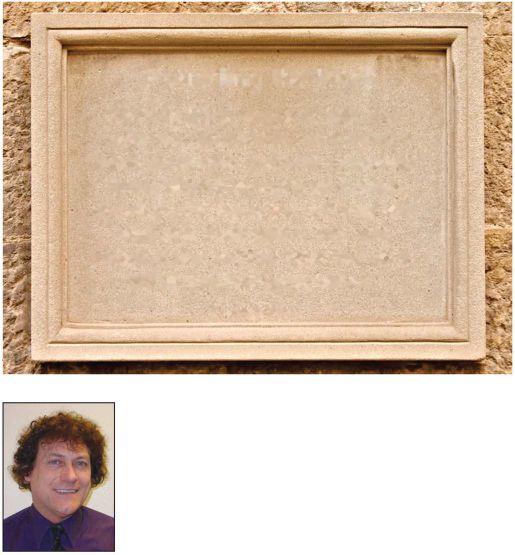
"When nothing seems to help, I go look at a stonecutter hammering away at his rock, perhaps a hundred times without as much as a crack showing in it. Yet at the hundred and first blow it will split in two, and .I know it was not that blow that did it, but all that had gone before."
-JacpbRiis
KarlZimmerman isa Regional Technical Manager with Schweitzer Engineering Laboratories,Inc.inFairoiewHeights,Illinois. His work includes providing application and product support and technical training for protective relay users. He is an active member of the IEEE Power System Relaying Committee and chairman ofthe Working Group, "Tutorial on Application and Setting of Distance Elements on Transmission Lines." HeisalsovicechairmanoftheLineProtectionSubcommittee.
Karl received his BSEE degree at the University ofIllinois at Urbana-Champaign and has over 20 years ofexperience in the area ofsystemprotection. Heisa registeredProfessionalEngineer intheStateofWisconsin.
Karlisarecipientofthe2008 WolterA. ElmoreBestPaperAward ftom the Georgia Institute of Technology Protective Relaying Conference, a past speaker at many technical conferences, and author ofover 40 technicalpapers and application guides on protectiverelaying.
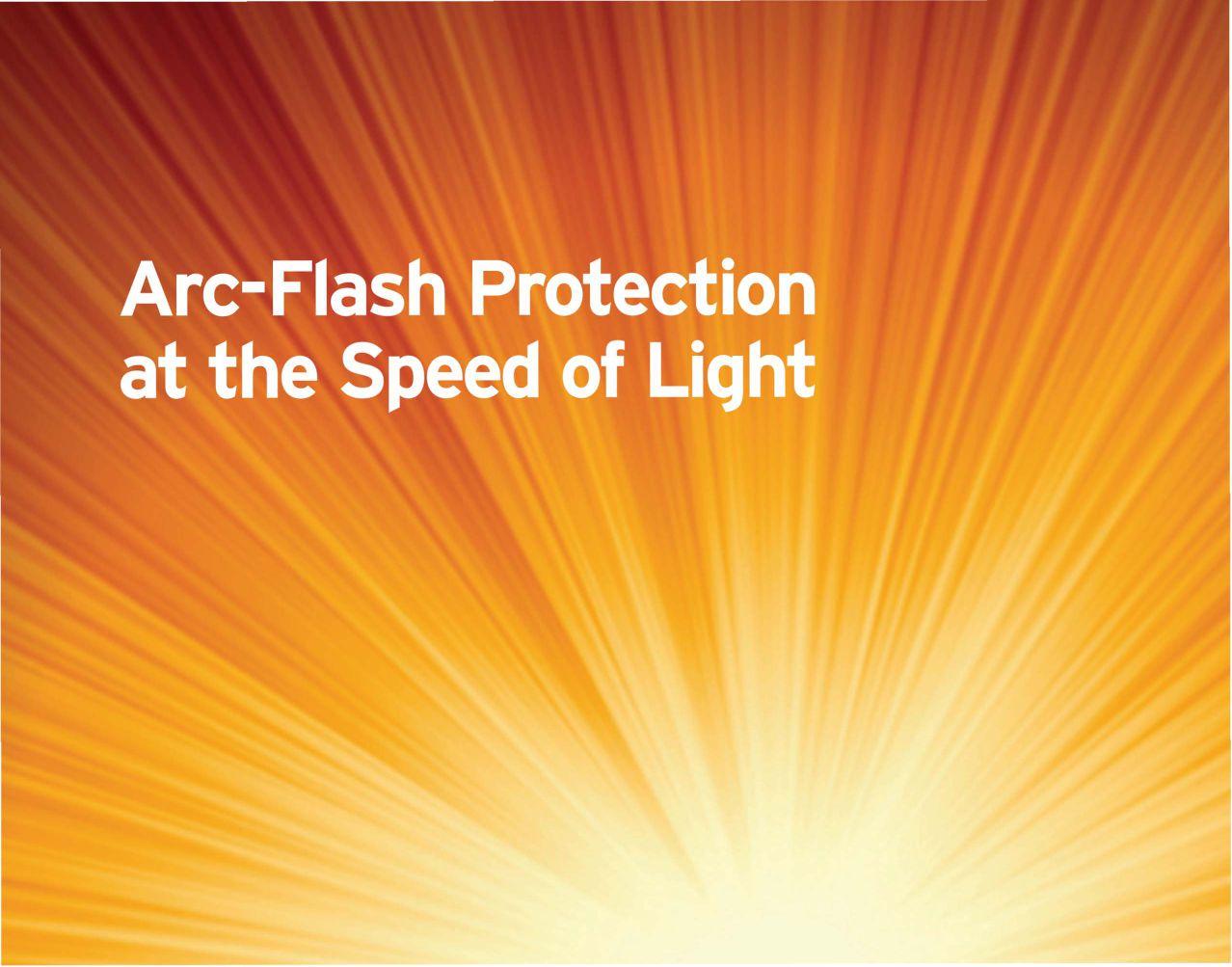
Increase safety, reduce false trips, and improve the reliability of your power system.
• Significantly reduce arc-flash incident energy.
• Protect personnel and equipment from arc-flash events.
• Minimize need for bulky personal protective equipment.
• Easily retrofit into existing switchgear.
Learn more about SEL arc-flash solutions at www.selinc.com/751-nw5.
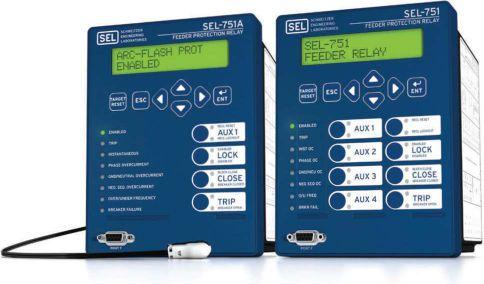

 SEL-751A
SEL-751
SEL-751A
SEL-751
Model 928A Power System Multimeter with Floating-Point DSP™ Digital Signal Analysis is an AC Power measurement instrument, providing outstanding performance and flexibility in a small, hand-held package. •

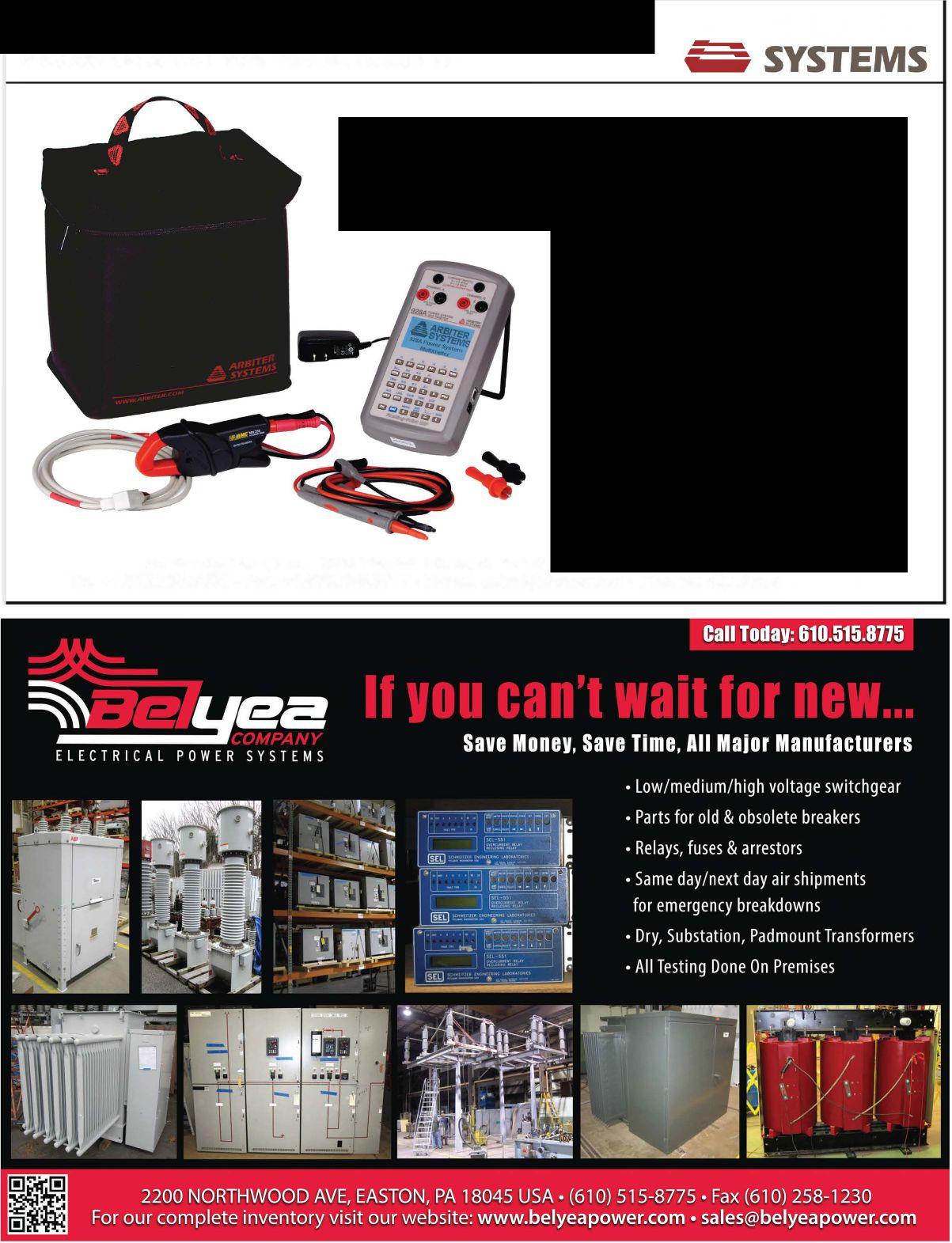
• Waveform Display
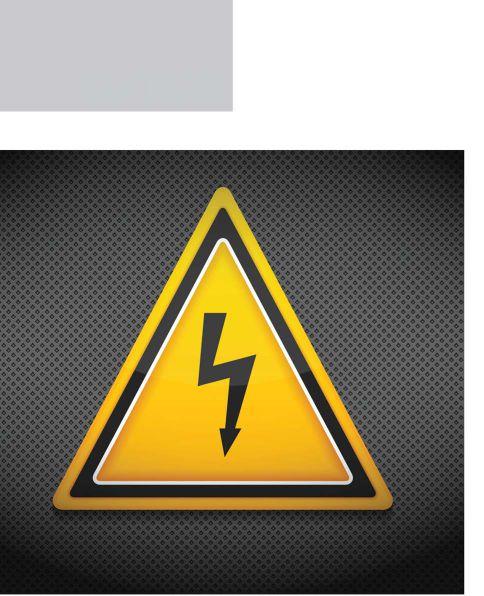
Understanding-or at least having an awareness of-electrical hazards is vital to understanding why there are electrical safety requirements from OSHA and NFPA. This understanding is also necessary for the development of electrical safety programs and procedures, as well as providing the required PPE and training for employees who may be exposed to electrical hazards.
Accordingtodocumentedaccidentinvestigation reports, several hundred injuries and fatalities occur every year as a result of electrical hazards. The hazards of electricity include electrical shock, electrical arc flash, and electrical arc blast. The physiological effects on the human body should also be understood by everyone working on or near, or interacting with, electrical circuits and equipment. These three generally recognizedelectrical hazards can exist when doing work in electrical substations and equipment rooms.
Electrical Shock - Electrical shock occurs when a person's body completes the current path between two energized conductors of a circuit or between an energized conductor and a grounded surface or object. Essentially, when there is a difference in potential from one part of the body to another, current will flow.
The effects of an electrical shock on the human body can vary from a slight tingle to immediate cardiac arrest. The severity depends on several factors:
• Body resistance (wet or dry skin are major factors of body resistance)
• Circuit voltage (50 volts to ground or more is considered to be hazardous voltage by OSHA, IEEE, and NFPA)
• Amount of current flowing through the body [determined by the circuit voltage divided by the body resistance I (current) = E (voltage) I R (resistance)]
• Current path through the body (if it passes through a vital organ, it can be fatal)
• Area of contact
• Duration of contact
Electrical shock is generally classified as touch potential or step potential, especially when work is performed in a substation yard. Touch potential is where an energized part is exposed and a person touches it with any part of their body while another part of their body is touching ground, thus providing a path for current to flow. Step potential is where current is flowing through the ground, as in the case of a downed power line. If a person is in close proximity to the line and takes a step, the path for current will be from one foot to the other. Touch and step potentials can be fatal.

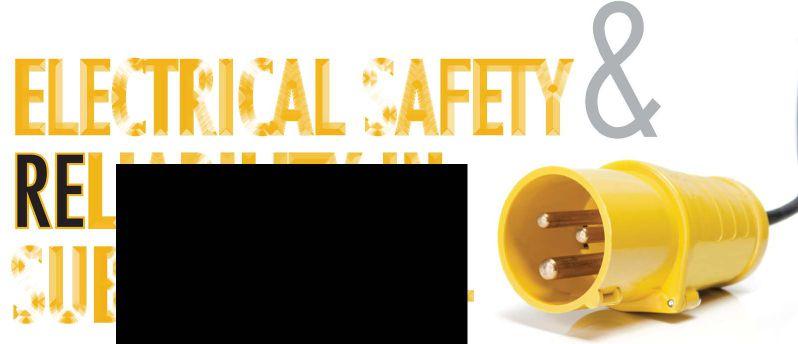
Neverassumethatanexposedelectricalpartor conductorisdeenergized.
Electrical Arc Flash - Electricalarc-flashenergy isreferredtoasincidentenergyandismeasured incaloriespersquarecentimeter(callcm2).The level of incident energy exposure depends on three main variables: the amount of available short circuitcurrent,thedurationoftheevent allowed by the overcurrent protective device, and the distance the worker is from the arc whenitoccurs.
Electrical Arc Blast - Arc-blast energy is the pressure developed during an arc event where copper is vaporized and expands at a factor of 67,000 times. This expansion produces an explosion or arc blast and can propel fragmentedandmoltenmetal 10feetormore.
The first measure to protect workers from shock, arc flash, and arc blast is to control the electrical hazards with an appropriate hazardous energy control procedure (lockout/ ragoutorclearance).
It is recognized that management-approved energized electrical work must be performed on occasion.To protect the worker from the shock hazard, appropriately rated insulation mustbeused.Fortypicallow-voltageexposures of480voltsorless,class00gloveswithleather protectors rated at 500 volts are available. As the voltage increases, so must the level of required protection. The highest insulation protectionisclass4ratedat 36kV
Formostmedium-andhigh-voltageworkusing live-line tools or discharging stored energy (including testing), class 2 insulated gloves are typically used as a precaution.In addition to voltage-rated gloves, electrical hazard-rated shoesarerecommended-burtheirprotection is limited, and they are not recognized as adequate for primary protection. Primary protection can be provided with dielectric overshoes, voltage-rated gloves, insulating blankets, and insulatedsheetingmaterialsthat
protecttheworkerfromcontactwithenergized conductors or circuit parts. Appropriate shock protection boundaries are identified in the standards and regulations and must be implemented to limit exposure to the shock hazard. The first protection boundary is the limited approach boundary and is limited to qualified electrical workers using the correct personalprotectiveequipment (PPE).Alerting techniques are used to keep all workers from inadvertently crossing the limited approach boundaryandpossiblycomingincontactwith exposed energized conductors or circuit parts. Correctalertingtechniquesinclude:
• Safetysignsandtags
• Barricades
• Attendants
Electrical hazards exist every time a worker enters a high-voltage substation yard or equipment room.Anelectricalhazard analysis andriskassessmentmustbeperformedpriorto enteringthesubstationtoidentifyhazardsand the appropriate safe work practices and PPE thatwillberequired.
Thefirststepinproperlymaintainingelectrical equipment and overcurrent protective devices is to understand the requirements and recommendations for electrical equipment maintenance from various sources. Source examples include, but are not limited to, the manufacturer'sinstructions, NFPA 70B, IEEE Std. 3007.2, NEMA AB-4, ANSIINETA MTS,46CPR 111, andNFPA70E.
The second step in performing maintenance and testing is to provide adequate training and qualification for employees. NFPA 70E, Standard for Electrical Safety in the Workplace, Section 205.1states,"Employeeswhoperform maintenance on electrical equipment and installations shall be qualified persons and shallbetrainedinandfamiliarwith,thespecific maintenanceproceduresandtestsrequired."
Electrical Preventive Maintenance Program: NFPA 70E, Section 205.3 states, "Electrical equipment shall be maintained in accordance




with manufacturers' instructions or industry consensus standards to reduce the risk associated with failure." Section 205.4 further states that "Overcurrent protective devices shall be maintained in accordance with the manufacturers' instructions or industry consensus standards. Maintenance, tests, and inspections shall be documented." Therefore, the third step is to have a written, effective electrical preventive maintenance (EPM) program. NFPA 70B, Recommended Practice for Electrical Equipment Maintenance, makes several very clear statements about an effective EPM program as follows:
• "Electrical equipment deterioration is normal, but equipment failure is not inevitable. As soon as new equipment is installed, aprocess of normal deterioration begins. Unchecked, the deterioration process can cause malfunction or an electrical failure. Deterioration can be accelerated by factors such as a hostile environment, overload, or severe duty cycle. An effectiveEPM program identifies and recognizes these factors and provides measures for coping with them. "
• "In addition to normal deterioration, there are other potential causes of equipment failure that can be detected and corrected throughEPM.Amongtheseareloadchanges or additions, circuit alterations, improperly set or improperly selected protective devices, and changing voltage conditions."
• "Without an EPM program, management assumes a greatly increased risk of a serious electrical failure and its consequences."
• ''A well-administered EPM program will reduce accidents, save lives, and minimize costly breakdowns and unplanned shutdowns of production equipment. Impending troubles can be identified - and solutions applied - before they become major problems requiring more expensive, time-consuming solutions."
Allmaintenanceandtestingofelectricalprotective devicesmustbeaccomplishedin accordance with
the manufacturer's instructions. In the absense of the manufacturer's instructions, the ANSI/ NETA-MTS Standard for Maintenance Testing Specificatiomfor Electrical Power Equipment and Systems is an excellent source of information for performing the required maintenanceand testing of these devices.
Current transformers (CTs) serve as a critical and essential interface in the world of electrical power. At first glance, the role of a CT may appear to be a simple one; however, CTs function as one of the most important components of the electrical system infrastructure. Theperformanceofthesedevices is reflected in the correct operation of metering devices, relays, and circuit breakers. Therefore, a comprehensive yet simple approach to evaluating the condition of low-, medium-, and high-voltage CTs is paramount for testing service companies and utility operators.
CT saturation,incorrectpolarity,ratioinaccuracies, wrong sizing of burden, and insulation failure can all lead to misoperation of protective schemes, or possibly a failure of protection schemes altogether. Unreliable and perhaps unpredictable CT performance could increase the risk of potentially permanent damage to major devices. Therefore, a complete CT evaluation should consider electrical tests that will verifY the functionandperformance oftheCT inrelationto nameplate data and industry recommendations. Standards and guidelines referenced in such an evaluation would include IEEE C57.13.1, C57.13.5, the ANSI/NETA ATS, and ANSI/ NETAMTS standards.
It is imperative to evaluate CTs in the field with highly reliable and accurate results. For this reason, there must be a test plan that covers the operating characteristics as defined by the nameplate data. Just as importantly, the condition of the dielectric system must be assessed by tests performed when the equipment isout of service, byneither intrusive nor destructive techniques.


A proposed basic plan for the implementation of field testing is shown in Figure 1.
Withhigh-voltage CTs, it isespecially important to have a historical assessment of the CTs' insulation resistance. In the absence of an acceptable insulation resistance test result, there is a safety concern regarding electrical shock during testing or operation of the unit. NETA recommends that the testing of insulation resistance between windings or between a winding and the ground connection is made at 1000Vde or at atolerancerecommendedby the manufacturer. Once a CT 's dielectric properties have been verified as acceptable, the next step is to verifY the performance characteristics and nameplate compliance of the transformer.
A secondary winding resistance test 1s performed by injecting de current into the secondary winding. Once the flux density in the CT core is stable, the voltage drop across the winding can be measured (somewhere in the order of 100 mV). Ohm's law can then be applied to accurately calculate and record the resistance of the winding.
Upon completion of winding resistance test, the core of the CT must be demagnetized. Demagnetizing the CT can be accomplished by applying an algorithm that utilizes either ac or de current. Elimination of remnant magnetism in the core ensures subsequent testing of excitation and ratio test results will be accurate and reliable.
Following the proposed plan to test the CT, and having it fully demagnetized, the next step is to perform excitation and saturation testing. Both excitation current and the RMS voltage of the secondary winding should be clearly observed in the measurement process. Some may incorrectly contend that there is no difference in whether the secondary voltage measurement is the average or the RMS. The two curves essentially overlap in the linear region below the knee (saturation point). However, beyond the knee of the saturation curve, Figure 2 shows that RMS values are higher than the average voltage measurement.
STARTCT ROUTINE TEST
IINPUT NAMEPLATE I DATA
INSULATION RESISTANCE TEST
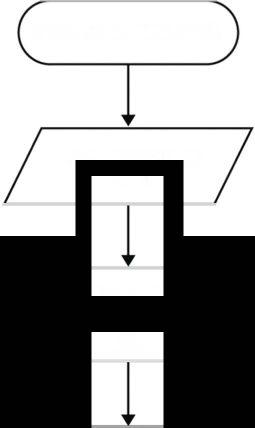
WINDINGRESISTANCETEST (SECONDARY)
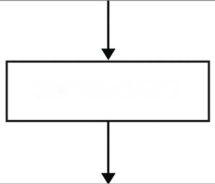
DEMAGNETIZATION I
EXCITATION/SATURATION TEST TURNRATIO&POLARITYTEST
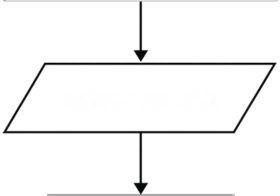
I RECORDTEST DATA I
GENERATETEST REPORT ........ .........-"" -
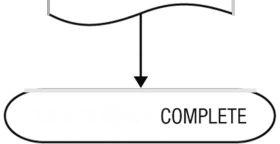
cTEST PROCESSCOMPLETE)
Figure 1: Process Diagramfor Basic Field Testing ofCTs



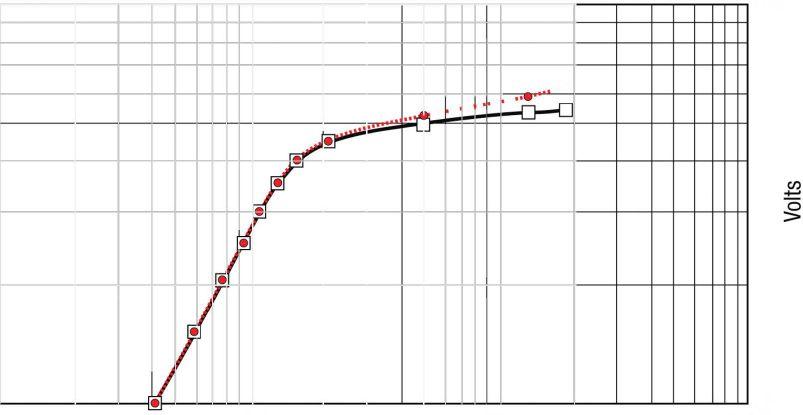
Figure 2: CTExcitation Curve RMS Currentvs. Average Responding Voltmeter
One additional test can prove the ratio and the polarity of the CT. Ratio measurements would need to be collected in the linear portionoftheexcitationcurve, belowthepoint that the CT would begin to saturate. IEEE C57.13.2008 providestwomethodsofobtaining this information; one requires that primary current be injected into the CT and secondary current measured, and the other allows for the application of voltage to the secondary of the CT with the primary voltage measured. The polarity test, performed during the same step as the ratio test, confirms that the predicted direction of secondary current flow is correct for a given direction of primary current flow.
To complement the CT basic test procedure, one should also verify the impedance of the applied load to ensure that the burden of the circuit does not exceed the conditions in which the CT can maintain its specified accuracy and performance.
Whiletheimportanceofaninsulationresistance test as part of the basic test plan has been
described, high-voltage (HV) dielectric system devices require additional dielectric tests.
For HV CTs, it is important to verify if a test tap is available before performing the test. In the more complex case of a CT, where the insulation system consists of paper wrapped in graded sections and immersed with a test tap, all capacitive sections (as shown in Figure 3) can be tested.
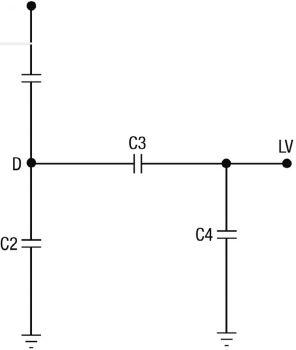
Figure 3: CTTesting Capacitancesfor Diagnostics



InFigure3,allpossiblecapacitancestobetested inaCTwithatesttaparedescribedbelow:
HV-high-voltageterminal
LV-low-voltageterminal
D-taptestpoint
Cl -representsthemaininsulationbetween HVandD
C2-representstheinsulationbetweenthetest tap and ground; typically the test voltage for this capacitance does not exceed 500Vac,unlessthemanufacturerprovidesa differentrecommendation
C3 - represents the insulation between the testtapandthesecondarywinding
C4 - represents the insulation between LV andground
C5 - represents the insulation between the HVterminal directly to ground, including porcelainsurfaces
If advanced diagnostic tests are conducted to determine moisture content in the solid insulation system, it is then necessary to apply dielectric spectroscopy techniquespreferably,inthefrequencydomain.Dielectric response in the frequency domain (DFR) involvesaproceduresimilartothepowerfactor test method; but in this case, a wide band frequencysweepgeneratestheuniquedielectric responseof the insulation (capacitance) where the greatest amount of solid insulation is located. For most cases, the capacitance Cl is tested for CTs with test tap and C5 for CTs withouttesttap.
Safetyintheworkplaceismandatory.Electrical equipment operators and all energy-related professionals are required to be aware of the potential hazards while working in energized environments. Toprotect electrical equipment and personnel, proper electrical equipment preventive testing and maintenance must be performed. Several available standards and
guides assist users with electrical equipment testing and maintenance. Maintenance of overcurrent protective devices is critical, but even more important is ensuring a trustful source of information to trigger any of these devicesunderanunexpectedfaultconditionin thesystem. A simple andpractical reference to testcurrenttransformershas beenprovidedin thisdocument.
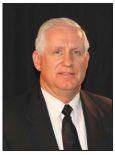
Dennis K Neitzel, CPE, CESCP, director emeritus of AVO Training Institute, Inc., Dallas, Texas, is an active member of IEEE (Senior Member), ASSE, NFPA, APE, IAEI, andSNAME. He is a Certified Plant Engineer (CPE), Certified Electrical Safety Compliance Professional (CESCP), and Certified Electrical InspectorGeneral. Dennis is a Principle Committee Member and Special Expertfor the NFPA 70E, Standardfor Electrical Safety in the Workplace; the working group chairfor IEEE Std. 3007.1-2010, 3007.2-2010, 3007.3-2012 & IEEE Std 45.5-2014; and is co-author ofthe Electrical Safety Handbook, McGraw-Hill Publishers. Dennis earned his bachelor's degree in Electrical Engineering Management and his master's degree in Electrical Engineering Applied Sciences. He has authored, published, and presented numerous technical papers and magazine articles on electrical safety, maintenance, and technical training.
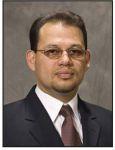
Diego Robalino works for Megger as a senior applications engineer, where he specializes in the diagnosis of complex electrical testing procedures. While doing research in power system optimization with a focus on aging equipment at Tennessee Technological University, Diego received his electrical engineering Ph.D. from that institution. With an international background spanning from South America to Eastern Europe, he's garnered additional education experience in project management and electric drives/automation. Diego has many years of management responsibility in the power systems, oil and gas, and research arenas managing the design, construction, and commissioning of electrical and electro-mechanical projects. He is an active member ofIEEE, ASTM, and PM! with multidisciplinary engineering interests.
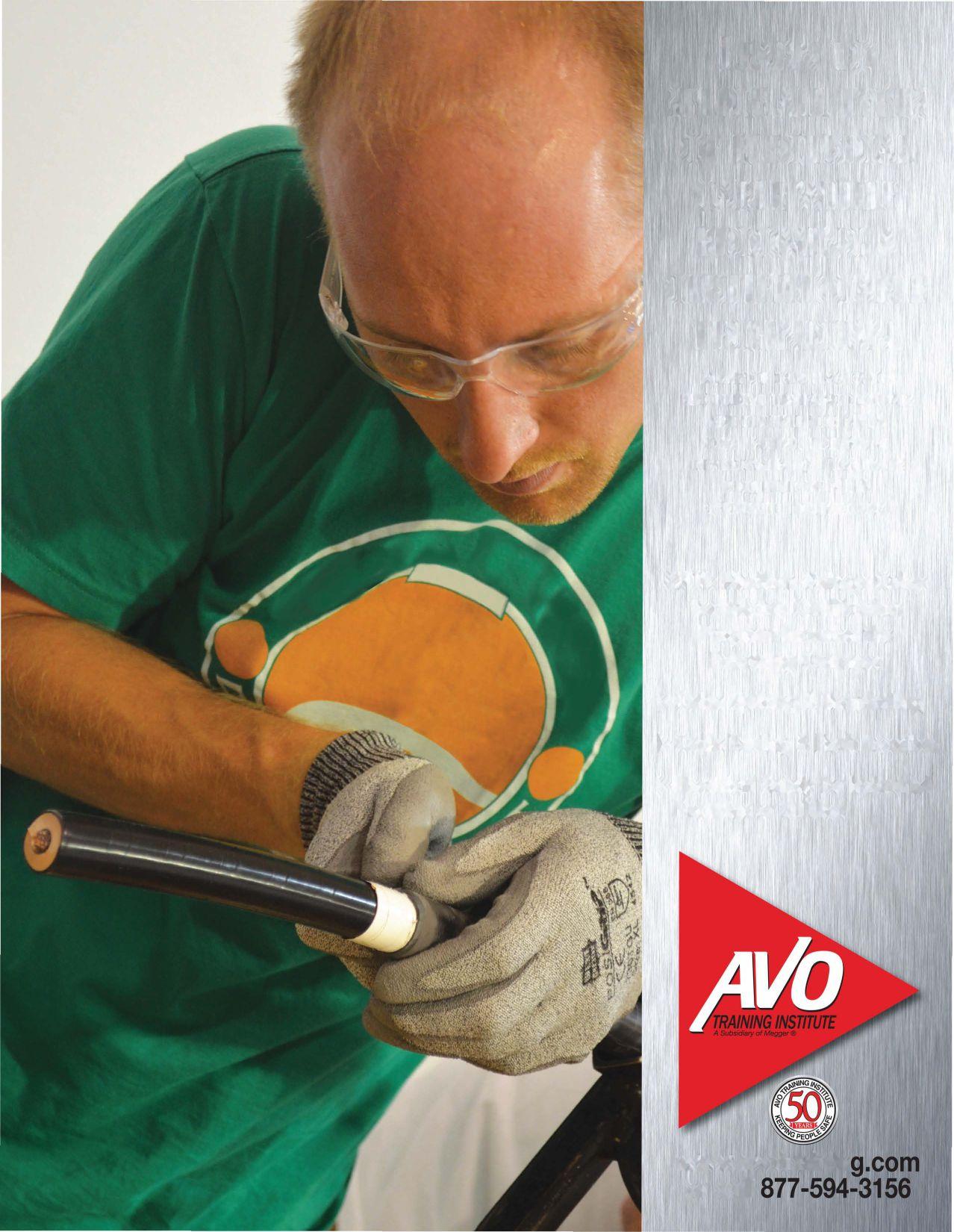
MANY OF OUR HANDS-ON ELECTRICAL TRAINING COURSES ARE ELIGIBLE FOR NETA CONTINUING TECHNICAL DEVELOPMENT (CTOS) UNITS
REQlJIRED OF NETA CERTIFIED TECHNICIANS.
AVO's Medium-Voltage Cable Technician Certification Program Includes the Following Courses:
�Cable Splicing & Terminating
�Cable Testing & Fault Location
�Electrical Safety for Industrial Facilities or Utilities
"The Mission of Electrical Energy Experts is to utilize our Empl oyees' Expertise together with State-Of-The-Art
Technology to provide our Customers with the Best Value in Electrical Testing an d Maintenance Services."
Testing:
Acceptance Testing of New Installations
Transformers
Circuit Breakers
Switchgear
Cables- Fault Locating
Automatic Transfer Switches
Grounding- Fall of Potential/Point to Point
Engineering:
Short Circuit/Coordination Studies
Complete Power Quality Analysis/Solutions
Trouble Shooting/Problem Analysis
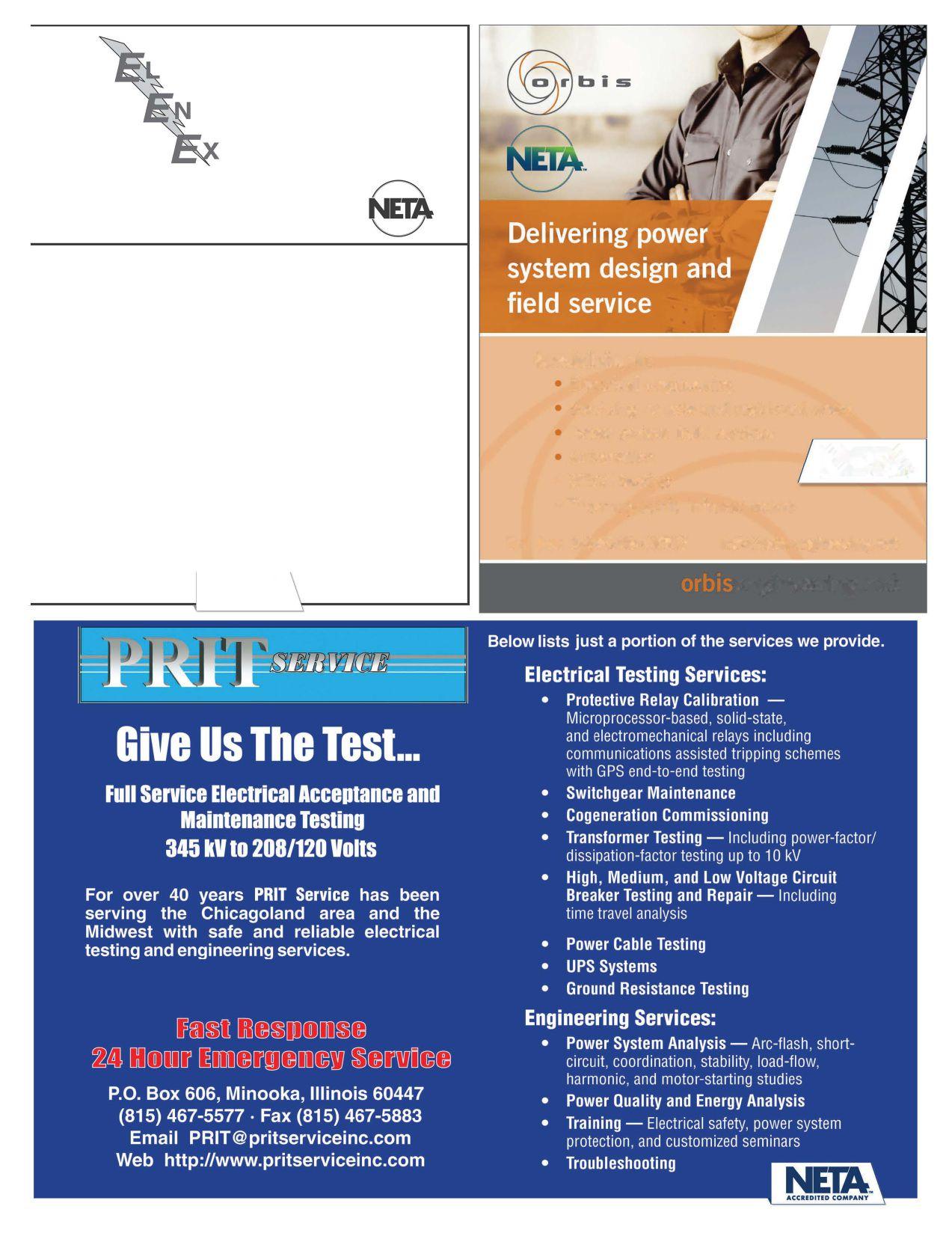
Fully-Automated Protective Relay Testing
Meter/Transducer Calibration
1 OkV Automated Doble Power Factor (M4000)
Dissolved Gas Analysis/Oil Quality Analysis
Aerial Platform (Bucket Truck)
Rotating Equipment
Infrared Scanning
Ground Fault Locating
Services:
Rebuilding/Retrofitting of Equipment
Preventative Maintenance Programs
Project Installation Supervision
Co-Generation Specialists
Specializing in:
Electrical engineering
Servicing remote and restricted areas
Power system field services
Automation
WECC testing
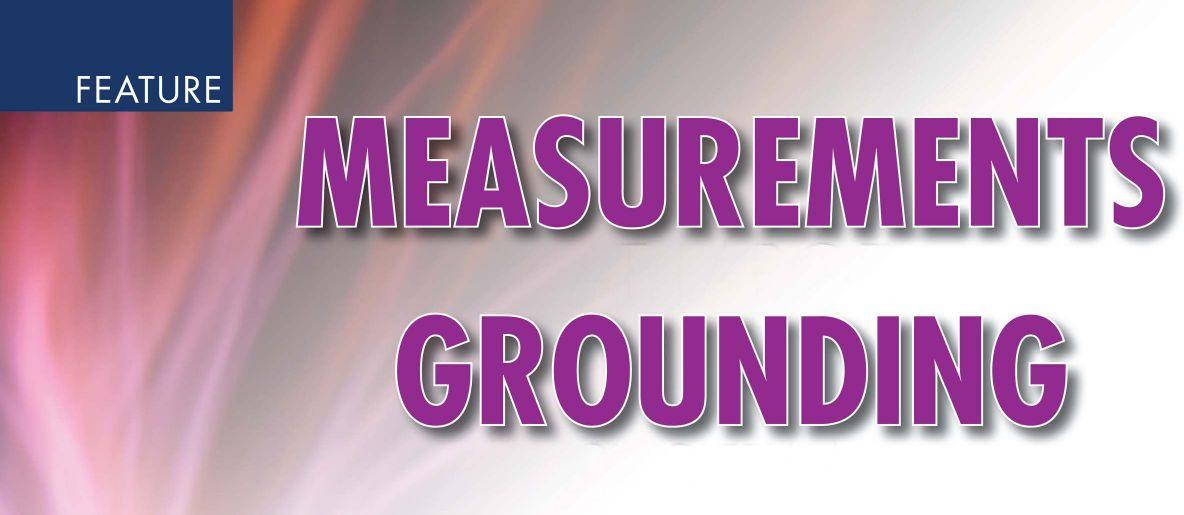

When it comes to grounding system testing, size is important. For large extra-high voltage substations, the test setup must be considered carefully to obtain true values for step and touch voltages and ground potential rise.
Grounding systems are the electrical linkbetween the network's neutral and ground. In the event of a ground fault, the current returns to the transformer's neutral via the grounding system. Therefore, the grounding system must have a low impedance to ground in order to avoid hazardous step and touch voltages in and outside the substation. Step and touch voltage, as well as ground potential rise test measurements, help to identifY the potential hazards to utility workers and the general public during actual faults. If the testmeasurements indicatethe hazardlevelis high, the corrective actions needed to ensure personnel safety can then betaken.
Performing the required measurements at large grounding systems requires injection of the test current via an adequately remote current probe. IEEE 81-2012 states, "If the distance between the current probe and the ground grid is inadequate, then the measured touch voltages will be less than their true values." In other words, placing the current probe too close to the grounding system undertestwould lead to underestimatingstep and touch voltage as well as ground potential rise. As a result, peoplecouldbeputatriskbystepandtouch voltageswhichexceedthepermissiblelimitsduring groundfaults

This article compares two ways for the injection of the test current for the step and touch voltage measurements: Injection via a current probe and injection via an existing power line. A case study including a measurement at a relatively small grounding system revealed significant differences in regards to ground potential rise between the two methods. It shows that the injection via an existing power line leads to a higher ground potential rise than the injection via a current probe. Therefore, the impact of current probe spacing on ground potential rise, as well as step and touch voltages, should be even higher for large grounding systems.
As shown in Figure 1, when testing a grounding system, thepotential rise ofthe grounding system and the current probe must not interfere with each other Between these two potentials is a zone which is not influenced by the grounding system under test or by the current probe. This potential is called reference ground and represents the potential of the entire planet earth. The injected grid current causes a potential rise of the grounding system under test, which is determined by performing a fall-of-potential measurement. The corresponding step and touch
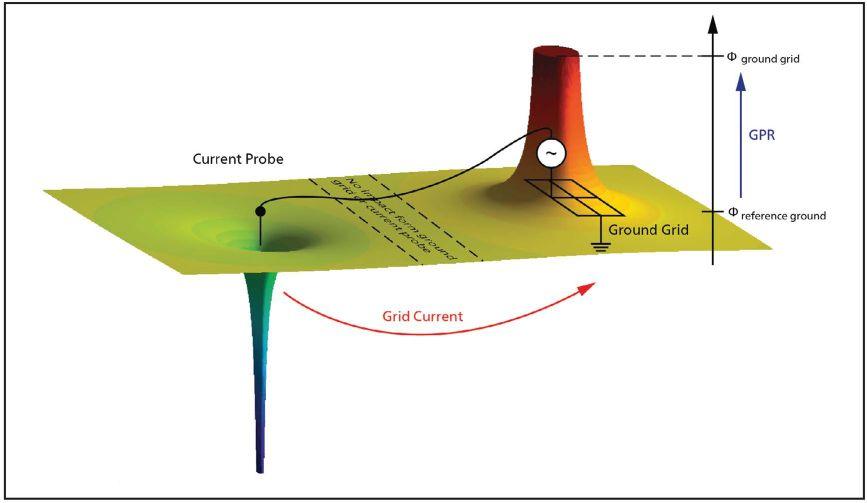
Figure 1: Sufficient Current Probe Spacing
voltages are local potential gradients, as between a metallic structure and a location three feet away (IEEE 80-2000).
If the current probe is placed too close to the grounding system under test, the potential of the current probe and the grounding system overlap. This results in a relative increase of the reference ground relative to the ground grid's potential. In other words, the ground potential rise is decreasing. Step and touch voltages in and around the substation are associated with ground potential rise. The higher the ground potential rise, the higher are step and touch voltages. Therefore, for insufficient current probe spacing, the measured step and touch voltages will be smaller than an accurate measurement would determine them to be. Ifthey arethen usedto calculate whatthe actual step and touch voltages will be in the worst case condition of a remote ground fault, the result will be an underestimation of the true hazard to people inside and outside the substation.
For large grounding systems, the extent of the potential rise could reach hundreds of feet. This implies that the current probe must be located

even further away to avoid overlapping. IEEE 81-2012 recommends a minimum distance of five times the ground grid's largest dimension between the ground grid and the current probe. The largest dimension of extra-high voltage substations can exceed 600 feet, which means that the current probe must be placed greater than a half-mile minimum.
Many practical problems are involved with this requirement. Installing the injection line is timeconsuming, especially when it involves crossing roads or other obstacles. For someenvironments, it is simply impossible to draw an injection line with the required length due to inaccessibility.
Safety is another critical issue which must be addressed. Step and touch voltages at the ground grid under test which are caused by the test current are usually between 10 and 100 mV and are therefore no threat to personal safety In contrast, the remote current probe may be hazardous since the major part of the test device's source voltage drops there. The touch voltage of the current probe could exceed a safe value. The area around the current probe must therefore be cordoned off and observed to safeguard passing people or animals.

Using a ground tester that only applies voltages lower than approximately 50 V is beneficial from a safety perspective since the current probe's touch voltage would be limited to a safe value. Such a test source poses an accuracy issue though because the measured touch voltages in the substation would be very low, as only a minor part of the source's voltage is dropping at the grounding system.
As an example, the ground impedance of a current probe and a large grounding system are assumed to be 500 .0 and 100 m.O, respectively. Using a 42 V source voltage, the potential rise of the grounding system under test would only be approximately 10 mV. The touch voltage at distinct locations in and outside the substation can be conservatively considered as one-tenth of that value or less, which means that the measured touch voltage would be under 1 mV. To measure such small voltages, the test device accuracy has to be considered, along with the effects of interference from adjacent live parts. With respect to interference, an effective noise-suppression method can be employed, as discussed later in this article (Figure 3).
Injection of the test current using an existing power cable or an overhead transmission line offers an alternative to overcoming the problems involved with using a current probe. Of course, shutting down a line for grounding system testing is not easily arranged. Nevertheless, this alternative is worth some consideration for a number of reasons:
• Safety:
o As discussed previously, hazardous touch voltages occur at the current probe when injecting adequate test currents to maintain an acceptable signal-to-noise ratio for the step and touch voltage measurements. Injecting the test current via a remote grounding system eliminates this problem sincethetouchvoltageswillbemuchsmaller due to the smaller ground impedance.
o Connecting a test device to an existing line usually involves coupling from parallel systems.Therearededicatedtestsetsavailable
inthe market that emphasize operator safety and protect against overvoltages on the line under test for all known scenarios.
• Accuracy: Injection via a remote grounding system allows for higher magnitude test currents due to the low impedance of the phase-to-ground loop used for injection. The resulting step and touch voltages, as well as the potential rise of the ground grid under test, is higher than using a current probe and thus results in a better signal-to-noise ratio.
• Simulation of real fault: Injecting the test current via an existing line simulates a ground fault at a remote substation. While the test current is smaller than the maximum fault current, the scenario's setup is the same as a true ground fault. Thus, a more realistic measurement of the step and touch voltages in and outside the substation can be made.
• Convenience and Time Saving: No long injection line has to be taken out to the field to ensuresufficientcurrentprobespacing; hence, the measurement is less time consuming and complicated.
To compare the two previously introduced injectionmethods,comparativefieldtestshavebeen performed. The setup of one test is shown in Figure 2. The grounding system under test is for a20kV0,4 kVsubstation withdimensions of 82 x 33 feet. The maximum dimension of the groundingsystem corresponds to the length of the diagonal which is 88 feet by employing Pythagoras's theorem. According to the requirement in IEEE 81-2012, the current probe for injection of the test current must be placed at least 5 times the maximum dimension of the grounding system distant or 440 feet in this example. The environment around the substation is agricultural area and includes two ponds. There are water pipes going out of this station, which therefore have to be considered as part of the grounding system. Their impact will be discussed later.
The comparative test only included the fall-ofpotentialtest. Stepandtouchvoltagemeasurements
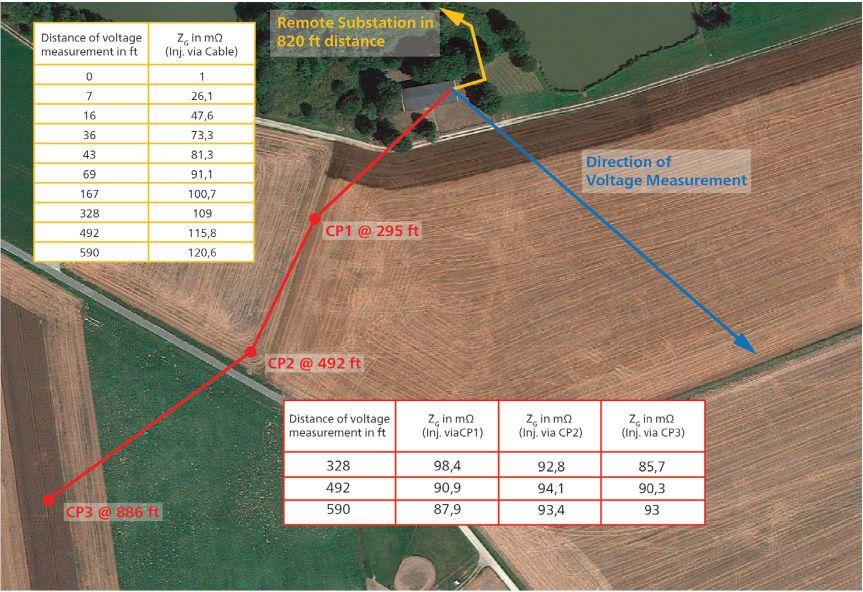
have not been performed. However, step and touch voltages are associated with the ground potential rise of a grounding system. Therefore, fall-of-potential measurement results are indicative ofwhat can beexpectedforstepandtouchvoltages as well.
For injection via an existing power line, a 20 kV power cable has been taken out of service (marked in yellow in Figure 2). The remote end of this cable is located in a 110 kV substation about 820 feet away from the grounding system under test. Therefore, the required minimum distance of 440 feet for the test current injection location has been met. The cable has been grounded on its remote endto injectthetestcurrent via the remote substation's groundingsystem.
A test current of 80 A was injected first at 30 Hz and then at 70 Hz. The fall-of-potential measurement was made in the direction of the blue arrow in Figure 2 at various distances from the grounding system under test. The measured voltage is processed by a digital filter, which suppresses noise at frequencies above and below the test current's frequency. Figure
3 gives an example of the voltage measurement at 30 Hz with considerable interference at 50 Hz. To prevent the interference from affecting the measurement accuracy, only the portion at 30 Hz is measured .The results for 30 Hz and 70 Hz are then interpolated to 50 Hz to obtain the value related to the power system frequency. This test has been performed in
Frequency Selective Measurement
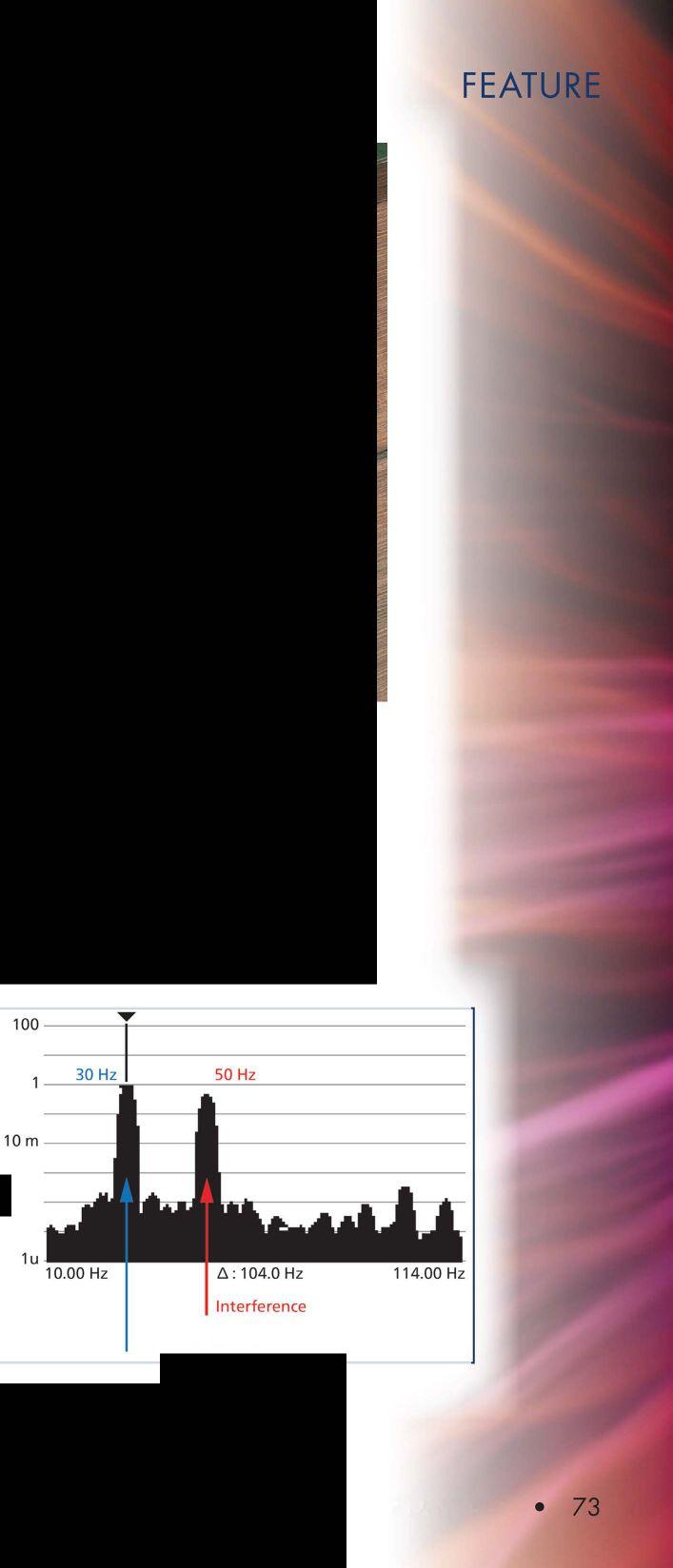


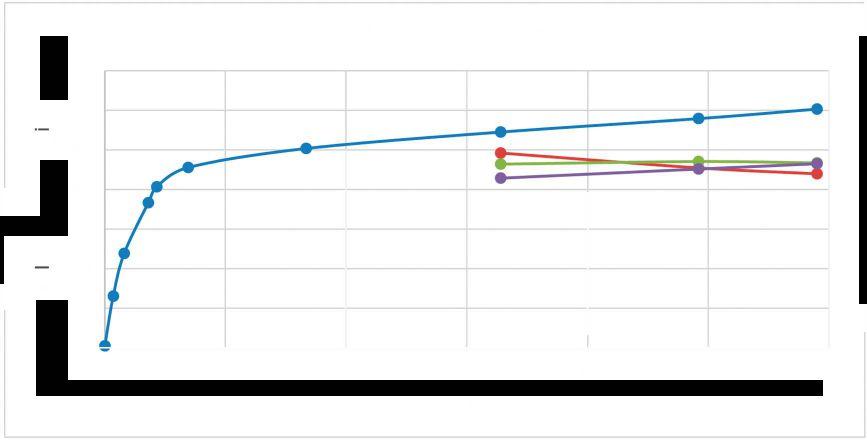
Germany with an operating frequency of 50 Hz. For an operating frequency of 60 Hz, the same methodology can be used by simply selecting the test frequencies accordingly.
In the yellow table in Figure 2 and the diagram in Figure 4, the results of the fall-of-potential measurement with the power cable are displayed as an impedance pattern over distance. Since the injection of the test current was performed via a shielded cable with the shield grounded on both ends, the shield current must be measured to calculate the grid current. This is because only the grid current causes the measured potential rise of the grounding system. The current, which returns via the shield, doesn't contribute to the potential rise.
Measurement of the shield current can be easily performed by using a clamp-on meter located on the cable's shield connections to ground. The phase angle of the shield current in relation to the injected current must be taken into account to calculate the magnitude of the grid current accurately, due to complex subtraction as shown in following equation: &!ria=!.test-!.shiela=BOA-61,6A • ei8•6o =21,2A • e-Jzs,ao
Therefore, according to following equation, the intermediate impedance results from the fall-ofpotentialtesthavetobecorrectedsinceintermediate
resultsarecalculatedbyusing theentiretest current. None of these values can be directly compared to thevalues obtained by injecting the test current via a current probe.
For the injection via a current probe (CP), three different locations CP 1 - 3 (orange dots) have been selected, as shown in Figure 2. Here, a test current of 3 A was used, employing the same noise suppression method as for the power cable injection. The distance of the current probe from the grounding system under test was 295 feet (CP 1), 492 feet (CP 2), and 886 feet (CP 3). The current probe consisted of 4 interconnected ground rods which had been driven about 8 inches into the soil. The fall of potential measurement was performed along the same direction as for the injection via the power cable. The rods used for the voltage measurement were not removed between the individual tests to ensure equal conditions for all tests. For the injection via a current probe, the entiretestcurrent was consideredforthecalculation of the impedances.
Figure 4 compares the fall-of-potential profiles for allfourinjectionscenariosusingthevaluesfromthe tables in Figure 2. For the injection via the power cable, the measurement was fully performed, whereas only the last three measurement locations for the injections via the current probe were done.



The values are sufficient for a valid comparison between the two employed injection methods.
The results of the injection via the power cable are higher thanthe onesfor the current probeinjection. This indicates that the actual potential rise of the grounding system would be underestimated by using the current probe injection. A remote fault on the power cable would cause a higher potential rise than determined during the test measurement.
It is also interesting to see the differences between the three current probe locations. The most remote current probe showed a slight increase of the impedance over distance, similar to the injection of the power cable. The closest current probe even shows a decrease of the impedance over distance which could be caused by the outgoing water pipes.
Testing small grounding systems by using current probe injection is usually sufficient. However, the comparative measurement illustrates that injection via a current probe may underestimate step and touch voltages for large substations. Therefore, the injection of the test current via an existing power line should be considered for the most accurate determination of step- and touch-voltage and ground potential rise.
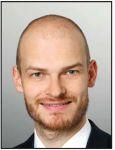
Moritz Pikisch studied electrical engineering at the UniversityofKarlsruhe in Germany. After working as an instructor at OMICRON between 2010 and 2013, he switched to a product management role at the beginningof2014. In this new capacity, Moritz is responsiblefor the developmentof testing solutionsfor line impedance measurement and the testing ofgroundingsystems.
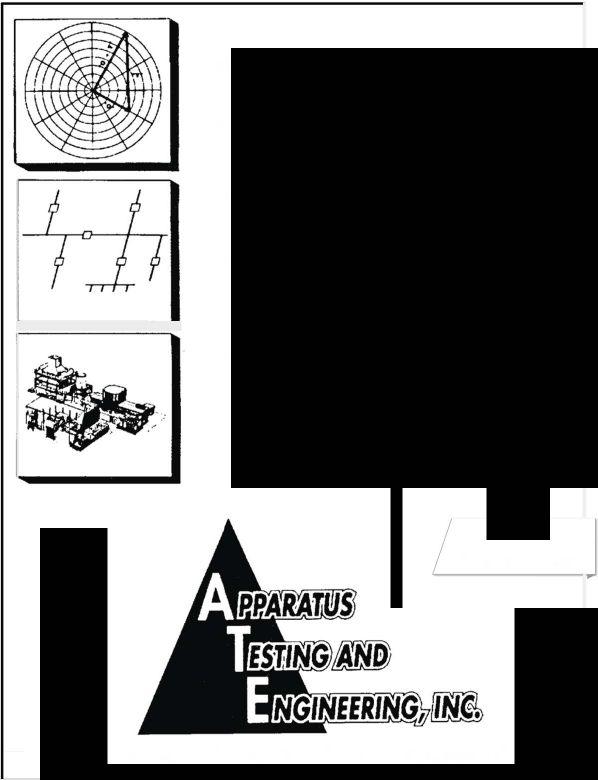
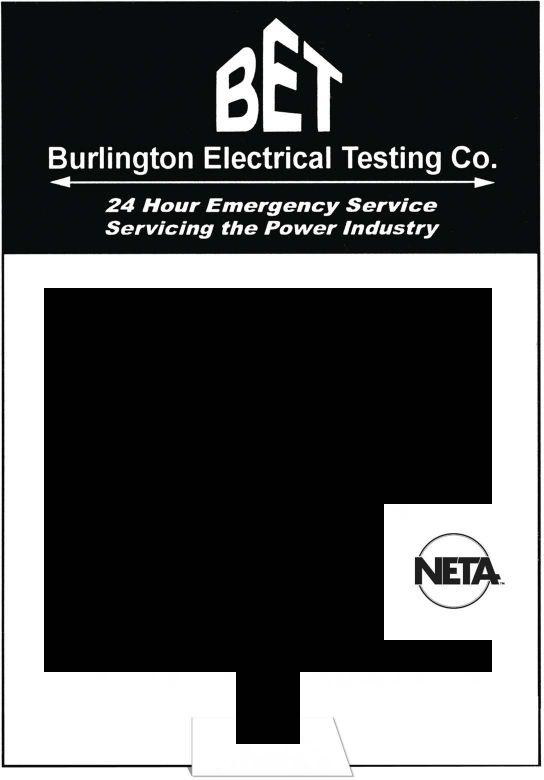
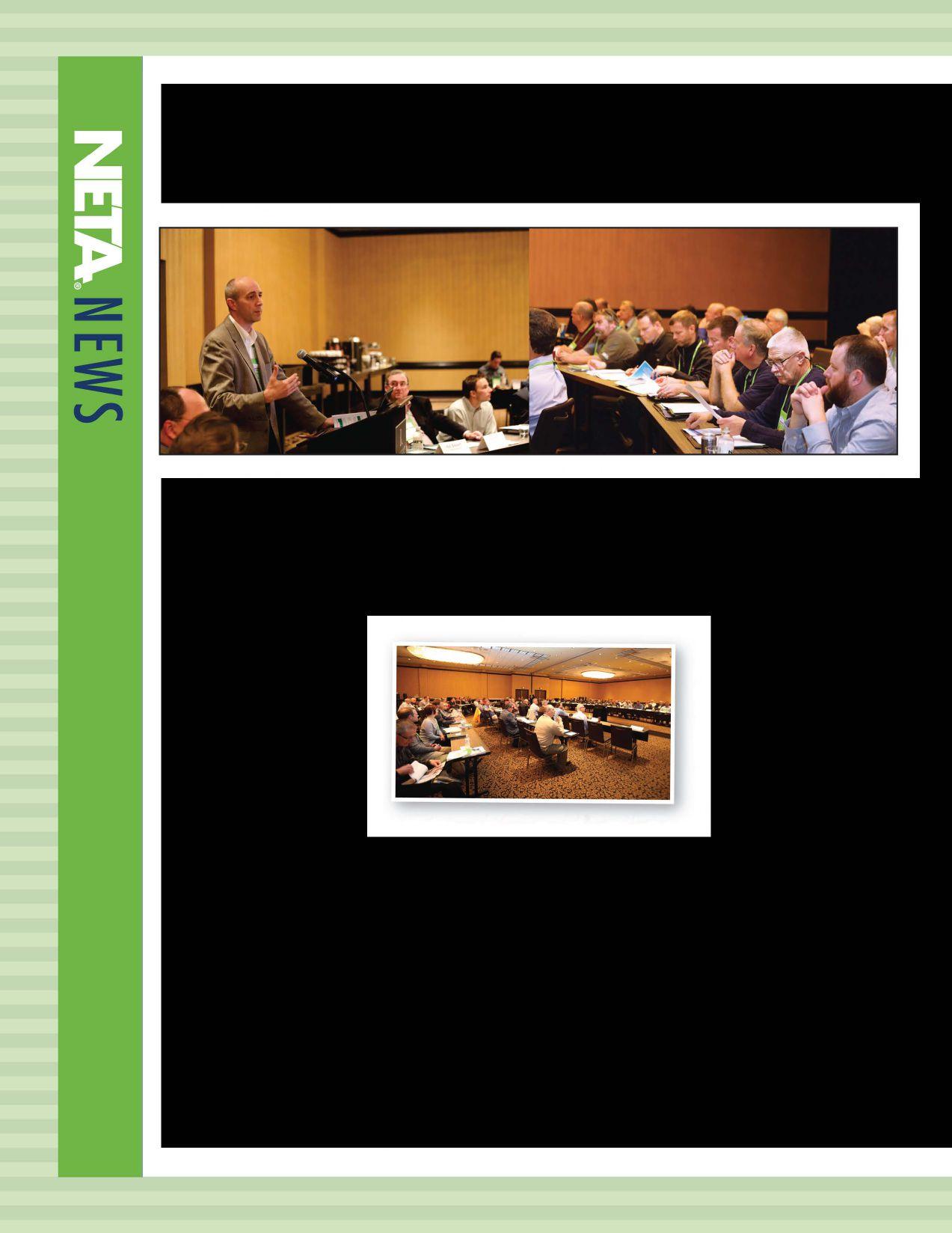
NETA Corporate Alliance Partners deliver brieftechnical presentations- Shawn Wattlesftom ComRent presents Standards andTrends that Have Implications on Testing Transmission and Distribution.
NETA's 2015 Annual Member and Alliance Meeting was called to order March 1, 2015, in Nashville, Tennessee, welcoming over 160 NETA Accredited Company representatives, Alliance Partners, and Corporate Alliance participants. The event was held in the heart of Music andAlliancePartnerssuchasNETApublications,training, the online NETA discussion forum at www.engtips.com, and the online technical library at www.electricalmanuals. net. This year's meeting also included brief presentations from the NETA Corporate Alliance Partners, who City at the Renaissance Nashville Hotel on the Sunday leading into PowerTest 2015. The Annual Meeting kicks off PowerTest each year, transitioning into a weeklong series of technical sessions, professional exchange, and networkingopportunities.Itbrings together the largest gathering of NETA Accredited Company representatives and industry professionals, who are aligned in their commitment to continually work to improve safety, reliability,
NETA's Annual Member and Alliance Meeting brings together NETA Accredited Companies andAlliance Partners to shareNETA news, technical reports, and industry insights.
each shared new technology or developments within their segment of the electrical power systems industry. Saving the best for last, each technical representative at the meeting is given the opportunity to share the most recent developments takingplacein themany industry standards to which NETA has representation, such as NFPA 70, NFPA 70E, NFPA 70B, IEEE C57, IEEE C37, IEEE C62, andqualityacrosstheelectricalpowersystemsindustry.
The NETA Member and Alliance Meeting takes place during the second half of the NETA Member Meeting. Corporate Alliance and Alliance Partners are invited to join the NETA Accredited Companies for technical reporting. During the NETA Member and Alliance Meeting, NETA Accredited Company Representatives cover the many technical resources available to Members
ICEA, ICC, and so forth. This particular segment of the meeting usually creates an open dialogue, with questions and technical discussion that is hard tofind outsideof the face-to-faceforum.
Throughout theweek ofPowerTest,therearemanyspecial events designed to promote the exchange of ideas and information sharing. For upcoming Alliance Partner events, watch the NETA Alliance Newsletter and NETA Worldjournal.
IF YOU WOULD LIKE ADDITIONAL INFORMATION ABOUT THE NETA ALLIANCE PROGRAM OR WOULD LIKE TO ENROLL, VISIT NETAWORLD.ORG/ALLIANCE PROGRAM.
Protective Relay Test Sets· VLF/AC/DC Hipots Tan Delta
Primary Current Injection·Thumpers · Circuit Breakers
Relay Testers·TTR Test· Megohmmeters· Partial Discharge
Oil Dielectric Test·TOR·Battery Test· Cable Fault Locators
Power Analyzers and more...

Megger·Omicron·Hipotronics·High Voltage Inc. Fluke· Phenix· SKF/Baker·Tettex·Doble·AEMC Rosemount/Hart· Vanguard· Yokogawa & more...
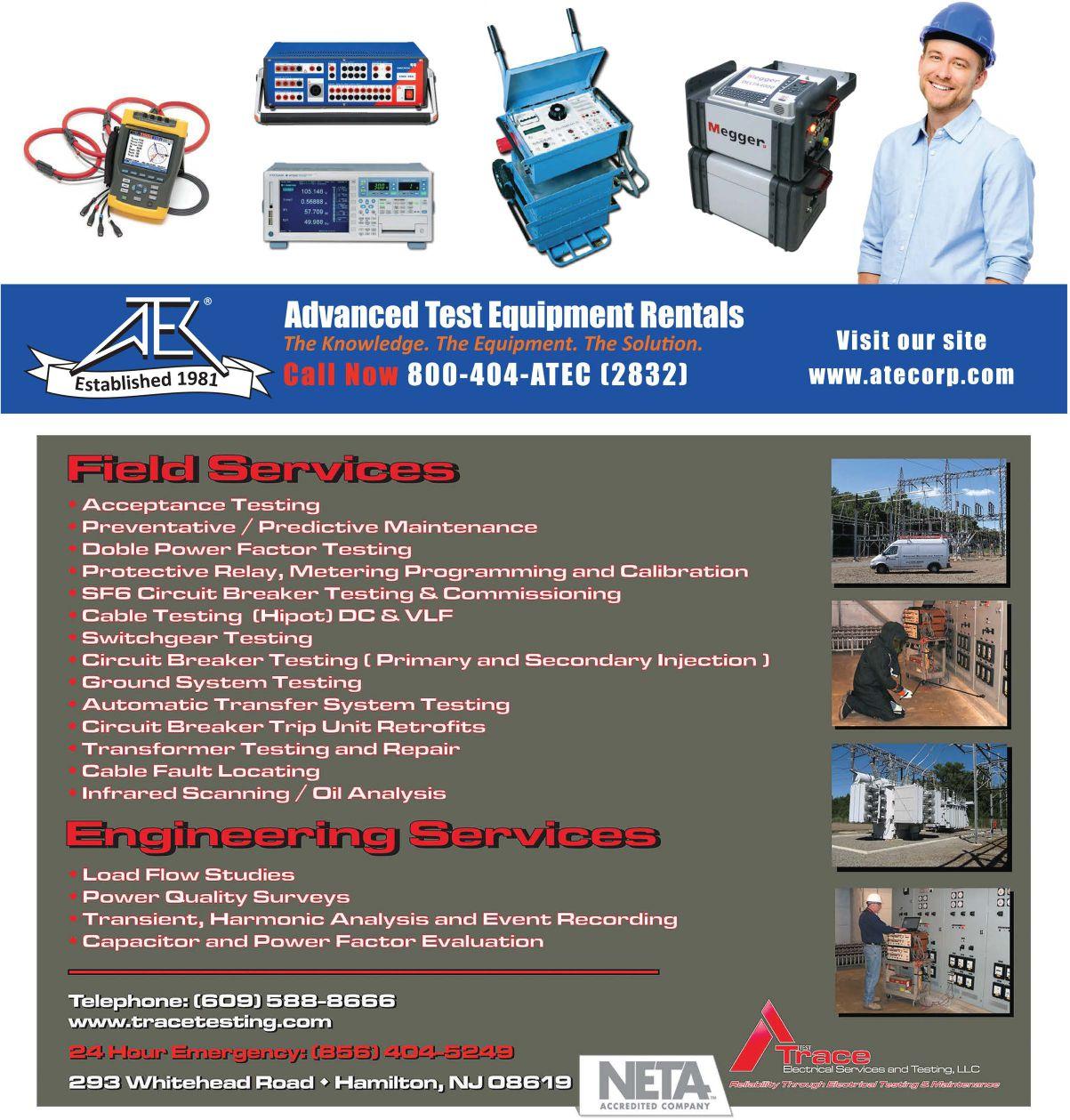
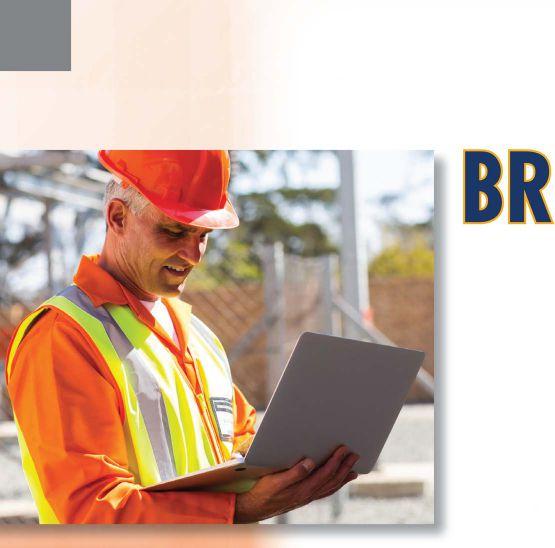

Abstract



COPYRIGHT MATERIAL IEEE
PAPER NO. ESW-27
BY JOE BARRIOS AND KATIE SCARLETT REYES, Tony Demaria Electric, Inc.For the first time in history, our workforce has fourgenerationsworkingtogethersimultaneously, each with their unique method of learning, communication, andrelationshipto safety. Many of our top safety advocates are close to retiring. Once they have left the workforce, it will be the responsibility of the next generations to see that safety continues to move forward. Facilitating a smooth transition may lie in the application and utilization of technology. Discovering a good blend of current and emerging technology and training methods, coupled with more human interaction, can lead to the development of a safety program that can effectively target each generation. The future of safety lies in our ability to avoid alienating the older generations with the overuse of technology, yet use it sufficiently to keep the younger generations interested. We must usetechnology tounite, capture andinvolve the experience of old and transform it into a mediumthatwillencouragethe new.
This paper will shed light on the growing generational gaps; the emerging issues inherently tied to this growth; and discuss the potential application of current and emerging technologies that can help bridge a gap between generations that technology has created in the last few decades.
Index Terms
Technology, generational gaps, Traditionalist, Baby Boomer, Generation X, Generation Y,
latchkey kids, social interaction, and communication.
"Once a new technology rolls over you, if you're notpart ofthe steamroller, you'repart ofthe road" - Stewart Brand
The technology that was available during the youth of each generation has shaped the way each generation is able to learn, communicate, and develop a relationship with safety. Today, technological advances are produced at a rate that is near impossible to follow. Couple that rate with a workforce whose technological skills can vary from "technologically inept" to "tech-savvy", and you are left with a common problem faced by most organizations. How do we become part of the steamroller, successfully integrating technology that can efficiently utilize, unite and stimulate each generation in the workforce? A common mistake made by most is the thoughtthatthis process is as simple as the installation of the technology itself We tend to overlook the impact technology will have within our workforce, how it can divide rather than unite, how it can discourage rather than encourage. Before we can successfully avoidbecoming the road, we must delve deeper togaina greater understanding of ourselves, the generational traits that define us, the methods of teaching that can stimulate us, andthe forms of communication that can reach us.
It was technology that created these differences among us, and it is only fitting if technology can become the bridge that can unite us.
A. General Attributes ofEach Generation Traditionalists (1925-1945) are described as custodians of irreplaceable knowledge, relationshipsandculturallore.Theyaremethodical, self-sacrificing,hard-working,dedicated, stable, detail-oriented, team players, respectful towards authority, and loyal to both country and employer.
Baby Boomers (1946-1964) are described as optimistic, committed, independent, team oriented, argumentative, "live to work'', service oriented, and driven. They are often very knowledgeableandefficient. Theyvaluepersonal growth and gratification. They are motivated by personal impact, gaining status through achievements, and building their retirement accounts. Baby boomers are not naturally budget minded and can be self-centered.
Generation X (1965-1980) is described as selfreliant,adaptable,technology-literate,pragmatic, practical, and creative. They "work to live", have an intense yet balanced work ethic, are unintimidated byauthority, and acceptdiversity. They are motivated by economic security, improving their lifestyle, and realizing their creative and entrepreneurial vison. They are often referred to as latchkey kids.
Generation Y (1981-2000), also known as Millennials, are described as technologically savvy, optimistic, and tenacious. They exude a heroic spirit, they "live then work", and are socially responsible. They prefer a lack of personal interaction in business interactions and often hold a sense of entitlement. They are motivated by being able to make a social impact, satisfYing high expectations, learning and personal development. They want to maintain their personal lives through flexible work schedules. [1-5]
Traditionalists prefer a traditional classroom setting that heavily utilizes lectures. They did not grow up with access to technology within the classroom. They relied on the library, personal experience, andjob experience as their source of learning. Most of the knowledge they attained while working was passed down by a mentor or family member. They want a structured environment where they are told whattolearn. Theyutilizenote-takingmethods tocapture information. Informationallearning is often the best term to describe the style of learning associated with traditionalists.
Babyboomersalsopreferatraditionalclassroom settingthatextendstoadditionallearninginthe form of classroom participation. They prefer a class that utilizes discussions, simulations, case studies or problem solving exercises. Boomers like to share their experiences and seek value in thematerialtheyarelearning. Transformational learning is the best term to describe the style of learning with baby boomers.
Generation X seeks a classroom setting that provides them with continuous feedback to validate what they are doing. They prefer a casual, relaxed, and comfortable environment. Because they are more technologically literate, they are receptive to the use of technology and media in learning. They seek practical information and skills that they can apply immediately. They like the incorporation of team work, hands-on activities, and small group discussions that allow them to share and receive ideas within the group/classroom.
A self-directed or self-paced learning style is what would best describe the learning style of Generation X.
With Generation Y, they prefer learning to take place within a media-centered environment. They prefer the integration of technology in the form of webinars, social networking, and multiple forms of multimedia. They prefer to learn through discovery rather than being told. They also have short attention spans that require frequent breaks and the information





to be given in short bursts. They like the integration of physical activities and the utilization of mobile devices/tablets/laptops. Their learning styleisreferredtoasinformalor incidentallearning. [1-5]
C. How They Communicate and Utilize Technology
Traditionalists prefer personal, face to face contact when they communicate with coworkers and customers. They prefer to build real relationships, especially with their organizations' clients. Although they are open to using technology to communicate, such as email and mobile devices, they still prefer personal contact. If they do take the time to learn how to use a technology, it is usually to express their talents and insights.
A Baby Boomers primary tool used for communication was the telephone. They have learned to efficiently use email as a source of communicationas well as mobile devices, with even some utilizing text messaging. Their style of communication can often be indirect, euphemistic, self-consciously inclusive, and politically correct. They view technology as an instrumentto improve personal productivity.
Generation X was the first generation to predominantlyusetechnologytocommunicate. Theirprimarysourceofcommunicationwithin the workplace is by way of email. They utilize mobile devices, laptops, and tablets to review email, create their own documents and use the internet for researching information. Because theyaremoretechnologicallycapable,moreand more are beginning to exploit text messaging, instant messaging, and video messaging. They do still make phone calls, so they are more versatile in how they communicate. Their communication style can be described as informalandsometimesabrupt.
Generation Y choosestocommunicatethrough text messaging, instant messaging, video messaging, socialnetworkingsites, email, blogs, andwikis. Theyviewtechnologyasthedefault method of thinking and working. Because of the methods of communication they use, they wantquick, immediateresponses. Thecontent
ofcommunicationislessimportantthanactof communicating. They utilize tablets, mobile devices, laptops, desktops, tablets, and just abouteverydevice outinthe market. They are by farthemosttechnologicallyadvancedofthe four generations. [1-5]
A. Communication Breakdown "We have more media than ever and more technologyinourlives. It'ssupposedtohelpus communicate, but it has the opposite effect of isolating us."-TracyChapman
As you review the methods of communication for each generation you begin to see a pattern. As technology advances it ultimately alters the way we communicate. Throughout most of our history, technological shifts have happened gradually and without much perceptible cultural disruption [6]. With the development of new technologies, although it has given us the ability to communicate with anyone in the world instantly, it has all but eliminated what is perhaps the most beneficial aspect of communicating; socialinteraction. Itisthrough socialinteractionthatwebuildrealrelationships with people, we gain respect for people, we build trust, and we begin to understand them. If you put technology to one side, the human dimension will always prevail, purely because we understand more when a person connects, delivers, interacts and raises a point of view [7]. In order to build arelationshipwith a person it takestimeandeffort.
When you look at the styles ofcommunication from generation to generation you see the shift from personal contact, to contact by telephone, to contact by email, and now, contact through text messaging. There is a decrease in the amount of effort and time one expends to communicate with another person. Also, simultaneously, you are able tosee a shift in the attitudetowardsworkingwithfellowcoworkers. Traditionalists are team players, Baby Boomers are team-oriented, Generation X is self-reliant, and Generation Y is independent. Because of

technology, the shift to a more impersonal form of communication has brought forth more isolationwithintheworkplace. Itishardenough for aTraditionalist to have a conversation with a Millennia! just based on cultural differences and personal interests alone. When you consider how each prefers to communicate, they are practically communicating with one another in their own language.
B. Poor Communication = Missed Learning Opportunity
"Technology is so much fun but we can drown in our technology. The fog of information can drive out knowledge." - Daniel J. Boorstin
The greatest casualty resulting from the lack of communication between generations is the exchangeofpersonalexperiencesandinvaluable knowledge. As the remaining Traditionalists retire, and Baby Boomers slowly start to leave the work place, the amount of knowledge they take with them is immeasurable.
Each generation is a representation of the technology and information available to them as they grew up. We have gone from the age where knowledge was transferred from mentor to apprentice, to an age where the perception is knowledge can be downloaded in an instant. Older workers have built up lifetimes of experience, insights, and relationships that enhance the performance of their organization in ways great and small. When this knowledge is lost, itcan oftenbe relearned only ata greatprice [1]. In regards to electrical safety, that price can be someone's life. These older generations aren't just great work mentors but great life mentors. Asking them a question isjust as easy as entering whatyouarelookingfor intheGooglesearchbar. The difference is that with an older worker, there are stories and experiences behind the acquisition of each piece of knowledge. They can be stories of pain, joy, hardships, enlightenment, and great loss. Often times itis inthosetales where the real learning is done.
Researchers theorize that the ever-accelerating pace of technological change may be minting
a series of mtm-generation gaps, with each group of children uniquely influenced by the tech tools available in their formative stages of development. Somuchofthehumanexperience is tied up in transient things that even kids two years apart will have grown up in a completely different media environment [6]. The existing generationshaveagapofaround20 years. Ifminigenerations are indeed the result of exponential technological growth, then one generation every 20 years becomes 10 generations in the same time span. The thought alone of a workforce consisting of 10 generations is unfathomable. How can you effectively create, manage, and maintaina trainingprogramtailoredtomeetthe needsof 10 generations? If wearen'tcarefulthen we will end up part of the road sooner rather than later.
Electrical safety has grown immensely in the last 40 years due in large part to the passion and will of our current workforce. Many of our standards and policies are etched in blood, the results of unfortunate and unnecessary events. The future of electrical safety does not fully hinge on the evolutionoftechnology, butrather howwechoose tocreate andutilizetechnology. Technologyisnot the answer, butit isindeedpartofthe solution.
A. Can You Hear Me Now?
How many times have we seen an accident happen as the result of a breakdown in communication? What we say is just as important as howwe listen. Great communication betweentwoindividualshasitsbenefits.Effective communication helps us better understand a person or situation and enables us to resolve differences, build trust and respect, and create environments where creative ideas, problem solving, affection, and caring can flourish. [8]. How we choose to communicate is not as important as why.
There isno right or wrong way tocommunicate. Inthiscase,theeffortweputintocommunicating is more important because we must learn to effectively communicate with each generation. Each generation transmits and receives




information differently and we have to be able to structure what we want to say to meet their needs. We are going to have to take the time to learn each style of communication. If you're a Traditionalist, you should take the time to learn how to text or instant message. A Traditionalist mightdiscoverthat there is a benefit to constant communication in short bursts as opposed to waiting all at once in certain situations. A Millennia! should learn that sometimes if you want to get your message across you must do so in person, face to face. The greatest communicators in the world are able to adapt and reach people of different age, interests, and ethnicities. Theirsuccessisthe resultofthe time taken to understand that to reach the largest audience possible, you have to understand them, what motivates them, and how to make your message resonate within them.
Finally, use communication to get to know someone on a personal level. When you build an authentic relationship with a person you develop respect for one another. Trust begins to build. In electrical safety, when you are working with someone you have to be able to trust them. You have to be able to trust that they have your back and are not unknowingly doing something that would put your life in danger How many accidents have occurred after an individual looking from the outside in saw an unsafe act happening but decided not to do anything? Whether it is because they were fearful of negative feedback, felt it wasn't their problem, or if they just didn't know the person. Do you think that person looking in would just walk away if they knew the person had two young children? What if they knew the person's husband or wife? Or if they suffered through a rough upbringing just like they did? You can begin to see how personal relationships within the work force can affect safety. You can't build a relationship behind a computer screen or through text messaging. It is built the old fashioned way, in the trenches, side by side.
B. Capturing Knowledge: Building on the Blocks oJYesterday
The transfer of knowledge doesn't have to be
from person to person. Technology offers different outlets in which information can be recordedanddistributed. Web 2.0 technologies such as blogs, wikis, social networks, podcasts, and collaborative workspaces give the user a more natural ways to share knowledge. Now the next step is to encourage older generations to utilize this technology. The responsibility does not lie fully with them, but also with the younger generations.
GenerationY mustrealizethatbothTraditionalists and Baby Boomers have knowledge that is crucial to the progression of electrical safety for both the current and future workforce. Many workers enter the workforce with a great understanding of theory, but lack the hands on experience. The older generations have experience with equipment that has been in service longer than their parents have been on this earth. Their knowledge of such items is irreplaceable. Sure, if you run into a problem now you can easily contact them. What about 20 years from now?When they go, so does that knowledge. The younger generations need to use their technological skills to encourage and motivate the older generations to use these available methods to share their knowledge.
Fortheoldergenerationswhomaybeintimidated by technology, Vim Cerf stated, "You don't have to be young to learn about technology You have to feel young". Every one of you that participate in this conference is passionate about electrical safety. You approach electrical safety with a youthful exuberance. If you channeled even a fifth of that energy towards sharing your knowledge through Web 2.0 technologies, you could help to build an organic community [1] of knowledge. With real time communication technologyintothesocialnetworking application environment, it is possible for people to start spontaneous conversations about the content, laying the basis for authentic relationships that lead to deep, durable knowledge transfer [1]. It is a way for anyone to keep contributing to the progression of electrical safety long after they retire. The blog you write today or podcast you record tomorrow could lead to a life being saved 10 years fromnow.
There may be many of you that already take advantage of these technologies to share your knowledge. I encourage you all to share your knowledge. I also encourage you to reach out for the help of the younger generations if you need help learning and utilizing this technology. We are all working towards the same goal; making the workplace safer for current and future generations.
C. Electrical Safety: Training the Present to Train the Future
Building a training program that can target the needs of each generation can be quite a difficult task. They are many books, articles, and other sources of information that can offer methods on how to build a training program that can effectively target each generation. Some organizationshavebeenquitesuccessful. Partof their success is the incorporation of technology. They have been able to successfully blend technologywitholdermethodsoftraining, such as lectures, hands on exercises, and case studies. As the workplace around us continues to evolve andpresentnewdangers, yourtrainingprogram mustevolve along with it
A key in developing a great program is putting together a team consisting of members from each generation. The collaboration from this teamcouldbeabletoputtogethertrainingthat could incorporate the best of each generation's learning styles. They will be able to bounce out ideas and receive immediate feedback. They can help each generation explain why a certain learning method may or may not be best for them. By each generation working together, they are able to better understand one another. Effective teachers understand their learners.
Baby Boomers have dominated the workplace for years and are comfortable in the culture they have created. In order to progress, they will have to slowly give the keys to the car to theyoungergenerations. Theoldergenerations can provide knowledge gained from over 30 years of experience, while younger generations bring technological expertise, enthusiasm, and energy. If both can recognize and adapt to these traits then it will lead to the enhanced
success in the training environment [3].
Finally, the last step in producing a great training program is the recruitment and incorporation of young talent. As these minigenerations enter the work force, we need to seek out promising young talent and get them involved with safety early They will be the key to keeping the training program up-to-date with current learning methods and technology. They may lack the experience at first, but by collaborating with the older generations, they will be receiving information immediately. Also, theprocessshouldnotstopatrecruitment. Electricalsafetycoursesarebeginningtoemerge in more colleges. We should focus on pushing more safety curriculum into colleges. We need to compete for that young talent. We need to show that a career in safety is very promising and fulfilling. It is those next generations that will continuetopushthe evolutionofelectrical safety into new heights.
"Everybody has to be able to participate in a future that they want to live for. That's what technology can do." - Dean Kamen
Thepaceatwhichtechnologycontinuestogrow isonlyquickening. Every day we are presented with new technological tools that may lead to the next breakthrough in electrical safety We may soon see the day where training is held in a virtual 3-0 world where employees are able to receive training in thesame manner as pilots receive in flight simulators. No matter what technologyiscreated, whatitcando, itwillstill depend on how we decide to use it. We need to understand that technology is a tool and like anyothertool, ifyou useitoutside the purpose for which it was created, you will put yourself at risk. We need technology to continue to improve electrical safety. Alvin Toffier stated that "Our technological powers increase, but the side effects and potential hazards also escalate". If we are to prepare ourselves for these hazards we must do it together, utilizing what each generation has to offer. Whether you still use a typewriter or are able to conduct business on your smartphone, you will be able




to make a difference. And when you do, why not use technology to share it with the world? We know we will.
During last year's conference we were approached by an individual that took the time toaskus what we thought aboutthepresentations that he and others had given. Later that evening, we ran into each other and we continued to talk. He asked us what we thought about electrical safety and if there was an idea that we thought could help contribute. After explaining to him our idea, he told us two things. The first was to take our idea, write an abstract and turn it in for next year's conference. The second was that he would help us if we reached out to him. We would like to thank Mike Doherty for reaching out to us that day, hearing our idea, challenging us to be a part of the conference this year, and expressing extreme confidence in us.
The second person we would like to acknowledge is Tony Demaria. After hearing about our experience with Mike, he also pushed us to get this paper out and offered to supply us with anything we needed to get it done. Getting support from both men, who are highly regarded within the electrical safety community, was a great source of motivation. With the right attitude and support system, we can all accomplish great things.
[1] Salkowitz, Rob. Generation Blend· Managing across the TechnologyAge Gap. Hoboken, NJ: John Wiley & Sons, 2008. Print.
[2] Proper, Rachel, and Tara Cox. "A GenerationBased Approach to Training." Editorial. Scrap June 2010: 1-4. Web. <http:l/207.150.194.71/ DocurnentArchive/129.pdf>.
[3] Cekada, Tracey L. "Training a Multigenerational Workforce." Professional Safety March (2012): 40-44. Http:llwww.asse.org/professionalsafetyl pastissues/0571031040_044_FJCekada_0312.pdfWeb.
[4] Carlson, Casey, Deloitte, andTouche. "Rational for Introducing the Generational Communication Gap into the Workplace." N.p., n.d. Web. <http://www.un.org/staffdevelopment/pdf/ Designing%20Recruitment,%20Selection%20&%20 Talent%20Management%20Model%20tailored%20
to%20meet%20UNJSPF's%20Business%20 Development%20Needs.pdf:..
[5] Weiss, Scott. "Generation Gap: How Technology Has Changed How We Talk About Work." Web log post. Forbes. N.p., n.d. Web. <http://www.forbes.com/sites/ciocentral/2012/05/16/ generation-gap-how-technology-has-changed-how-wetalk-about-work!>.
[6] Koschei, Jordan. "The Growing Technological Generation Gap- The Industry." The Industry. N.p., 12 Feb. 2013. Web. <http://theindustry.cd2013/02/12/ the-growing-technological-generation-gap/>.
[7] Masters, Mark. "The Importance Of Human Interaction OverTechnology."Business 2 Community. N.p., 3 Dec. 2013. Web. <http://www.business2community,com/marketing/ importance-human-interaction-technology0701897#!brharni>.
[8] Robinson, Lawernce, Jeanne Segal, and Robert Segal. "Effective Communication." : Improving Communication Skills in Business andRelationships. N.p., Sept. 2014. Web. <http://www.helpguide.org/ articles/relationships/effective-communication.htm>.


joe Barrios began his relatiomhip with safety after being hired in 2005 as an electrician's apprentice with Tony Demaria Electric, Inc. A shiftftom the field to the office expanded his role within the company For the fastjive years he has participated in the revamping of the company's safety policies and procedures. As the company's current Assistant Safety Director, he is tasked with keeping the safety program up to date andfirst class. This will be his third time attending the conference and hisfirst time presenting.
Katie Scarlett Reyes graduated ftom California State University Long Beach with a BA in 2009. She has worked for Tony Demaria Electricfor three years and is currently their Internal Safety Auditor. This will be her third time attending the ESW Conference and herfirst time presenting.
Joe Barrios Member, IEEE
Tony Demaria Elecrric, Inc. 131 WestF Street Wilmington, CA 90744 USA
Katie Scarlett Reyes Member, IEEE
Tony Demaria Elecrric, Inc. 131 WestF Street Wilmington, CA 90744 USA
Joe@tdeinc.com Katie@tdeinc.com
REPRINTED WITH PERMISSION FROM IEEE ESW CONFERENCE 2015 NO COPYING, REDISTRIBUTING OR RESELLING IS AUTHORIZED WITHOUT PERMISSION FROM IEEE
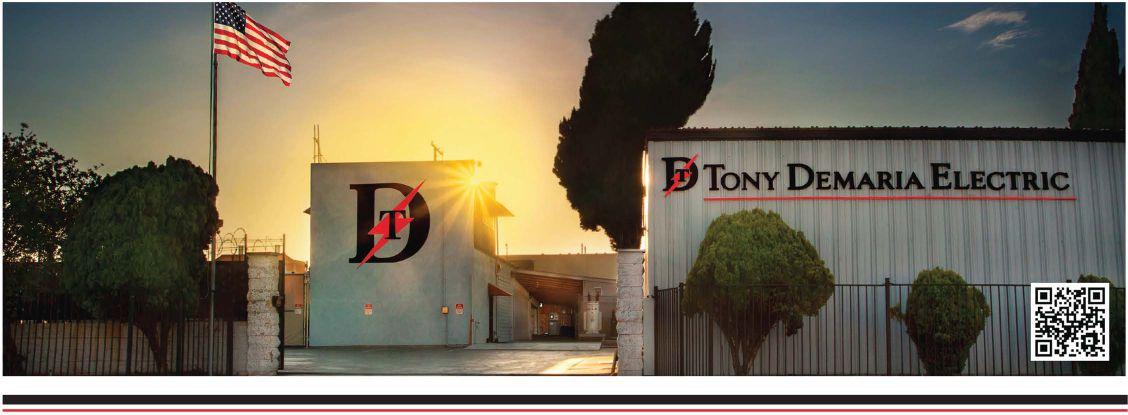
Protection Systems Design, Commissioning, Relays, and PT's/CT's Testing
National Certified Cable Splicing, Complete Cable Testing & Analysis using VLF, VLF-TAN Delta, and Partial Discharge
Large Motor, Generator & Transformer Maintenance, Testing, Oil Handling & Leak Repairs
Troubleshooting of Electric, Power Control Systems, and Power Quality Audits

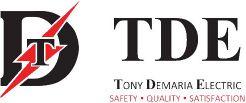
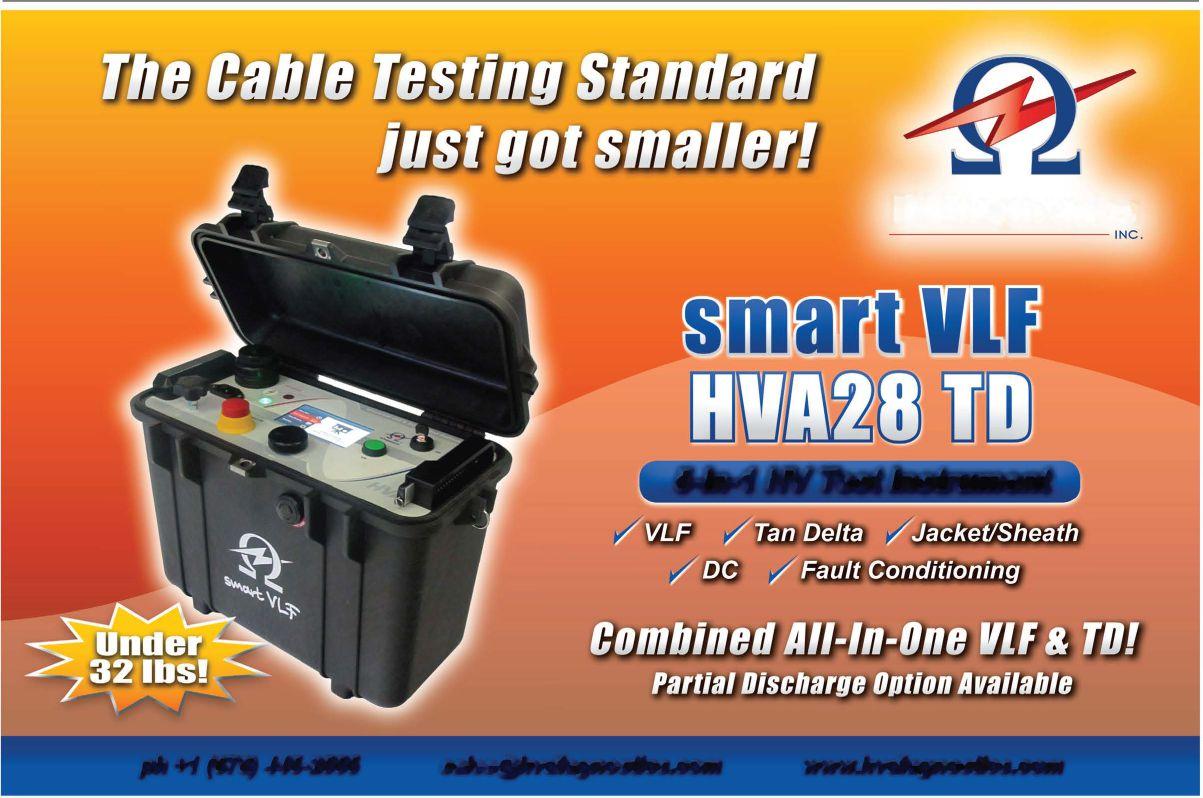
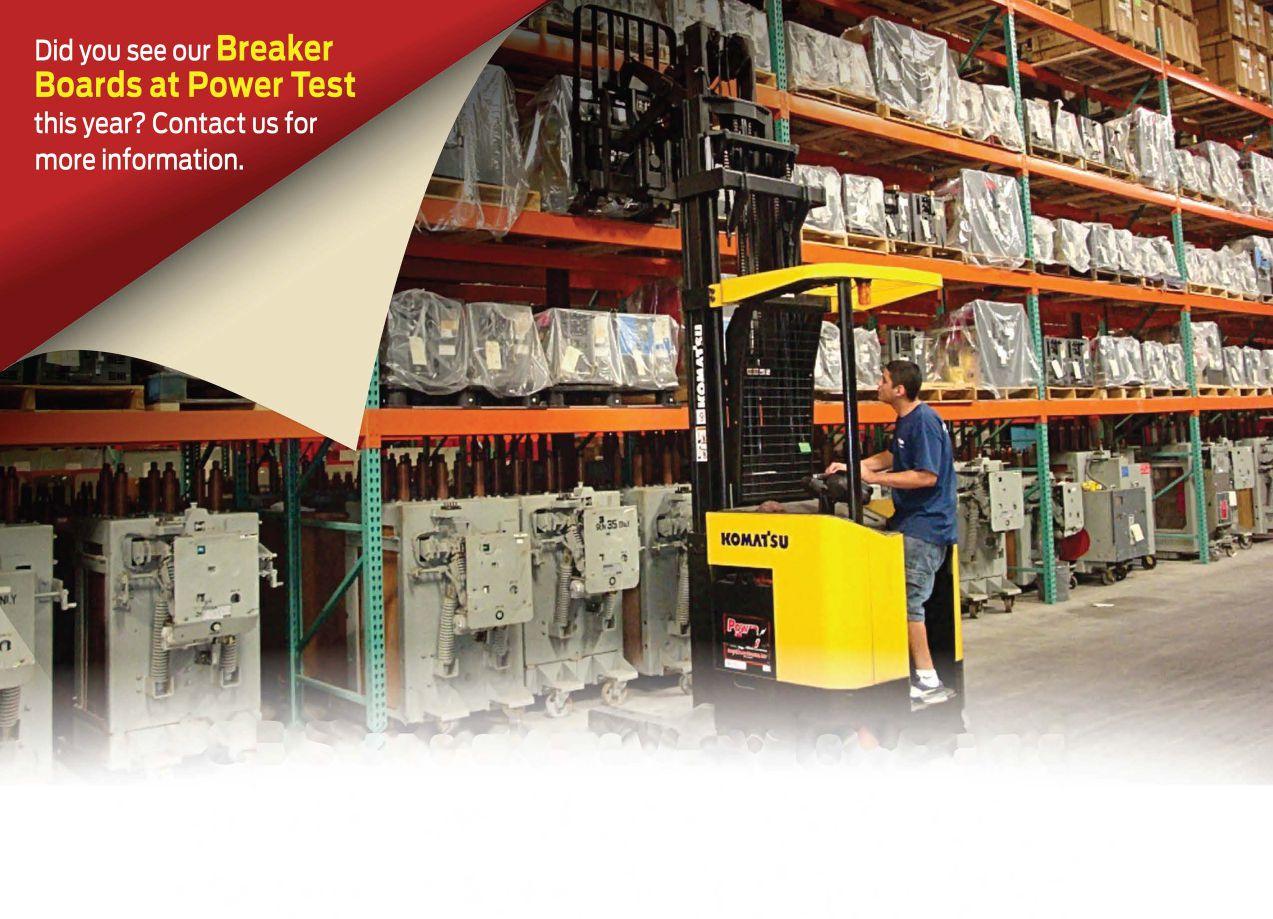
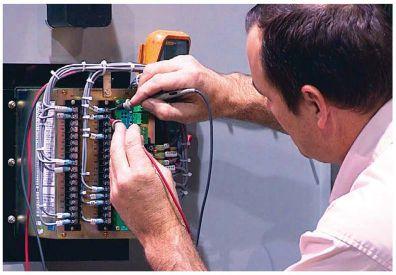



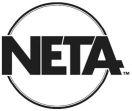
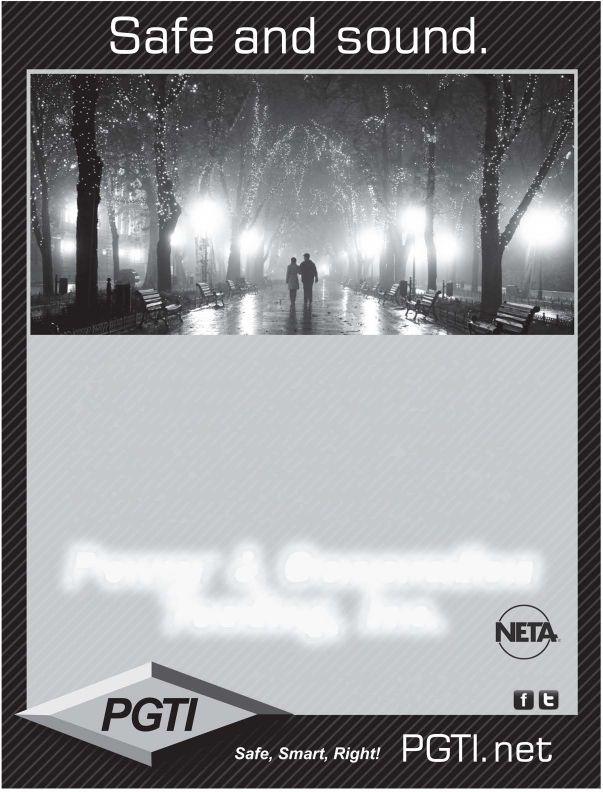
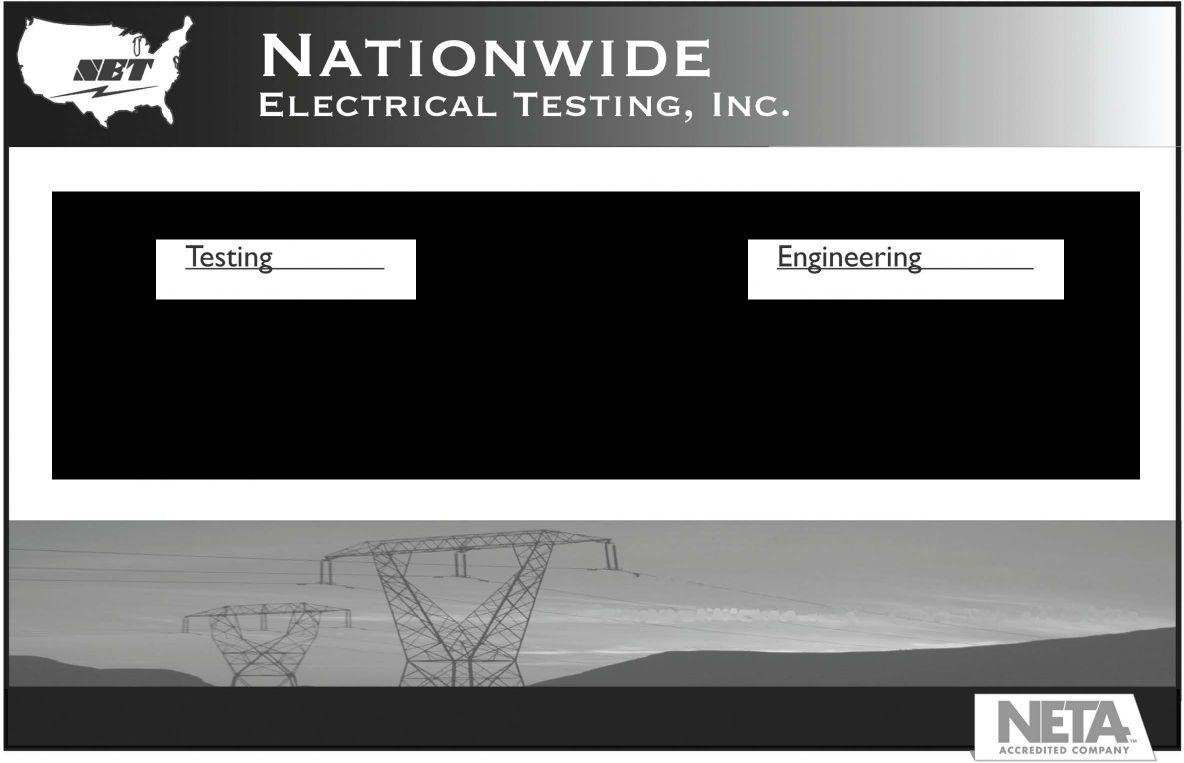

Stephen Hawking related an age-old piece of wisdomto amodern world when hesaid, "Quiet people have the loudest minds." While most people don't give voice to every thought that flickers across their synapses, some people are especially reserved until they feel a reason to speak up and offer ideas and opinions. Lome Gara, recipient of the 2015 NETA Outstanding Achievement Award, is known as someone who is on that end of the spectrum - at least as far as firstimpressionsareconcerned. Turns out, hehas alot tosay.

"Quiet People Have the Loudest Minds" Stephen Hawking
As it is every year, the award was presented by NETA's President, currently Dave Huffman, at the Member and Alliance Luncheon on Monday at PowerTest. However, this year was marked by a moving distinction. In the wake of the loss of long-time NETA volunteer Diane Hageman of PRIT Service, Inc.,theNETABoardofDirectors elected to rename this year's award as the 2015 Diane Hageman Outstanding Achievement Award, in honor of her years of countless contributions helping to shape NETA into an organization respected for its dedication to excellence. Her work helpedcreategrammatically
correct technical publications, from the NETA standards to each article in NETA TVorld journal and the many press releases and other communicationsissuedfromtheNETAoffice.
Lome and Diane had the opportunity to get to know one another through their work on the NETA Standards Review Council. Even though Diane retired from the SRC just as Lome was gettinginvolved, Diane continued to contribute andtraveltothemeetingswithherhusband,Rod Hageman,whoisstillamemberofthecommittee.
Rod and Diane have always been known to hold extremely high expectations for the people with whomtheywork. RodandLomebecamefriends after working together when Lome volunteered to lead the development of the ANSI/NETA ECS Standard for Electrical Commissioning Specificationsfor ElectricalPower Equipment and Systems. Rod, Diane, Lome- and most people involvedinNETA,forthatmatter-arecutfrom the samecloth. They are the if-you-are-going-todo-something, might-as-well-do-it-right sort of people.
Spectacular achievement is always preceded by unspectacular preparation.
� RobertH.Schuller
Lome worked with Ron Widup of Shermco Industriesto roughouttheinitialconceptforthe ANSI/NETAECSduringanimpromptumeeting
at PowerTest a few years ago. Lome took the skeleton created and put some meat on the bones, following the format of the other ANSI/NETA standards, which is a lot more challenging than it mightseem.Fromthere,aworking group was assembled and met to review the work done by Lome up to that point, as well as to contribute additional ideas
Diane Hageman Reviews theANSI/NETA MTSfor Grammatical Errors and Consistency at a NETA Standards Review CouncilMeeting
Lome Gara, Recipient ofthe 2015 Diane Hageman Outstanding Achievement Award
that down into the document that was released for balloting. The Ballot Pool did their work in accordance with ANSI/NETA procedures. The result of these collective efforts is the completed document,whichasanyoneinvolvedinstandards development and maintenance knows, is immediatelyputbackintodraft formforthenext
round of revisions. There is always room for improvement. While some mightbedefeatedbythefactthatthe job is never done, people like Lome areenergizedinstead,findingreasons to keep moving forward with each newchallenge rather than restingon hislaurels.
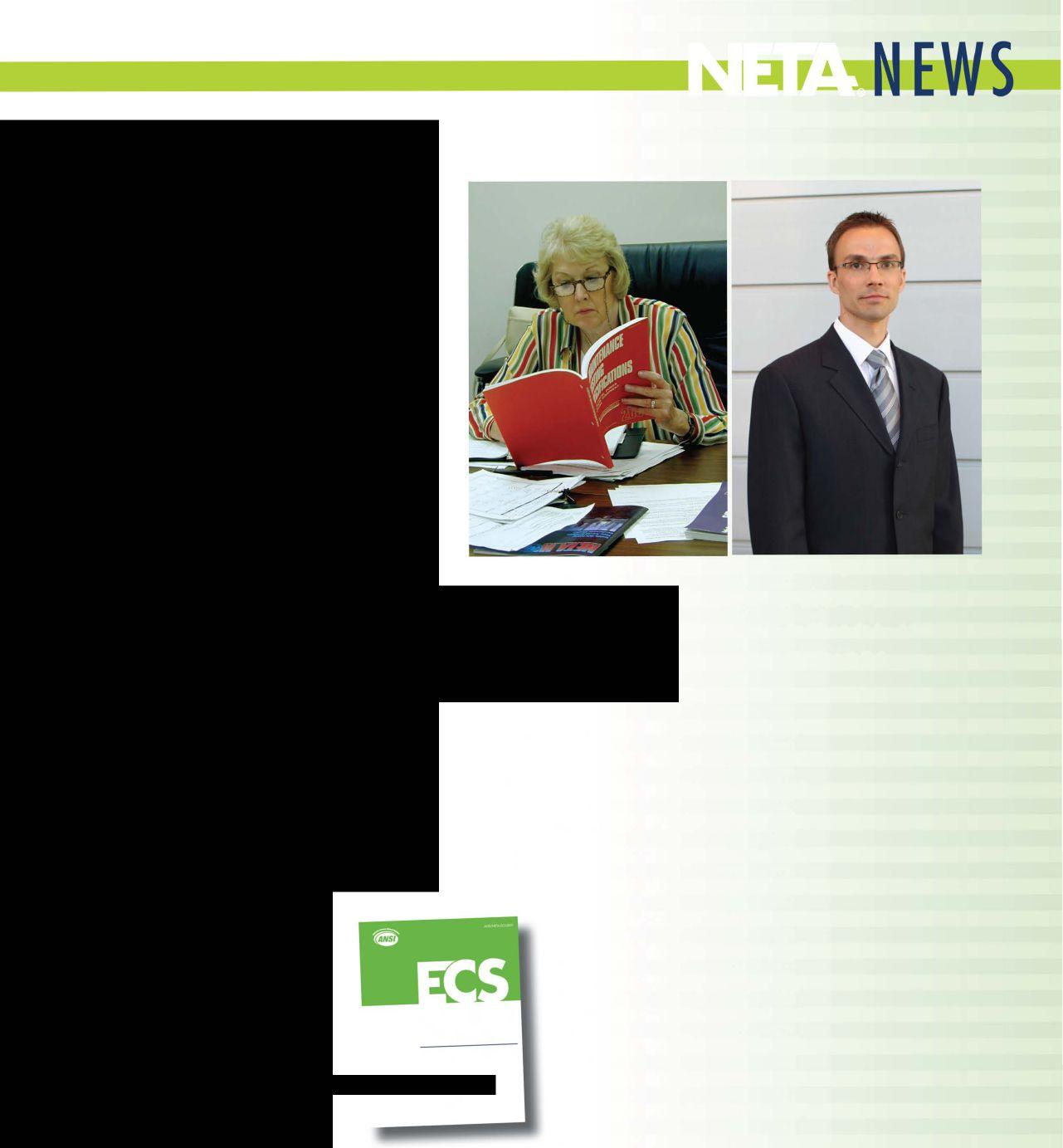
Lome managed the project well, takingintoconsiderationeveryone's perspectives and input and gelling
Lome's co-conspirator in the project, Ron has this to say: "Lome has been a great contributor to the Association over the last several years, especially in the technical arena. His work with theStandards Review Council has been great, andmaterials.




as it takes a certain type and personality to contribute in a way that is not only reasonable, but also factual and accurate. Lome does all this well, as he has great depth of knowledge in many areas related to electrical power testing and maintenance, with a concentration in protective relaying. Working with him on the newNETA commissioning standard was great because he did a ton of work and kept the process going. It was very fitting and deserving that he received the NETA Outstanding AchievementAward this year."
A creative man is motivated by the desire to achieve, not the desire to beat others.
There is a lot of praise and glory for climbing Mount Everest, but far less in the creation of consensus-based standards - which when considered, may be a far greater achievementbecause they require people agreeing to disagree, the coordination of thousands of pages of other industry standards, and the ability to motivate people to do what is often thankless tasks in the wee hours of the night or morning, when they make time for it amid other important life commitments. The great thing about people who areinvolved withNETA is that they have already bought into the idea that these projects are important.NETAvolunteersuseconsensus-based industry standards every day and understand the value these documents bring to every facet of the electricalpowersystemsindustry.

Rod Hageman, a tenured veteran of the standards creation process, says;' Lome is a very quiet and unassuming gentleman. I don't know exactly what triggeredmyinterestinLome, butwith a little interaction, it became apparent to me that he is quite bright and also willing to work for NETA without expectation of significant reward. Apparently, I was not the only one that felt that way becausein very short order, the SRC invited Lome to join us in our work. Lome
has labored tirelessly on behalf ofNETA, even though for every successful project completed, he was rewarded with requests to do even more work. I see Lome as a major factor in the future success ofNETA. Our esteemed President chose wellinselectingLometoreceivetheOutstanding AchievementAward this year."
When building a strong, successful team, it is critical toassurethat adiversecollection of talent and interests are present, but one unifying factor must be present in every teammate: the desire to create through collaboration. Even the mountain climber hailed for summiting the highest mountain didn't get there without the ability to assemble and coordinate a team that believes in his ability to achieve what he set out todo.
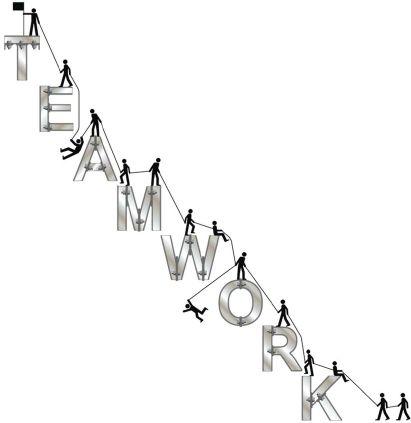
Dave Huffman of Power Systems Testing Co., Inc. saw potential in Lome as well, saying, "With Lome, myfirstimpression wasthatheisaquiet person, who makes a lot of observations and takes things in. He seemedalotlikeme,soI thought, 'He'sonetokeepan eyeon: I cametolearnhoweasy-goingheis, andthat there's alotgoingoninhishead. I love workingwithLome because whilehehassomuchtoofferand say, he also listens attentively to what others haveto say. It makes forgreatcollaboration:'

Ifyouwant tobuild a ship, don'tdrum up people together to collect wood and don't assign them tasks and work, but rather teach them to long for the immensity of the sea.
�Antoinede Saint Exupery
NETAvolunteersaremanythings,includingloyal.
Lome is one of more than a few NETA members who found a work home directly after graduation and stayed dedicated to home improvement projects with coworkers ever since. Amin Kassam, General Manager for Orbis Engineering and Lome'sboss, says, "I havehad thepleasureto work with Lome from the first day after his graduation, and I continue to be impressed by his knowledge, commitment, loyalty, work ethic, and thirst for knowledge and excellence. I have seen Lome grow as a young man into a mature leader, a good husband, and a great father. I consider Lome to be a protege of mine, which makes me very proud, while also feeling honored to have had the opportunity to work with him over the past 17 years."
"Lome was one of the founding employees of Orbis and now is a pillar of our technical strength and experience;' Amin continues. "His involvement in NETA as an Orbis representative has afforded us incredible good will and technical credibility, and we are very proud and happy to support him in these endeavours. Lome has helpedgrowOrbisfromathree-personorganization in 2001 to today's115-person strongorganization with NETA Accredited status and power system serviceandengineeringcapabilitiesandexpertise."
"We are very proud that Lome has been selected as the recipient of the Outstanding Achievement Award;' Amin concludes. "We thank NETA not only for the outstanding work the organization does in advancing the safety, technical expertise, and standards of our industry, but also for recognizing and acknowledging Lome's success and contributions to these efforts. This is a great accomplishment for Lome, a young and humble man under 40, and we at Orbis congratulate and thank him for his continued hard work, efforts, and loyalty."

Never get so busy living that you forget to make a life.
�Unknown
When given the opportunity, people tend to place themselves in proximity to like-minded individuals. Lome is in good company with everyone from NETA because he has discovered that thekeytohavingitallistoneversleep.Having itallmeansmakingtimefor what's important, and knowing that you're in good company certainly helps when balancing deadlines for work, volunteer obligations, and family time. Lome reflects, "In my time spent with the NETA Board of Directors, other committee members, and staff, I have had the chance to work with many accomplished individuals and have made great friendships. I have learned a great deal regarding the standards development and association
business. I truly appreciate and value the camaraderie and everything I have learned. It will forever remain a major contributor behind my success and achievements:'
While all the relationships he has built over the years have contributed to his success, the most important person in his life is his wife, Lisa. �te simply, he says, "I married a very understanding and supportive wife." Lome and Lisa were high school sweethearts who married in 2003 and have gone on to become successful,career-drivenprofessionals whilemanagingtoraisetwo beautiful daughters, two hopelessly adorable canine companions, andwho regularly make time to be together as a family.
While Lome most enjoys the opportumnes for troubleshooting, learning new things, and working with other talented individuals, he also finds pleasure in camping, hunting and fishing, and being outdoors with his loved ones. He is in no danger of failing to make a life for himselfand quite a nice one at that.
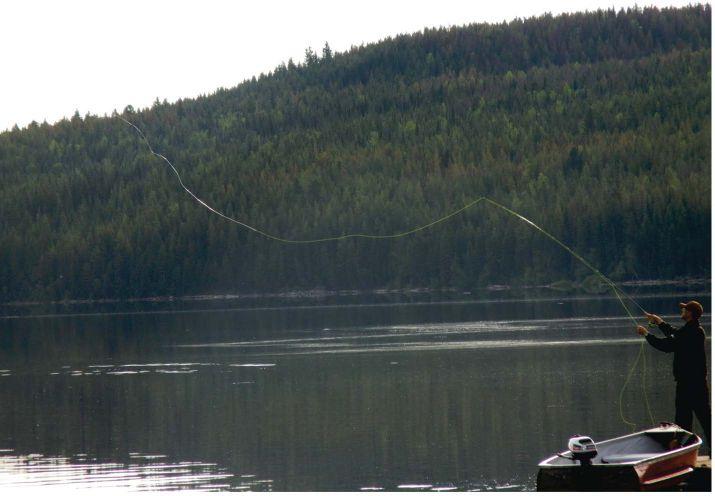


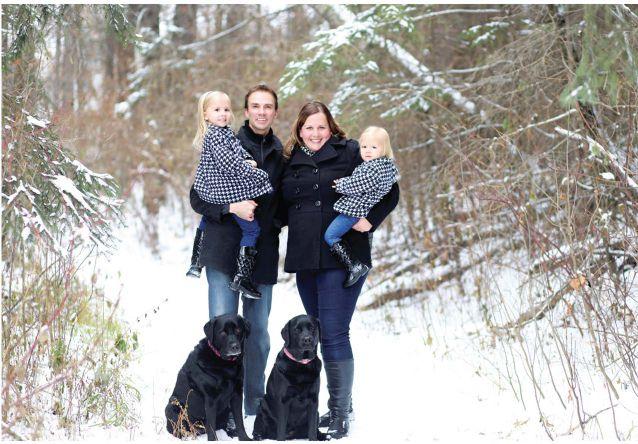
is But the Stream I GoA-Fishing In."
Get a PD Jump Start & Hit the ground running with Partial Discharge Testing!
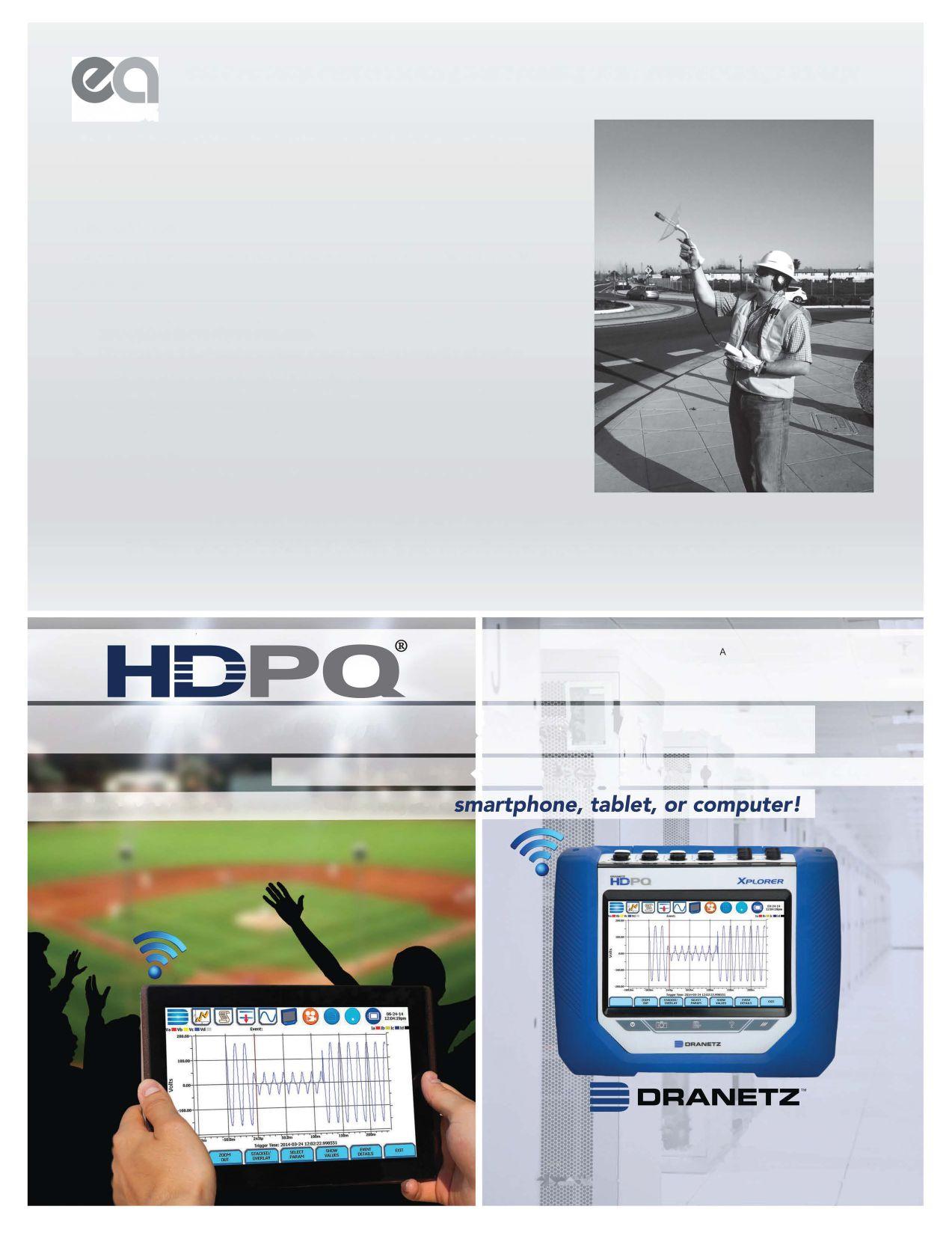
technology
EA's PDJumpStart program can let you make money on your first job without any investment in equipment or training. You could be doing your first paid PD survey in a matter of weeks!
We will help you get your first PD survey job and provide you with an engineer and equipment to do it.
You provide the customer, we provide the expertise and tools. You keep the profit!
Howitworks:
1. We provide you with the help at no charge to allow you to get a 1, 2, or 3 day PD survey job with one of your customers.
2. We provide a skilled service engineer at very low price who will perform the work. We use our instruments at no cost to you
3. Your people attend the entire job, learn how to use the equipment, take part in the process, and see the results.
4. We provide you a report without letterhead for you to personalize and send to your customer.
5. You keep the profit then you can go forward and enter the PD market!

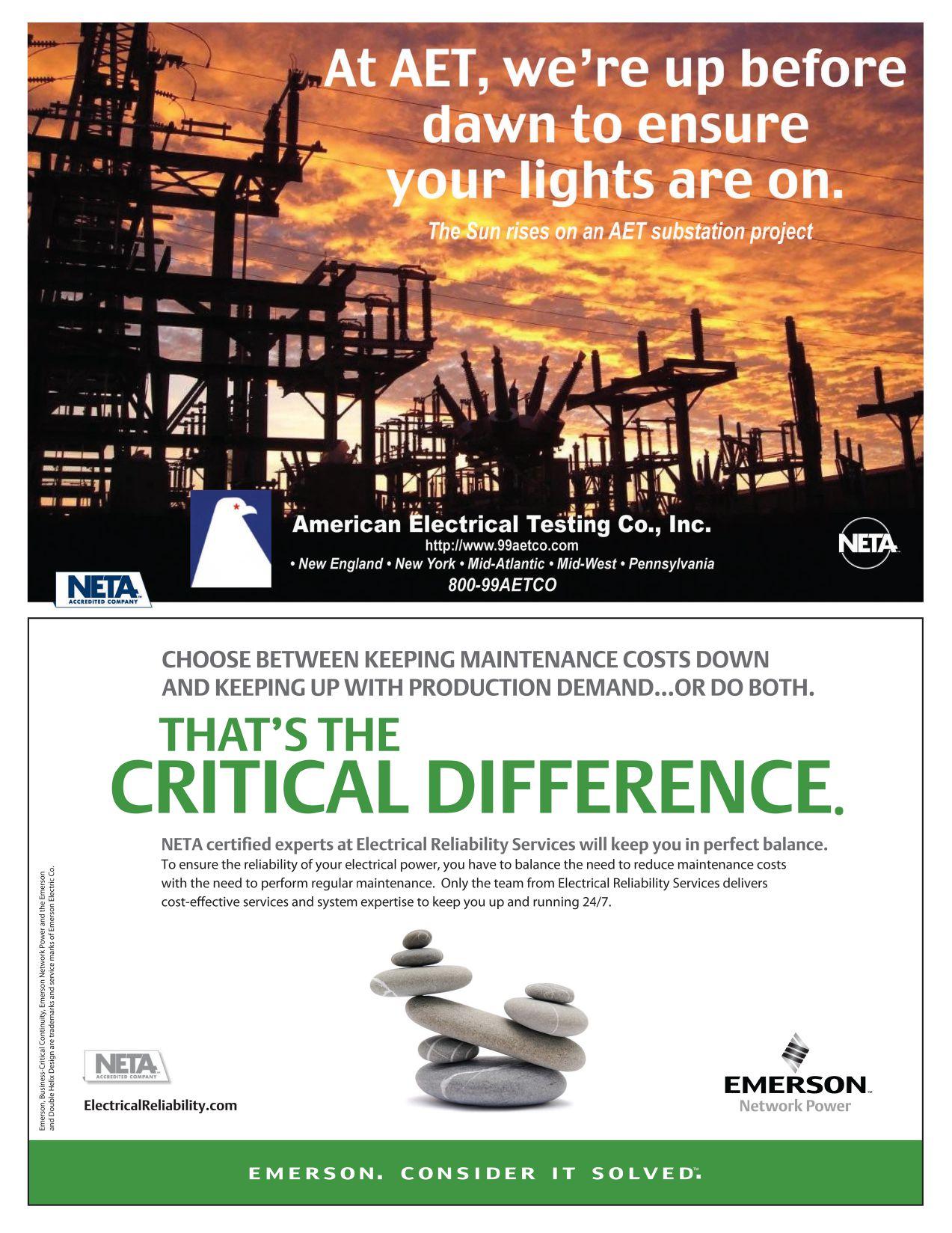
»
>>
>>
>>


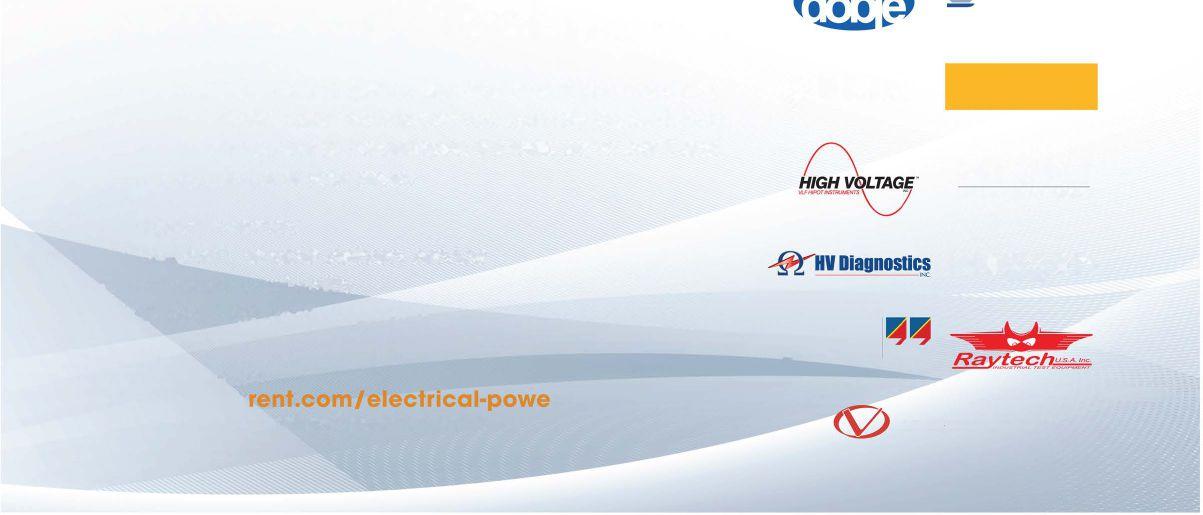
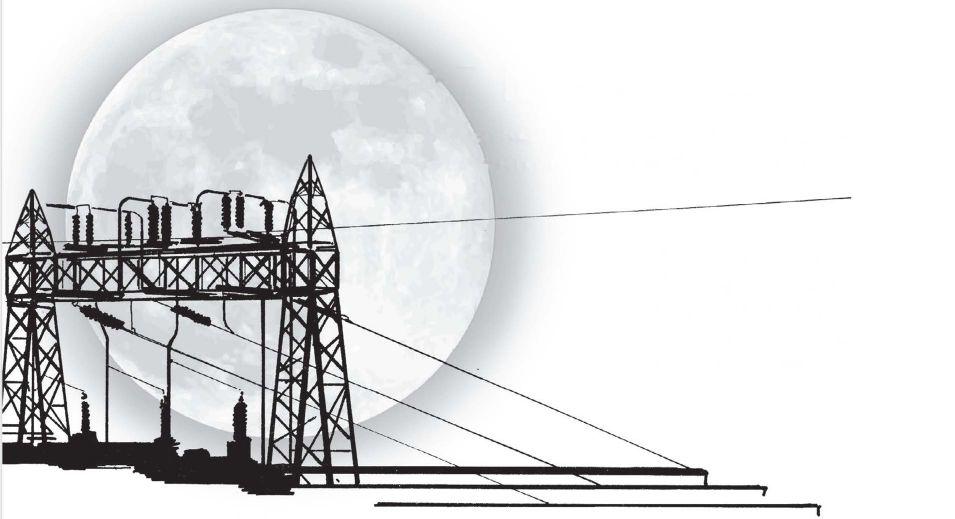

Alliance Program Chairjim Cialdea (right) presents Karl Zimmerman (left) with the 2015 Alliance Recognition Award at PowerTest 2015
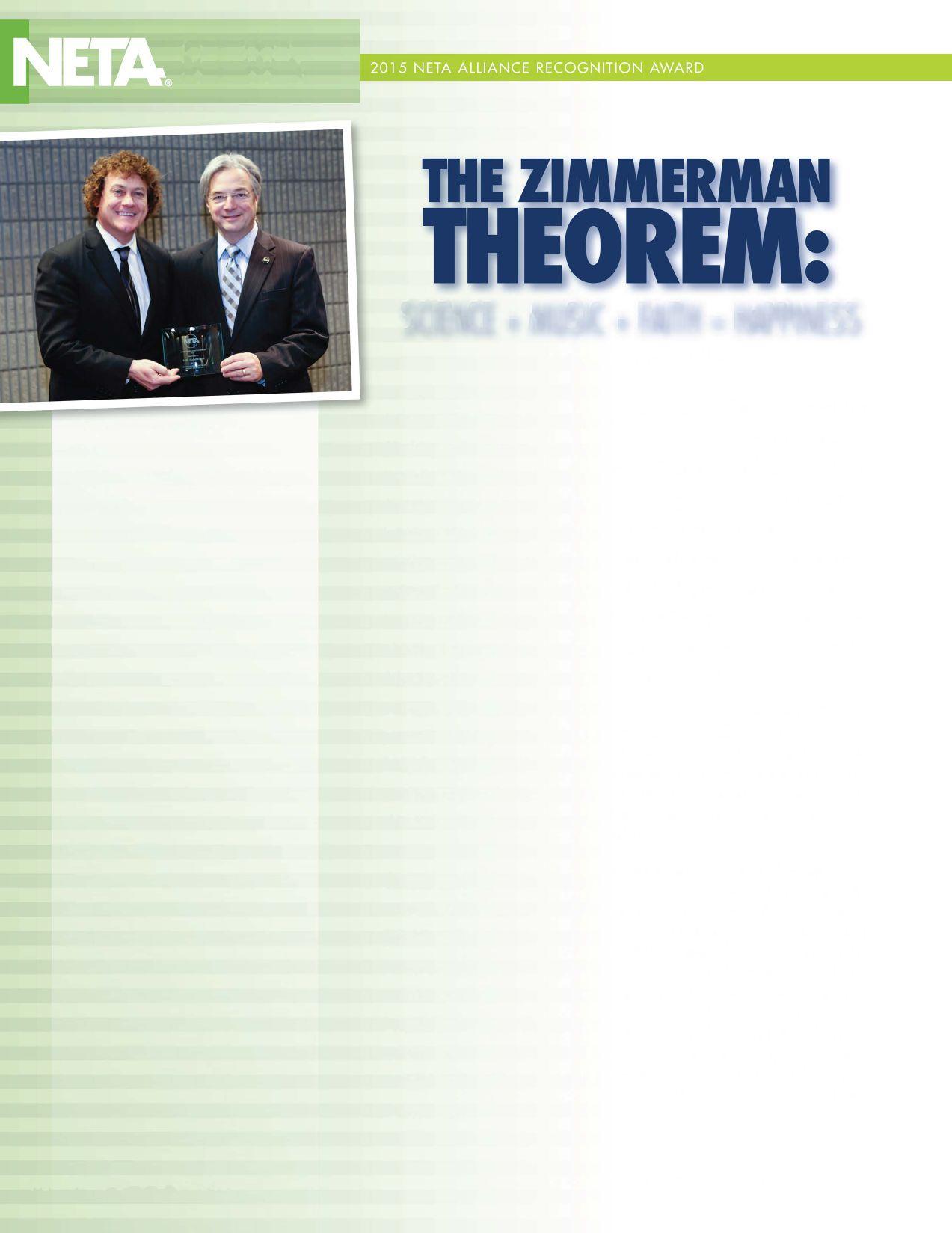
Each year, NETA recognizes an Alliance Partner who has exceeded all expectations when it comes to advocating for the association and its NETA Accredited Companies. This person is presented with the Alliance Recognition Award at the Member and Alliance Luncheon on Monday at PowerTest. This year, Jim Cialdea, CEO of 3-C Electrical Co., Inc. and Alliance Program Chair, presented Karl Zimmerman with the 2015 award at PowerTest in Nashville, Tennessee on March 2, 2015.
When a person thinks of protective relays, NETA, and PowerTest, it would be almost impossible not to think of Karl Zimmerman. Karl has been a regular fixture at PowerTest since the mid-1990s when he first presented at the conference in Baltimore, Maryland. Karl's infectious smile, genuine compassion for his fellow man, and dedication to pursuing all his passions with fervor make him sought out as an educator and welcomed as a friendly face.
Karl Zimmerman is currently a Regional Technical Manager for Schweitzer Engineering Labs (SEL) in Fairview Heights, Illinois. His work includes providing application support and technical training for SEL relay users. He is an active member of the IEEE Power System Relaying Committee and is Vice Chair of the Line Protection Subcommittee. Karl received his BSEE at the University of Illinois at Urbana-Champaign in 1982. He quickly found his niche at SEL after graduating and spending some time working for a local utility in Wisconsin. "I have always liked being part of SEL, especially because of the people. There is a willingness to teach and a willingness to learn. Learning from the very best engineers in the world allows for me to always be challenged, always learn something new. That gives me life," reflects Karl.
When asked why he continues as a steadfast supporter of NETA, Karl says, "NETA's spirit of seeking continuous improvement and increased understanding of evolving technologies, along with the A-team players who are present at PowerTest are what keeps raising the bar and creating an event that continues to be extremely rewarding to be part of each year. At PowerTest there is such a diversity of attendees representing a cross-section of industries like utilities, petrochemical, data centers, government, automotive, and military, to name a few. This is really the perfect setting in which to present."
Some of Karl's peers offer their thoughts on who he is as a person, as well as who he has been to them over the years. Dave Huffman, NETA's President, shares, "The first time I met Karl was during a presentation at a NETA conference, andI thought he was one of the most brilliant peopleI had ever met. I learned how dedicated he is to the industry and how approachable he is. He is always friendly, always has a good word to say, and is always helpful. He has such knowledge and experience, and he's a great person to discuss electrical problems with. He's also a greatpersontoshareabeer withattheendof a long day of technical presentations."
Rod Hageman, owner of PRIT Service, Inc., also knows relays well and has a great deal of respect for Karl. Rod says, " There are some people who are not members of NETA Accredited Companies, yet who provide excellent and varied support to NETA. Karl Zimmerman personifies that and was presented with the Alliance Recognition Award for his contributions to the association. If you engage Karl in a technical discussion, particularly about relay systems, you will probably leave with some very valuable information." Rod and Karl share more than just a penchant for protective relays; they are also musicians who have jammed together on at least one
occasion - Rod on the drums and Karl on theguitarandvocals.Rodcontinues, "IfKarl ever decides to quit his day job, I suspect he could work as a professional musician. Karl and friends, mostly from the same church, have provided excellent music for PowerTest on several occasions."
Ron Widup, President of Shermco Industries, offers up that "there are certain individuals and colleagues in the industry who stand out from the crowd, and Karl is definitely one to classify as a stand-out. Not only is he super smart on protective relaying and power system protection, but he is a great musician as well! The nice thing about the two categories (electrical expertise and musician) is that you can't tell which one he likes more, as his passion for both is extremelyhigh.Andevenafterwitnessinghis commitment to both areas of his life, when you talk to him, you quickly realize that he is a good dude on top of all that. And that, boys and girls, is pretty cool."
Karl's colleague at SEL, Technical Support Manager Dave Costello, may know Karl better than anyone else. Dave shares how he and Karl met: "I've known Karl since 1991. After graduating fromTexasA&M,I went to
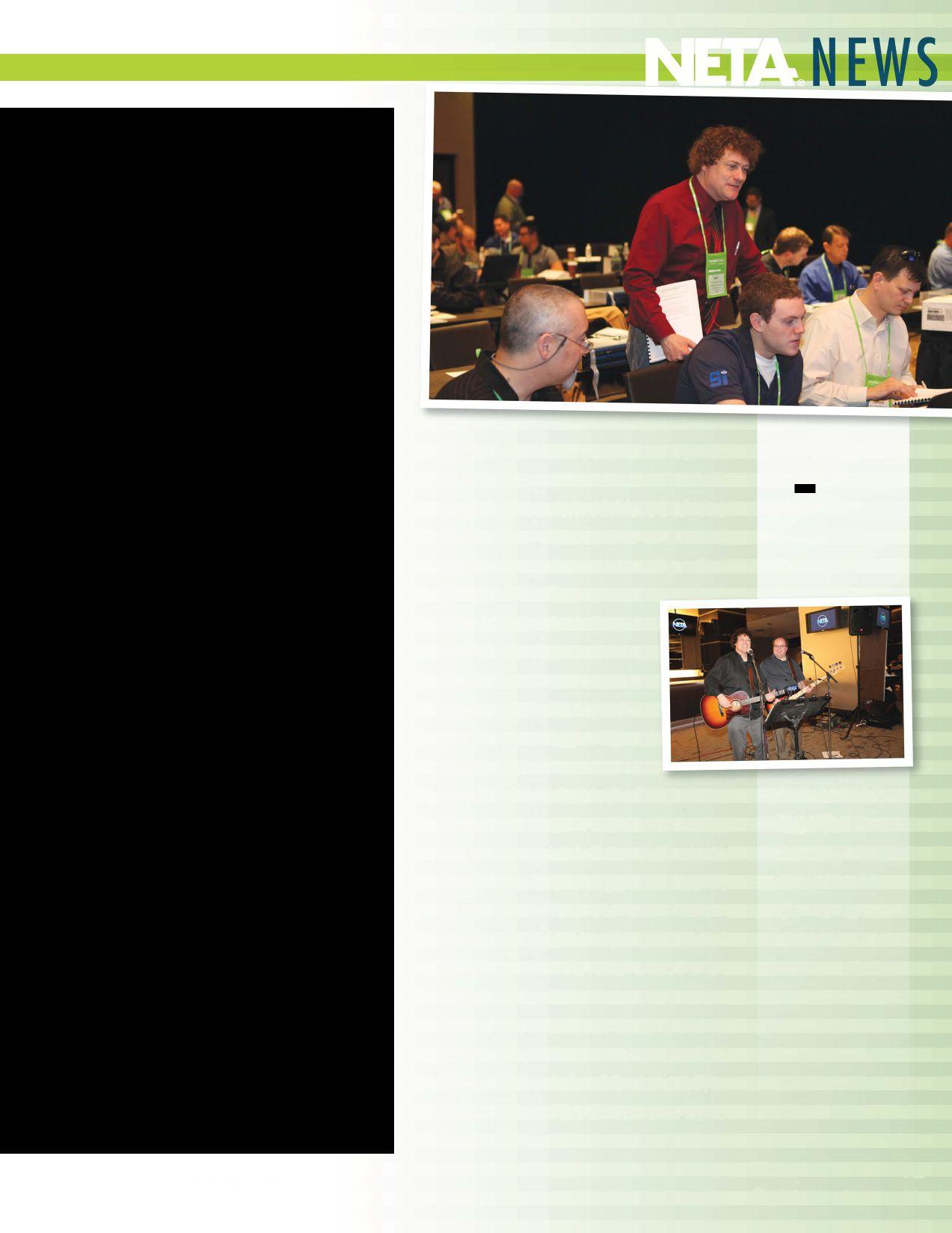
Karl helps PowerTest seminar attendees troubleshoot a relay Karl and his band mate entertain PowerBash 2012 attendees at NETA's 40th Anniversary Celebration in Fort Worth, Texas.
Karl's smile is neverfarfrom hisface, even while listening to technical presentations at Power Test
work for Central Power and Light, in Corpus Christi,Texas.The utility served the southern part ofTexas. I suppose since I was the young guy fresh out of school, I was pressed by my bossand co-workers totakeon learning about these new digital relays we were purchasing and installing. I also spent a lot of time in the field with our relay technicians, learning how to test and troubleshoot, and writing how-to guides regarding testing and commissioning. That's where my passion for testing and troubleshooting was born, for sure."
"Karl started working for SEL in 1991," Dave continues. "He was the first field application engineer hired by SEL, and first working in a non-Pullman, Washington location. He was also our technical support. As a customer, when I had a question or a problem I couldn't figure out regarding SEL relays, I called Karl. I recall commissioning a new 345 kV protection scheme in the Rio Grande Valley and struggling with a test. We
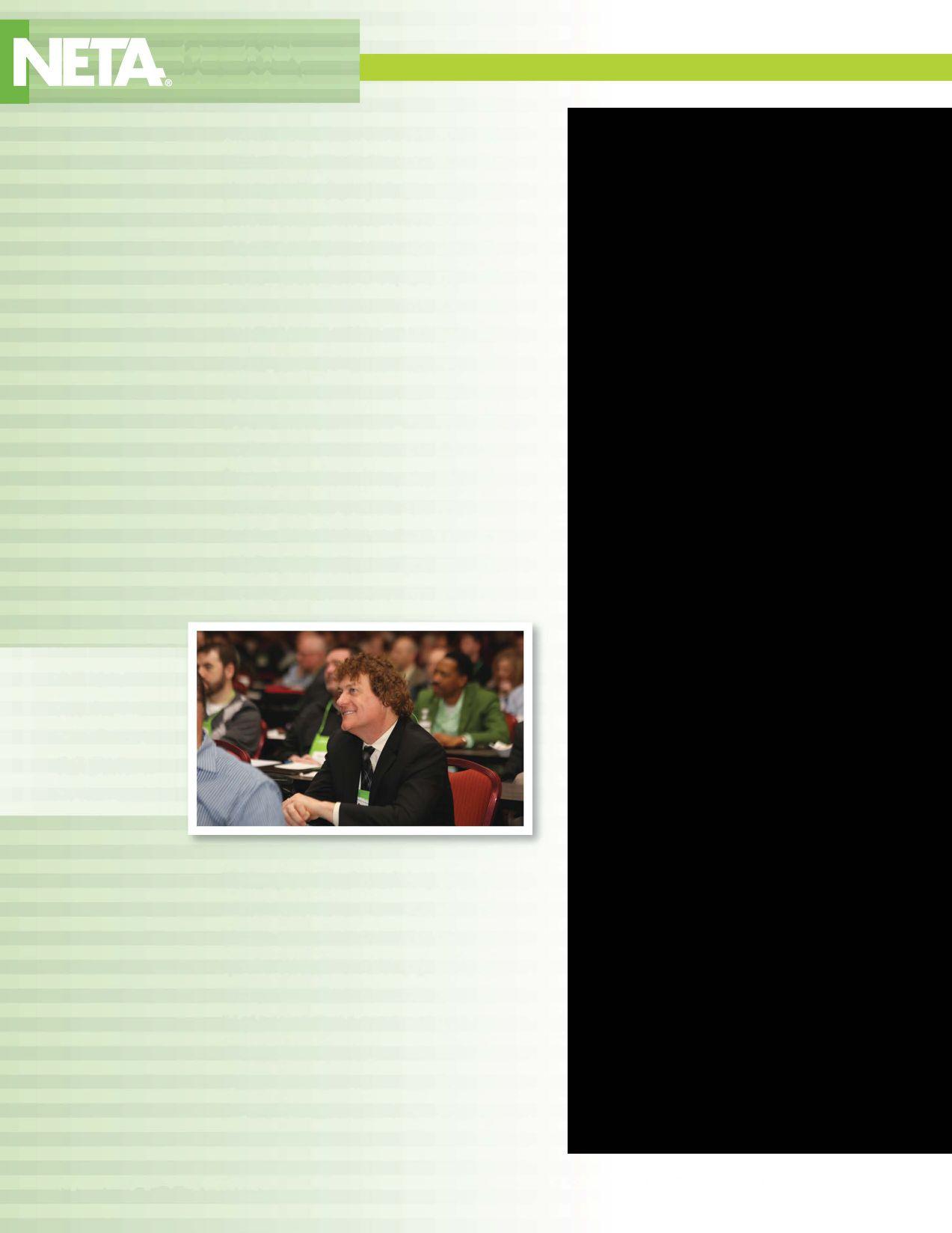
called Karl pretty late one afternoon, and he immediately helped identify what was going on (echo logic in the SEL-321's Permissive Overreaching Transfer Trip scheme). Karl was always someone you could count on to help, who was knowledgeable and answered our questions. Most of our contact was via phone or fax in those days, seeing each other at industry events, or at training for our company at our offices."
Dave says he and Karl continued to develop a working relationship and friendship, "as
many of the good folks in this industry do."
He remembers that Karl came to Corpus Christi and other SEL sites to provide training a number of times, and on one such occasion, unveiled the transformer differential commissioning worksheet. "This tool is so valuable, we use it today in the Protection Troubleshooting 2.0 session!"
Dave points out.
He and Karl went for a jog on the seawall in downtown Corpus Christi one time, and Karl asked, "So, how do you like your job?"
Dave says he had considered applying for a job with SEL in 1993-94 when his utility was reorgamzmg, but recognizes Karl's question as "the beginning of a serious look at a change in my career." Dave presented the first technical paper he ever wrote at the Texas A&M relay conference in spring 1996, and that was, as Karl puts it, his "interview presentation." Dave joined SEL as a field application engineer that August.
"Karl has always said, 'You'll be good at this job if you like to learn and like to teach.' I think that's what I like about working with Karl most," Dave says. "He's stayed true to this over the long haul of his career - always enjoying learning, becoming an expert, and solving problems. He's eager to collaborate, provide a sanity check, an opinion, or be a sounding board.
''And then, second, is that he loves sharing, teaching, documenting, writing, presenting," Dave adds. "He is always trying to break down complicated material in an understandable way, trying to identify things that people struggle with and then teach, preach, and improve."
Dave emphasizes that Karl also demonstrates a willingness to step up, volunteer for any task, and take on leadership roles. "I think this behavior is a good model for all of us, and especially young engineers now," Dave says. "He and I have written a lot of papers together, we've developed training class
material together, and we've been on a lot of trips together, including two memorable trips to the Middle East. Through IEEE PSRC, the Texas A&M Relay Conference planning committee, NETA, and more, he's demonstrated that competitors can collaborate, be gentlemen, and respectfully work together for the larger industry goals, like improving reliability."
In 1997, Karl and Dave collaborated to create what is now called the 144 Relay Conference. "Since then, it's become an annual event that we put on, and it draws around 275 engineers and technicians to Branson, Missouri every August," says Dave. "It's hands-on, not overly commercial, and a practical training event that SEL has since duplicated in many ways, shapes, forms, and locations. It's become a template, if you will, for how we like to do customer technical support and training."
Dave and Karl are also presentin each other's lives outside the professional sphere. "Karl's a good friend," Dave says. "When just about a month old, my daughter went out to her first restaurant dinner, and Karl was there. I was in Karl's wedding. We share a love of music, a good laugh, and ice-cold beer. Enjoying each other's company is icing on the cake, if you will, for a couple of engineers who
travel, write, and do a lot of work together. It certainly makes the many work trips more fun and enjoyable."
Karl brings to mind some of history's unique individuals who have sought not only to succeed on a personal level, but also to make the world a better place in the process. These individuals are truly Renaissance men in the sense that they pursue with zeal all the permutations of art, science, and creativity that are different expressions of the same innate curiosity and desire to understand the world around them through all the senses.
Men like Leonardo da Vinci, Benjamin Franklin, and Albert Einstein created a unique alchemy by combining the pursuit of scientific discoveries with the arts, bettering mankind, and faith. Einstein is credited as saying, "If I was not a physicist, I would probably be a musician. I live my daydreams in music. I see my life in terms of music... I cannot tell if I would have done any creative work of importance in music, but I do know that I get most joy in life out of my violin." Karl is clearly cut from the same cloth.
Karl and his wife, Bridget, recently purchased a home in the Historic Soulard neighborhood of St. Louis, Missouri. They love the area because it has a homey, familiar feel to its red-brick townhomes, which house countless live music venues. A person can wander in on any given night and be treated to Irish, Blues, Jazz, or Bluegrass. Karl and Bridget, a veterinary assistant at an animal hospital, are currently training for their third half marathon. They are also

Karl and Bridget smilefor a selfie
dedicatedto their localparish, SaintCatherine Laboure, where Karl plays guitar and Bridget plays drums at the noon Mass each Sunday, ministering to the congregation's youth through music and fellowship. Karl and Bridget also play together in JT & Friendsa James Taylor and Carole King tribute band - and Karl is a member of the 9th Street Surfers, a cover band. If you find yourself in the Soulard neighborhood, chances are you can find Karl either playing or listening to music in one of the local pubs.
Musician Henry Rollins is quoted as having said, "No such thing as spare time. No such thing as free time. No such thing as down time. All you got is life time. Go." To put words in Karl's mouth: "Challenge accepted."
Challenge accepted Years ofExperience

Acceptance Testing Services
Low, Medium, and High Voltage
Substations·Distribution switchgear • Transformers·Cables·Relays
Preventative Maintenance &Testing
Switchgear
Infra-red surveys • Circuit breakers·Relay testing and calibration
Transfer switches· Complete maintenance of ACB's-OCB's-SF6 CB's UPS & station battery maintenance·Gen.load tests
Transformers
TTR·Power factor testing·Oil testing and field analysis
Oil reconditioning & reclaiming·field replacements
Engineering Services
Arc-flash, short circuit, and coordination studies
Power factor correction • Power quality and harmonic studies
Load surveys • Grounding system design
Trust us to keep your business up and running. Call for a free consultation today. 781-767-0888
Email: infrared.ma@verizon.net 152 Centre Street Holbrook, MA 02343 www.lnfraredbps.com


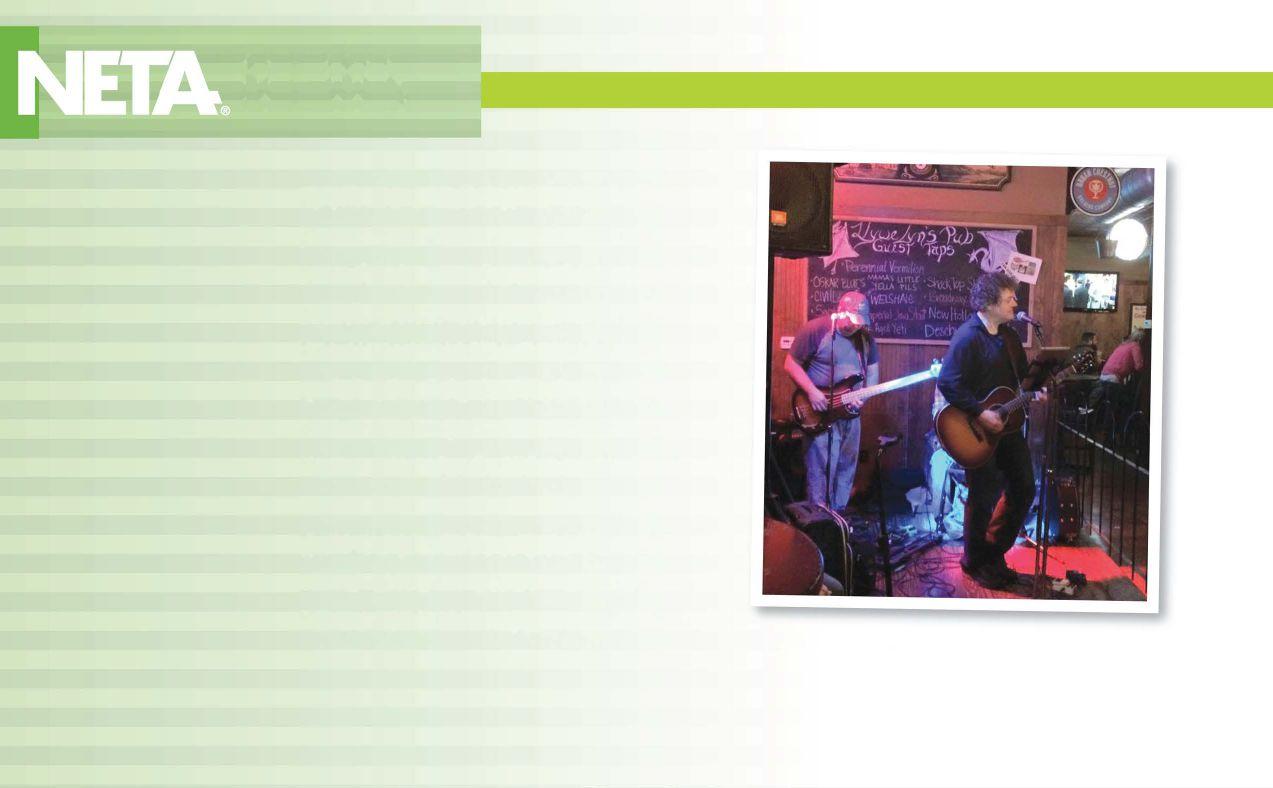
POWER Testing and Energization can provide you with acceptance and maintenance testing of electrical system equipment, 480 V through 500 kV, helping to ensure the continued operation, reliability and integrity of your electrical system.
Nationwide Services In clude:
» Commissioning Electrical Systems
» Acceptance & Maintenance Testing
» Protective Relay Systems
» Troubleshooting & Repairs
» Electrical Equipment Upgrades
» NERC Compliance Support
» Short Circuit I Coordination I Arc Flash Studies

» Safety I Commissioning I Operation & Maintenance Program Development

• 24/7 Customer Service & Support
• Clean, reliable equipment
• Rental options that work for you
• Multiple locations to serve you Chicago, Dallas, Houston, NY/NJ

• Fast turnaround times
• Discounted rental of equipment while yours is calibrated
• Experienced, knowledgeable technicians

Batson// lane@ecpsales.com

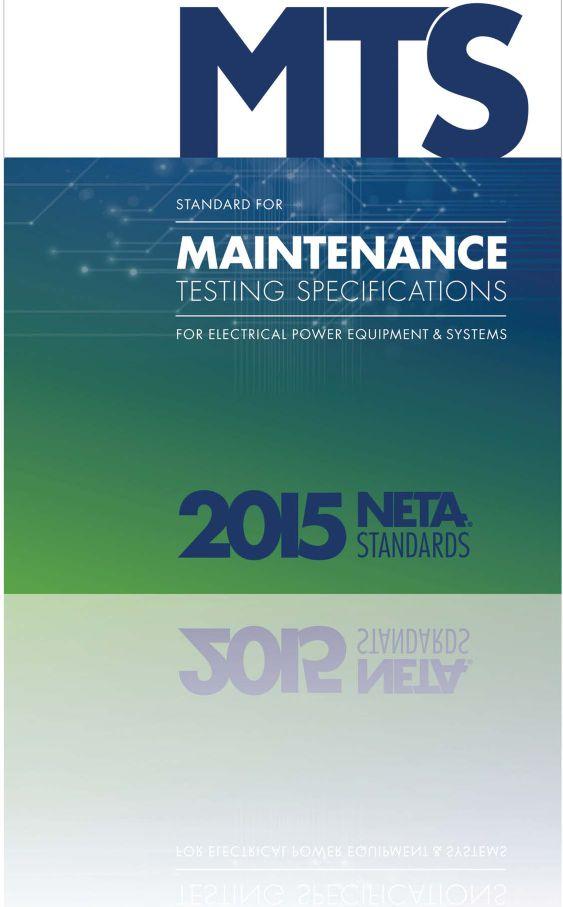


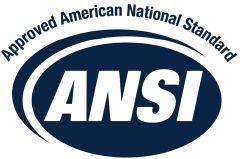
Standard for Maintenance Testing Specifications for Electrical Power Equipment and Systems
Scope
It is the purpose of this specification to assure that tested electrical equipment and systems ore operational, ore within applicable standards and manufacturer's tolerances, and ore suitable for continued service. These specifications cover the suggested field tests and inspections that ore available to assess the suitability for continued service and reliability of electrical power distribution equipment and systems.

The ANSI/NETA MTS Standard for Maintenance Testing Specifications for Electrical Power Equipment and Systems, 2015 edition, was approved as on American Notional Standard on December 3, 2014 and supersedes the ANSI/NETA MTS-20 1 1. NETA recommends always referencing the most current edition of the ANSI/NETA standards whenever possible to assure that bid documents, specifications, and reports ore as accurate and complete as possible.
Equipment Addressed
./Switchgear
./Transformers
./Cables
./Switches
Revisions Include
./Circuit breakers
./Protective relays
./Rotating machinery
./Motors
• New numbering system for more accurate referencing
• Protective Relays update
• Instrument Transformers update
• Rotating Machinery update
• New Table 100.11
./Batteries
./Capacitors and reactors
./and more
• Revised Table 100.1
• Updated references to industry standards
• Many more revisions -all marked in the margins for ease of use
To learn more and to order the ANSI/NETA MTS-2015
Visit www.netaworld.org/standards or call 888-300-6382


STANDARDS
The ANSI/NETA ECS Standard for Electrical Commissioning rfElectrical Power Equipment and Systems, 2015 edition, was approvedasanAmericanNationalStandard on December 3,2014. This new standard is available for purchase in the NETA Bookstoreonlineatnetaworld.org.
The ANSI/NETA ECS describes the systematic process of documenting and placing into service newly installed or retrofitted electrical power equipment and systems. This document shall be used in conjunction with the most recent edition of the ANSI/NETA Standard for Acceptance Testing Specifications for Electrical Power Equipment and Systems. The individual electricalcomponentsshallbesubjected to factory andfieldtests, as required, to validate the individual components. It is not the intent of these specifications to provide comprehensive details on the commissioning of mechanical
20151'+£m. STANDARDS
equipment,mechanicalinstrumentation systems, andrelatedcomponents.
Voltageclassesaddressedinclude:
• Low-VoltageSystems (lessthan 1,000 volts)
• Medium-VoltageSystems (greater than 1,000 voltsandlessthan100,000 volts)
• High-Voltage andExtra-High Voltage Systems (greater than 100 kV andless than 1,000 kV)
References
ASHRAE, ANSIINETA ATS, NECA, NFPA 70E,OSHA, GS4 BuildingCommissioningGuide
The ANSI/NETA MTS Standard for Maintenance Testing Specifications for Electrical Power Equipment and Systems, 2015 edition,wasapprovedasanAmerican NationalStandardonDecember 3,2014, and supersedes the ANSI/NETA MTS2011. This new standard is available for purchase in the NETA Bookstore online atnetaworld.org.
The ANSI/NETA MTS contains specifications that cover suggested field tests and inspections available to assess the suitability for continued service and reliability of electrical power equipment and systems. The purpose of these specifications is to assure that tested electricalequipment and systems are operational and within applicable standards and manufacturers' tolerances, and that theequipmentandsystemsaresuitable forcontinuedservice.
Revisionsinclude:
• New numbering system for more accuratereferencing
• Protectiverelays
• Instrumenttransformers
• Rotatingmachinery
• NewTable 100.11
• RevisedTable 100.1
• Updatedreferencestoindustry standards
• Many more revisions, all marked in themarginsforeaseofuse
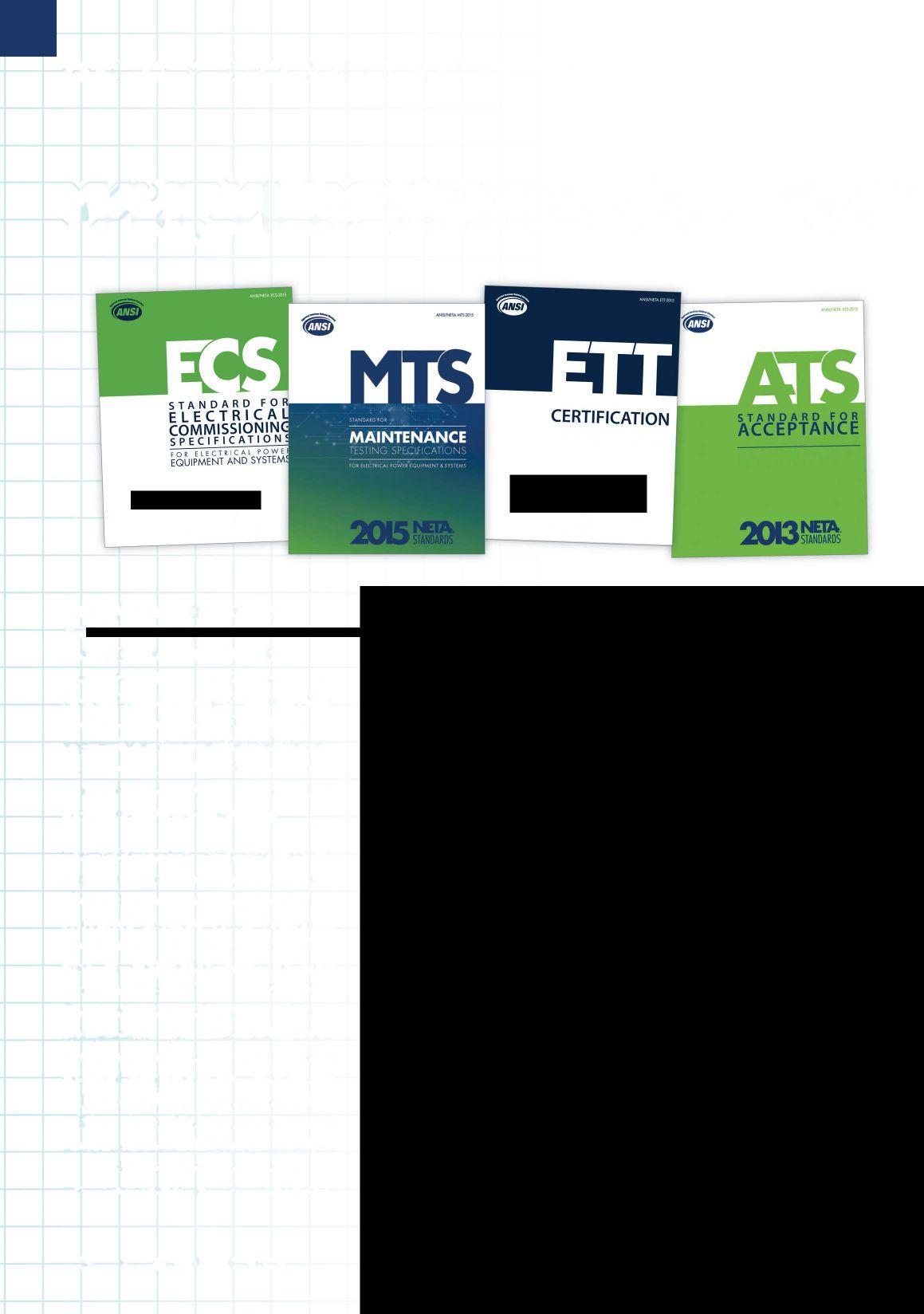

Comments and suggestions on any ofthe standards are always welcome and should be directed to the NETA office at neta@netaworld.org or888-300-6382. To learn more about the NETA standards review and revision process, to purchase these standards, or to get involved, please visit www.netaworld.org or call888-300-6382.
The ANSI/NETA ETT Standard for Certification ifElectrical Testing Technicians, 2015 edition, was approved as an American National Standard on December 3, 2014, and will supersede the ANSI/NETA ETT2010. This new standard is available for purchase in the NETA Bookstore online at netaworld.org.
The ANSI/NETA ETT establishes minimum requirements for qualifications, certification,training,andexperienceforthe electrical testing technician. It also provides criteria for documenting qualifications for certification and details the minimum qualifications for an independent and impartialcertifyingbodytocertifyelectrical testingtechnicians.
The ANSI/NETA Standardfor Acceptance Testing Specifications for Electrical Power Equipment and Systems began the review and revision process in October 2014 at the Standards Review Council meeting. The ballotpool for this document is now dosed, but applications are always accepted for future revisions.
TheANSI/NETAATScoversthesuggested fieldtestsandinspectionsthatareavailableto assess the suitability for initial energization of electrical power equipment and systems. The purpose of these specifications is to assure that tested electrical equipment and systems are operational, are within applicable standards and manufacturers' tolerances, and are installed in accordance withdesign specifications.



Electrical Testing
- High, Medium, and low Voltage Switchgear and Breaker
Maintenance and Repair
- Testing, Calibration, and Repair ol Meters and Relays
- Predictive Maintenance-Infrared Scanning, Oil Analysis, Motor and Cable Testing
Instrumentation and Controls
- Installation, Repair, and Calibration of Process Instrumentation
- Programmable logic Controller (PlC)Installation, Programming and Repairs
- SystemIntegration and SCAOA
Engineering Services
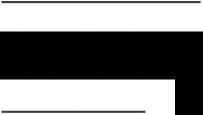
- Electrical Facility Design, Engineering and Consultation
- Acceptance Testing and Commissioning �
- Energy System Evaluations 24 HOUR EMERGENCY SERVICE



We deliver optimum system reliability and performance while reducing the chances of costly unplanned power outages. Whether you need acceptance testing or preventive maintenance, depend on EnerGTest to keep the power on.
• Vacuum interrupter replacements rated up to 38kV, 3000A
• Repair and replacement services for all major OEM interrupters, including GE, Eaton, CH, Westinghouse, ABB, Siemens, and many more
• Pole assemblies, parts, and components
• Custom design/manufacture services for obsolete interrupters, breakers
• Field and in-shop vacuum interrupter replacement services
• Rental vacuum breakers available while yours are being serviced


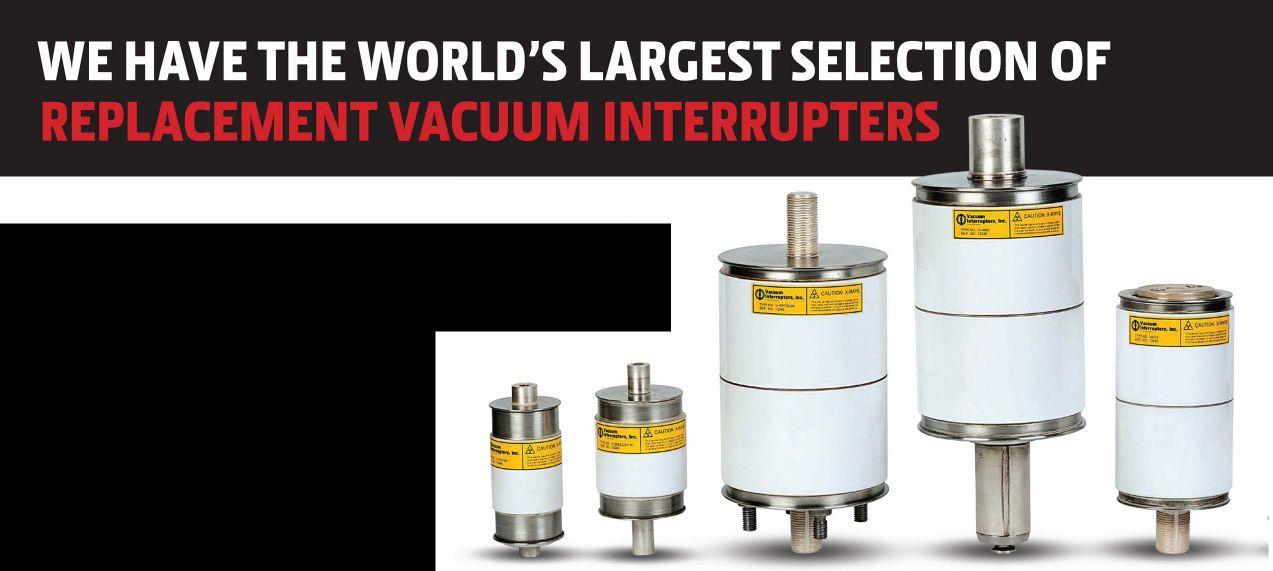
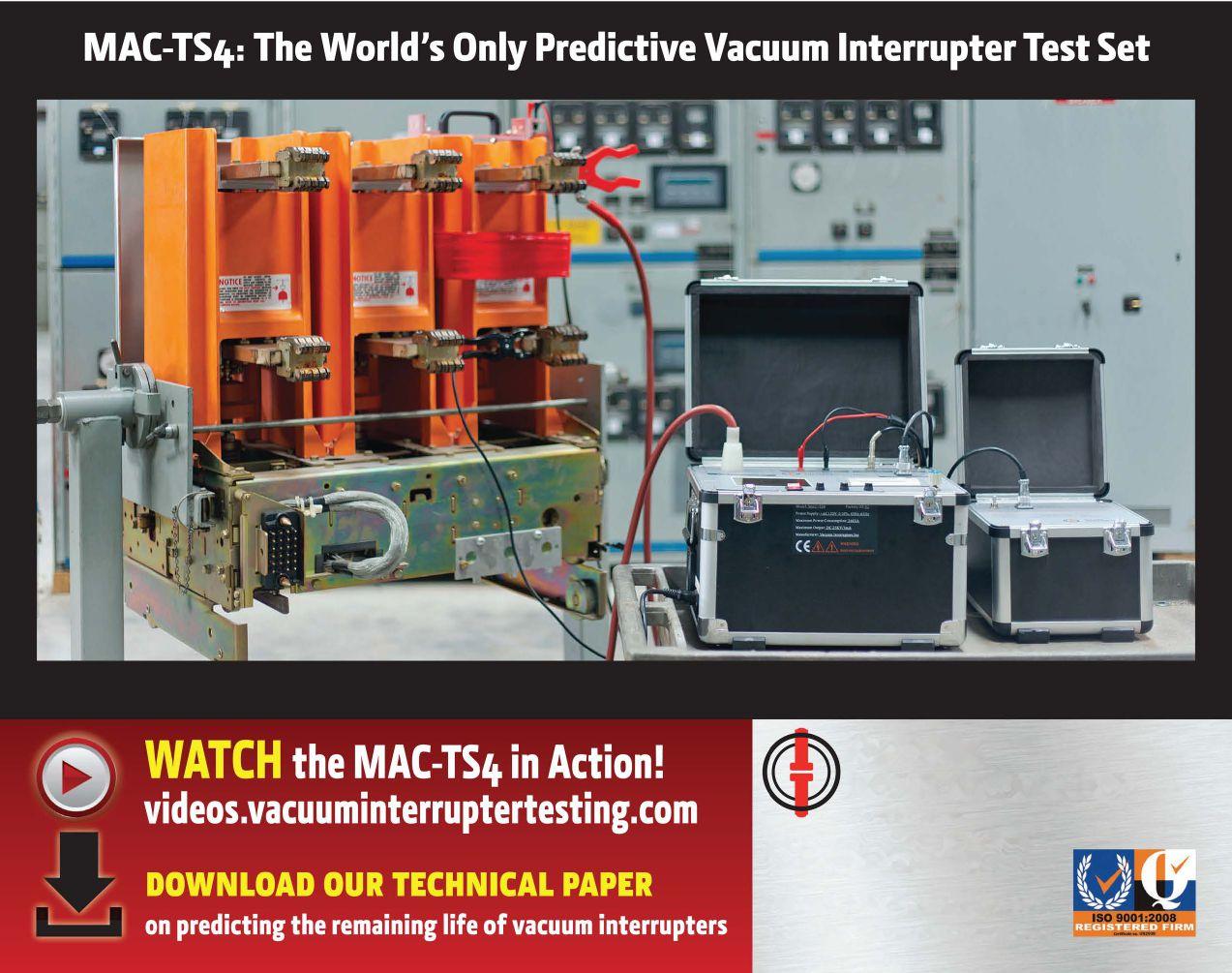


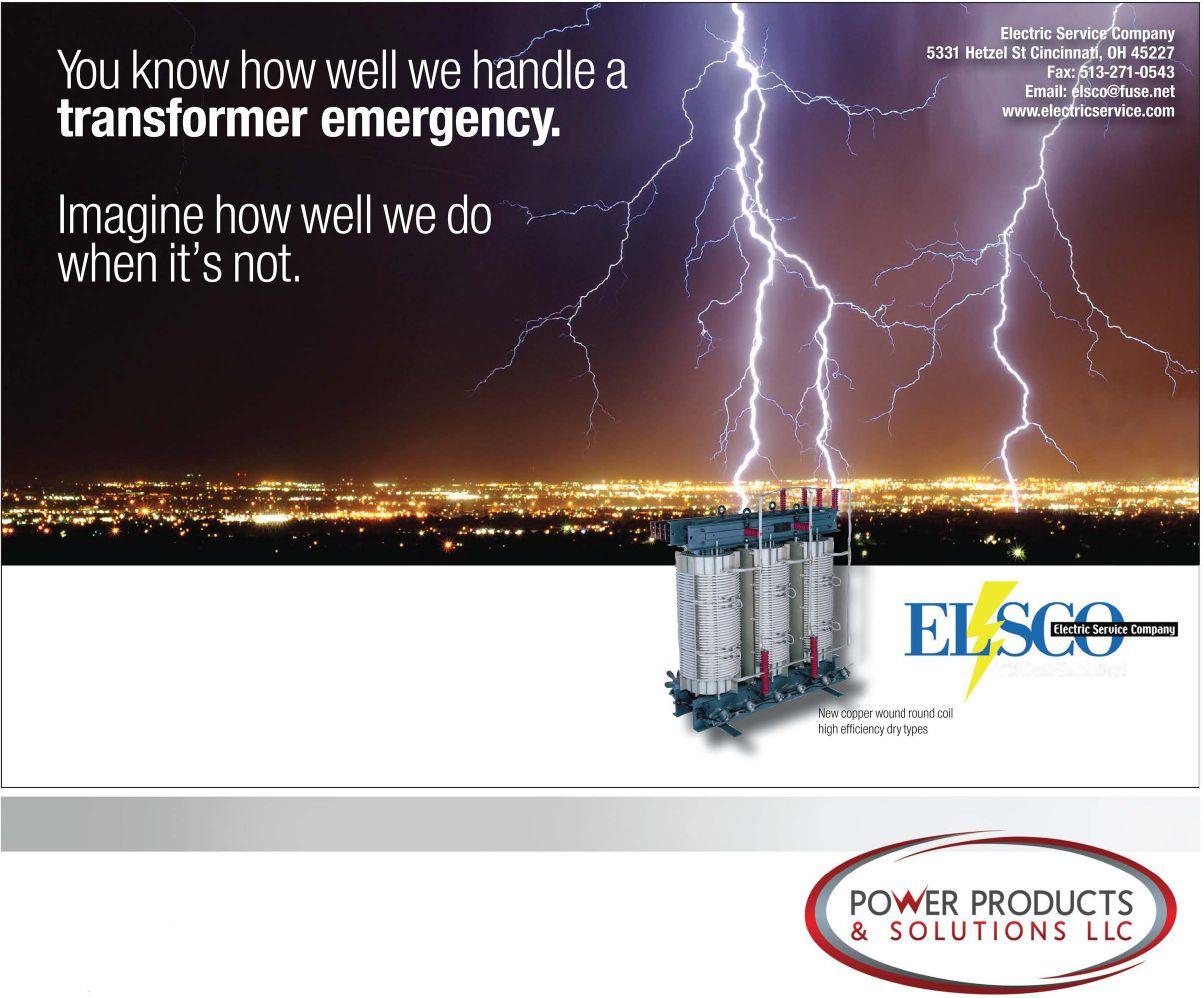

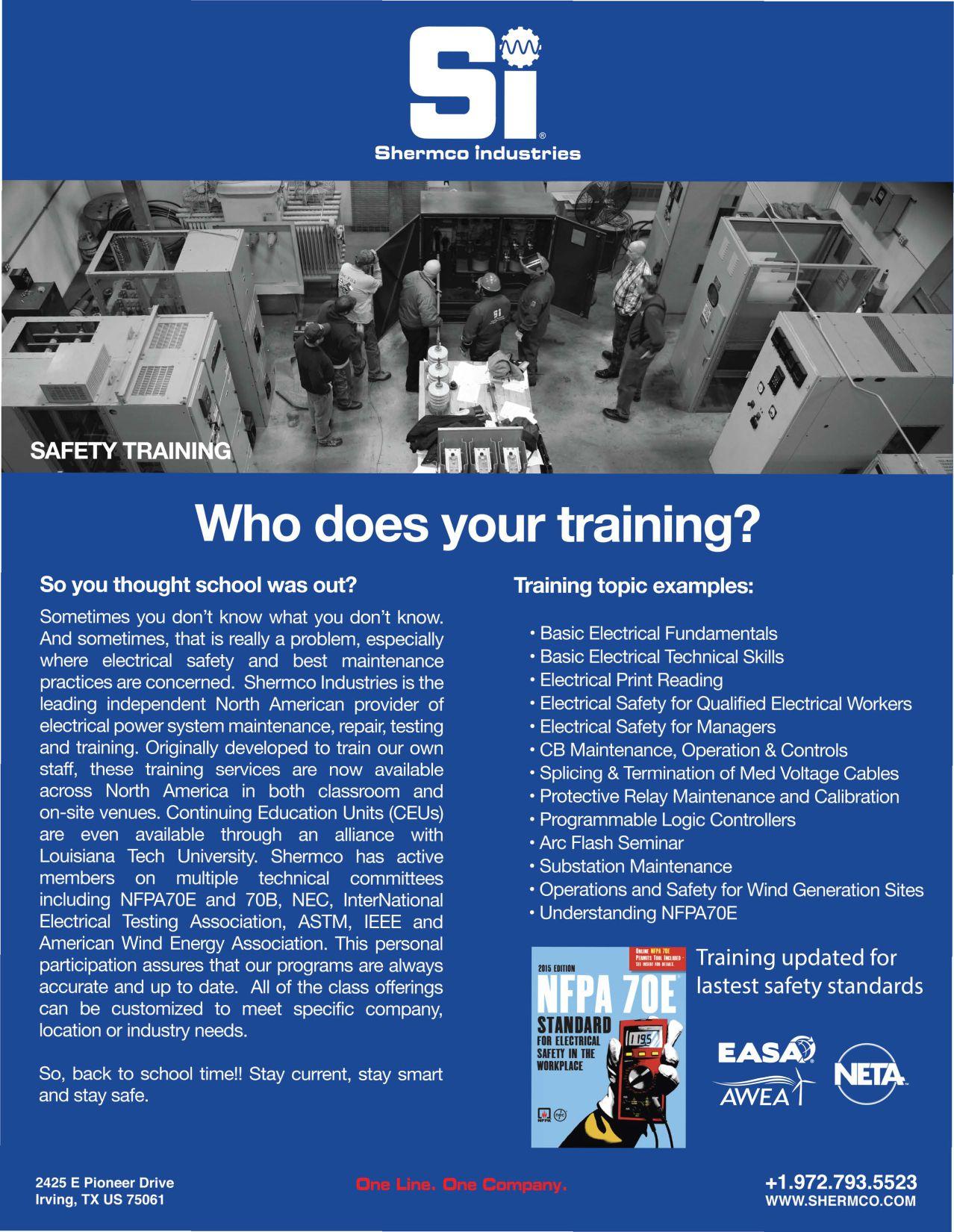
Nashville is a uniquetown - relatively small in stature, but packs a punch when it comes to personality and energy. Though it be but small, it is mighty. Some may say the same ofNETA and ofPowerTest. While attendees don't number in the thousands (yet), those who continue to make the time in their busy work and personal lives to attend make a lasting impact on NETA as an association as well as the electrical power systems industry as a whole.
PowerTest attendance is on a steady upward trend, and this year proved no exception with another year of record-breaking numbers. Individuals attending

PowerTest are the boots on the ground as well as messengers who take information, technology, and solutions gathered atPowerTest to their companies back home. It is this grassroots effort that has helped NETA and PowerTest become the best electrical maintenance and safety event out there.
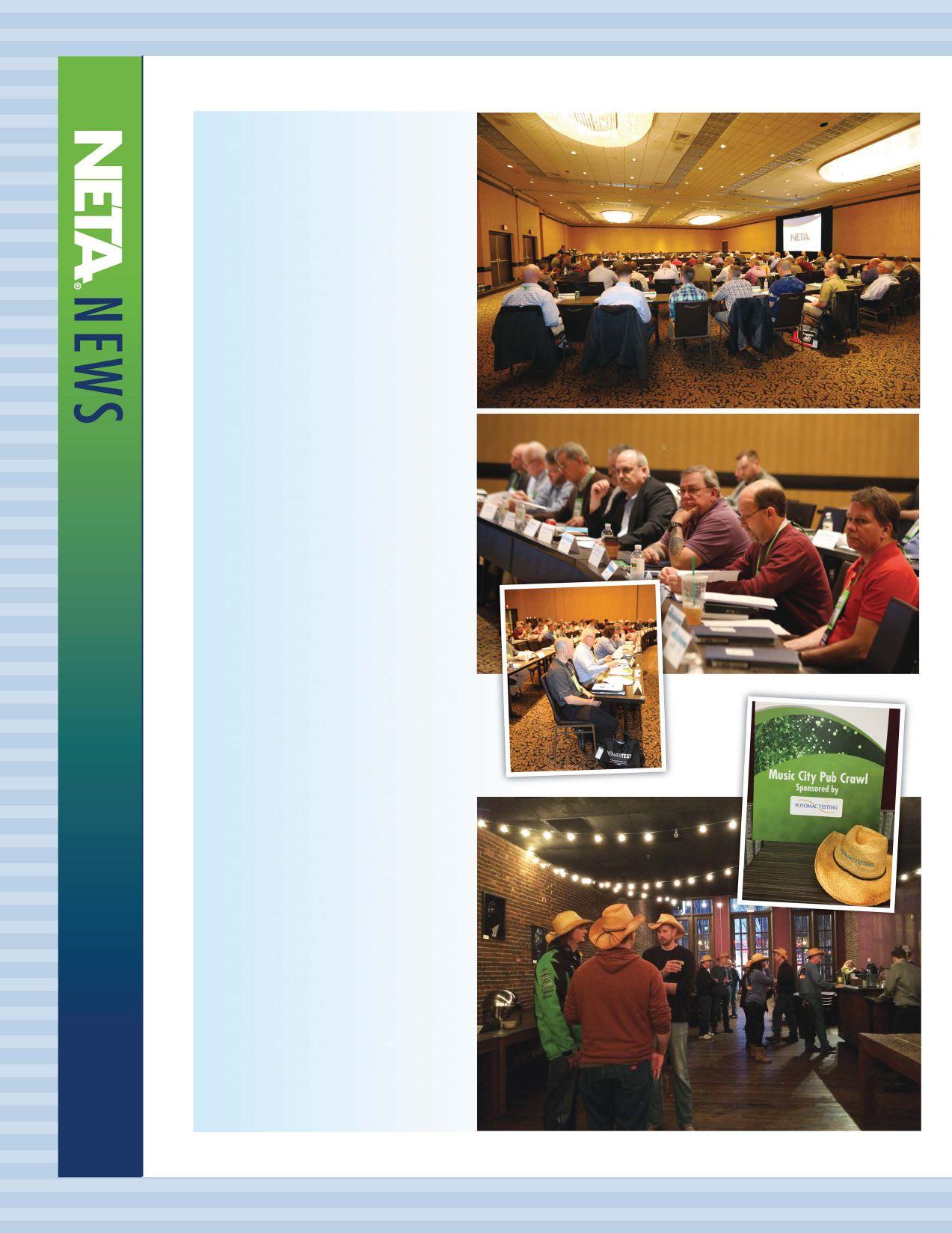
While the Sunday before PowerTest is not officially part of the conference events, there is still a lot that takes place that day. Thereis aNETAMember meeting that begins at noon, which allows NETA Accredited Companies the opportunity to conduct the business of the association before opening the doors later in the afternoon for the NETA Alliance Partners at 2:00 PM.
NETA Members and Alliance Partners have the opportunity to share technical reports from the other industry associations and standards development organizations on which theyvolunteerandthathaveanimpact onNETA,aswellasanyoneresponsible for electrical power equipment and systems. Committee Chairs and staff report on NETA's many new and emerging programs, such as NETA World Journal, the Alliance Program, trammg opportumtres, the ANSI/NETA standards, and various outreach efforts taking place throughouttheyear.
The meeting is followed by the annual preconference event, which for the past few years hasbeen a pub crawl. This year's Music City Pub Crawl was sponsored by Potomac Testing, which generously outfitted the gang with some cozy longsleevedlogoshirts - and, of course, cowboy hats. Crawlers were led through some of Nashville's most historic establishments and treated to history, custom drinks, and food while they listened to the best undiscovered talent on Music Row. The weather was a little chilly, but the company was warm and friendly as always.


Monday morning brought slightly warmer temperatures along with a fabulous breakfast sponsored by Potomac Testing. After filling up on omelets and coffee, attendees sauntered into the Welcoming Address from Conference Chair RonWidup.Ronremindedeveryone tobesafe,explainedtheweek'sorder of events, and introduced Keynote Speaker Dr. Edmund Schweitzer. Dr. Schweitzer kept the audience enthralled with his presentation about using technology to improve thesafetyof electric power systems. Much of this goes unnoticed by the average person, who takes for granted that their coffee makers, computers,andhairdryerswillwork eachdaywhentheywakeup,thatthe country'sinfrastructurecontinuesto functionas intended, and thatthey are safe when they go to sleep each night. Technology is power, and thankfully the world has someone likeDr. Schweitzerusingthatpower forthegoodofthisplanet.
Following the opening sessions, attendees broke into smaller segmentsforatotalof33 technical presentations available in five different tracks: electrical safety, reliability, equipment, electrical commissioning, and relays. These trackspackalotofinformationinto each 45-minute presentation, in addition to a four-hour symposium where attendees can participate in discussion led by a moderator and panel of subject matter experts. This year, Lome Gara of Orbis Engineering Field Services, Ltd. took the helm of the Electrical Commissioning Symposium, which sought to better define electrical commissioning relative to electrical
acceptance testing and other commissioning activities, as well astoprovidemoreinsightintothe new ANSI/NETA Standard for Electrical Commissioning ofElectrical Power Equipment and Systems. This standardmadeitsdebutatPowerTest 2015, andthe commissioningtrack was very well attended for its first timeoutofthegate.
In themidstofthispackedschedule, membersandalliancepartnersfinda littletimetosit,relax,andenjoyameal togetherduringtheNETAMember and Alliance Luncheon. This event featuresrelevanttechnicalroundtable discussions that are summarized and reported on during dessert. Thisisalsothevenuethathoststhe annualNETAAllianceRecognition Award for an Alliance Partner who has demonstrated exceptional dedicationtobetteringtheindustry throughservicetoNETA.Thisyear, Karl Zimmerman from Schweitzer Engineering Laboratories, Inc. was calledtothestageandrecognizedfor hismanycontributions.
Additionally,theNETAOutstanding AchievementAwardispresented to aNETAMemberwho,despitedaily responsibilitiesatadayjob,manages to create time in his schedule to keep NETA moving forward as an organization. These contributions can be technical or organizational, andareoftenboth.LomeGara,Obis EngineeringFieldServices,Ltd.,was honored to accept this award for his role on the Board of Directors, his work on the Standards Review Counsel,andcontributionstocrafting the newly released ANSI/NETA StandardforElectrical Commissioning Specifications, alongwithothergiftsof timeandtalent.
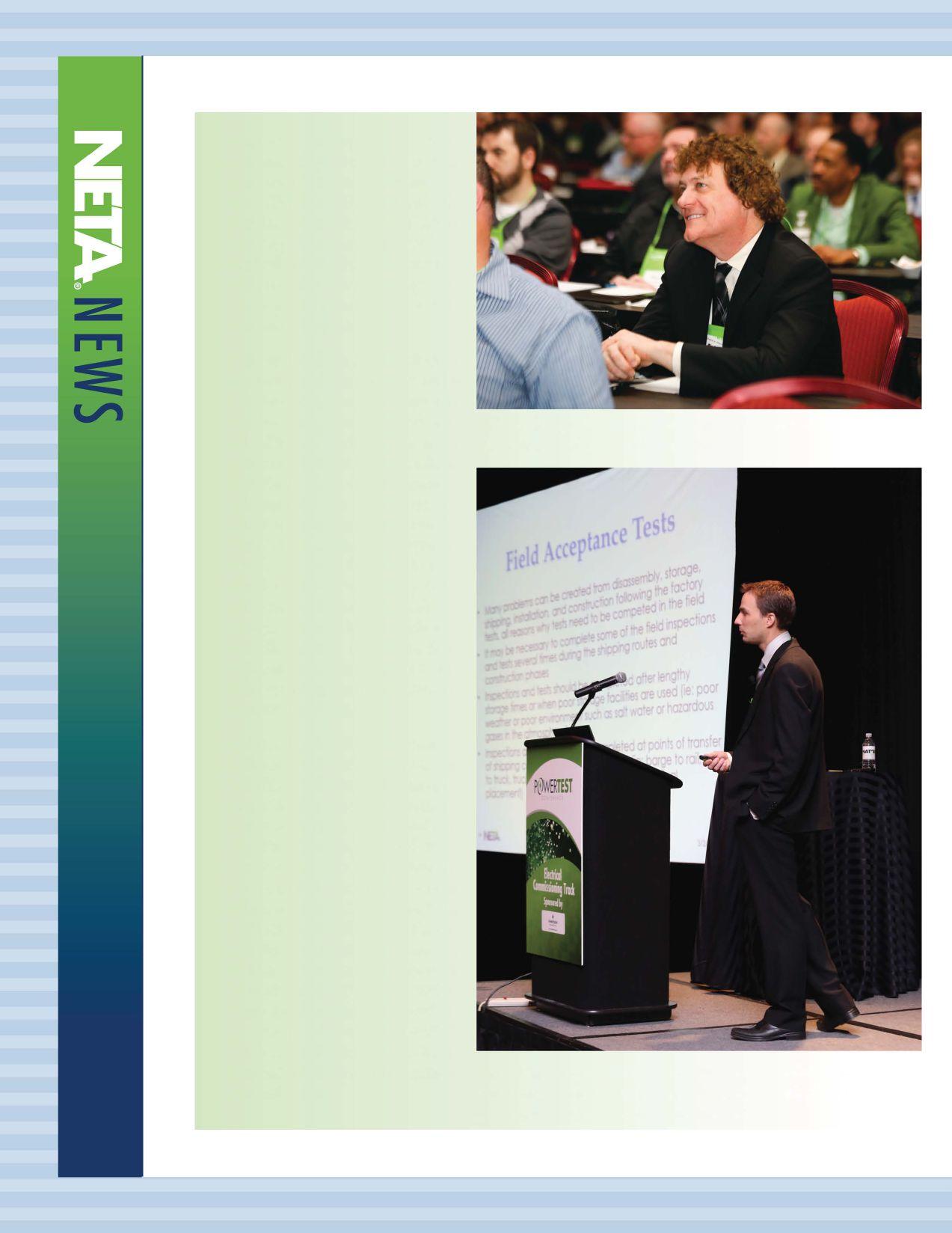
Lorne Gara, recipient ofthe 2015 Diane Hageman Outstanding AchievementAward, speaks to attendees about the role ofelectrical commissioning versus electrical acceptance testing

Attendees reconvened in the mam ballroom for the New Product Forum before heading upstairs to the eight excellent Hospitality Suites, hosted by AVO Training Institute and Megger, ECP Solutions, ENOSERV, Group CBS, Inc., PROTEC Equipment Resources, RESA Power Solutions, Shermco Industries, and SMC International, Inc. Each year suite hosts up the ante with more creative ideas to entice attendees through their doors, and this year was no exception. Ice cream, Twinkies, foam cowboy hats, and karaoke were just some of the fun accompaniments to the new and renewed business connections and friendships that make this night a favoriteamongattendeesandhostsalike.
Tuesday dawned bright and early with another breakfast sponsored byPotomac Testing, Inc. andflowed right into four panel sessions: electricalsafety, transformers, testing methodologies, andmedium-voltage equipment. Panelists worked in tandem with attendees during these sessions, creating lively conversation toaddressreal-worldproblemsfaced in thefieldand providingreal-world solutions that can be taken home and applied. Rooms were filled with people engaging in Q&A and learningfromeachother.
LunchwasprovidedatthePowerTest Trade Show, where attendees dined ongourmetsandwichesanddesserts as they traversed the carpetedaisles of the convention center. This may be the busiestfour-and-a-halfhours of the entire conference and where most business is conducted for attendees and vendors combined. New products and technologies waited around every corner, along

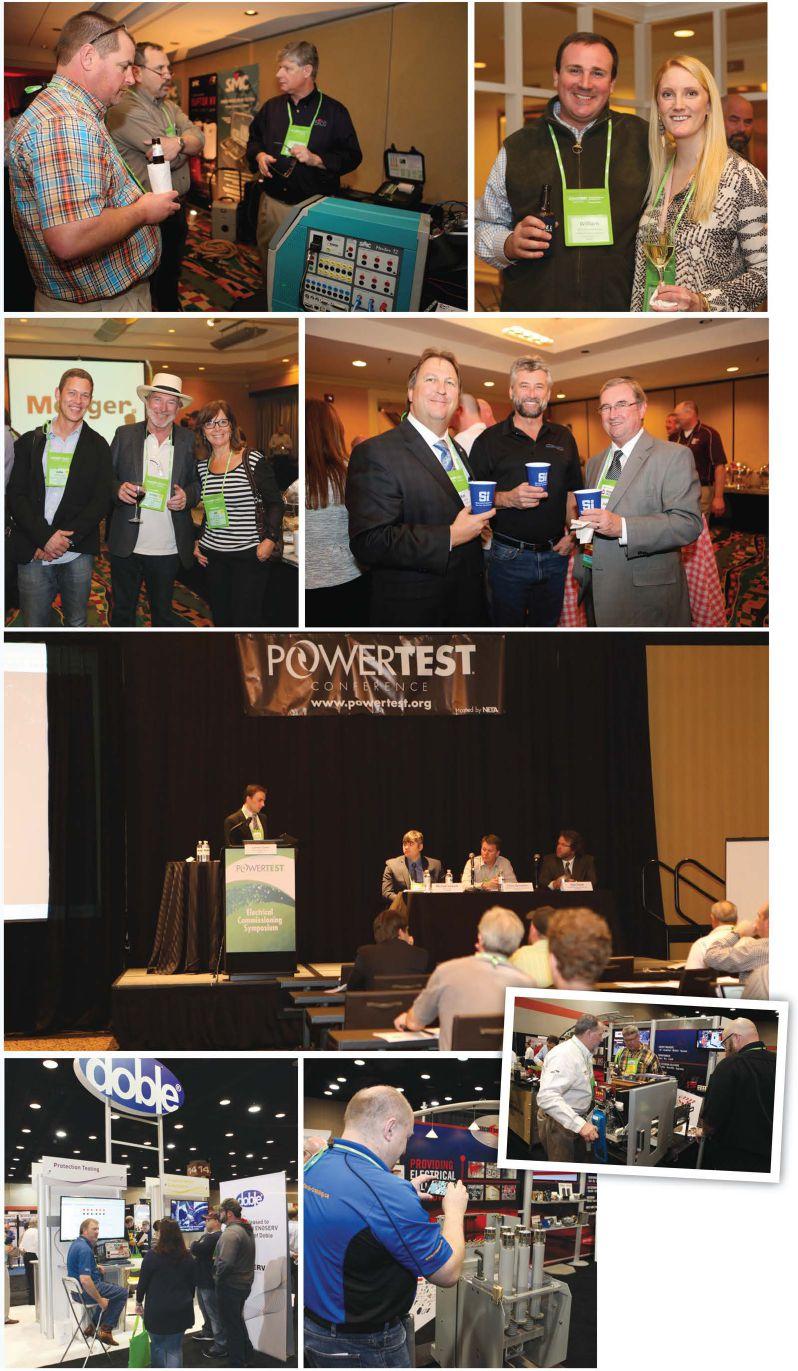

withknowledgeablesalesrepswho wereeagertohelp.
Thisyear'sshowalsofeaturedthesecond annualSpotlightStage,whichiswhere presentations are given by NETA's Corporate Alliance Partners. This year'sschedule includedpresentations by AVO Training Institute, Circuit BreakerSalesCo.,Inc.,ComRentLoad Bank Solutions, Doble Engineering Company, Electro Rent, lntellirent, Megger, and Weidmann. For more information on the Spotlight Stage presentations,pleaseturntopage 118 in thisissueofNETA WOrldjournal
Eachyear,exhibitorsraisethebarwith theirbooths,anditisalwaysagreat timetomeetnewpeopleandconnect with old colleagues. One of the highlightsoftheTradeShowisadoor prizeraffiethattakesplaceattheend oftheshow.Thisyear'swinnerswere notdisappointedwith theexcellent offerings from exhibitors aswell as from NETA, including a Microsoft SurfacePro 3 and $500 cash.
Attendees had an hour to get spiffed up for the PowerBash AwardsReceptionandDinner,and the turnout was impressive to say the least. One of Nashville's own local bands provided the musical backdrop for a smorgasbord of food, drinks, and desserts. Over 400 peopleattendedthe eventand were present to congratulate this year's recipients of the awards for TechnicalPresentations,TradeShow Exhibitors,andHospitalitySuites.
PowerBashmarkstheendofthefirst two whirlwind days of technical andsocialevents,andthebeginning of three more days of technical seminars. It's sort of the seventhinning stretch of PowerTest, the

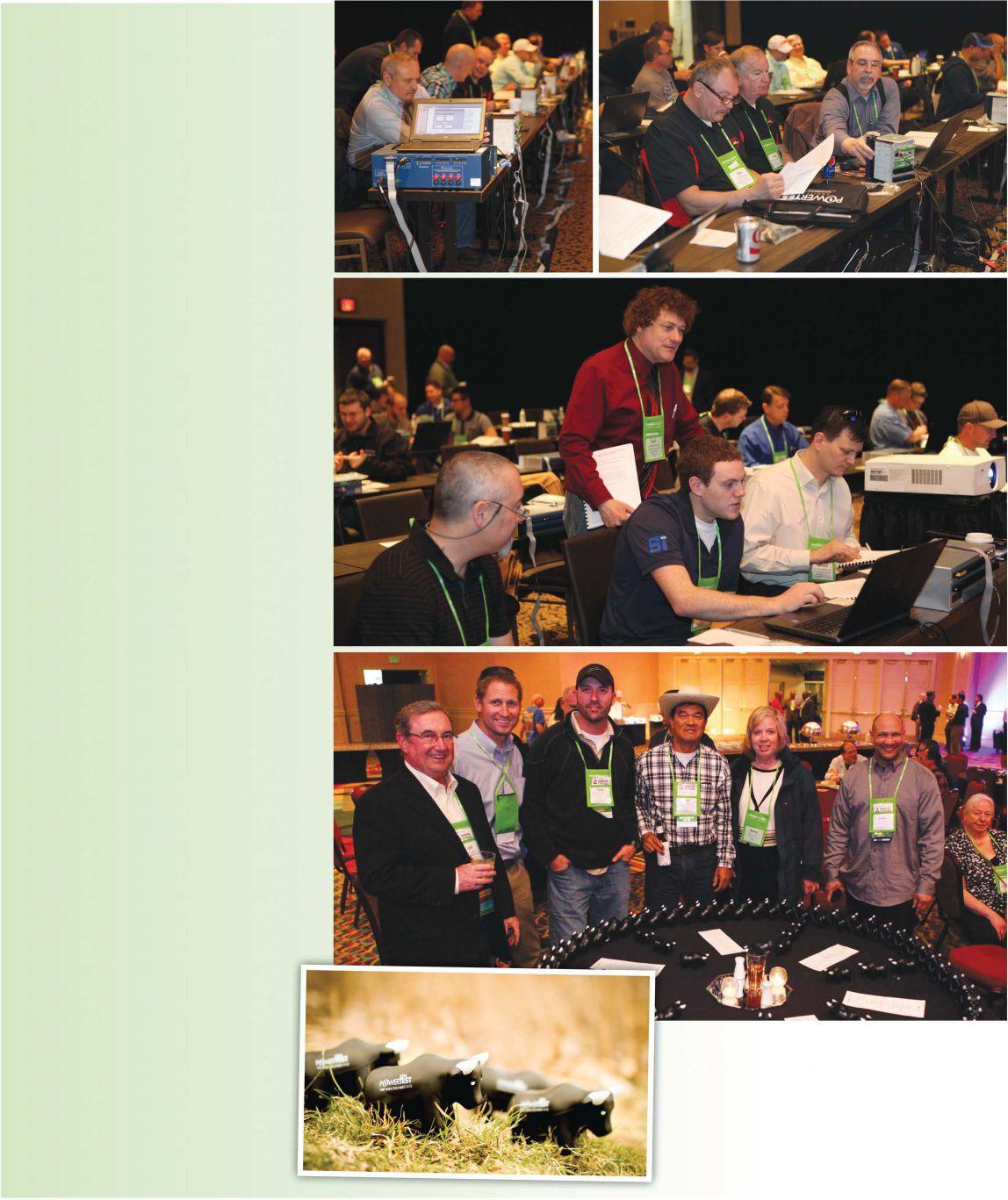
pause before the more intense educational innings to come.
Wednesday and Thursday have always featured four-hour technical seminars that offer attendees a more thorough exploration of various subject matters. One of the favorites this year was the innovative "Relay Troubleshooting 2.0;' presented by Ryan McDaniel of Schweitzer Engineering Laboratories. Attendeesgainedahands-onexperience applying and troubleshooting relays for transformersanddistributionlines.
On Friday, Doble added one more day of learning with its Laboratory Seminar, presented by David Koehler and Lance Lewand, There were over 60 people in attendance on a day that saw many peopletraveling home in years past, so it seems this was an event in which people were eager to participate. NETA hopes to offer a Friday seminar opportunity again at PowerTest 2016.
Even with the siren songs of Music Row beckoning just outside the door, PowerTest attendees, speakers, sponsors, and exhibitors showed up big time at the most successful PowerTest event to date. NETA would like to thank each and every one of you who contributed to this success by participating, speaking up, and energizing your future at PowerTest 2015.
Next year is already shaping up to be a heck of a conference, as PowerTest heads to Fort Worth, Texas, on March 14-18, 2016. It's sure to be a good timeand that's no bull!
PowerBash attendees work together to build a wagon wheel ofPowerTest 2016 bullsEach year the most outstanding technical presentations, trade show exhibits, and hospitality suites ore recognized with special awards presented during the PowerBosh reception on Tuesday evening.
Best Overall Technical Presentation
12.5 Still Alive- The Impact of an lniury? What Are You Risking?
Gary Norland, Gary Norland Safety Presentations
Best of Technical Presentations
Electrical Commissioning
Understanding and Implementing the ANSI/NETA ECS-2015
Lome Gara, Orbis Engineering
Electrical Safety
12.5 Still Alive- The Impact of an Injury? What Are You Risking?
Gary Norland, Gary Norland Safety Presentations
Relays
Basic Transformer Differential Protection
Jay Garnett, Doble Engineering Company
Reliability
Battery Discharge Testing: Implementing NERC Standards and Field Experiences
Dinesh Chhajer & Robert Foster, Megger
Equipment
Maintenance Testing of Low-Voltage Power Circuit
Breakers in a Large Automotive Assembly Plant
Mose Ramieh, W PGTI & Randall Sagan, MBUS/
Best of Trade Show
Best in Show
Doble Engineering Company
Most Innovative BCS Switchgear, Inc.
Most Visited Megger & AVO Training Institute, Inc.
Best of Hospitality Suites
Most Hospitable ENOSERV
Most Technical Megger & AVO Training Institute, Inc.
Most Entertaining SMC International
Most Creative Shermco Industries
Most Appetizing ECP Solutions, Inc.



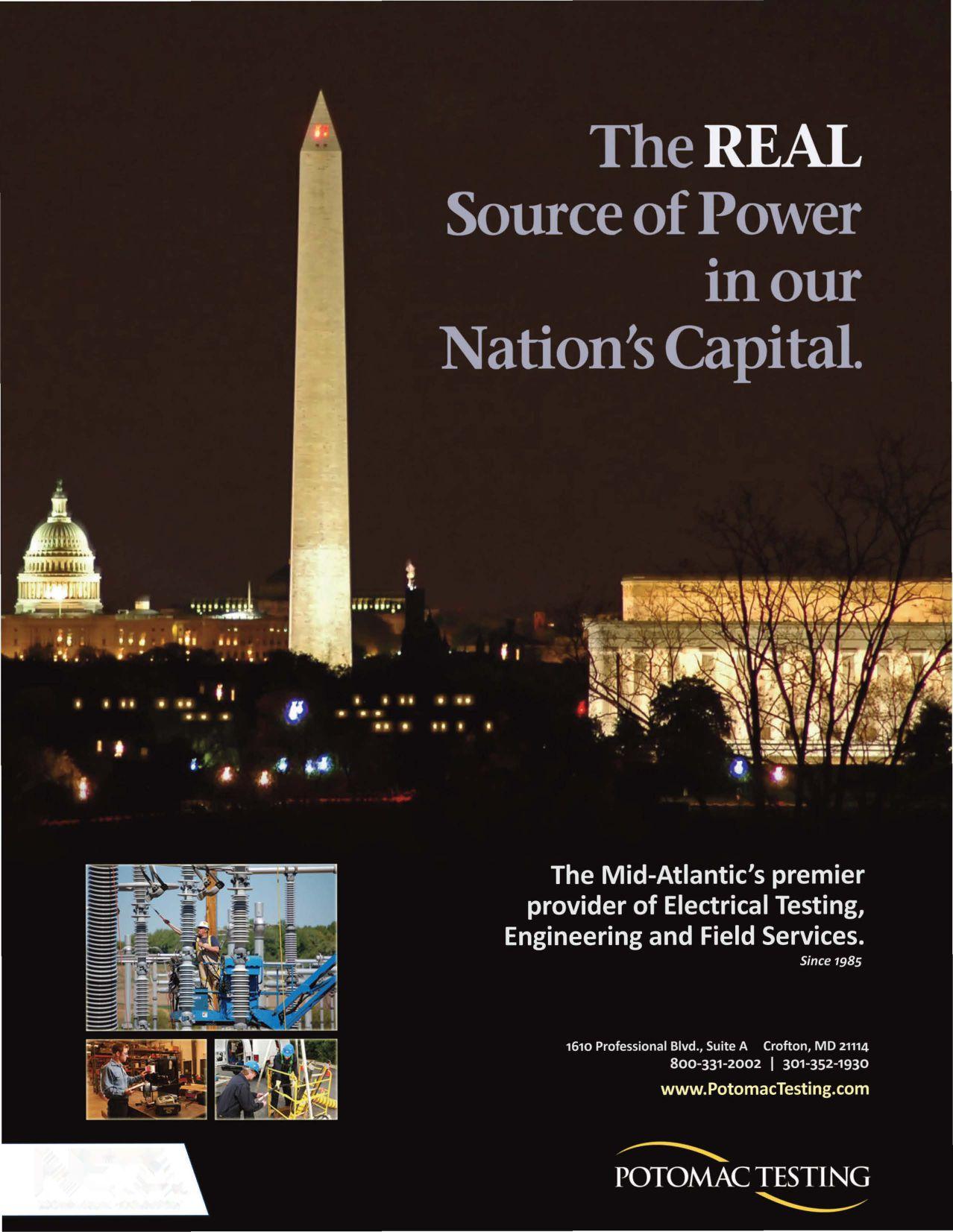
NETAwelcomednineNETACorporateAlliance Partnersat PowerTest 2015, invitingthem toshare their best ideas, insights, and industry intelligence withNETAAccreditedCompanyRepresentatives, AlliancePartners, andconference attendees.
PowerTest 2015 provided each NETA Corporate Alliance Partner a unique opportunity to share information and ideas during the Member and
AVO Training Institute, Inc.
ComRent International, LLC
Circuit Breaker Sales Co., Inc.
Doble Engineering Company
Electro Rent
lntellirent
Megger
WEIDMANN- Electrical Technology

Alliance Annual Meeting held March 1, 2015, as well as during the PowerTest Trade Show held March 3, 2015.
The Corporate Alliance Spotlight Stage presentations presented during the PowerTest Trade Show are available for download on the Corporate Alliance Page at www.netaworld.org. Spotlight Stage presentation titlesfollow:
Electrical Safety Training Today
Technique-Based Commissioning Testing toOptimize vs. OversizeMissionCritical Facilities
One Stop for your Electrical Needs - the CircuitBreakerStore.com
In-Service Partial Discharge Testing; the Right Tool at the Right Time
Test Equipment Problems and Solutions in the Field
Safe and Smart Cable Testing
SPI 225: Smart Primary Injection Test System
Smart Insulation, the Software Side- Getting to Optimum Transformer Performance
Corporate Alliance Partners Doble, Megger, OMICRON, and Weidmann Electrical Technology also showcased new technologiesandservices duringthe PowerTest Trade Show, New Product Forum.
In 2015,NETA invited nine companies to participate as Corporate Alliance Partners, each of them leaders in their respective fields. These companies have demonstrated commitment to improving safety, reliability, and quality in the electrical power systems industry. They are forthcoming in sharing information about research and development, emerging services, and new educational opportunities.
These corporate partners supportNETA Accredited Companies in many ways, but possess distinctly different characteristics than the attributes that comprise NETA accreditation.NETA Accredited Companies undergo an extensive credentialing process which seeks to confirm their status as an independent, thirdparty testing firm. Additionally, individuals who attainNETA Certified Electrical Testing Technician status must be employed by aNETA Accredited Company and are required to meet prerequisites for experience and training before attempting theNETA certification exams.

M7100, the next generation high-voltage asset analyzer
Doble Engineering Company will introduce the M7100, the next generation high-voltage asset analyzer. The M7100 consolidates 6 pieces of test equipment into 1 single solution and is built for the safety and efficiency of the field tester. With an intuitive design and dual high-voltage leads, the M7100 greatly reduces the number of lead movements required for testing. In some cases, technicians will only need to make a third of the ladder trips previously required for testing. This increases safety and dramatically reduces testingtime.
TDS NT: Very Low Frequency and Partial DischargeTesting Solution
Megger's revolutionary new TDS NT is a unique, all-in-one cable testing and diagnosis system. It offers two well-proven wave forms: Very-low-frequency cosine rectangular (VLF CR) for withstand testing and damped-ac voltage (DAC) for nondestructive partial discharge diagnosis. These can be used to test cables to international standards such as the IEEE 400.3 and IEC 60502-2. The TDS can also be used for de tests and sheath tests to the IEC 60229 standard. When paired with a stepvoltage sensor, it can even be used for precise pinpointingofsheathfaults.
On behalf of all the NETA Accredited Companies, we thank the NETA Corporate Alliance Partners for their commitment to NETA and for joining in the important work of educating and advancing the electrical power industry. We look forward to an exciting and inspiring year to come!
VOTANO 100- Accurate and Mobile Testing ofVoltageTransformers
VOTANO 100 can test all of the important parametersofvoltagetransformers (VTs)quickly. It isthefirstportabletestsystem toalsoofferhigh accuracy.The measured results areautomatically assessedin accordance withIEEE C57.13, ANSI C93.1andIECstandards.
Key benefits:
Very high accuracy allows field calibration of VTsuptothe0.1and0.15accuracyclasses
Excellent mobility through compact size and lowweight ( < 33lbs I 15 kg)
Automatic result assessment as per IEEE, ANSI,andIECstandardsdirectlyafterthetest
Short testing time compared to conventional methods ( < 20min)
ELECTRICAL TECHNOLOGY NEW PRODUCT FORUM:
Insulogix• Monitoring Products WEIDMANN lnsulogix• Monitoring Products provide economical and simple monitoring solutions to help manage your transformer Beet operation. Our design approach is to make our devices easy to install, operate, and maintain. We provide simple tools and directions along with comprehensive training and education about normal and faulty transformer operation. The newest monitor in our Beet is the lnsuLogix Q• systemintegrator.AlllnsuLogix•monitorscanbe integratedintoonesystem viatheQ Inaddition, our newest software is included with the Q CalledeNamePlate'",ittakesatransformer'sstatic nameplate data and automates it, allowing for dynamic simulations of loading affects and loss of life calculations. Other monitors in our Beet include lnsuLogix•T, lnsuLogix• B, lnsuLogix• H,andlnsuLogix•HM.
At PowerTest on Monday March 2, 2015, at the NETA Member and Alliance luncheon we asked the questions, "What is your biggest trainingchallenge;' and, "What are you doing about it?"
"Finding
the time to schedule our workforce off the job and place them in to training activities."
It was a unique opportunity for us to capture about 200 electrical power system testing and maintenance people in one setting to ask for their opinions and feedback.
Here are few of the highlights from the impromptu event:
"Finding the time to schedule our workforce off the job and place them in to training activities."
This was the most common phrase throughout the luncheon, which formed the theme for many of the answers that focused on this topic.Another typical response for a solution to this familiar obstacle is to have "training on demand"; that is, having resources available at a moment's notice when you do get those rare instances of down time intersecting with opportunities for training.
How about, "When we aremakingmoney we don't have the time; when wehave thetime we don't have the money:' Another comment was, "Geographic constraints come into play - it is very expensive to sendour technicians offthejobandoutfortraining." Again, these are issues that can beovercome through theavailabilityof trainingresourceson demand.
Motivating the technician to study on their

own time was also a prevailing thread among the responses. Several suggestions were made to inspire technicians to go the extra mile, such as having work-sponsored pizza study parties after hours or providing training through webinars and other e-learning platforms. "We found that providing after-hours training resources shows us who, within the company, is likely to advance more quickly.It's a great barometer for us."
Keepingup with technology, havingsubjectmatter experts in-house, documenting training events, documenting knowledge and skills acquired during training, and understanding the younger technician's training style and needs were all challenges identified during the luncheon. It was a lively andinformativediscussion, andanothergreat way to learn from each other at PowerTest.
As a final note - if I ever get hurt or require medical attention at a NETA event, please call Terry Becker... because based on his handwriting in the summary notes, he HAS to be a doctor. Thanks to all who participated in the survey for providing notes and feedback to us - and especially you, Terry! See everyone next year at PowerTest 2016 in FortWorth, Texas!

We would like to acknowledge and thank our sponsors for helping make PowerTest 2015 possible.


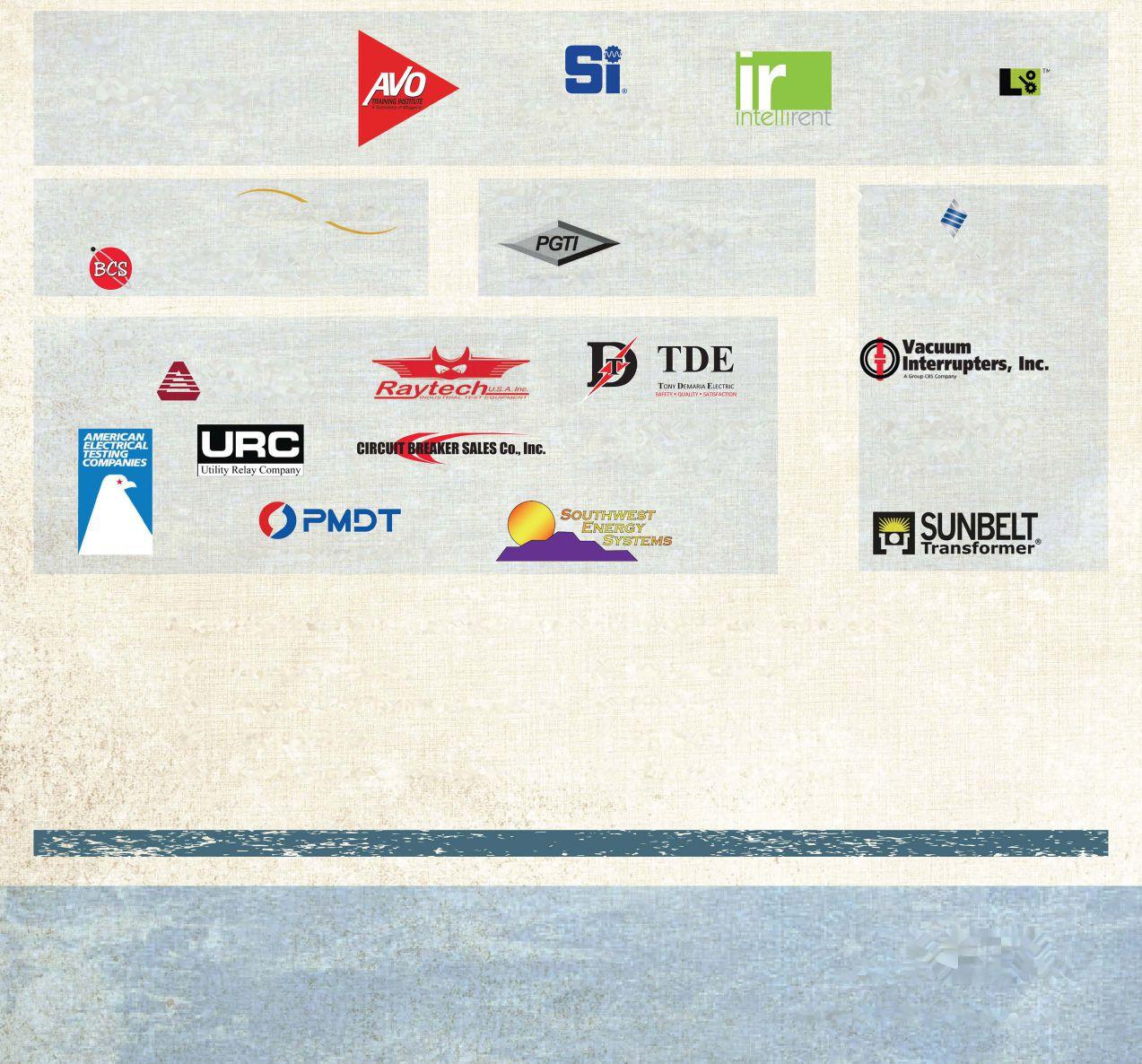
FOR ELECTRICAL POWER EQUIPMENT AND SYSTEMS
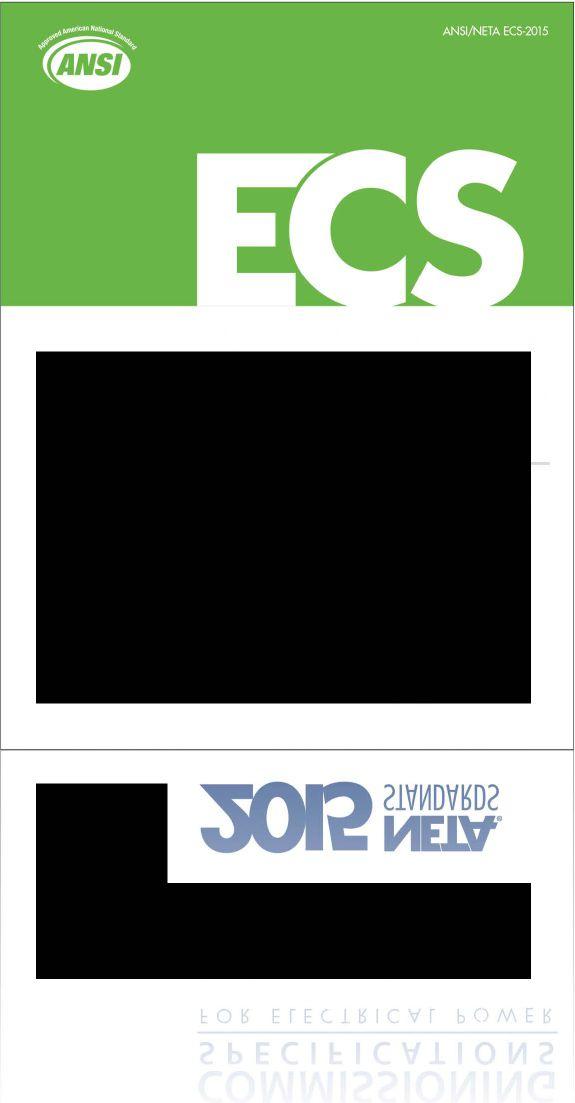
f:0nlbWE:V11 'v'V1D 2A21EW2
�(IS E"EC 11:1/V" C>ME

To learn more about NETA's newest standard, the ANSI/NETA ECS Standard for Electrical Commissioning Specifications, visit netaworld.or g/standards.


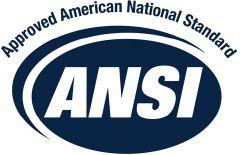
ANSI/NETA ECS-2015
Standard for Electrical Commissioning Specifications for Electrical Power Equipment and Systems
Scope
It is the purpose of this specification to assure that tested electrical equipment and systems ore operational, ore within applicable standards and manufacturer's tolerances, and ore installed in accordance with design specifications.
Three voltage classes of equipment ore detailed within the ANSI/NETA ECS
• Low-Voltage Systems (less than 1,000 volts)
• Medium-Voltage Systems (greater than 1,000 volts and less than 100,000 volts)
• High-Voltage and Extra-High Voltage Systems (greater than 100 kV and less than 1,000 kV)
References
ASHRAE, ANSI/NETA ATS, NECA, NFPA 70E, OSHA, GSA Building Commissioning Guide
Acceptance Testing
The systematic process of performing field tests and inspections that ore available to assess the suitability for initial energization and final acceptance of electrical power equipment and systems to ensure
Electrical Commissioning
The systematic process of documenting and placing into service newly-installed or retrofitted electrical power equipment and systems.
"It is this need and requirement to bridge the gap between acceptance testing and electrical commissioning that completes the electrical system overall acceptance process. Again, from individual component testing to assurance that all integral components are functioning as a complete unit within design requirements and manufacturer's published data; along with the correct operation of all interlock safety devices for fail-safe functions; and the correct operation of all sensing devices, alarms, and indicating devices."
Ron Widup, "Bridging the Gop from Acceptance Testing to Commissioning"
NETA World Journal, Spring 2015, page 96
To learn more and order the ANSI/NETA ECS-20 15
Visit www.netaworld.org/standards or call 888-300-6382


1. Take your pick (except for answer d). It seems what is medium-voltage depends on which standard you read (and even how you interpret a given standard). IEEE gives>1,000 V to 35,000 V in one standard, then> 1,000 V to 100,000 V in another. NETA uses>1,000 V to 100,000 V, while ANSI C84 gives 2,400 V to 69,000 V. So what's the right answerwell the NETAStandards of course! (answer c).
2. a. Secondary Class. For low-voltagesystems. These providesome protectiontohomes and businesses fromlightning strikes.
b. Distribution Class. Lowest cost and least durable of power equipment surge protection devices. Otten found on transformers rated 1,000 kVA or less. Not available for equipment rated higher than 1,000 kVA.
c. Intermediate Class. Designed primarily for mediumvoltage applications (see question 1, above, to be confused). Application includes utility substations, transformers, and other equipment that merits better than distributionclass protection
d. Station Class. Most expensive and durable surge arresters (and physically largest). Used for high-voltage substations and transformers. Also used on medium-voltage equipment, that due to application or importance/cost, require the highest level of protection.
Lightning or surge arresters typically divert the lightning strike or overvoltage-to-ground to prevent the equipment from being damaged.
d. In-service SF6 gas should have no more than 200 ppm moisture using a hygrometer (reference ANSI/NETA MTS Table 100.13). New SF6 gas should have no more than 71 PPMv ( parts per million by volume) moisture or about 8.76 PPMw ( parts per million by weight). PPMw = PPMv/8.1. (Reference IEEE GuideforMoisture Measurementand Control in SF6 Gas-InsulatedEquipment -IEEE Standard 1125). Each manufacturer sets the allowable moisture limits for their equipment, which can vary considerably.
b. Functional operation. This test is used to verify that the protection elements of the relay are correctly set and working as intended.
NFPA Disclaimer: Althoughjim White is a member ofthe NFPA Technical Committeefor both NFPA 70E "Standardfor Electrical Saftty in the Workpl4ce"and NFPA lOB "Recommended Practicefor Electrical EquipmentMaintenance, "the views and opinions expressed in this message are purely the authors and shall not be considered an official position ofthe NFPA or any ofits technical committees and shall not be considered to be, nor be relied upon as, aformal interpretation or promotion ofthe NFPA. Readers are encouraged to refer to the entire text ofall referenced documents.







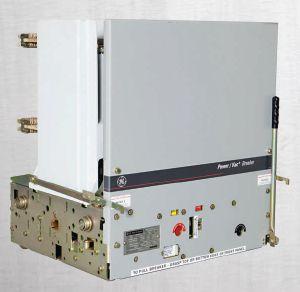
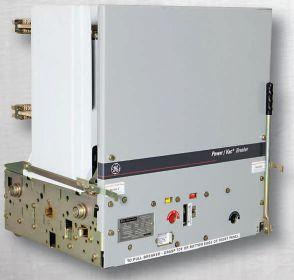




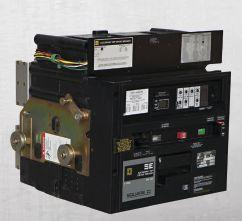
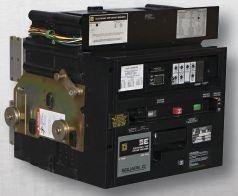



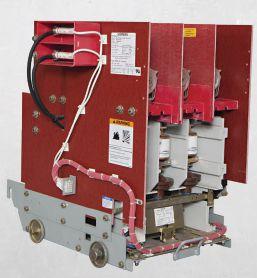
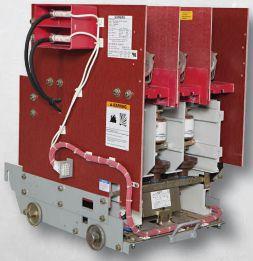



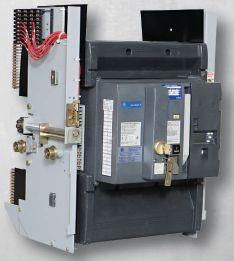
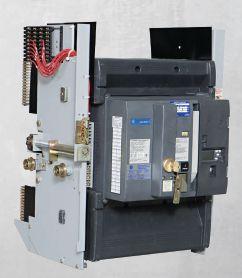





A&F Electrical Testing, Inc.
SO Lake Ave. South, Ste. I0 Nesconset, NY 11767 (631) 5S4-5625 Fax: (631) 5S4-5720 kchilton@afelectricaltesting.com www.aftlectricaltesting.com
Kevin Chilton
A&F Electrical Testing, Inc.
SO Broad St. 5th Floor New York, NY 10004 (631) 5S4-5625 Fax: (631) 5S4-S720 afelectricaltesting@afelectricaltesting.com www.aftlectricaltesting.com
Florence Chilton
ABM Electrical Power Solutions
3602 East Southern Ave., Ste. I Phoenix, AZ SS040 (602) 722-2423
www.ABMcom
Doug Bukowski
ABM Electrical Power Solutions
9SOO E. Geddes Avenue, Unit A-ISO Englewood,CO S0112 (303) S24-6560 Fax: (303) S24-6SSI
www.ABMcom
Brian Smith
ABM Electrical Power Solutions
2142 Rheem Drive Pleasanton, CA 945SS (40S) 466-6920
www.ABM.com
John Marvulli
ABM Electrical Power Solutions
35S5 Corporate Court San Diego,CA 92123 (SSS) 7S4-7963 www.ABMcom
Ben Thomas
ABM Electrical Power Solutions
62SO South Valley View Blvd., Ste. 6!S Las Vegas, NV S911S (602) 300-21SS Fax: (602) 437-3S94 www.ABMcom
Jason Black
ABM Electrical Power Solutions
Sl4 Greenbrier Circle, Ste. E Chesapeake, VA 23320 (757) S4S-S690 Fax: (757) S4S-S417 www.ABM.com
Mark Anthony Gaughan, III
ABM Electrical Power Solutions
3700 Commerce Dr. #901-903 Baltimore, MD 21227 (410) 247-3300 Fax: (410) 247-0900 www.ABMcom
Bill Hartman
ABM Electrical Power Solutions
SS09 Departure Dr., Ste. I04 Raleigh,NC 27616 (919) S77-IOOS Fax: (919) SOI-7492 www.ABMcom
Rob Parton
ABM Electrical Power Solutions
317 Commerce Park Dr. Cranberry Township, PA 16066-6427 (724) 772-463S Fax: (724) 772-6003 william.mckenzie@abm.com www.ABMcom
William (Pete) McKenzie
ABM Electrical Power Solutions 4390 Parliament Place, Ste. S Lanham, MD 20706 (301) 967-3500 Fax: (301) 735-S953 www.ABMcom
Frank Ceci
ABM Electrical Power Solutions 3600 Woodpark Blvd., Suite G Charlotte, NC 2S206 (704) 273-62S7 Fax: (704) S9S-9Sl2 ernest.goins@abm.com www.ABMcom
Ernest Goins
ABM Electrical Power Solutions
720 S. Rochester Ave., Suite A Ontario, CA 91761 (SOO) S97-122S Fax: (909) 937-679S www.ABMcom
Mike Bivens
Absolute Testing Services 6S29 Guhn Rd. Houston, TX 77040 (S32) 467-4446 Fax: (713) S49-3SS5 rgamble@absolutetesting.com www.texasats.com
Richard Gamble
Accessible Consulting Engineers, Inc. 1269 Pomona Rd., Ste. Ill Corona, CA 92SS2 (9Sl) SOS-1040 info@acetesting.com www.acetesting.com !raj Nasrolahi
Advanced Testing Systems IS Trowbridge Dr. Bethel, CT 06SOI (203) 743-2001 Fax: (203) 743-232S pmaccarthy@advtest.com www.advtest.com Pat MacCarthy
American Electrical Testing Co., Inc. 4SO Neponset St., Building 6 Canton, MA 02021-1970 (7Sl) S21-0121 Fax: (7Sl) S21-0771 sblizard@aetco.us www.99aetco.com
Scott A. Blizard
American Electrical Testing Co., Inc. 34 Clover Dr. South Windsor, CT 06074 (S60) 64S-1013 Fax: (7Sl) S21-0771 jpoulin@aetco.us www.99aetco.com
Gerald Poulin
American Electrical Testing Co., Inc. 76Cain Dr. Brentwood, NY 11717 (631) 617-5330 Fax: (631) 630-2292 mschacker@aetco.us www.99aetco.com
Michael Schacker
American Electrical Testing Co., Inc. 50 Intervale Rd., Ste. I Boonton, NJ 0700S (973) 316-!!SO Fax: (7Sl) 316-11Sl jsomol@aetco.us www.99aetco.com
JeffSomol
American Electrical Testing Co., Inc. 4032 Park 6S Dr. Indianapolis, IN 462S4 (317) 4S7-2111 Fax: (7Sl) S21-0771 scanale@aetco.us www.99aetco.com
Stephen Canale
American Electrical Testing Co., Inc. Green Hills Commerce Center S92S Tilghman St., Ste. 200 Allentown, PA ISI04 (21S) 219-6SOO jmunley@aetco.us www.99aetco.com
Jonathan Munley
American Electrical Testing Co., Inc. 12S66 W. Indianola Ave. Avondale, AZ SS392 (4SO) 3S3-9242 dmadaglia@actco.us www.99aetco.com
Donald Madaglia
AMP Quality Energy Services, LLC 4220 West Schrimsher SW Site WI P.O. Box 526, Huntsville, AL 35S04 (2S6) S13-S2SS
Brian Rodgers
Apparatus Testing and Engineering 11300 Sanders Dr., Ste. 29 Rancho Cordova, CA 9S742 (916) SS3-62SO Fax: (916) SS3-62SS info@apparatustesting.com www.apparatustesting.com
Harold (Jerry) Carr
Apparatus Testing and Engineering 70S3 Commerce Circle, Ste. H Pleasanton, CA 94SSS (92S) 4S4-1363 Fax: (92S) 4S4-1499 info@apparatustesting.com www.apparatustesting.com
Harold (Jerry) Carr
Applied Engineering Concepts 1105 N. Allen Ave. Pasadena, CA 91104 (626) 39S-30S2 Fax: (626) 39S-30S3 michel.c@aec-us.com www.aec-us.com
Michel Castonguay
BEC Testing SO Gazza Blvd. Farmingdale, NY 1173S (Sl6) 531-9136 Fax: (631) 249-6115 wfernandez@banaelectric.com www.bectesting.com
William Fernandez
Burlington Electrical Testing Co., Inc. 300 Cedar Ave. Croydon, PA 1902!-60Sl (215) S26-9400 (221) Fax: (21S) S26-0964 waltc@betest.com www.betest.com
Walter P. Cleary
C.E. Testing, Inc. 614S Tim Crews Rd. Macclenny, FL 32063 (904) 653-1900 Fax: (904) 653-1911 cetesting@aol.com
Mark Chapman
CE Power Solutions, LLC
4040 Rev Dr. Cincinnati, OH 4S232 (513) 563-6150 Fax: (513) 563-6120 info@cepowersol.net www.cepowersol.com
Rhonda Harris
CE Power Solutions of Minnesota, LLC 7674 Washington Ave. South Eden Prairie, MN SS344 (S77) 96S-02Sl Fax: (952) 400-S772 jason.thompson@cepower.net www.cepower-MN.com
Jason Thompson
Control Power Concepts
3S3 Pilot Rd: Ste. B Las Vegas, NV S9119 (702) 44S-7833 Fax: (702) 44S-7835 www.controlpowerconcepts.com
John Travis
Dude Electrical Testing LLC
145 Tower Dr., Unit# 9 Burr Ridge, IL 60S27 (SIS) 293-33SS Fax: (SIS) 293-33S6 scott.dude@dudetesting.com www.dudetesting.com
Scott Dude
DYMAX Service, LLC
469!S Liberty Dr. Wixom, MI 4S393 (24S) 313-6S6S Fax: (24S) 313-6S69 www.dymaxservice.com
Bruce Robinson
DYMAX Service, LLC
4213 Kropf Ave. Canton, OH 44706 (330) 4S4-6SOI Fax: (740) 333-1271 www.dymaxservice.com
Chuck Baker

Eastern High Voltage IIA South Gold Dr. Robbinsville, NJ 08691-1606 (609) 890-8300 Fax: (609) 588-8090 joewilson@easternhighvoltage.com www.easternhighvoltage.com
Joseph Wilson
ELECT, P.C.
7400-G Siemens Rd., P.O. Box 2080 Wendell,NC 27591 (919) 365-9775 Fax: (919) 365-9789 btyndall@elect-pc.com www.elect-pc.com
Barry W. Tyndall
Electric Power Systems, Inc.
21 Millpark Ct. Maryland Heights,MO 63043 (314) 890-9999 Fax: (314) 890-9998 www.epsii.com
Electric Power Systems, Inc.
557 E. Juanita Ave.,#4 Mesa, AZ 85204 (480) 633-1490 Fax: (480) 633-7092 www.epsii.com
Electric Power Systems, Inc.
4436 Parkway Commerce Blvd. Orlando, FL 32808 (407) 578-6424 Fax: 407-578-6408 www.epsii.com
Electric Power Systems, Inc.
7000 E. 47th Avenue Drive, Suite I00 Denver, CO 80216 (720) 857-7273 Fax: 303-928-8020 www.epsii.com
Electric Power Systems, Inc.
23823 Andrew Rd. Plainfield, IL 60585 (815) 577-9515 Fax: (815) 577-9516 www.epsii.com
Electric Power Systems, Inc.
2601 Center Rd.,# 101 Hinckley, OH 44233 (330) 460-3706 Fax: (330) 460-3708 www.epsii.com
Electric Power Systems, Inc. 56 Bibber Pkwy #I Brunswick, ME 040II (207) 837-6527 www.epsii.com
Electric Power Systems, Inc. 4100 Greenbriar Dr., Ste. 160 Stafford, TX77477 (713) 644-5400 www.epsii.com
Electric Power Systems, Inc. 11861 Longsdorf St. Riverview, MI 48193 (734) 282-3311 www.epsii.com
Electric Power Systems, Inc.
827 Union St., Salem, VA 24153 (540) 375-0084 Fax: (540) 375-0094 www.epsii.com
Electric Power Systems, Inc.
915 Holt Ave., Unit 9 Manchester, NH 03109 (603) 657-7371 Fax: 603-657-7370 www.epsii.com
Electric Power Systems, Inc.
146 Space Park Dr. Nashville, TN 37211 (615) 834-0999 Fax: (615) 834-0129 www.epsii.com
Electric Power Systems, Inc. 8515 Cella Alameda NE, Ste. A Albuquerque, NM 87113 (505) 792-7761 www.epsii.com
Electric Power Systems, Inc.
7140 Dean Martin Drive, Suite 900 Las Vegas, NV 89118 (702) 815-1342
www.epsii.com
Electric Power Systems, Inc.
319 US Hwy. 70 E, Unit E Garner, NC 27529 (919) 322-2670 www.epsii.com
Electric Power Systems, Inc. I090 Montour West Industrial Blvd. Coraopolis, PA lSI08 (412) 276-4559 www.epsii.com
Electric Power Systems, Inc. 6141 Connecticut Ave. Kansas City, MO 64120 (816) 241-9990 Fax: (816) 241-9992 www.epsii.com
Electric Power Systems, Inc. 2495 Boulevard of the Generals Norristown, PA 19403 (610) 630-0286 www.epsii.com
Electric Power Systems, Inc. 1129 East Hwy. 30 Gonzalez, LA 70817 (225) 644-0150 Fax: (225) 644-6249 www.epsii.com
Electric Power Systems, Inc. 7925 Dunbrook Rd., Ste. G San Diego, CA 92126 (858) 566-6317 www.epsii.com
Electrical & Electronic Controls 6149 Hunter Rd. Ooltewah,TN 37363 (423) 344-7666 (23) Fax: (423) 344-4494
eecontrols@comcast.net
Michael Hughes
Electrical Energy Experts, Inc. Wl29Nl08!8, Washington Dr. Germantown, WI 53022 (262) 255-5222 Fax: (262) 242-2360 bill@electricalenergyexperts.com www.electricalenergyexperts.com
William Styer
Electrical Equipment Upgrading, Inc. 21 Telfair Place, Savannah, GA 31415 (912) 232-7402 Fax: (912) 233-4355 kmiller@eeu-inc.com www.eeu-inc.com
Kevin Miller
Electrical Maintenance & Testing Inc. 12342 Hancock St., Carmel, IN 46032 (317) 853-6795 Fax: (317) 853-6799 info@emtesting.com www.emtesting.com
Brian K. Borst
Electrical Reliability Services 1057 Doniphan Park Circle, Ste. A El Paso, TX79922 (915) 587-9440 Fax: (915) 587-9010 www.electricalreliability.com
Electrical Reliability Services
1775 W. University Dr., Ste. 128 Tempe, AZ 85281 (480) 966-4568 Fax: (480) 966-4569 www.electricalreliability.com
Electrical Reliability Services 1426 Sens Rd. Ste. 5 Houston,TX77571 (281) 241-2800 Fax: (281) 241-2801 www.electricalreliability.com
Electrical Reliability Services 4099 SE International Way,Ste. 201 Milwaukie, OR 97222-8853 (503) 653-6781 Fax: (503) 659-9733 www.electricalreliability.com
Electrical Reliability Services 5909 Sea Lion Place, Ste. C Carlsbad, CA 92010 (858) 695-9551 www.electricalreliability.com
Electrical Reliability Services 8500 Washington Pl. NE, Ste. A-6 Albuquerque, NM 87113 (505) 822-0237 Fax: (505) 822-0217 www.electricalreliability.com
Electrical Reliability Services
1380 Greg Street, Ste. 217 Sparks,NV 89431 (775) 746-8484 Fax: (775) 356-5488 www.electricalreliability.com
Electrical Reliability Services
2275 Northwest Pkwy SE, Ste. 180 Marietta, GA 30067 (770) 541-6600 Fax: (770) 541-6501 www.electricalreliability.com
Electrical Reliability Services
7100 Broadway, Ste. 7E Denver, CO 80221-2915 (303) 427-8809 Fax: (303) 427-4080 www.electricalreliability.com
Electrical Reliability Services
348 N.W. Capital Dr. Lee's Summit, MO 64086 (816) 525-7156 Fax: (816) 524-3274 www.electricalreliability.com
Electrical Reliability Services 6900 Koll Center Parkway, Ste. 415 Pleasanton, CA 94566 (925) 485-3400 Fax: (925) 485-3436 www.electricalreliability.com
Electrical Reliability Services 10606 Bloomfield Ave. Santa Fe Springs, CA 90670 (562) 236-9555 Fax: (562) 777-8914 www.electricalreliability.com
Electrical Reliability Services 3434 Emerson Parkway, Ste. A Gonzales, LA 70737 (225) 755-0530 Fax: (225) 751-5055 www.electricalreliability.com
Electrical Reliability Services 121 Highway 108 East Sulphur, LA 70665 (337) 583-2411 Fax: (337) 583-2410 www.electricalreliability.com
Electrical Reliability Services II000 Metro Pkwy., Ste. 30 Ft. Myers, FL 33966 (239) 693-7100 Fax: (239) 693-7772 www.electricalreliability.com
Electrical Reliability Services 2222 West Valley Hwy. N., Ste 160 Auburn, WA 98001 (253) 736-6010 Fax: (253) 736-6015 www.electricalreliability.com
Electrical Reliability Services 3412 South 1400 West, Unit A West Valley City, UT 84119 (801) 975-6461 www.electricalreliability.com
Electrical Reliability Services 6351 Hinson St., Ste. B Las Vegas, NV 89118 (702) 597-0020 Fax: (702) 597-0095 www.electricalreliability.com
Electrical Reliability Services 9636 St. Vincent, Unit A Shreveport,LA 71106 (318) 869-4244 www.electricalreliability.com
Electrical Reliability Services 610 Executive Campus Dr. Westerville, OH 43082 (877) 468-6384 Fax: (614) 410-8420 info@electricalreliability.com www.electricalreliability.com
Electrical Testing, Inc. 2671 Cedartown Hwy. Rome, GA 30161-6791 (706) 234-7623 Fax: (706) 236-9028 steve@electricaltestinginc.com www.electricaltestinginc.com

Electrical Testing Solutions
2909 Green Hill Ct. Oshkosh, WIS4904 (920) 420-2986 Fax: (920) 23S-7136 tmachado@electricaltestingsolutions.com www.electricaltestingsolutions.com TiroMachado
Elemco Services, Inc.
228 Merrick Rd. Lynbrook, NY IIS63 (631) S89-6343 Fax: (631) S89-6670 courtney@elemco.com www.elemco.com
Courtney O'Brien
EnerG Test
204 Gale Lane
Bldg.2 - 2nd Floor Kennett Square, PA19348 (484) 731-0200 Fax: (484) 713-0209 kbleiler@energtest.com www.energtest.com
Katie Bleiler
Energis High Voltage Resources, Inc. 1361 Glory Rd. Green Bay, WIS4304 (920) 632-7929 Fax: (920) 632-7928 info@energisinc.com www.energisinc.com
Mick Petzold
EPS Technology
29 N. Plains Hwy., Ste.12 Wallingford, CT 06492 (203) 679-014S www.eps-technology.com
Grounded Technologies, Inc.
IOSOS S. Progress Way, Ste.IOS Parker, CO80134 P-(303) 781-2S60 F- (303) 781-S240 jodymedina@groundedtech.com www.groundedtech.com
JodyMedina
Grubb Engineering, Inc. 3128 Sidney Brooks San Antonio, Tx 7823S (210) 6S8-72SO Fax: (210) 6S8-980S joy@grubbengineering.com www.grubbengineering.com
Robert D. Grubb Jr.
Hampton Tedder Technical Services 4S71 State St. Montclair, CA91763 (909) 628-12S6 x214 Fax: (909) 628-637S matt.tedder@hamptontedder.com www.hamptontedder.com
Matt Tedder
Hampton Tedder Technical Services 4920 Alto Ave.
Las Vegas, NV8911S (702) 4S2-9200 Fax: (702) 4S3-S412 www.hamptontedder.com
Roger Cates
Hampton Tedder Technical Services 3747 West Roanoke Ave. Phoenix AZ 8S009 (480) 967-776S Fax: (480) 967-7762 www.hamptontedder.com
Harford Electrical Testing Co., Inc. ll08 Clayton Rd. Joppa, MD2108S (410) 679-4477 Fax: (410) 679-0800 testing@harfordtesting.com www.harfordtesting.com
Vincent Biondino
High Energy Electrical Testing, Inc. SIS S. Ocean Ave. Seaside Park, NJ087S2 (732) 938-227S Fax: (732) 938-2277 hinrg@comcast.net www.highenergyelectric.com
Charles Blanchard
High Voltage Maintenance Corp. 24 Walpole Park South Dr. Walpole, MA 02081 (S08) 668-920S www.hvmcorp.com
High Voltage Maintenance Corp. 941 Busse Rd. Elk Grove Village, Il60007 (847) 640-000S www.hvmcorp.com
High Voltage Maintenance Corp. 7200 Industrial Park Blvd. Mentor, OH44060 (440) 9Sl-2706 Fax: (440) 9Sl-6798 www.hvmcorp.com
High Voltage Maintenance Corp.
3000 S. Calhoun Rd. New Berlin, WIS31Sl (262) 784-3660 Fax: (262) 784-Sl24 www.hvmcorp.com
High Voltage Maintenance Corp. 8320 Brookville Rd. #E Indianapolis, IN46239 (317) 322-20SS Fax: (317) 322-20S6 www.hvmcorp.com
High Voltage Maintenance Corp. 12SO Broadway, Ste.2300 New York, NY 1000I (718) 239-03S9 www.hvmcorp.com
High Voltage Maintenance Corp. 3SS Vista Park Dr. Pittsburgh, PA IS20S-1206 (412) 747-0SSO Fax: (412) 747-0SS4 www.hvmcorp.com
High Voltage Maintenance Corp. ISO North Plains Industrial Rd. Wallingford, CT 06492 (203) 949-26SO Fax: (203) 949-2646 www.hvmcorp.com
High Voltage Maintenance Corp. 930S Gerwig Ln., Ste. B Columbia, MD21046 (410) 309-S970 Fax: (410) 309-0220 www.hvmcorp.com
High Voltage Maintenance Corp. 24371 CatherineIndustrial Dr, Ste.207 Novi,MI4837S (248) 30S-SS96 Fax: (248) 30S-SS79 www.hvmcorp.com
High Voltage Maintenance Corp. SIOO Energy Dr. Dayton, OH4S414 (937) 278-08ll Fax: (937) 278-7791 www.hvmcorp.com
High Voltage Service, LLC 47Sl MustangCircle St. Paul, MNSS112 (763) 784-4040 Fax: (763) 784-S397 www.hvserviceinc.com
MikeMavetz
HMT, Inc. 6268 Route31 Cicero, NY 13039 (31S) 699-SS63 Fax: (31S) 699-S9ll jpertgen@hmt-electric.com www.hmt-electric.com
John Pertgen
Industrial Electric Testing, Inc. 11321 West Distribution Ave. Jacksonville, FL322S6 (904)260-8378 Fax: (904) 260-0737 gbenzenberg@bellsouth.net www.industrialelectrictesting.com
Gary Benzenberg
Industrial Electric Testing, Inc. 201 NW 1st Ave. Hallandale, FL33009-4029 (9S4) 4S6-7020 www.industrialelectrictesting.com
Industrial Electronics Group 8S0369 Highway17 South P.O. Box 1870 Yulee, FL32041 (904) 22S-9S29 Fax: (904) 22S-0834 butch@industrialgroups.com www.industrialgroups.com ButchE. Teal
Industrial Tests, Inc. 4021 Alvis Ct., Ste.I Rocklin, CA9S677 (916) 296-1200 Fax: (916) 632-0300 greg@indtest.com www.industrialtests.com
Greg Poole
Infra-Red Building and Power Service IS2 Centre St. Holbrook, MA 02343-1011 (781) 767-0888 Fax: (781) 767-3462 tom.mcdonald@infraredbps.com www.infraredbps.com ThomasMcDonald Sr.
Longo Electrical-Mechanical, Inc.
One Harry Shupe Blvd., Box Sll Wharton, NJ0788S (973) S37-0400 Fax: (937) S37-0404 jmlongo@elongo.com www.elongo.com
Joe Longo
Longo Electrical-Mechanical, Inc. 162S Pennsylvania Ave. Linden, NJ07036 (908) 92S-2900 Fax: (908) 92S-9427 jmlongo@elongo.com www.elongo.com Joe Longo
Longo Electrical-Mechanical, Inc. 1400 F Adams Rd. Bensalem, PA19020 (21S) 638-1333 Fax: (21S) 638-1366 jmlongo@elongo.com www.elongo.com
Joe Longo
M&L Power Systems, Inc. 109 White Oak Ln., Ste.82 Old Bridge, NJ088S7 (732) 679-1800 Fax: (732) 679-9326 milind@mlpower.com www.mlpower.com
Milind Eagle
Magna IV Engineering 1103 Parsons Rd. SW Edmonton, AB T6X OX2 Canada (780) 462-3111 Fax: (780) 4S0-2994 info@magnaiv.com www.magnaiv.com Virgina Balitski
Magna IV Engineering 200, 688 Heritage Dr. Calgary, AB T2 HIM6 Canada (403) 723-0S7S Fax: (403) 723-0S80 info.calgary@magnaiv.com Dave Emerson
Magna IV Engineering 8219D Fraser Ave. FortMcMurray, AB T9 HOA2 Canada (780) 791-3122 Fax: (780) 791-31S9 info.fmcmurray@magnaiv.com RyanMorgan
Magna IV Engineering 96 Inverness Dr. East, Unit R Englewood, CO80112 (303) 799-1273 Fax: (303) 790-4816 info.denver@magnaiv.com Aric Proskurniak
Magna IV Engineering Avenida del Condor #S90 Oficina601 Huechuraba, Santiago 8S80676 Chile +(56) 9-9-Sl7-4642 info.chile@magnaiv.com Cristian Fuentes

Magna IV Engineering
1040 WinnipegSt. Regina , SK S4R 8P8 Canada (306) 585-2100 Fax: (306) 585-2191 info.regina@magnaiv.com
Andrew Westerman
Magna IV Engineering 106, 4268 Lozells Ave. Burnaby, BC VSA OC6 Canada (604) 421-8020
William Kulsky
Magna IV Engineering
1005 Spinney Dr. Dawson Creek, BC VlG lKl Canada (780) 462-3111 Fax: (780) 462-9799 info@magnaiv.com
David Limb
National Field Services
649 Franklin St. Lewisville, TX 75057 (972) 420-0157 www.natljield.com
Eric Beckman
Nationwide Electrical Testing, Inc. 6050 Southard Trace Cumming, GA 30040 (770) 667-1875 Fax: (770) 667-6578
Shashi@N-E-T-Inc.com www.n-e-t-inc.com
Shashikant B. Eagle
North Central Electric, Inc. 69 Midway Ave. Hulmeville, PA 19047-5827 (215) 945-7632 Fax: (215) 945-6362 ncetest@aol.com www.ncetest.com
Robert Messina
Northern Electrical Testing, Inc. 1991 Woodslee Dr. Troy, MI 48083-2236 (248) 689-8980 Fax: (248) 689-3418 ldetterman@northerntesting.com www.northerntesting.com
Lyle Detterman
Orbis Engineering Field Services Ltd. #300, 9404 - 41st Ave. Edmonton, AB T6E 6G8 Canada (780) 988-1455 Fax: (780) 988-0191 lorne@orbisengineering.net www.orbisengineering.net
Lome Gara
Pacific Power Testing, Inc. 14280 Doolittle Dr. San Leandro, CA 94577 (510) 351-8811 Fax: (510) 351-6655 steve@pacificpowertesting.com www.pacificpowertesting.com
Steve Emmert NETA ACCREDITED COMPANIES
Pacific Powertech, Inc. #110, 2071 Kingsway Ave. Port Coquitlam, BC V3C 6N2
Canada (604) 944-6697 Fax: (604) 944-1271 jkonkin@pacificpowertech.ca www.pacificpowertech.ca
Josh Konkin
Phasor Engineering
Sabaneta Industrial Park #216 Mercedita, PR 00715
Puerto Rico (787) 844-9366 Fax: (787) 841-6385 rcastro@phasorinc.com
Rafael Castro
Potomac Testing, Inc. 1610 Professional Blvd., Ste. A Crofton, MD 21114 (301) 352-1930 Fax: (301) 352-1936 kbassett@potomactesting.com www.potomactesting.com
Ken Bassett
Potomac Testing, Inc. 11179 Hopson Rd., Ste. 5 Ashland, VA 23005 (804) 798-7334 Fax: (804) 798-7456 www.potomactesting.com
Power & Generation Testing, Inc.
480 Cave Rd. Nashville, TN 37210 (615) 882-9455 Fax: (615) 882-9591
mose@pgti.net www.pgti.net
Mose Ramieh
Power Engineering Services, Inc. 9179 Shadow Creek Lane Converse, TX 78109 (210) 590-4936 Fax: (210) 590-6214 engelke@pe-svcs.com www.pe-svcs.com
Miles R. Engelke
POWER PLUS Engineering, Inc. 46575 Magellan Novi, MI 48377 (248) 344-0200 Fax: (248) 305-9105 smancuso@epowerplus.com www.epowerplus.com
Salvatore Mancuso
Power Products & Solutions, LLC
12465 Grey Commercial Rd. Midland, NC 28107 (704) 573-0420 xl2 Fax: (704) 573-3693 ralph.patterson@powerproducts.biz www.powerproducts.biz
Ralph Patterson
Power Products & Solutions, LLC
13Jenkins Ct. Mauldin, SC 29662 (800) 328-7382 ralph.patterson@powerproducts.biz www.powerproducts.biz
Raymond Pesaturo
Power Services, LLC 998 DimeoWay, P.O.Box 750066 Centerville, OH 45475 (937) 439-9660 Fax: (937) 439-9611 mkbeucler@aol.com
Mark Beucler
Power Solutions Group, Ltd. 425 W. Kerr Rd. Tipp City, OH 45371 (937) 506-8444 Fax: (937) 506-8434 bwilloughby@powersolurionsgroup.com www.powersolutionsgroup.com
Barry Willoughby
Power Solutions Group, Ltd. 135 OldSchool House Rd. Piedmont, SC 29673 (864) 845-1084 Fax:: (864) 845-1085 fcrawford@powersolutionsgroup.com www.powersolutionsgroup.com
Anthony Crawford
Power Solutions Group, Ltd. 670 Lakeview Plaza Blvd. Columbus, OH 43085 (614) 310-8018 sspohn@powersolutionsgroup.com www.powersolutionsgroup.com
Stuart Spohn
Power Systems Testing Co. 4688 W.Jennifer Ave., Ste. 108 Fresno, CA 93722 (559) 275-2171 ext 15 Fax: (559) 275-6556 dave@pstcpower.com www.powersystemstesting.com
David Huffman
Power Systems Testing Co. 600 S. Grand Ave., Ste. 113 Santa Ana, CA 92705-4152 (714) 542-6089 Fax: (714) 542-0737 www.powersystemstesting.com
Power Systems Testing Co. 6736 Preston Ave, Ste. E Livermore, CA 94551 (510) 783-5096 Fax: (510) 732-9287 www.powersystemstesting.com
Power Test, Inc. 2200 Highway 49 Harrisburg, NC 28075 (704) 200-8311 Fax: (704) 455-7909 rich@powertestinc.com www.powertestinc.com Richard Walker
POWER Testing and Energization, Inc. 14006 NW 3rd Ct., Ste. 101 Vancouver,WA 98685 (360) 597-2800 Fax: (360) 576-7182 chris.zavadlov@powerte.com www.powerte.com
Chris Zavadlov
POWER Testing and Energization, Inc. 731 E. Ball Rd., Ste. 100 Anaheim, CA 92805 (714) 507-2702 www.powerte.com
POWER Testing and Energization, Inc. 22035 70th Ave.South Kent, WA 98032 (253) 872-7747 www.powerte.com
Powertech Services, Inc. 4095 South Dye Rd. Swartz Creek, MI 48473-1570 (810) 720-2280 Fax: (810) 720-2283 kirkd@powertechservices.com www.powertechservices.com Kirk Dyszlewski
Precision Testing Group 5475 Highway 86, Unit 1 Elizabeth, CO 80107 (303) 621-2776 Fax: (303) 621-2573 glenn@precisiontestinggroup.com Glenn Stuckey
PRIT Service, Inc. 112 Industrial Dr., P.O. Box 606 Minooka, IL 60447 (815) 467-5577 Fax: (815) 467-5883
Rod.Hageman@pritserviceinc.com www.pritserviceinc.com
Rod Hageman
Reuter & Hanney, Inc. 149 RailroadDr. Northampton IndustrialPark Ivyland, PA 18974 (215) 364-5333 Fax: (215) 364-5365 mikereuter@reurerhanney.com www.reuterhanney.com
Michael Reuter
Reuter & Hanney, Inc. 4270-IHenninger Ct. Chantilly, VA 20151 (703) 263-7163 Fax: 703-263-1478 www.reuterhanney.com
Reuter & Hanney, Inc. 11620 Crossroads Circle, Suites D-E Middle River, MD 21220 (410) 344-0300 Fax: (410) 335-4389 www.reuterhanney.com
MichaelJester
REV Engineering, LTD 3236 - 50 Ave. SE Calgary, AB T2B 3A3 Canada (403) 287-0156 Fax: (403) 287-0198 rdavidson@reveng.ca www.reveng.ca
Roland Nicholas Davidson, IV
Saber Power Services 9841 Saber Power Lane Rosharon, TX 77583-5188 (713) 222-9102 info@saberpower.com www.saberpower.com
Phil Collins

Scott Testing Inc. 1698 5th St. Ewing,NJ 08638 (609) 882-2400 Fax: (609) 882-5660
rsorbello@scotttesting.com www.scotttesting.com
Russ Sorbello
Sentinel Power Services, Inc.
7517 E. Pine St. Tulsa,OK 74115 (918) 359-0350
gellis@spstulsa.com www.sentinelpowerservices.com
Greg Ellis
Sentinel Power Services, Inc. 1110 West B St., Ste.H Russellville,AR 72801 (918) 359-0350 gellis@spstulsa.com www.sentinelpowerservices.com
Greg Ellis
Shermco Industries
2425 E. Pioneer Dr. Irving, TX 75061 (972) 793-5523 Fax: (972) 793-5542 rwidup@shermco.com www.shermco.com
Ron Widup
Shermco Industries
1705Hur Industrial Blvd. Cedar Park,TX 78613 (512) 267-4800 Fax: (512) 258-5571 kewing@shermco.com www.shermco.com
Kevin Ewing
Shermco Industries 33002 FM 2004 Angleton,TX 77515 (979)848-1406 Fax: (979) 848-0012 mfrederick@shermco.com www.shermco.com Malcom Frederick
Shermco Industries 1357 N. 108th E. Ave. Tulsa,OK 74116 (918) 234-2300 jharrison@shermco.com www.shermco.com
JimHarrison
Shermco Industries 796 11th St. Marion, !A 52302 (319) 377-3377 Fax: (319) 377-3399
lhamrick@shermco.com www.shermco.com
LynnHamrick
Shermco Industries 2100 Dixon St., Ste. C Des Moines,!A 50316 (515) 263-8482
lhamrick@shermco.com www.shermco.com
LynnHamrick
Shermco Industries Boulevard Saint-Michel 47 1040 Brussels Brussels, Belgium
+32 (0)2 400 00 54 Fax:+32 (0)2 400 00 32 pldziak@shermco.com www.shermco.com
Paul Idziak
Shermco Industries 12000 Nerwork Blvd.,Bldg D,Ste.410 San Antonio, TX 78249 (512) 267-4800 Fax: (512) 267-4808 kewing@shermco.com www.shermco.com
Kevin Ewing
Shermco Industries Canada Inc. 1033 Kearns Crescent,Box 995 Regina, SK S4P 3B2
Canada (306) 949-8131 Fax: (306) 522-9181 kheid@magnaelectric.com www.shermco.com
KerryHeid
Shermco Industries Canada Inc. 851-58th St. East Saskatoon,SK S7K 6X5 Canada (306) 955-8131 Fax: (306) 955-9181 ajaques@magnaelectric.com www.shermco.com
Adam Jaques
Shermco Industries Canada Inc. 3731-98 St. Edmonton, AB T6E 5N2
Canada (780) 436-8831 Fax: (780) 468-9646 cgrant@magnaelectric.com www.shermco.com
Cal Grant
Shermco Industries Canada Inc. 3430 25th St. NE Calgary,AB T 1Y 6C1
Canada (403) 769-9300 Fax: (403)769-9369 cgrant@magnaelectric.com www.shermco.com
Cal Grant
Shermco Industries Canada Inc. 1375 Church Ave. Winnipeg,MB R2X 2T 7 Canada (204) 925-4022 Fax: (204) 925-4021 cbrandt@magnaelectric.com www.shermco.com
Curtis Brandt
Sigma Six Solutions, Inc. 2200 West ValleyHwy.,Ste. 100 Auburn,WA 98001 (253) 333-9730 Fax: (253) 859-5382 jwhite@sigmasix.com www.sigmasix.com
John White
Southern New England Electrical Testing, LLC 3 Buel St.,Ste. 4 Wallingford,CT 06492 (203) 269-8778 Fax: (203) 269-8775 dave.asplund@sneet.org www.sneet.org
David Asplund,Sr.
Southwest Energy Systems, LLC 2231 East Jones Ave., Ste. A Phoenix, AZ 85040 (602) 438-7500 Fax: (602) 438-7501 bob.sheppard@southwestenergysystems.com www.southwestenergysystems.com
Robert Sheppard
Taurus Power & Controls, Inc. 9999 SW Avery St. Tualatin, OR 97062-9517 (503) 692-9004 Fax: (503) 692-9273 robtaurus@tauruspower.com www.tauruspower.com Rob Bulfinch
Taurus Power & Controls, Inc. 6617 S. 193rd Place, Ste. P104 Kent, WA 98032 (425) 656-4170 Fax: (425) 656-4172 jiml@tauruspower.com www.tauruspower.com
Jim Lightner
3C Electrical Co., Inc. 40 Washington St. Westborough, MA 01581 (508) 881-3911 Fax: (508) 881-4814 jim@three-c.com www.three-c.com
Jim Cialdea
3C Electrical Co., Inc. 72 Sanford Dr. Gorham, ME 04038 (800) 649-6314 Fax: (207) 782-0162 jim@three-c.com www.three-c.com Jim Cialdea
Tidal Power Services, LLC 4202 Chance Lane Rosharon,TX 77583 (281) 710-9150 Fax: (713) 583-1216 monty.janak@tidalpowerservices.com www.tidalpowerservices.com
Monty C. Janak
Tidal Power Services, LLC 8184Highway 44,Ste. 105 Gonzales,LA 70737 (225) 644-8170 Fax: (225) 644-8215 www.tidalpowerservices.com
Darryn Kimbrough
Tidal Power Services, LLC 1056 Mosswood Dr. Sulphur,LA 70663 (337) 558-5457 Fax: (337) 558-5305 www.tidalpowerservices.com
Steve Drake
Tony Demario Electric, Inc. 131 West F St. Wilmington,CA 90744 (310) 816-3130 (310) 549-9747 neno@tdeinc.com www.tdeinc.com Nenad Pasic
Trace Electrical Services & Testing, LLC 293 Whitehead Rd. Hamilton, NJ 08619 (609) 588-8666 Fax: (609) 588-8667 jvasta@tracetesting.com www.tracetesting.com
Joseph Vasta
Utilities Instrumentation Service, Inc. 2290 Bishop Circle East Dexter,MI 48130 (734) 424-1200 Fax: (734) 424-0031 GEWalls@UISCorp.com www.uiscorp.com
Gary E. Walls
Utility Service Corporation 4614 Commercial Dr. NW Huntsville,AL 35816-2201 (256) 837-8400 Fax: (256) 837-8403 apeterson@utilserv.com www.utilserv.com
Alan D. Peterson
Western Electrical Services, Inc. 14311 29th St. East Sumner , WA 98390 (253) 891-1995 Fax: (253) 891-1511 dhook@westernelectricalservices.com www.westernelectricafservices.com
DanHook
Western Electrical Services, Inc. 3676 W. California Ave.,#C, 106 Salt Lake City,UT 84104 (888) 395-2021 Fax: (253) 891-1511 rcoomes@westcrnelectricalservices.com www.westernefectricafservices.com
Rob Coomes
Western Electrical Services, Inc. 5680 South 32nd St. Phoenix,AZ 85040 (602) 426-1667 Fax: (253) 891-1511 carcher@westernelectricalservices.com www.westernefectricafservices.com
Craig Archer
Western Electrical Services, Inc. 4510 NE 68th Dr.,Ste. 122 Vancouver,WA 98661 (888) 395-2021 Fax: (253) 891-1511
Tasciutto@westernelectricalservices.com www.westernefectricafservices.com
Tony Asciutto
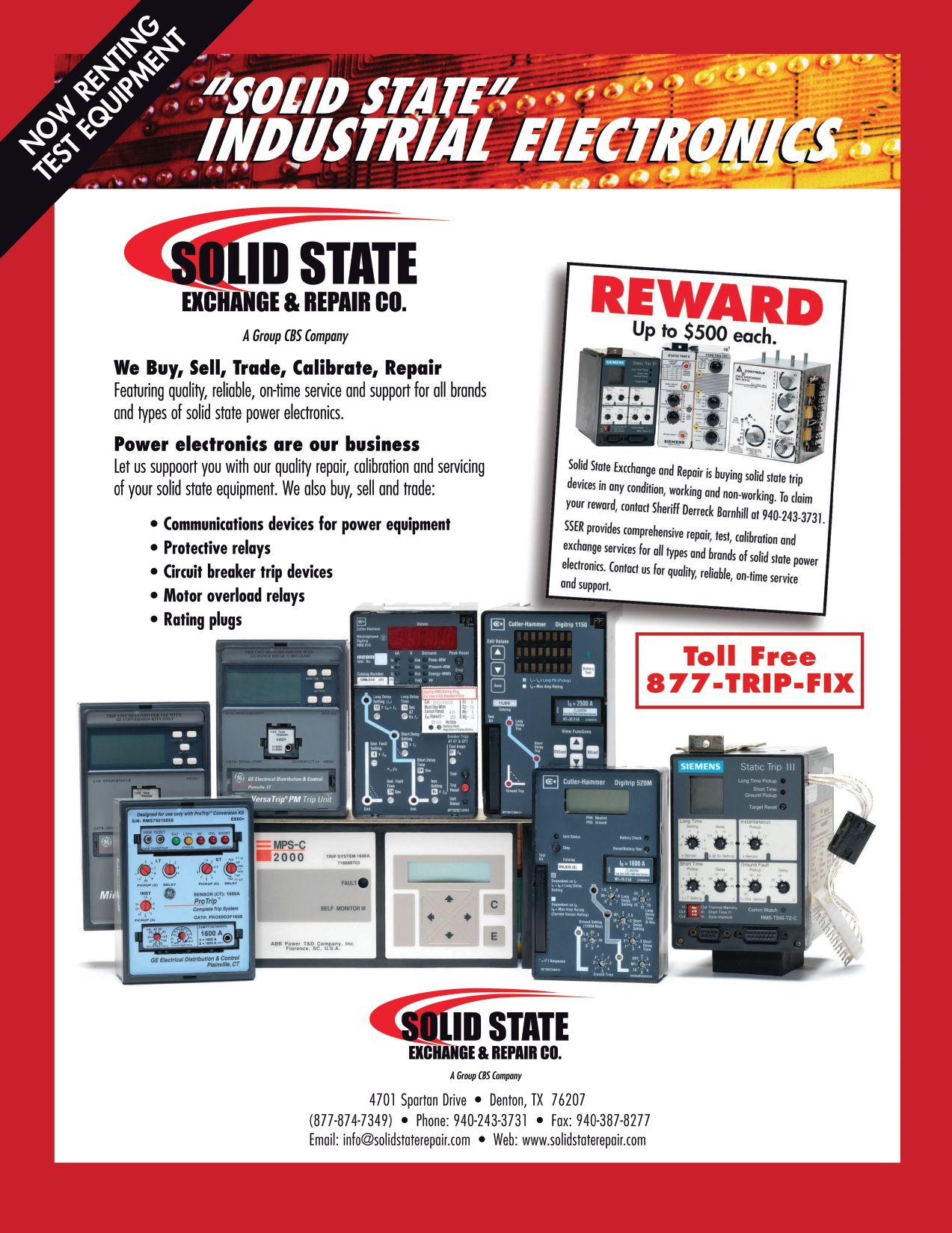

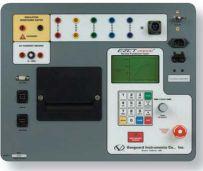

thetestequipmentanswer
Protective Relays and Metering
Batteries and UPS
Transformers
VLF, Tan Delta and Partial Discharge
Cable fault location
Substations & High Voltage Circuit Breakers
SF6 Analysis
Low & Medium Voltage Circuit Breakers
Motors and Rotating Apparatus
Power Monitoring

• Cables

EC 130041 05 • 24 Hour Emergency
ACCEPTANCE AND MAINTENANCE TESTING AND REPAIR
• LV/MY Circuit Breakers
• Rotating Machinery
• Meters
• Automatic Transfer Switches
• Switchgear and Switchboard Assemblies

• LV/MY Switches
• Relays - All Types
• Motor Control Centers
• Grounding Systems
• Transformers
• Insulating Fluids
• Thermographic Surveys
• Reclosers
• Surge Arresters
• Capacitors
• Batteries
• Ground Fault Systems
• Equipotential Ground Testing
• Load Studies
• Transient Voltage Recording and Analysis
• Electromagnetic Field (EMF) Testing
• Harmonic Investigation
• Replacement of Insulating Fluids
• Power Factor Studies
11321 West Distribution Avenue • Jacksonville, Florida 32256 • (904) 260-8378 201 NW 1st Avenue • Hallandale, Florida 33009 • (954) 456-7020

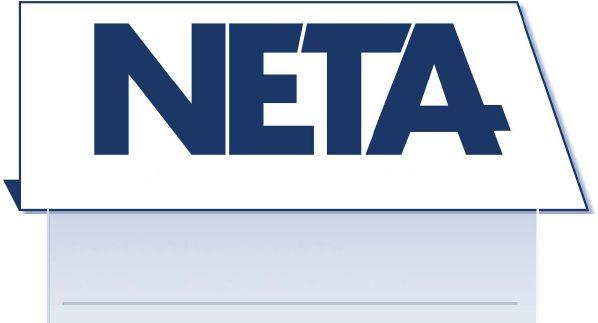



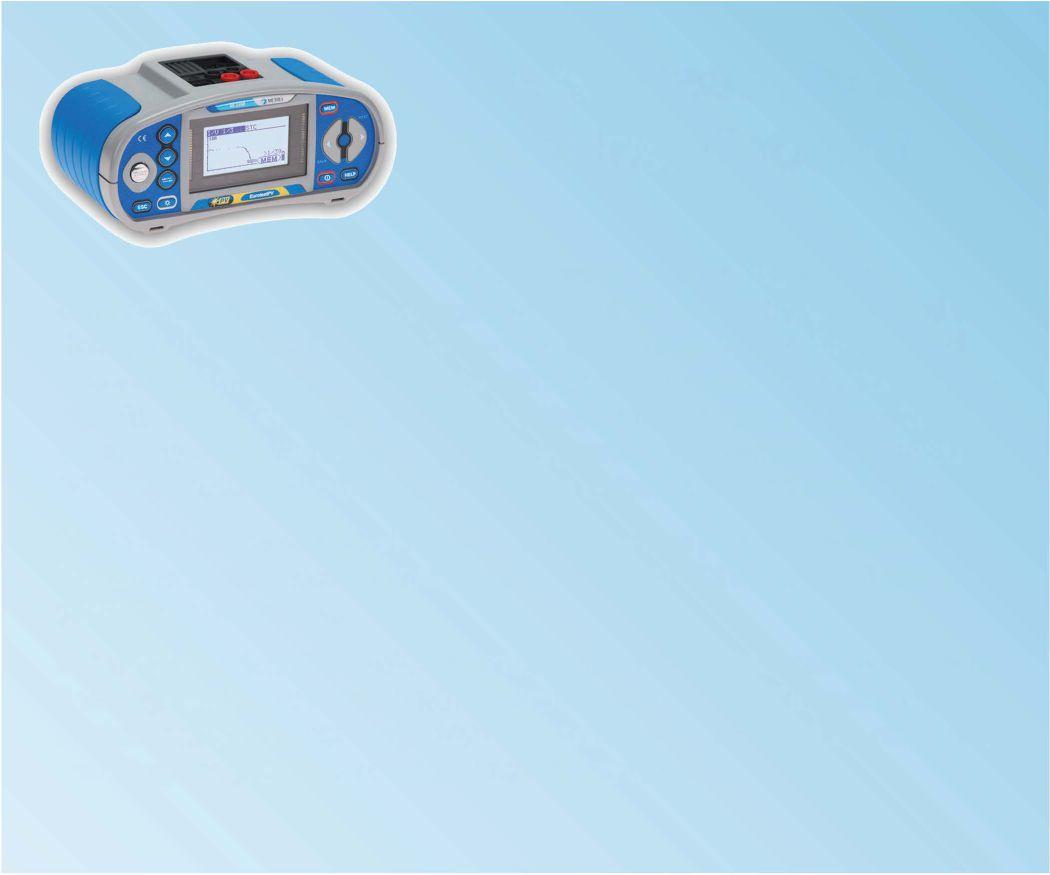
The Metrel Ml 3108 PV Tester is a comprehensive system that allows you to test for everything you'll need to during the life of the PV installation- from performing the tests for the initial inspection of a PV system to the periodic maintenance, evaluation, and troubleshooting tests- it's the only piece of testing equipment you will need for the life of your solar installation. It performs power measurements on both the AC and DC sides of the inverter, making it a unique, all-in-one instrument.
The Autotest Operation Mode enables you to perform power measurements, 1-V characteristic measurements, and the calculation of STC values, all with the press of just one button.
Other features include: BlueTooth connectivity, graphic display of the 1-V Curve, 2 voltage and 2 current channels for simultaneous AC & DC measurements, insulation measurements up to lOOOV, PC software for downloading, reviewing, analyzing, and printing test results, and a 2-year warranty. For more information about Metrel, contact the U.S. distributor and support facility:

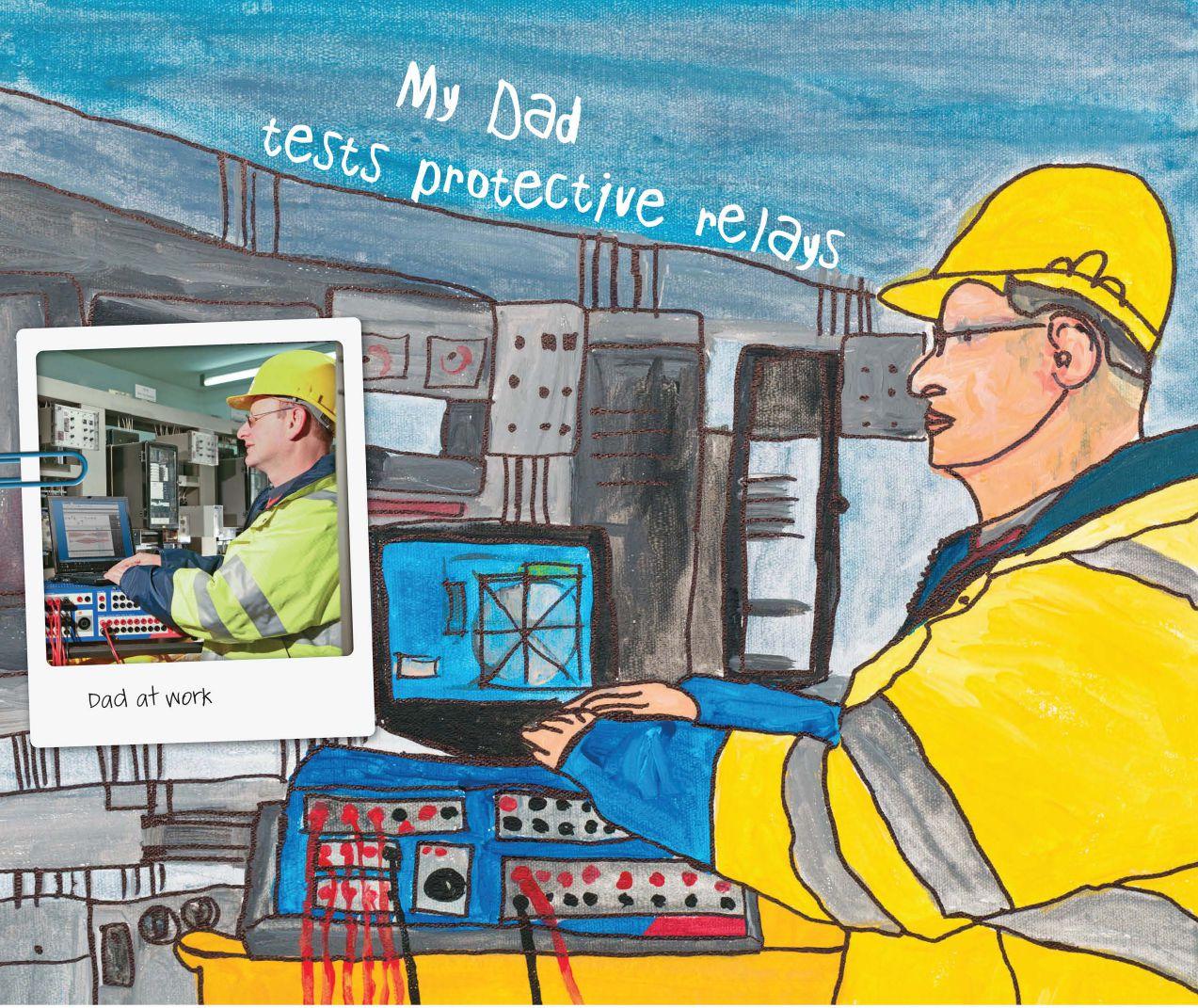
For more than 20 years, OMICRON has been supporting my Dad in tackling the challenges of protection testing- and he can always rely on his equipment:
My Dad's protection test set, CMC 356, is the universal solution for testing all types of protection relays. By controlling it with the powerful Test Universe PC software, he can test everything from high-burden electromechanical relays to the latest IEC 61850 IEDs. He can also save a lot of time by using the test templates from the free Protection Testing Library (PTL).
With the RelaySimTest software, Dad is now making use of an innovative way of application-oriented testing. He can even control multiple time-synchronized CMC test sets from one PC via a simple Internet connection. This makes distributed testing for systems such as teleprotection or line differential protection easier than ever for Dad.
